Fluidity and fruits Artists Support 2025 | 1/1 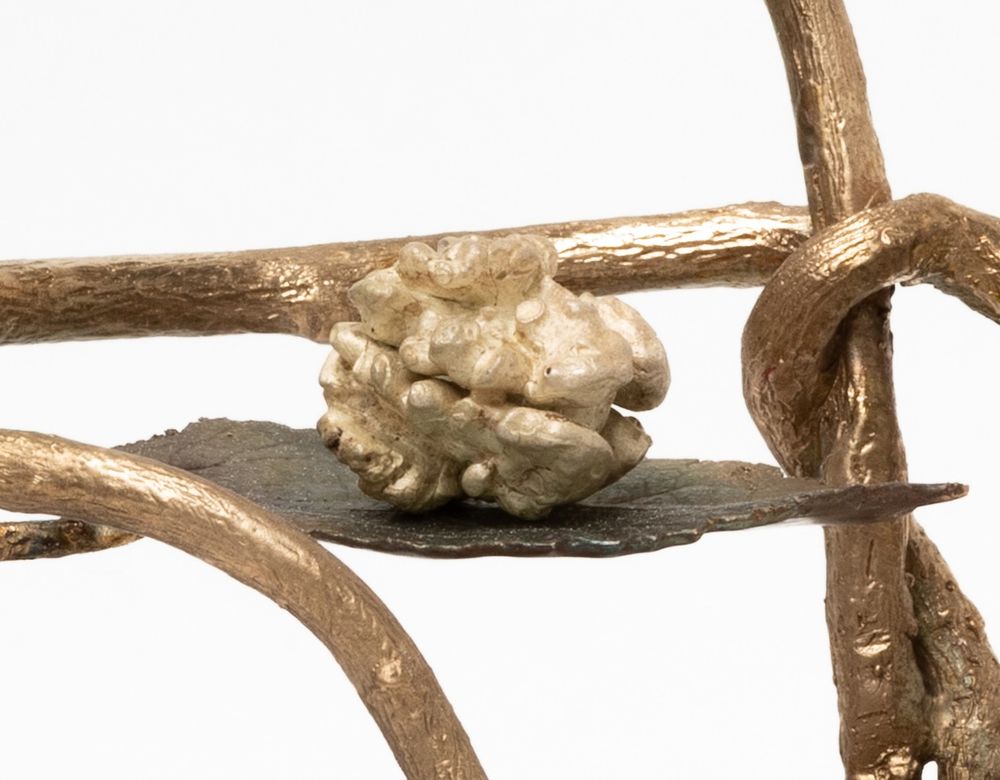 Description✕ "Artists Support is a charitable organization that collaborates with artists to raise awareness and funds for the causes they care deeply for. We believe in selling artworks to benefit good causes. We believe this process is worth even more when those good causes are selected by the contributing artists. We begin by asking artists—established and emerging—about the issues they believe in and the causes they advocate for. We invite each artist to select a charity to support and an artwork to donate. Our simple yet innovative model is artist-led and community-minded. Working closely with each artist and their nominated charity, we ensure that all donations are handled with care."- Clara Zevi Chefs in Schools is revolutionizing school food across the UK. Since 2018, the charity has been training school chefs to cook delicious, nutritious meals from scratch, ensuring over 100,000 children have access to quality food every day. Beyond the kitchen, Chefs in Schools educates pupils about nutrition and instils a lifelong understanding of how to eat healthily. Kiss of minerals Bronze, oil paint 22 × 13 × 12cm 2025 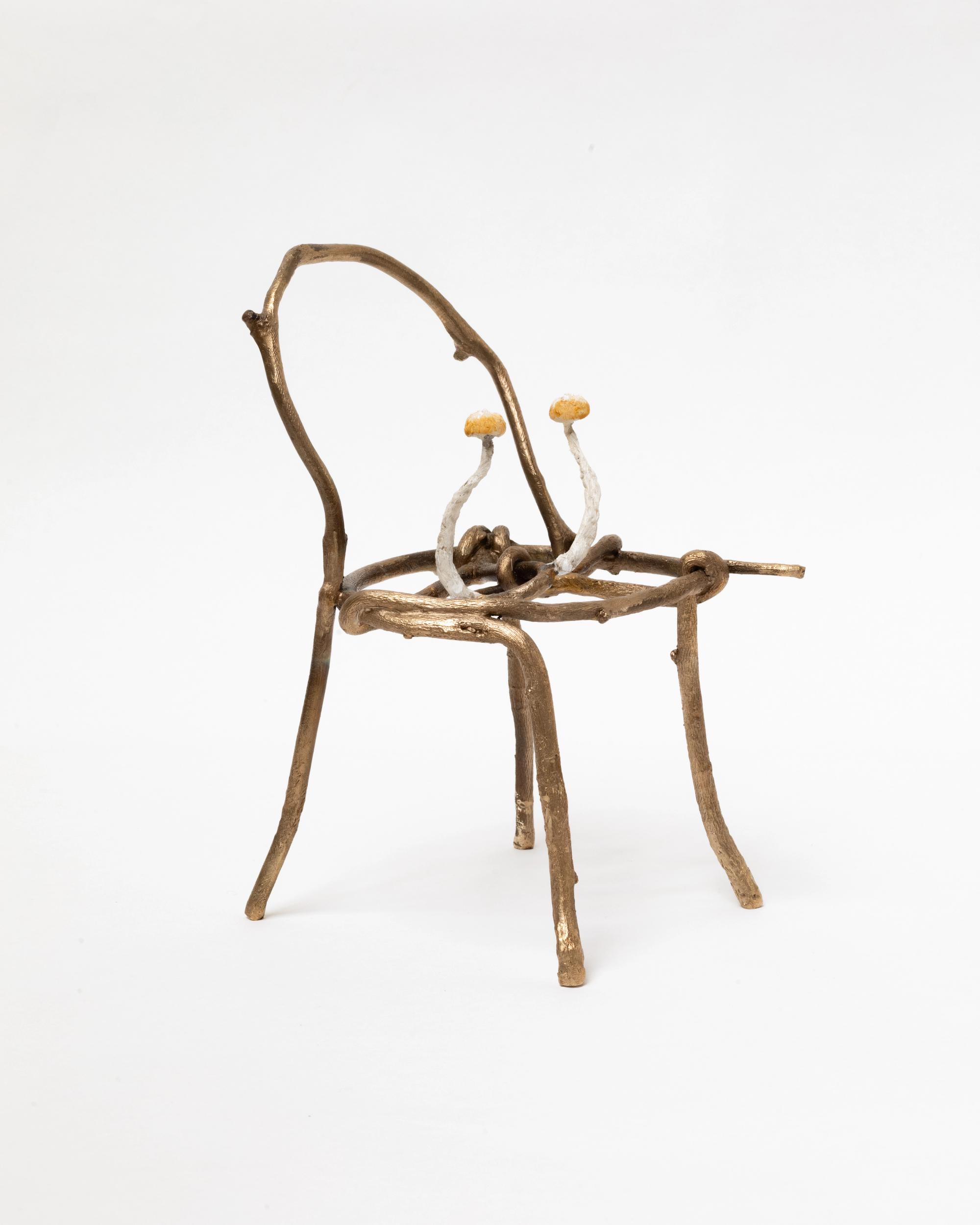 Kiss of minerals Bronze, oil paint 2015 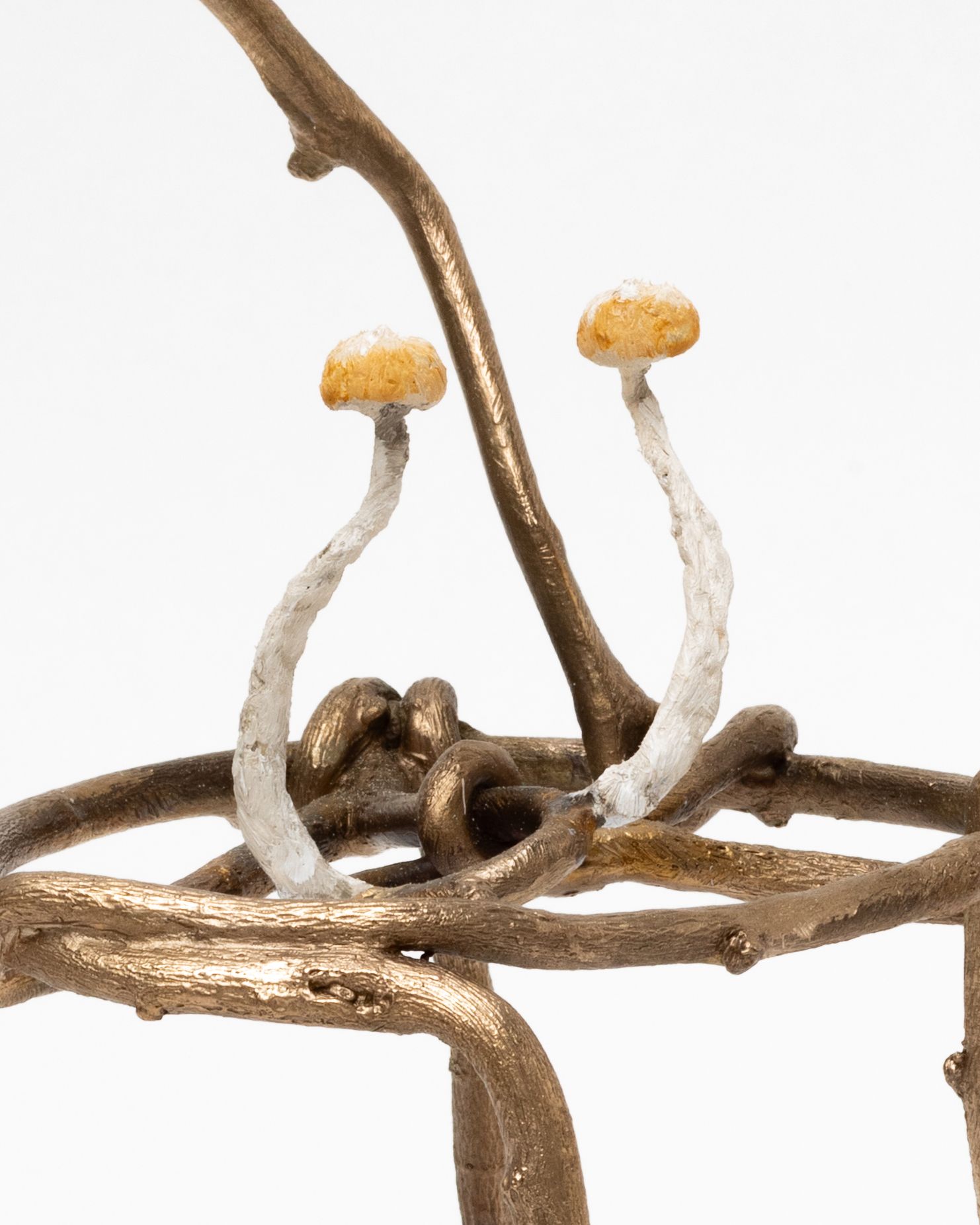 Fluidity and fruits Bronze, oil paint 16 × 24 × 12.5cm 2025 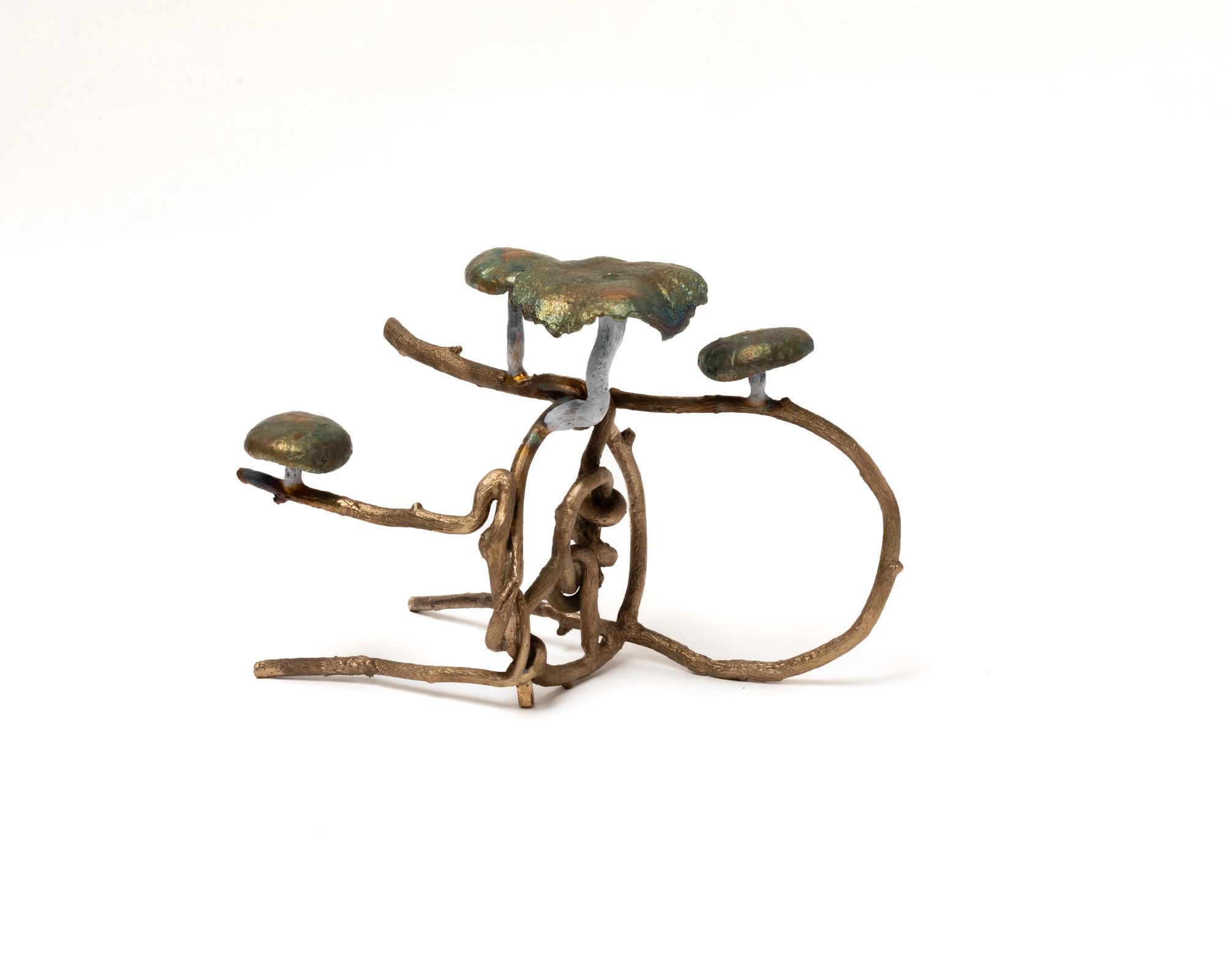 Fluidity and fruits Bronze, oil paint 2025 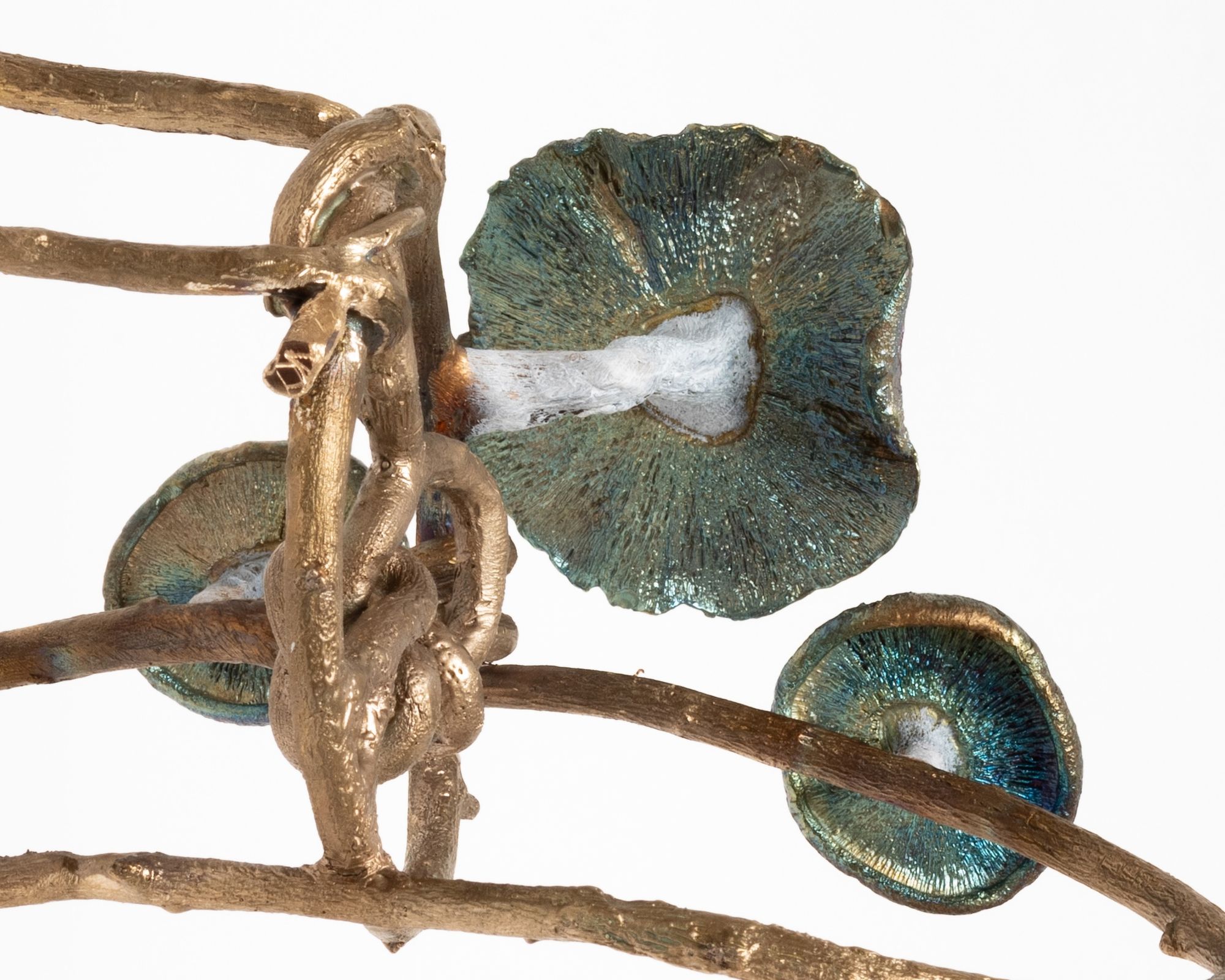 Fluidity and fruits Bronze, oil paint 2025 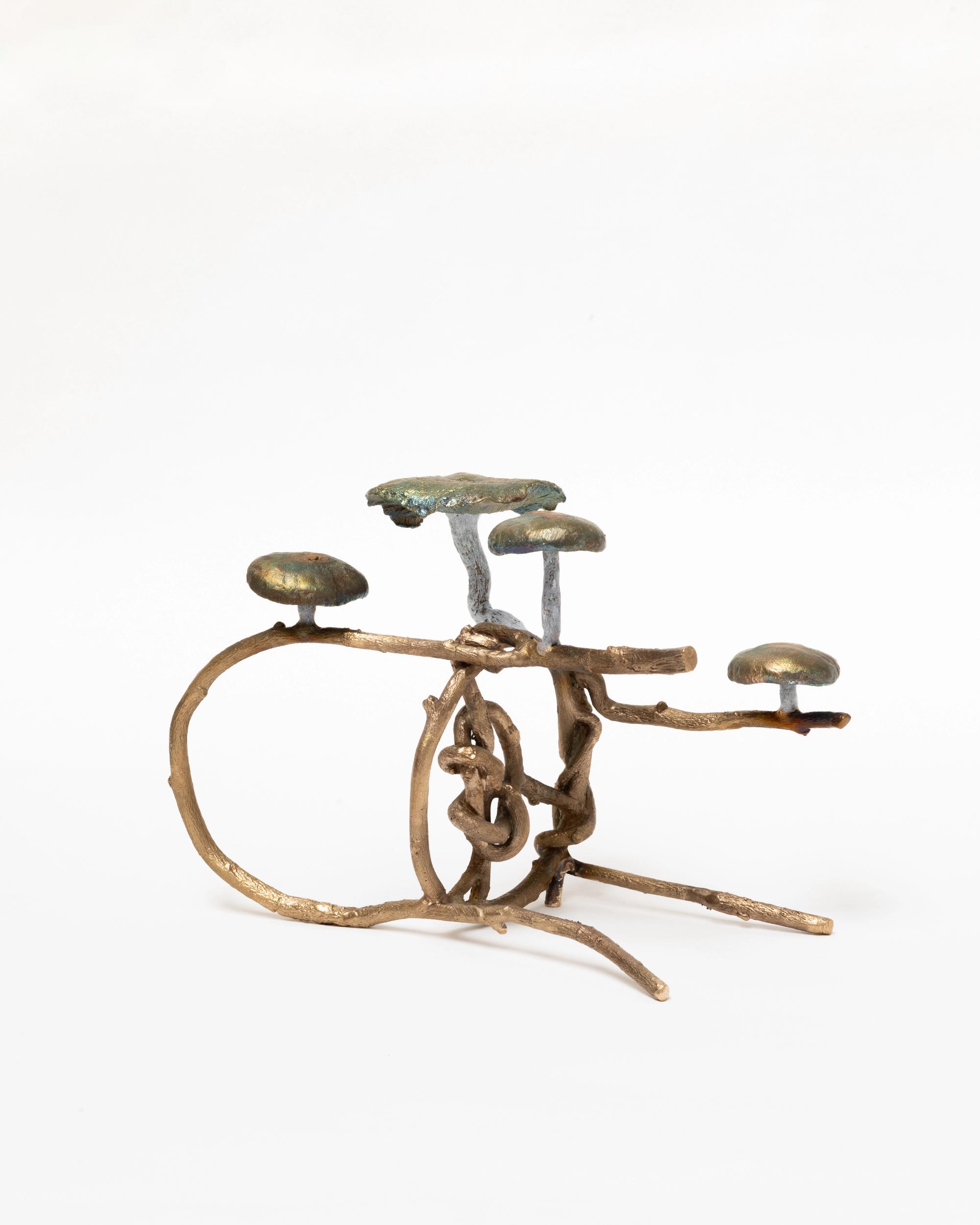 The world is made up of events not things Bronze, oil paint 21 × 15 × 27cm 2025  The world is made up of events not things Bronze, oil paint 2025 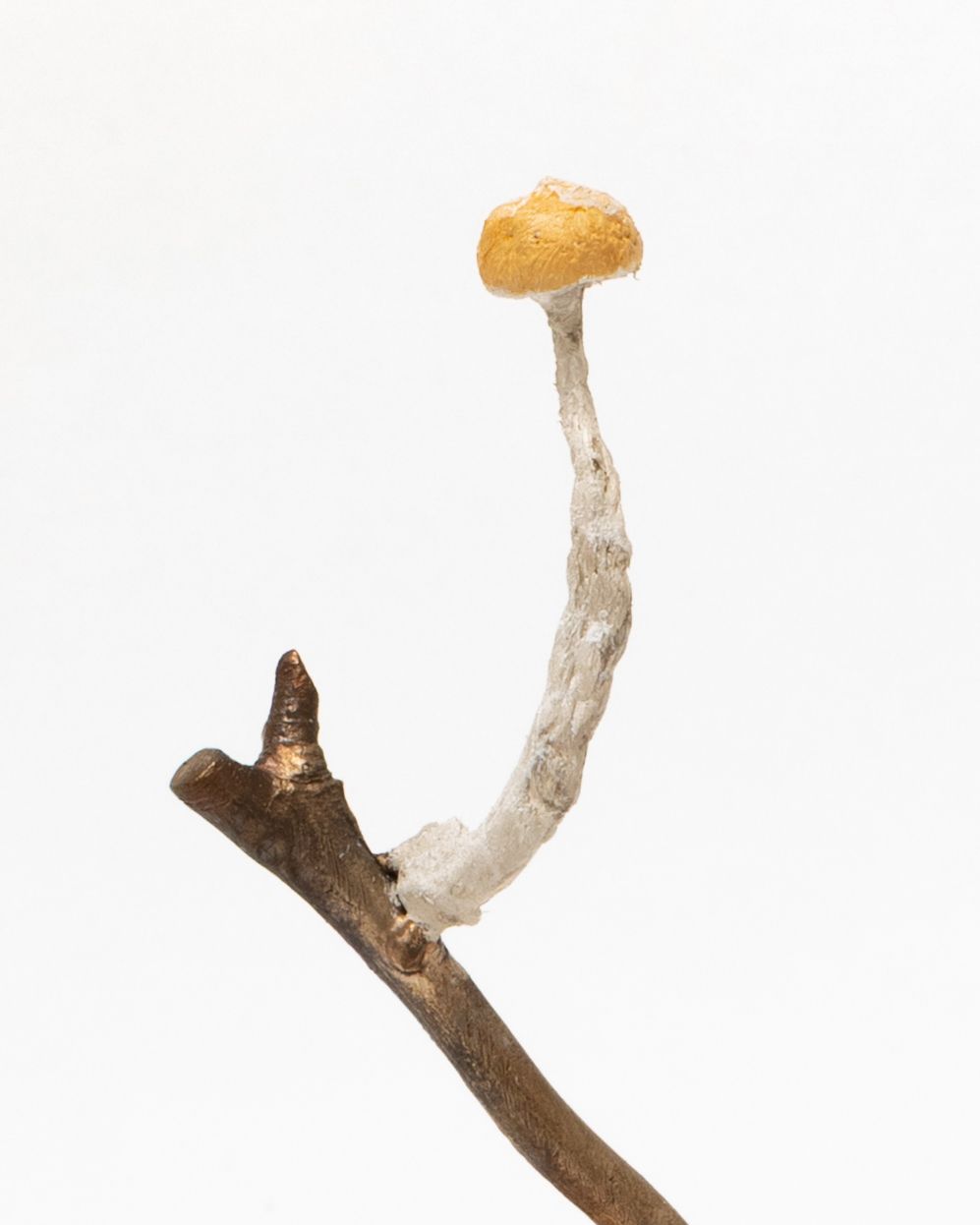 The world is made up of events not things Bronze, oil paint 2025  What happens when nothing happens Bronze, silver plated bronze 21 × 16 × 13cm 2025 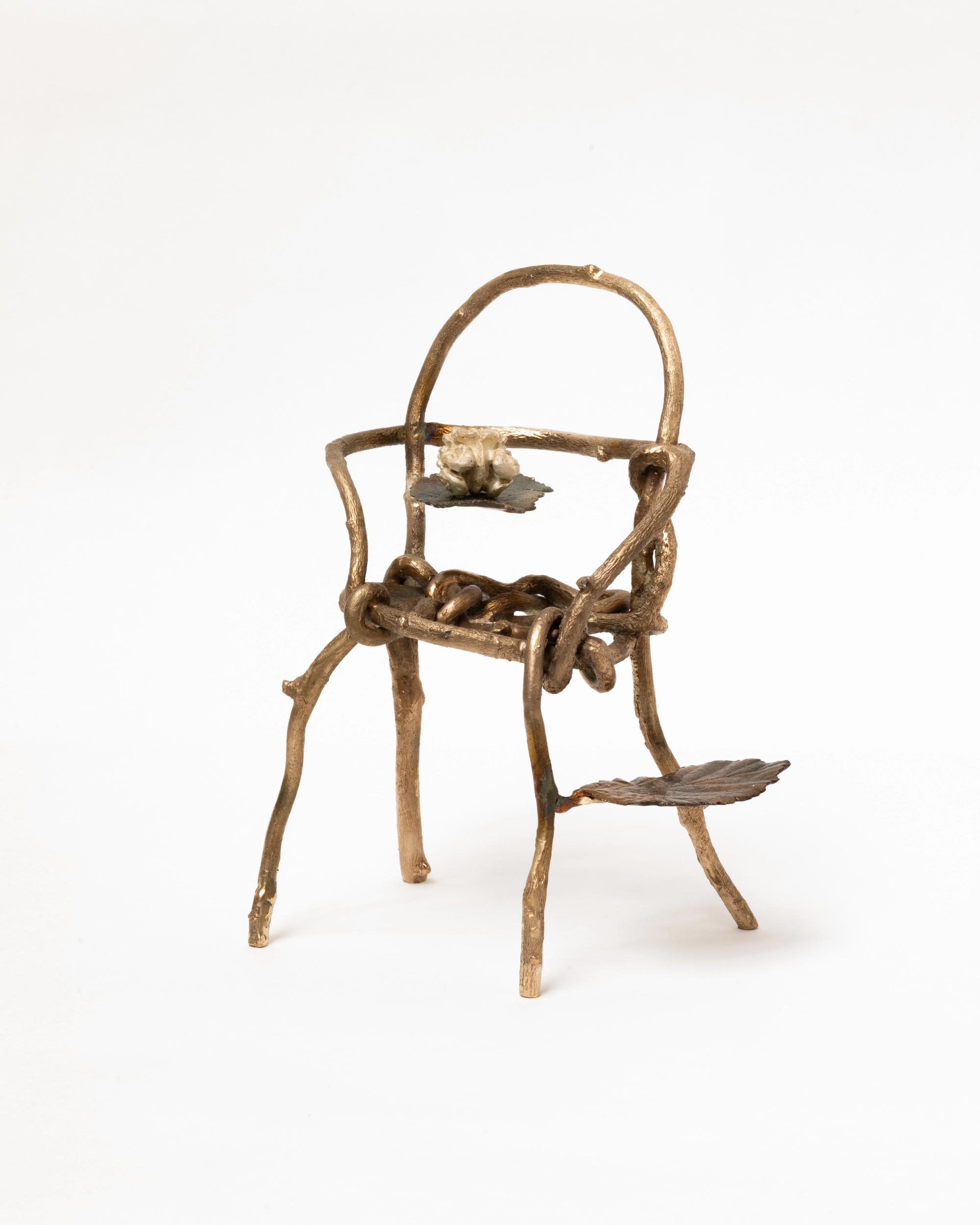 What happens when nothing happens Bronze, silver plated bronze 2025 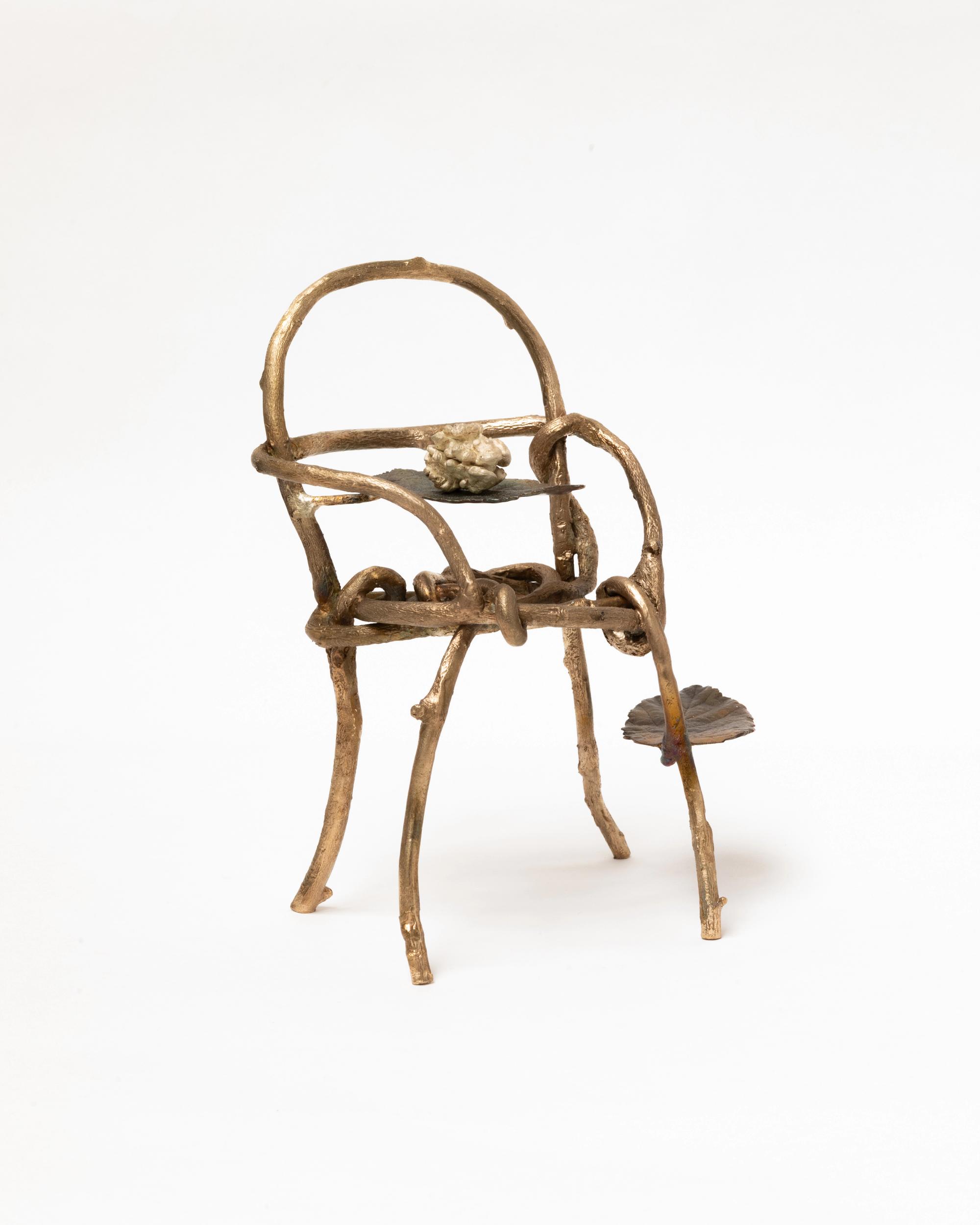 Energies (or forces you couldn't name, circulated through you) Bronze 41 × 17 × 10cm 2025 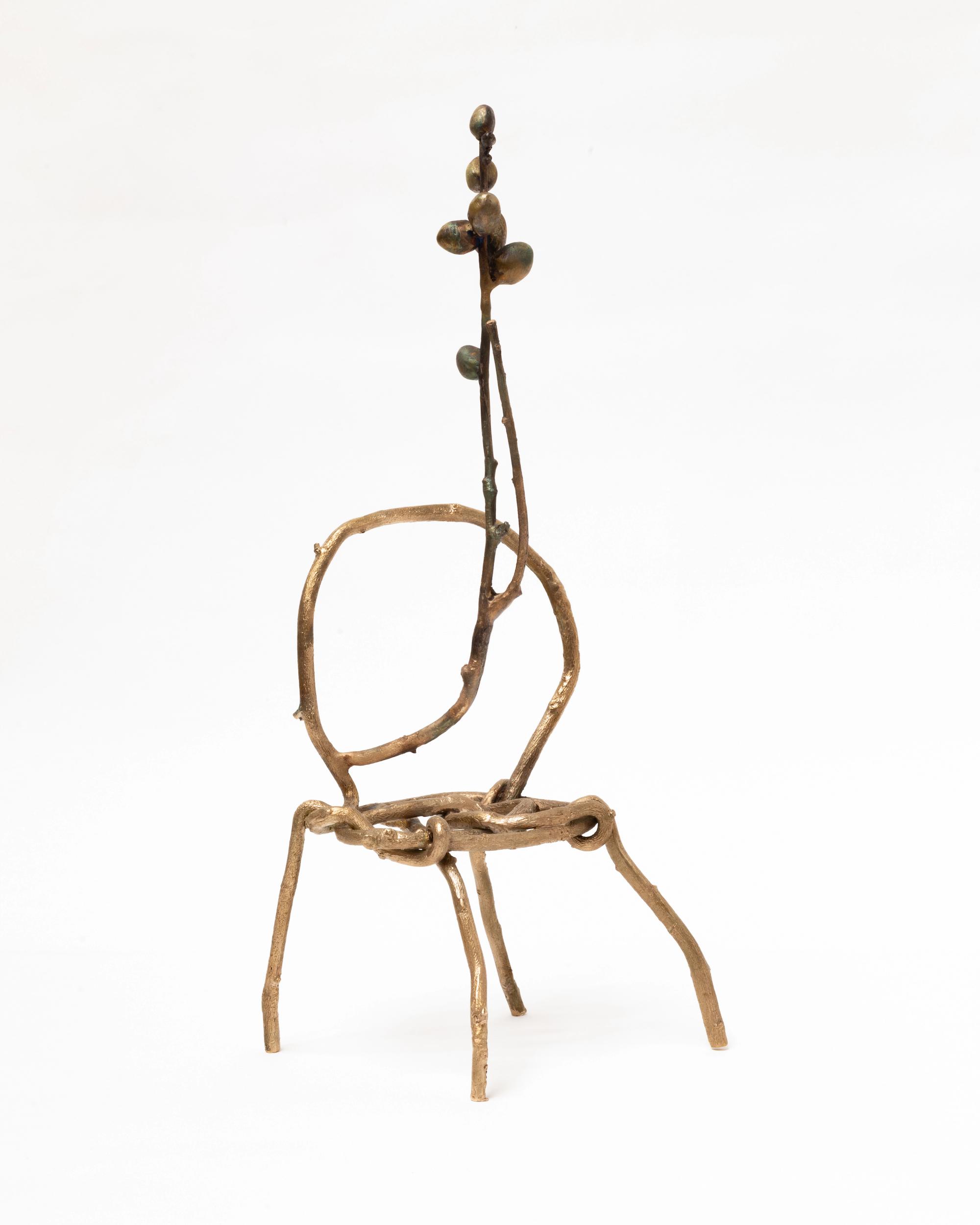 Energies (or forces you couldn't name, circulated through you) Bronze 2025  |
Paper City Hospital Rooms 2025 | 1/3 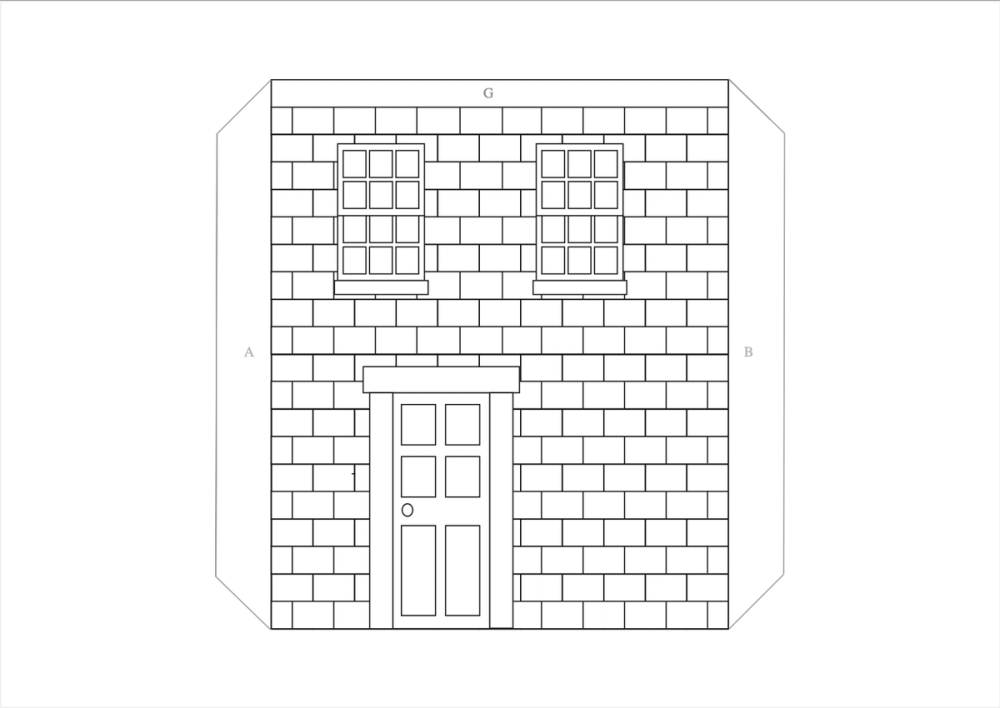 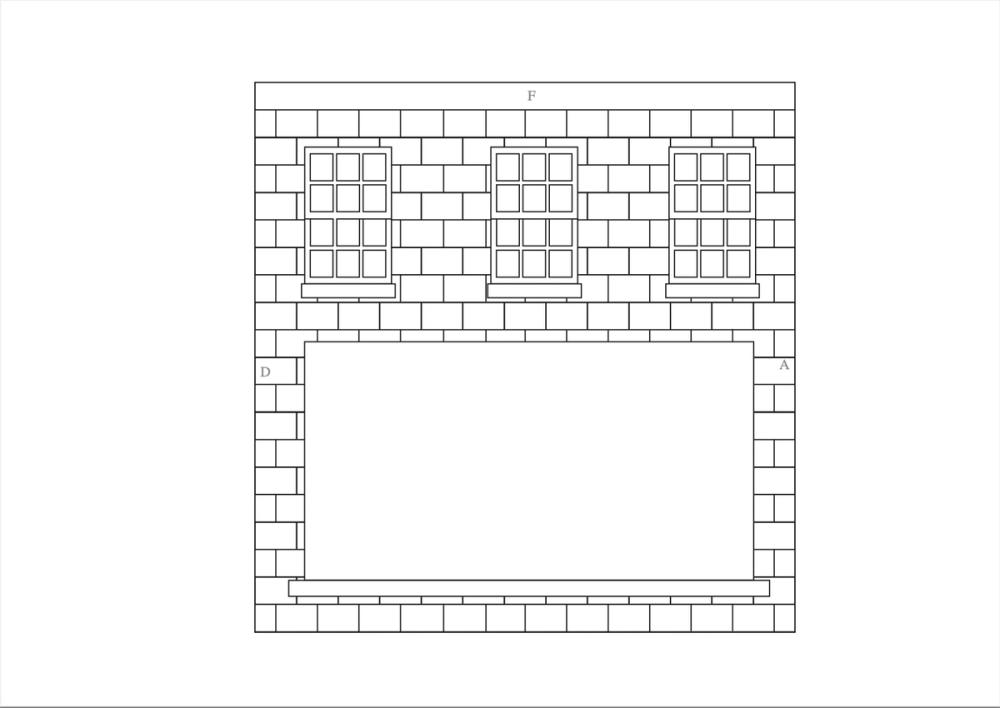 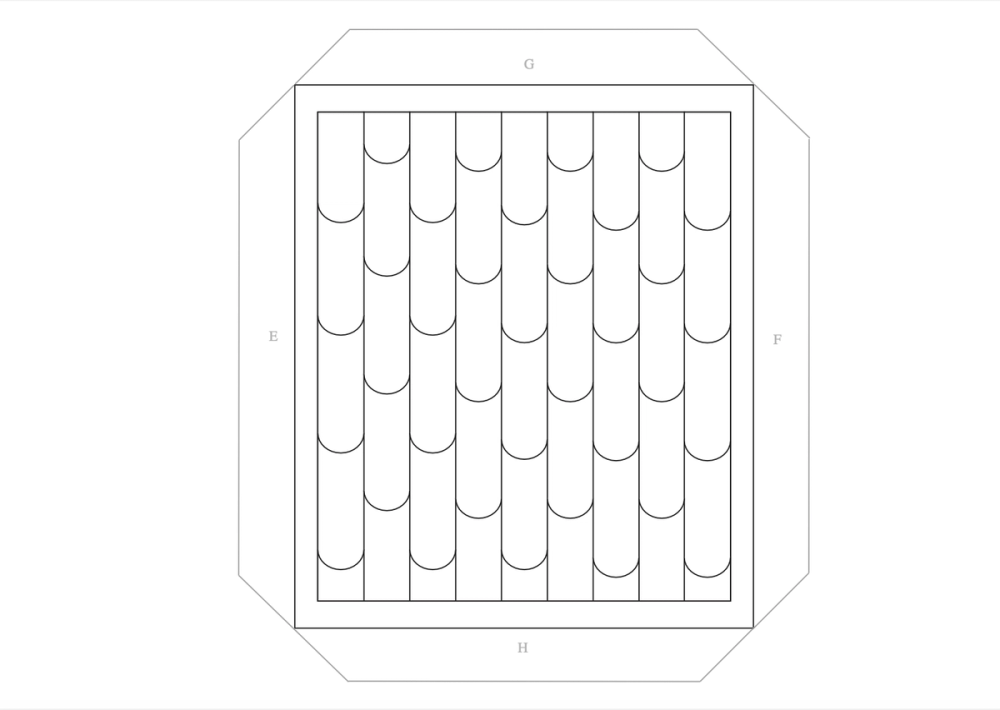 Description✕ ‘Build your own paper city’, for Hospital Rooms’ Digital Art School. Whilst the programme is specifically crafted to function within mental health hospitals, it is also freely accessible to the general public. The project invites participants to construct a paper metropolis using downloadable, printable templates. From barns and hotels to residential structures, water towers, and a scattering of flora and fungi, each sculpture serves as a canvas for personal interpretation and creative interventions. Hospital Rooms is an arts and mental health charity that brings art and creative activity to people who are in contact with mental health services. The Digital Art School is a free national art programme for every mental health inpatient ward in England. The Digital Art School has been developed over three years with people who have used mental health services ranging from Psychiatric Intensive Care, Acute, Mother and Baby, Forensic and D/deaf among others.
 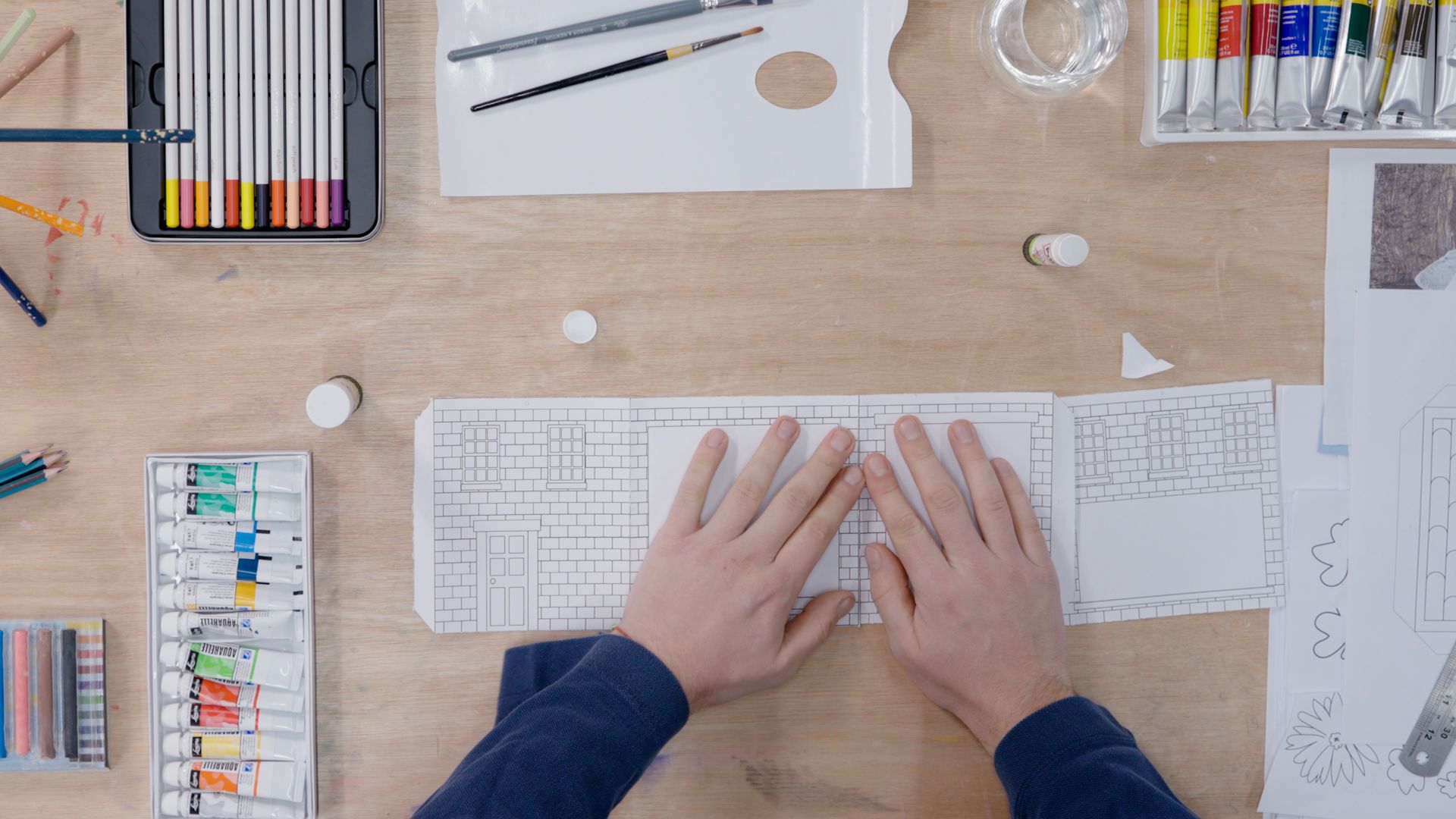 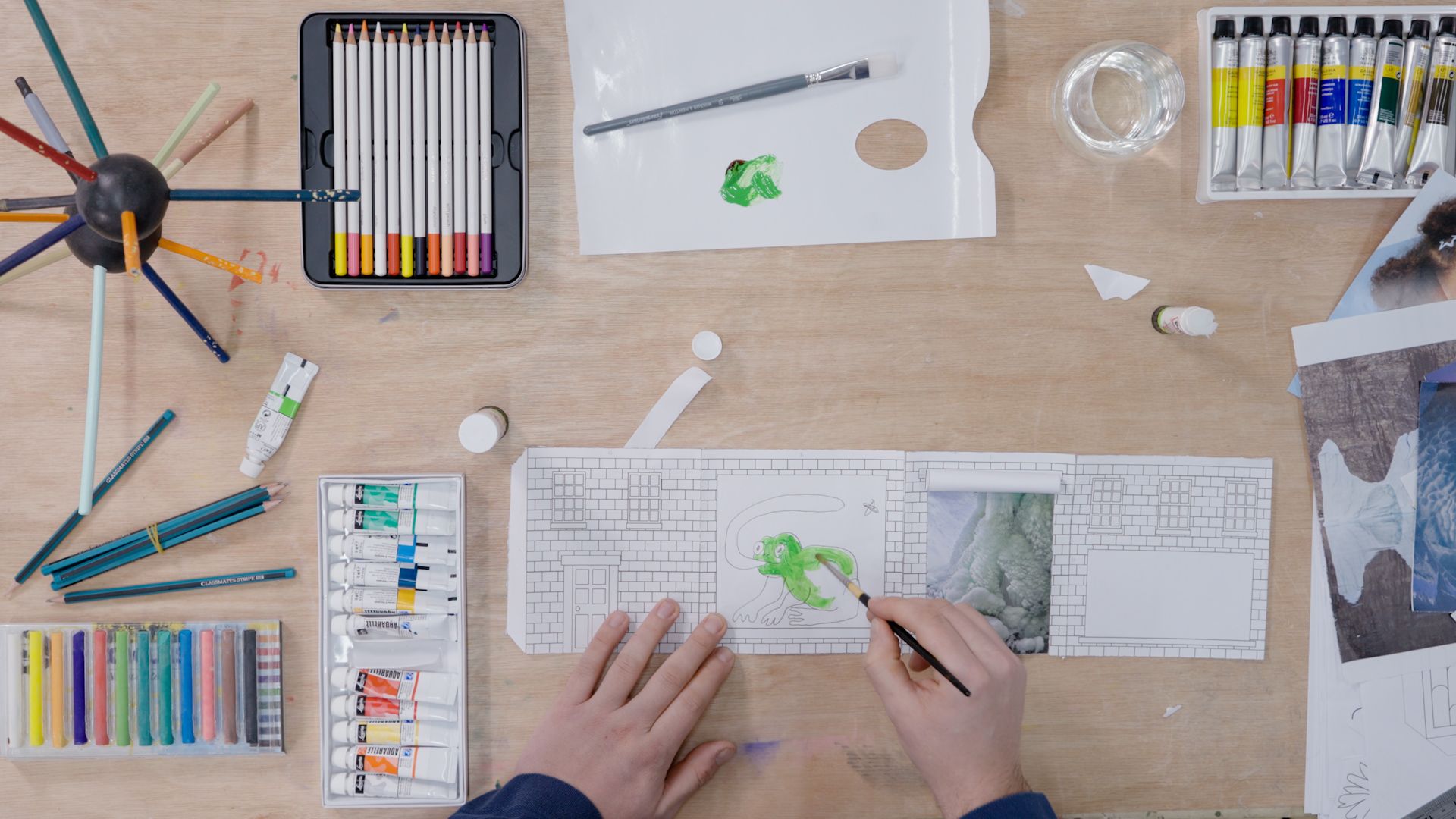 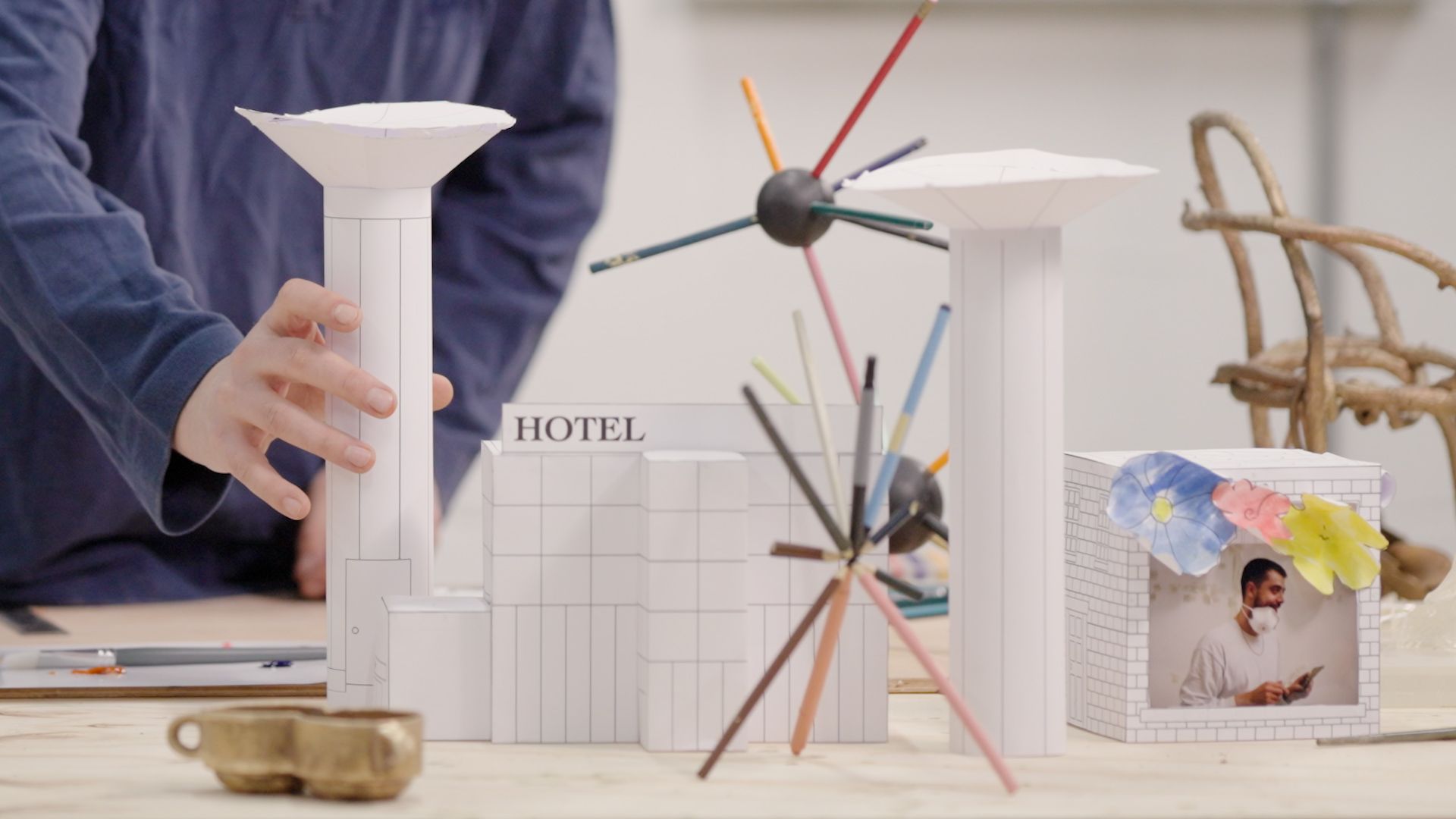  |
Do not throw trash into the pond sans titre 2024 | 1/2   Description✕ “A paper-thin layer” around a sphere of nitrogen, hydrogen and oceans; just a membrane surrounding a sphere in the middle of nothingness – it is with this image that the astronaut Ron Garan describes the atmosphere of the Earth, observed from space. Created upon returning from an expedition carried out in 2008, his blog Fragile Oasis testifies to what has been called “the overview effect”: an emotional and cognitive disorder that affects astronauts at the sight of their planet, an interstellar Stendhal syndrome in which the immensity of the void makes them realize the smallness of everything else. There is something of this clash in scale, of a visual and affective disruption, in the work of Hamish Pearch. His “overview affect” is not that of an orbital capture at 360°, but of a relativization in which the infinitesimal is felt as much as the cosmos. In playing with size, his works attempt to capture portions of infinity. In bins, in bags, in Siamese cups with centripetal forces – so many containers where scientific schemas meet the grammar of dreams. Pearch disrupts logical discourse with a lexicography of images made up of unexpected twinning and fortuitous equations. He measures the gaps and equivalences between a thing, its double, and its quadruple miniature, as in his image of a brain held in place by bits of chewing gum that offer a disturbing resemblance. “Mapping out the world with diagram and objects,” reads the subtitle of one of Pearch’s pamphlets. It is from this logic that his assemblages arise. They aim to trace the world in terms of its materials, to organize it in terms of what we chew and what we pick up, to scratch the bottom of bags to see what we find there. There is a reconstruction of the universe via bricolage, wherein the azure of an oxidized mushroom imitates a planet and integrates into a system at once solar, cellular, and economic. Pearch piles up all three systems, tearing out the pages of astronomy textbooks and covering them with medical imaging or invoices, or with opaque molecules in the form of paperweights. Elements resist gravity here; they affect each other and press against each other, like a leaf plucked from in front of the atelier, fossilized in bronze, and held further in place by another of these paperweight marbles. It’s because everything still risks levitating, being rendered weightless, like in a space shuttle. The exhibition itself mimics takeoff: the gallery entrance reenacts the ritual of the airport security check, with a large counter for unzipping suitcases. Do not throw trash into the pond takes up the tone of signage. The title rings out in warning: do not throw anything into the pond, keep everything in your pockets; empty them into bins transformed into display cases, sealed with a pane, with wire, cut with the precision of a jigsaw. Pearch literally empties his bag, like a confession, a portrait en creux composed of what he has kept. Tell me what you’re carrying, I’ll tell you who you are – or “What’s in your handbag?” to cite Vogue’s celebrity questionnaire. A Chanel backpack? You are pragmatic; unstoppable, you can’t stay still! (Margot Robbie). An Isabelle Marant clutch, inside a Prada bag? You are foresighted, ready to brave the unexpected (Gigi Hadid). Pearch revisits the intrecciato typical of Italian leather goods to his own ends. Made in a Milanese artisanal foundry, a bag’s basket intertwined with flowers camouflages only a toad, for which it serves as a nest. Neither makeup, nor passport, none of the accoutrements of travel that ratify or reshape identity – just this amphibian. It underlines Pearch’s attraction to mutation, of which the toad who dreams of being a prince is a time-honored symbol. Of this transformation for which a kiss would suffice, Pearch has kept only the tongue: during one of our conversations, he mentions the toad-licking practiced by certain visitors to the Sonoran desert, who are eager to lick the incilius alvarius, a frog whose skin is said to contain psychotropic secretions. What if metamorphosis has only ever been the effect of tripping? Pearch plays on the polysemy of 'tripping'. Here the journey is one in which perception changes with altitude – to the point of seeing in a peanut the possibility of a precious stone; of contemplating the Milky Way in a tartan fabric studded with chewing gum; of transforming an envelope of pustules into a translucent surface. From a ship to a taxi of which only the receipt remains, Do not throw trash into the pond is a matter of transport, baggage, and moltings. Pearch turns over clothing fabrics, looks under the epidermis, enlarges cells to see maps. The exposure goes to the edges of the eye to stretch the mucous membrane. It’s about letting deformations happen, being moved by our memories, by this trash lost at the bottom of pockets and among the cliffs. Then the smallest thing can shine like a star. It is an intoxication and an inversion comparable, the author Daphné B. tells us, to that provoked by the overview effect: “[…] From space, we can even see the scars that run across the surface of the Earth […], the erosion of its lands, the borders traced on its gridded flesh. Plunged into a euphoric state, the overwhelmed astronauts are filled with love, empathy and care for [the Earth]. The spectacle of fragility is hypnotizing. It is also said that it is the favorite activity of astronauts on missions, staring down at the Earth and getting drunk on its flaws.”(1) Text by Salomé Burstein Installation view 2024  Installation view 2024  ne rien jeter, ne rien jeter, ne rien jeter, ne rien jeter, ne rien jeter UV printed aluminium, silver 2024  L’appuntamento Wax cast in bronze, patina 2024  L’appuntamento (detail) 2024  Installation view 2024  qu’on a nommé l’overview effect Treated ply, UV print on aluminium, steel, plexiglass, fixings 2024  Passages Treated ply, UV print on aluminium, steel, aluminium, plexiglass, fixings 2024 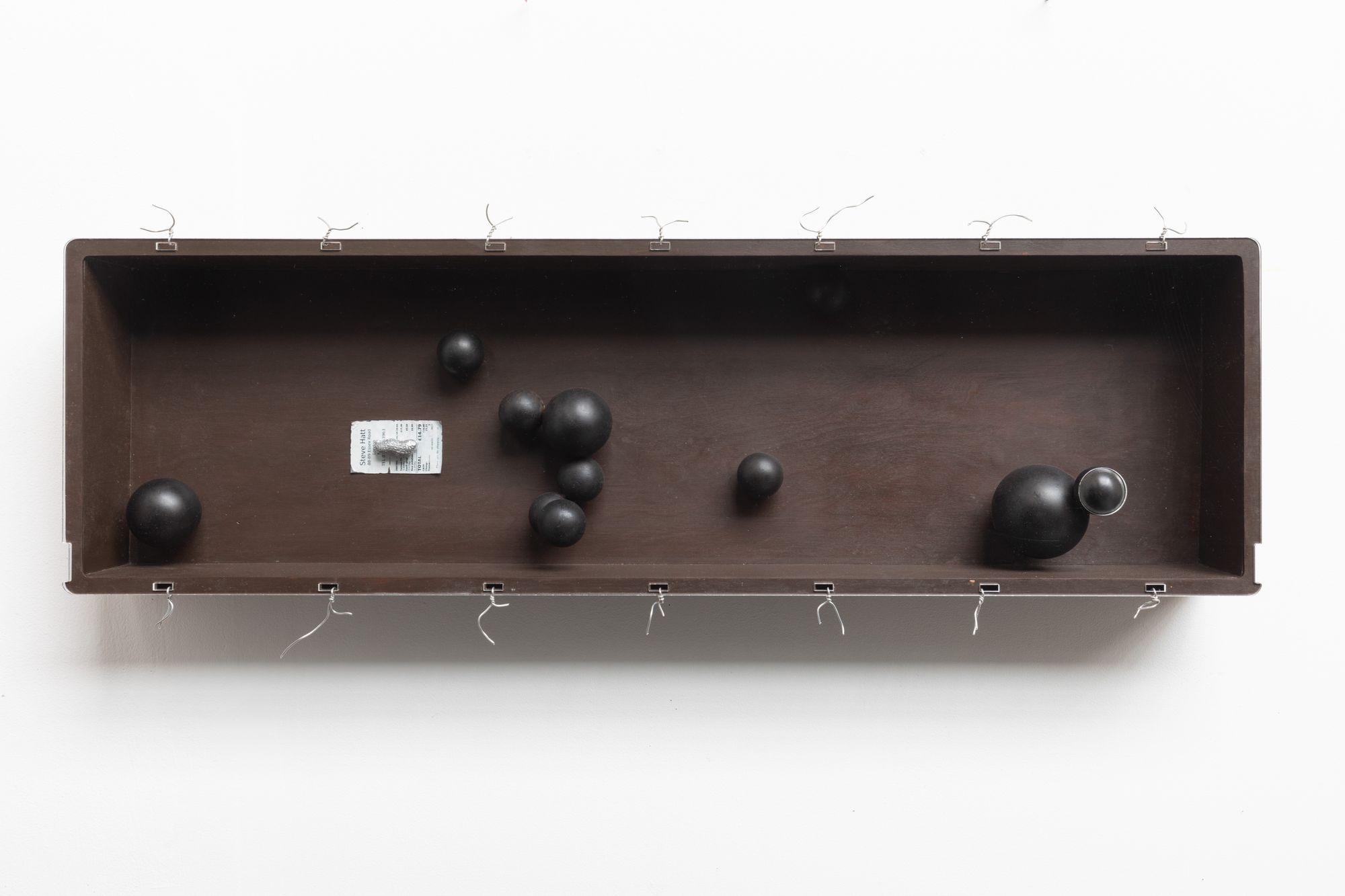 Installation view 2024  The only way round UV printed aluminium, silver plated bronze cast branch 2024  Installation view 2024  OH!HA! Wax cast in bronze, glasscast resin, silver plated bronze cast cigarettes, incense, smoke 2024  OH!HA (detail) 2024  Installation view 2024  Installation view 2024  Big Trip Treated ply, UV print on aluminium, bronze, steel, plexiglass, fixings 2024  Installation view 2024  Holes PLA, enamel, electronic components, water, steel, bronze, MDF 2024  Holes PLA, enamel, electronic components, water, steel, bronze, MDF 2024  Do not throw trash into the pond Indigo, found fabric, silver plated bronze 2024  Do not throw trash into the pond (detail) 2024  |
Smoky, Moth and Mike Ginny on Frederick 2023 | 1/2 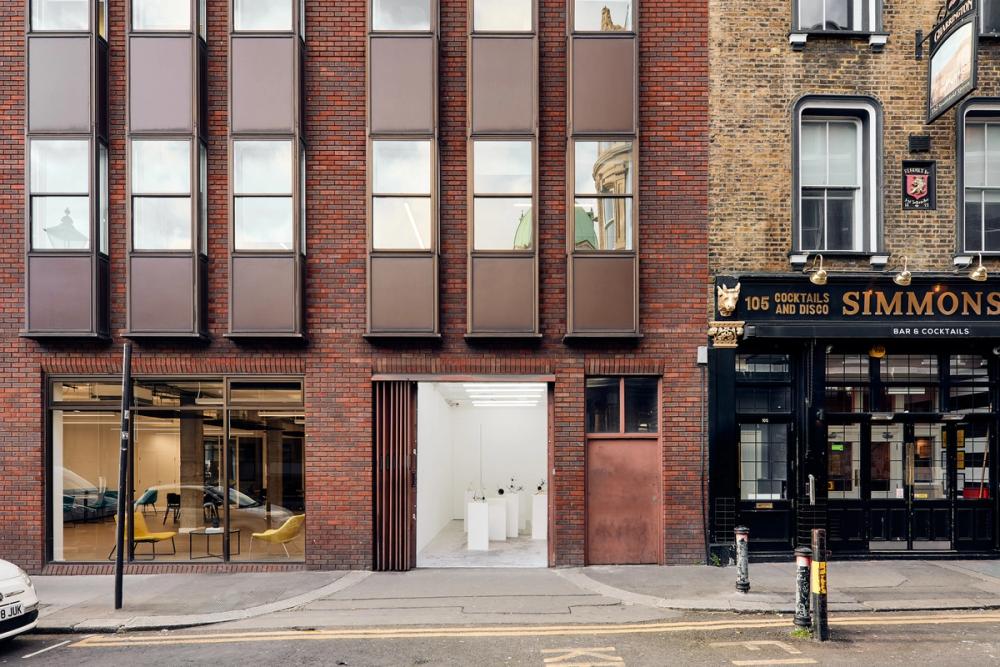 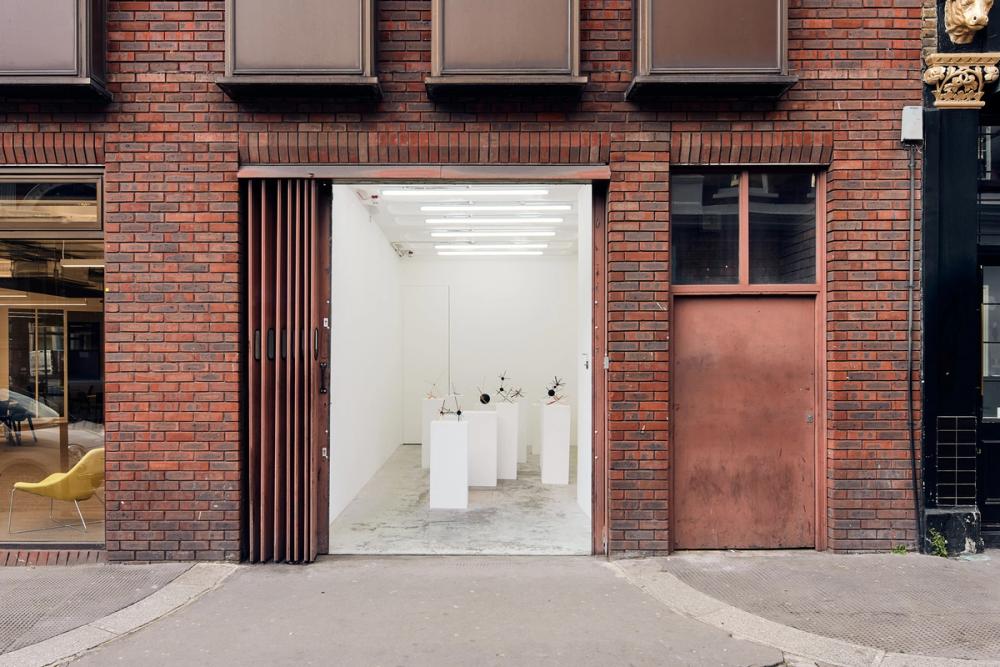 Description✕ In Jim Carroll’s The Petting Zoo, the distraught protagonist Billy Wolfram succumbs to a neurotic crisis after attending an opening at the Met. He eventually recalibrates, discovering new frameworks through which to understand his position in the world. While flipping through an Eastern art tome, the prodigious Wolfram perceives a connection with his recently purchased billiards table, and the triad these two form with his own artistic struggles. The congruence between a mandala and the constellation of billiard balls, suddenly provide a moment of clarity and perspective. Possibilities to assume new frames of thought through material orchestration and subversions is what drives Hamish Pearch’s expansive practice. Smoky, Moth and Mike becomes an evaluation of systems, miming nerve patterns, molecular dynamics, and the cosmos. Micro to macro concerns are negotiated by Pearch, as he produces three dimensional events borne from diagrams, material transformations, and radical play. The exhibition and work titles in this show refer to names given to unfurling, explosive occurrences: tropical storms, nuclear bombs, suns, galaxies. The blanket anthropomorphisation of natural phenomena and man-made eruptions. René Magritte’s 1927 essay Les mots et les images is an effort to understand the complications in relationship between objects, images and words. Although, “the object (a wall) hints at other objects behind it”, the totality of the scenario eludes comprehension. The objects in this show parallel this with their own disruptive, playful logic. In an attempt to contain form and define an explosive world, slippages and failures occur. Pearch creates the space for things to perform roles other than those prescribed to them. Everyday objects, in combination, present new rationales. It is through constant consideration of possibilities that Pearch creates situations in which they can exist as open-ended questions, ripe for attachment to new ideas. This is a contortion of nature, turning static thing-ness on its head and entering it into the vortex of rediscovery. Text by Reilly Davidson Installation view 2023 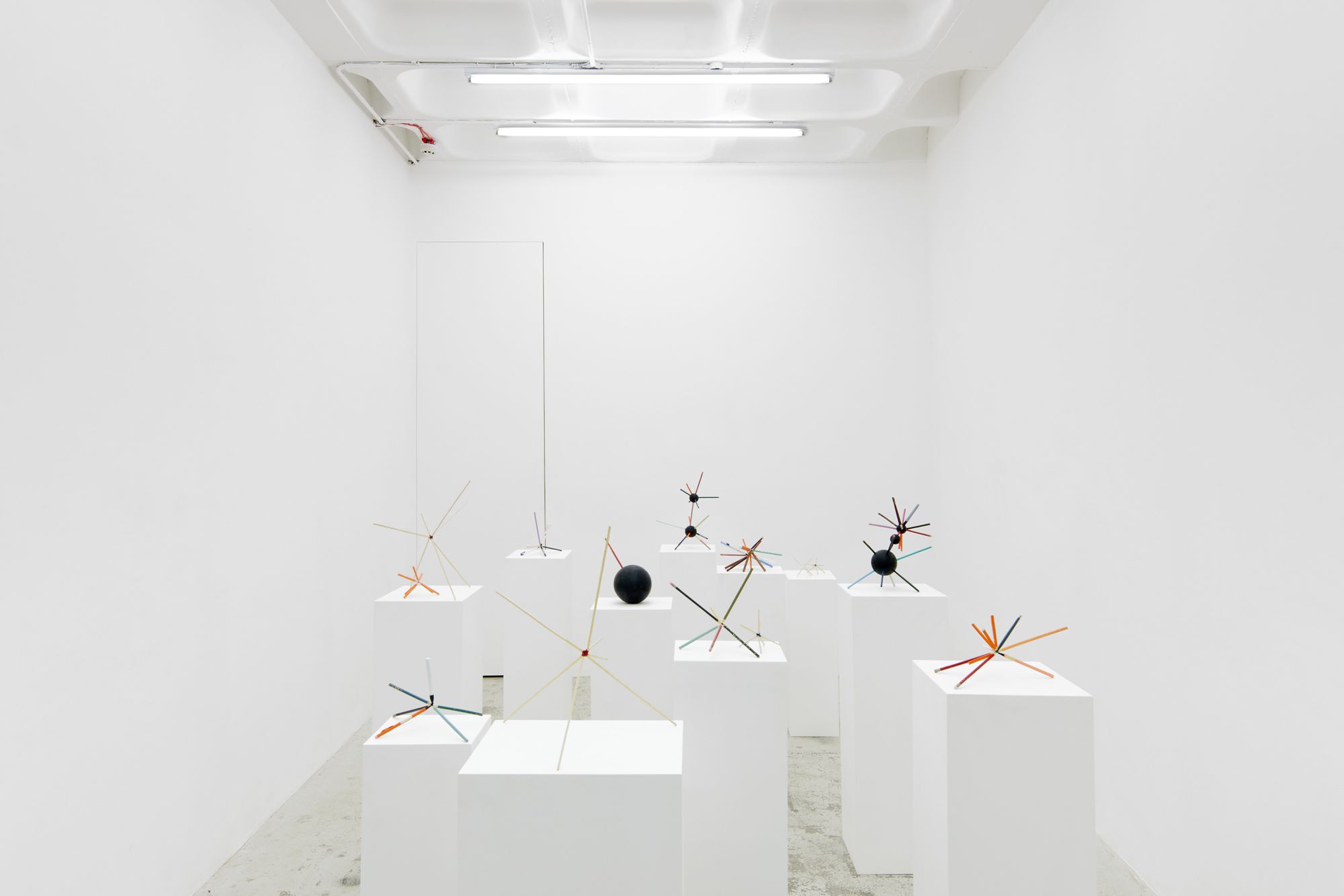 Whirlpool Bronze and paint 2023 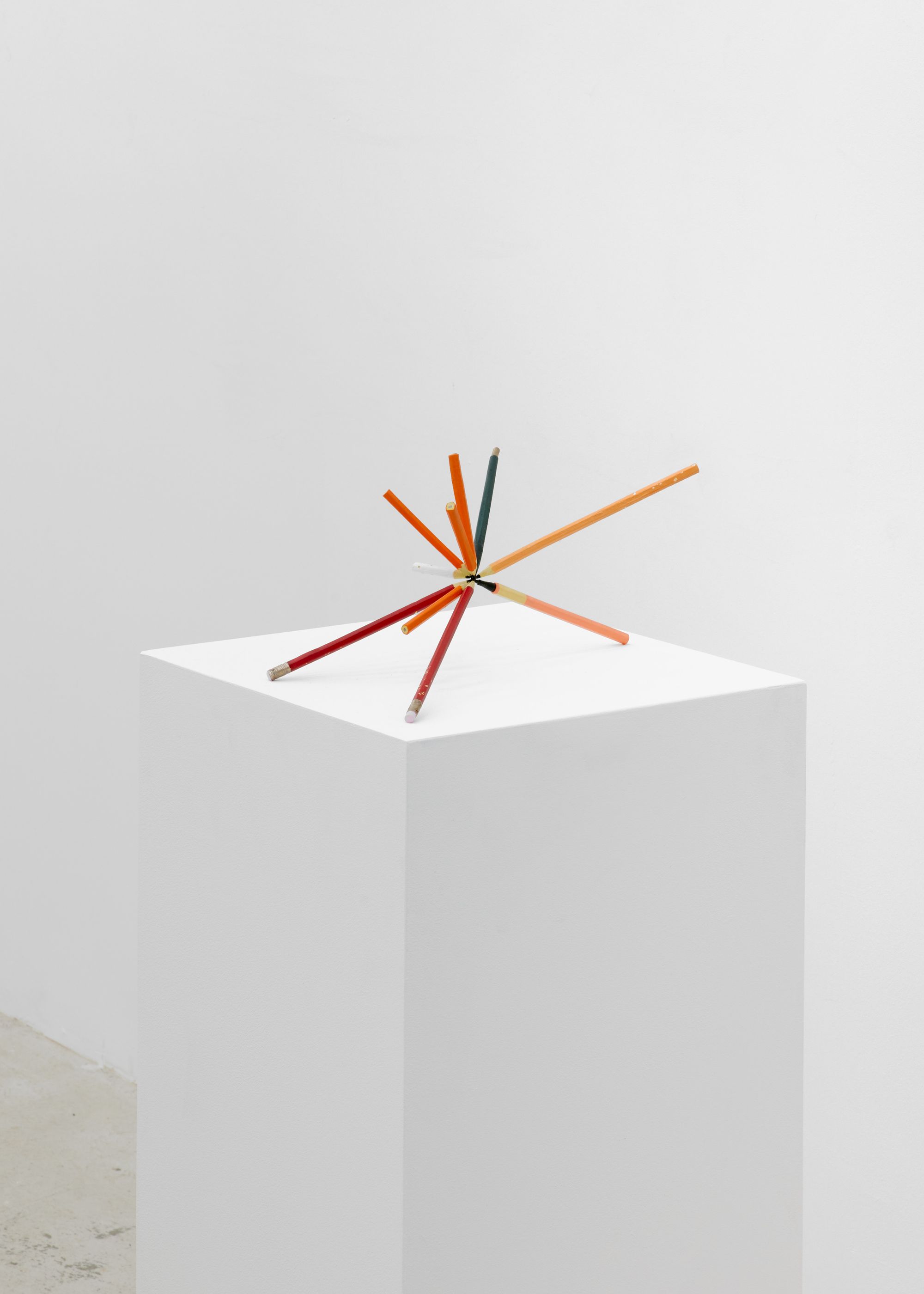 Installation view 2023  Installation view 2023 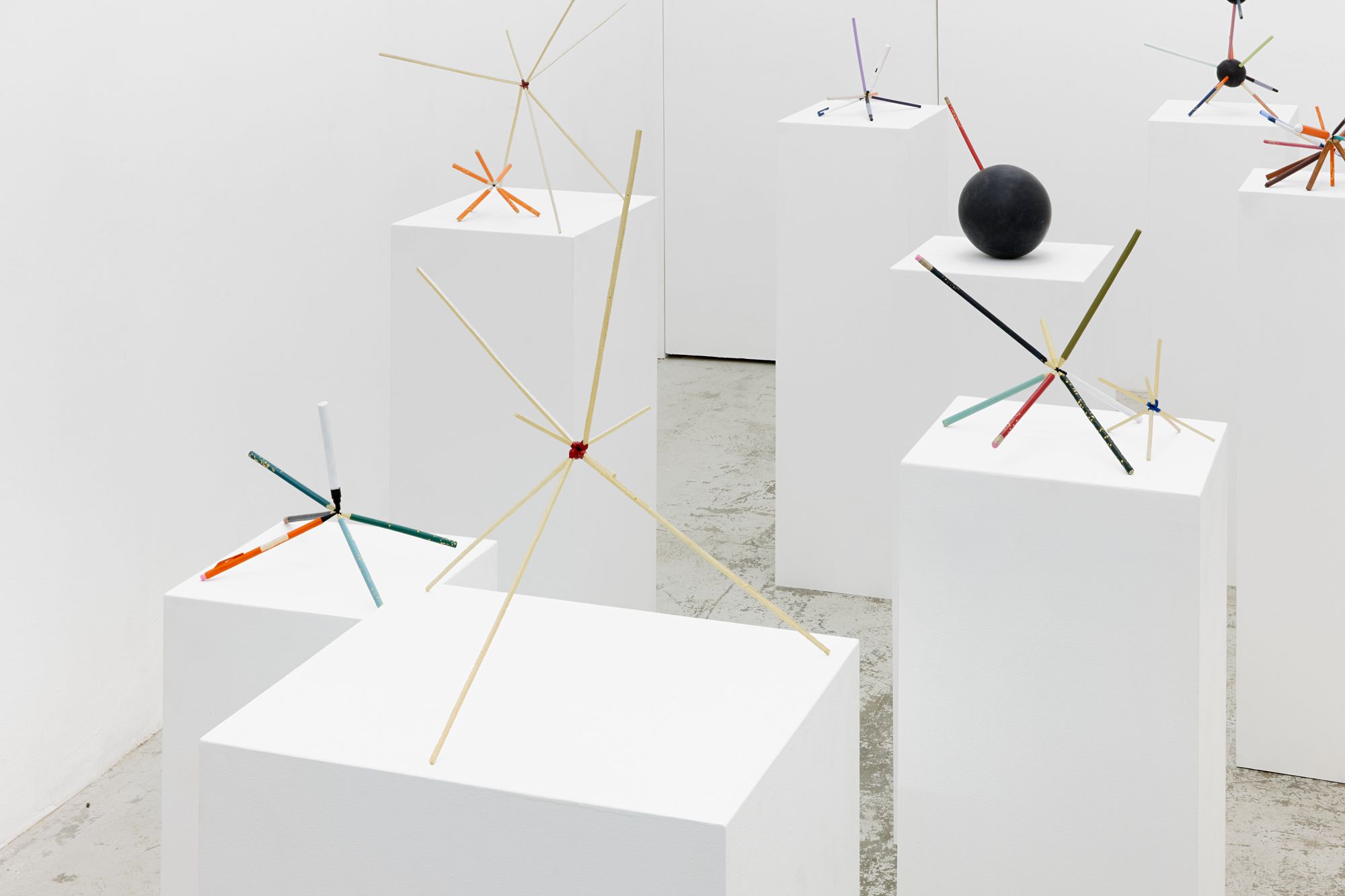 OH-HA Bronze and paint 2023 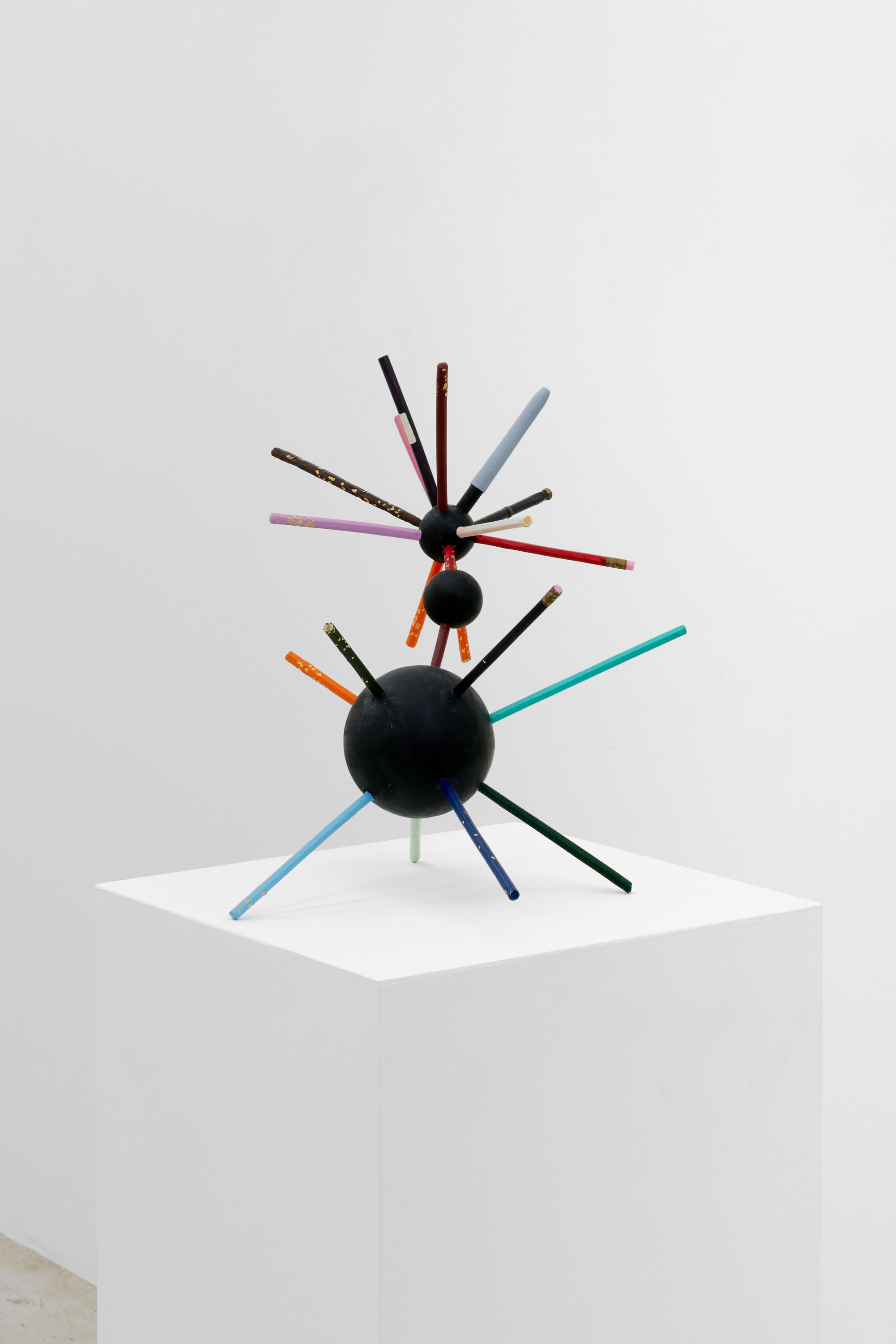 Tamiko Bronze and paint 2023 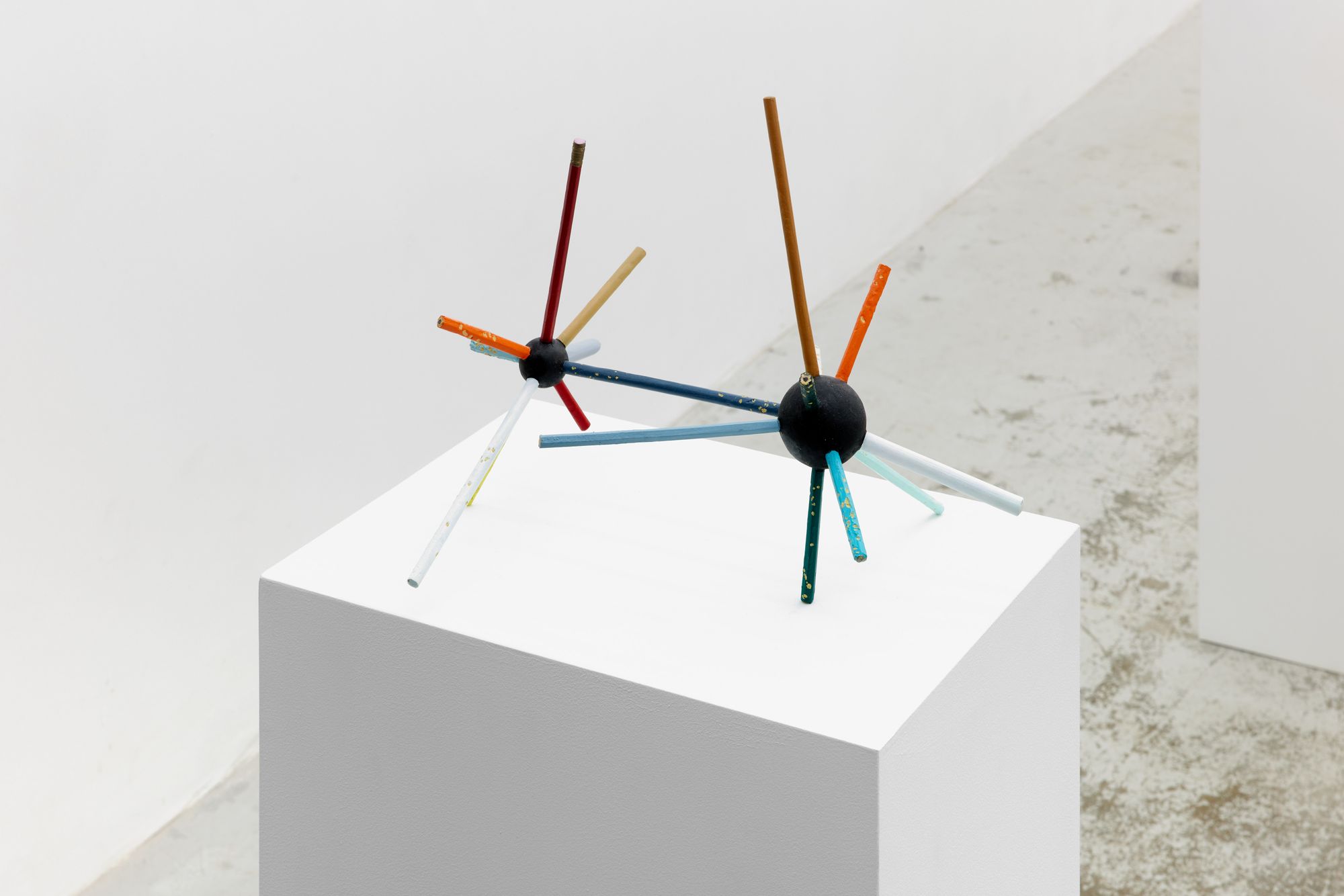 Installation view 2023 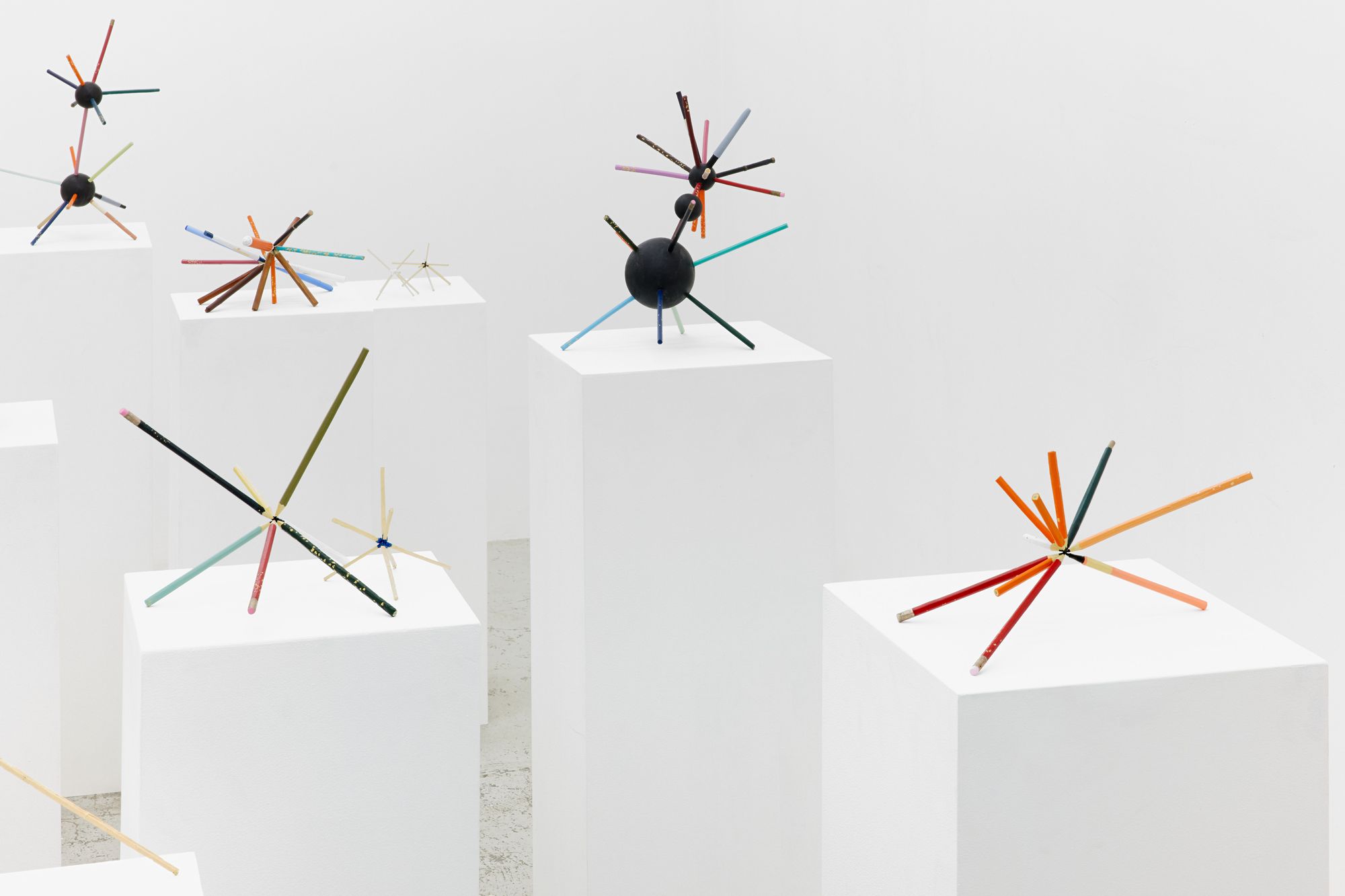 Installation view 2023  Installation view 2023 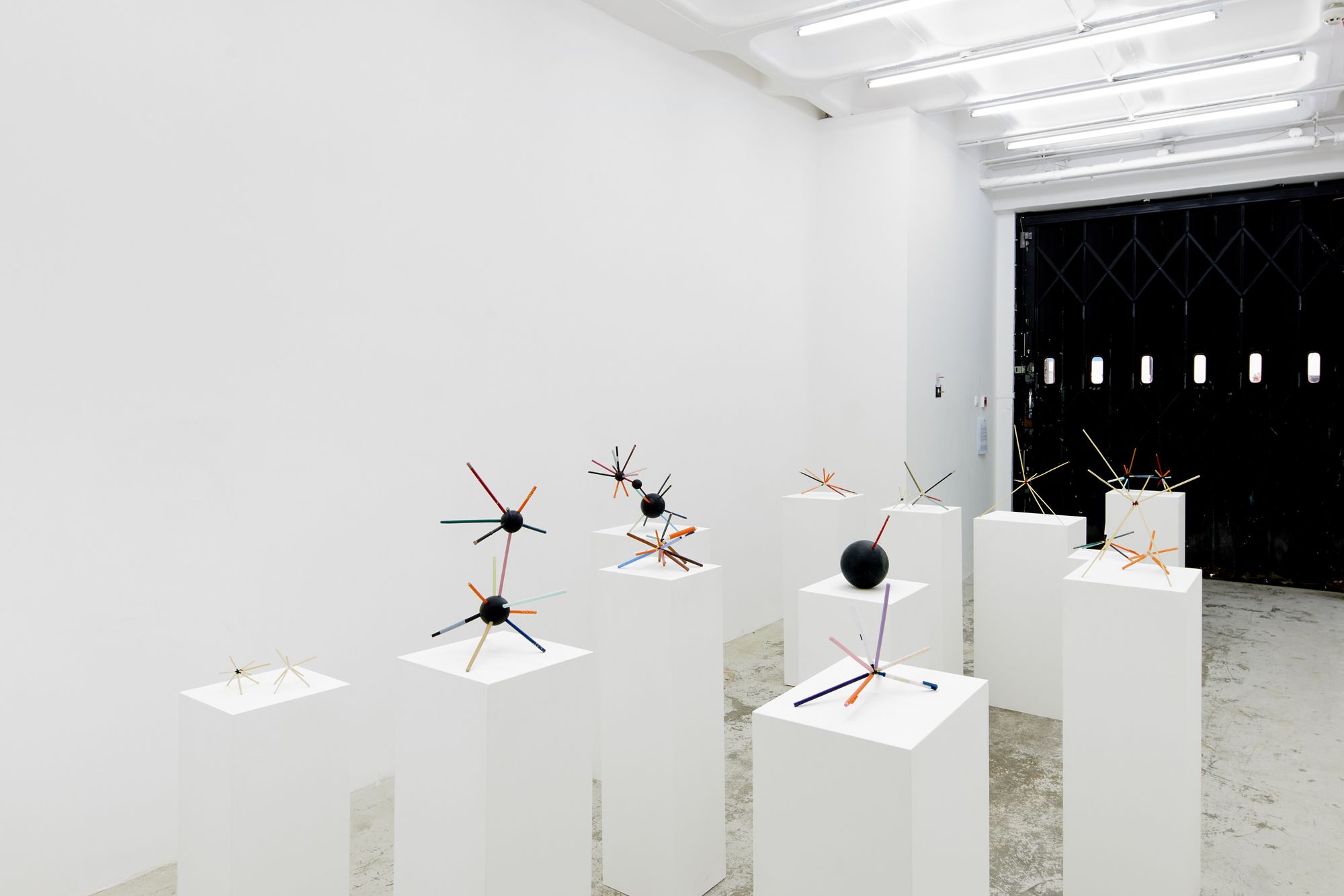 Observer Paper, aluminium, bronze and paint 2023 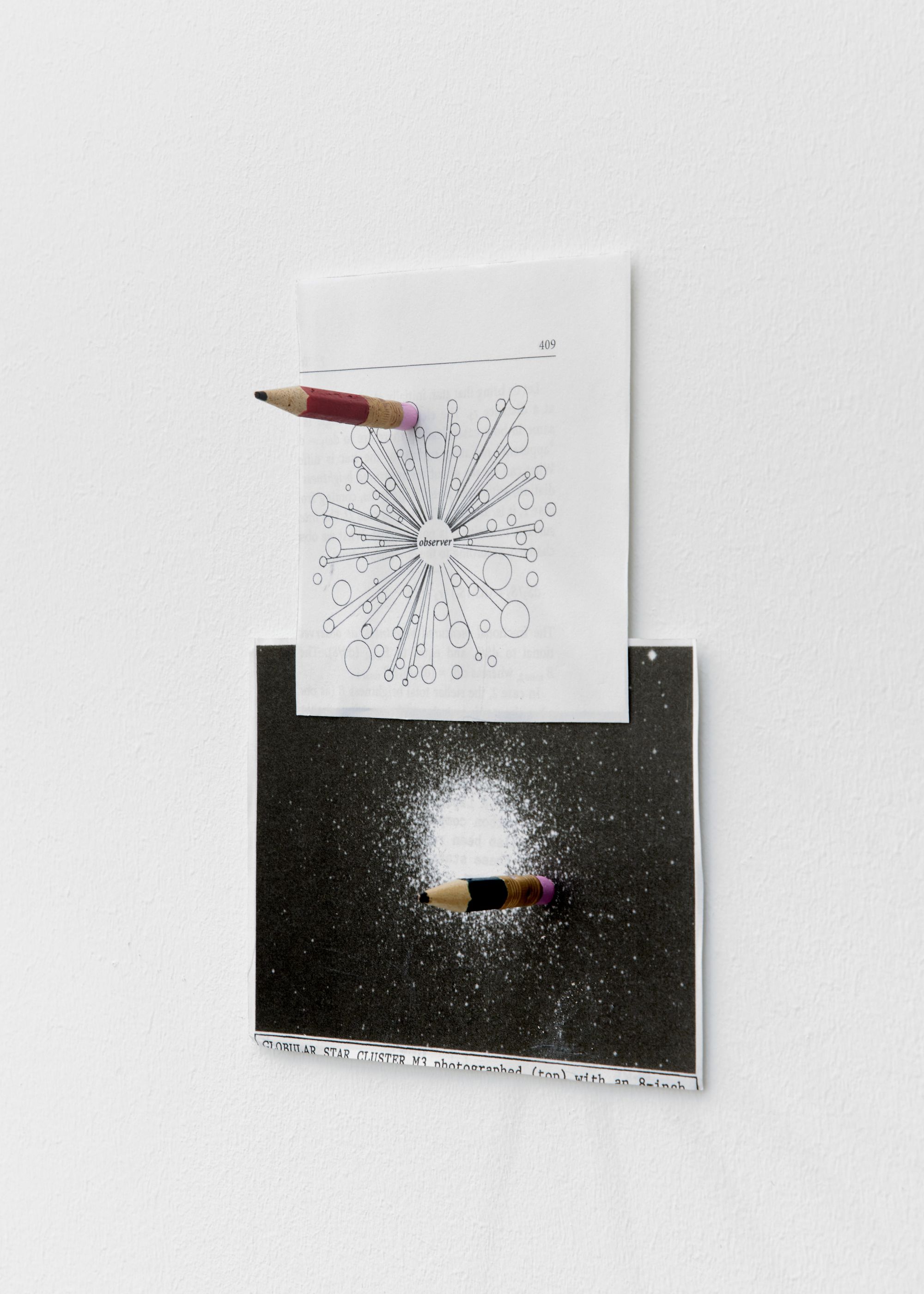 |
Day by Day, Good Day Union Pacific 2023 | 1/2  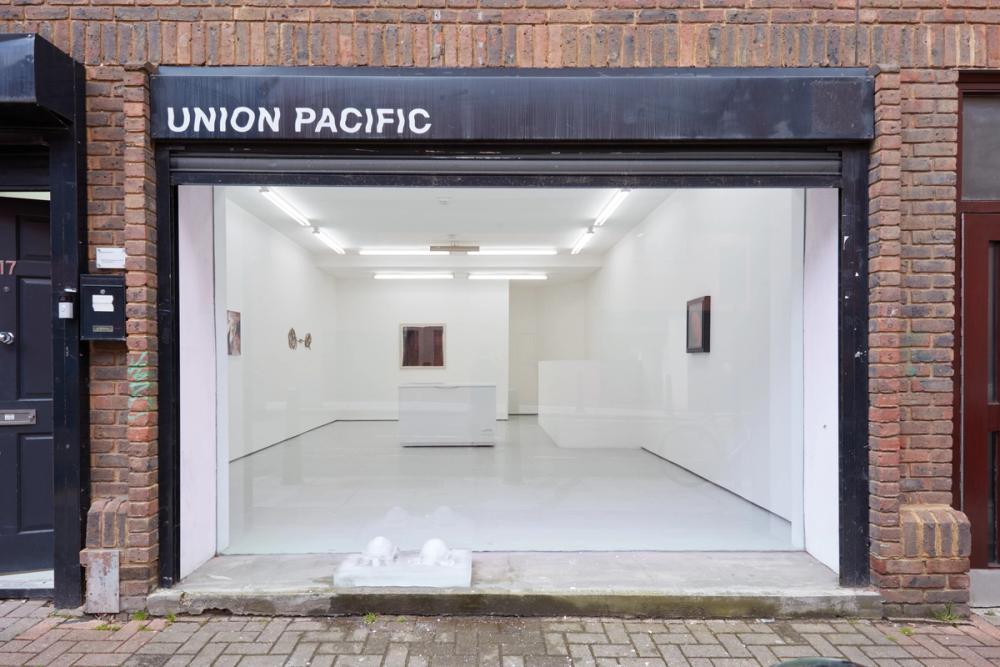 Description✕ ‘Day by Day, Good Day’ draws its title from a series of paintings made by German artist Peter Dreher from 1974 until his death in 2020. Over the course of those 45 years, Dreher painted 5,000 versions of the same glass of water, recording the subtle shifts of light across each passing day. His presence here is more than just a borrowed name: Dreher’s steady focus and protracted lens lives on in the ten artists whose works line the floors and walls. Each artwork is the result of intrigue with a specific subject. The featured artists make repetitions, with subtle revisions of context, material or method of presentation. They do so to underpin the origin of their fixation, only occasionally diverting elsewhere before returning to their sustaining fascination. Through this longing to understand their preoccupations, the constant retellings reveal new meanings, unearthing revelations that, day by day, will doubtlessly appear again. With Oscar Enberg, Sara Knowland, Soshiro Matsubara, Oliver Osborne, Hamish Pearch, Garrett Pruter, Laurie Smith, Elinor Stanley, Rosemarie Trockel, Lingrui Zhang. Curated by Ted Targett. 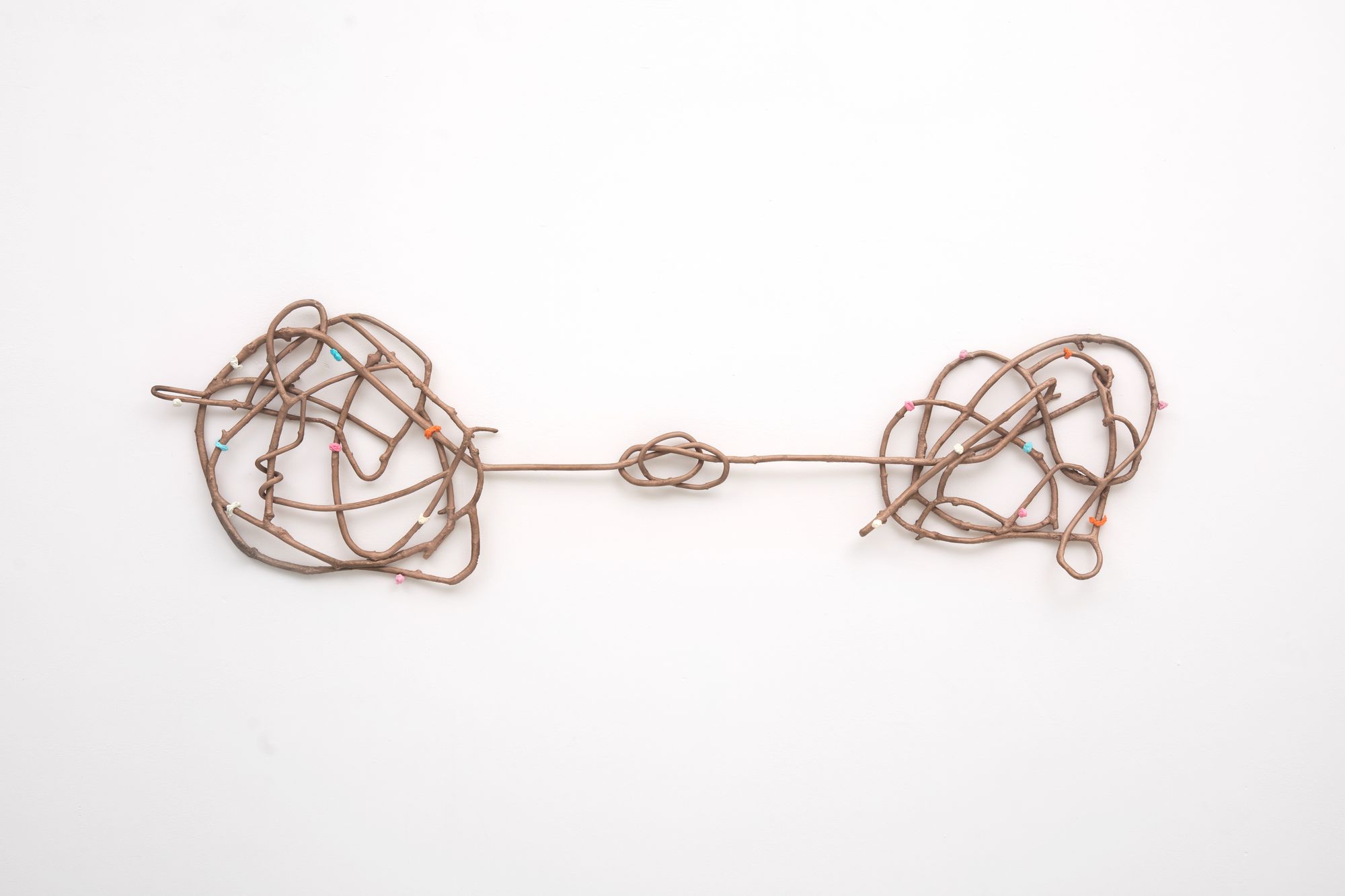 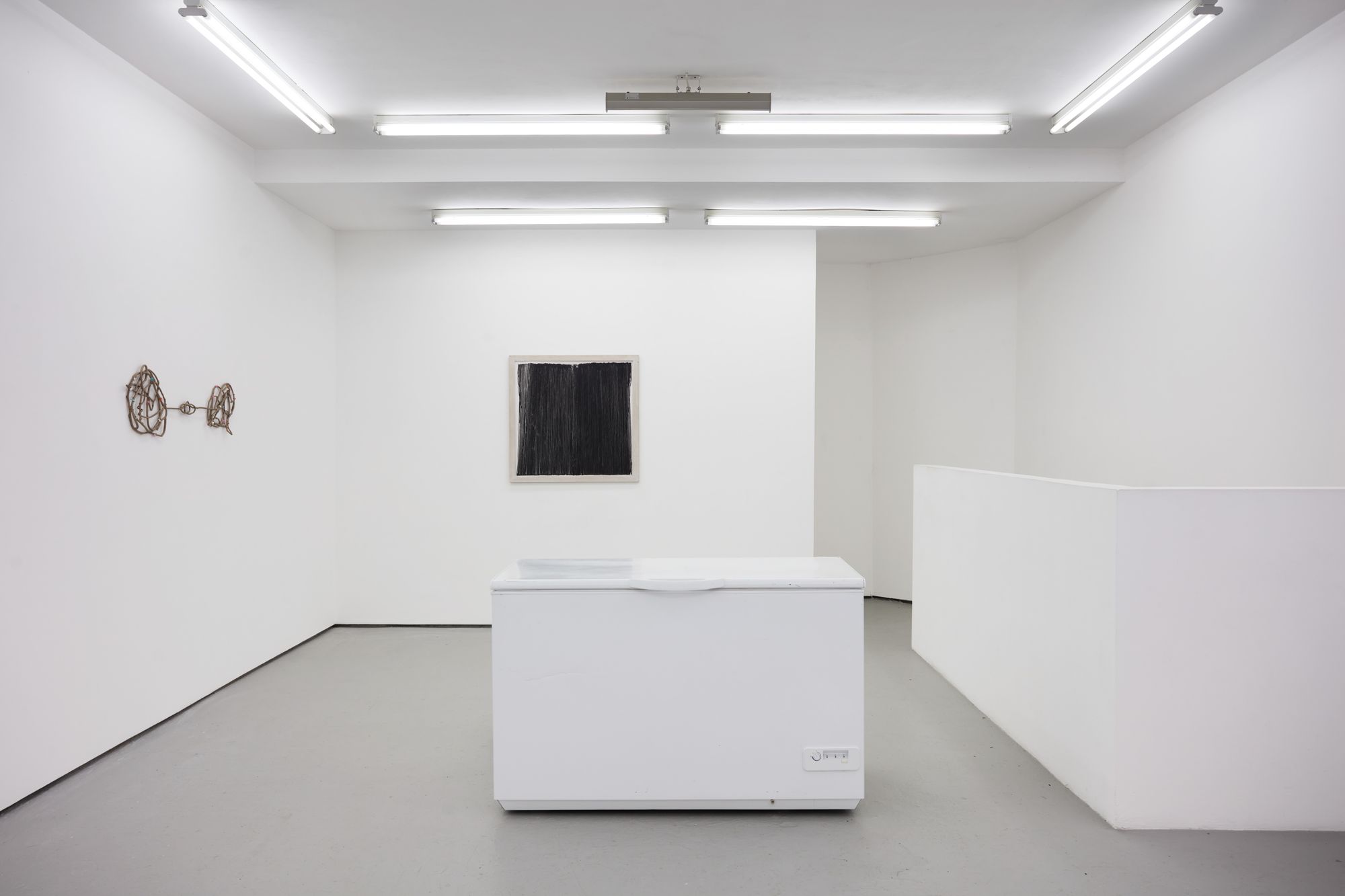  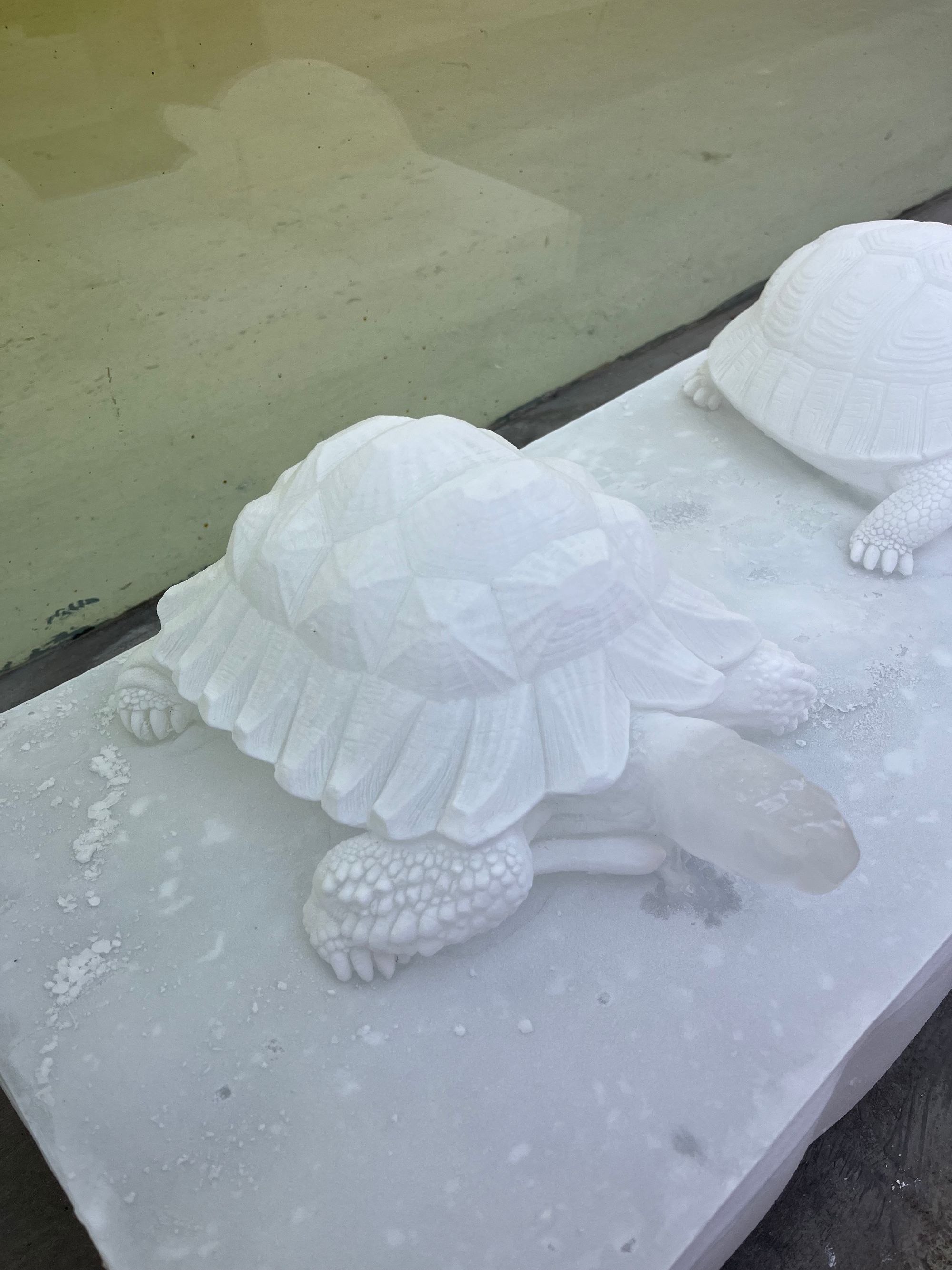  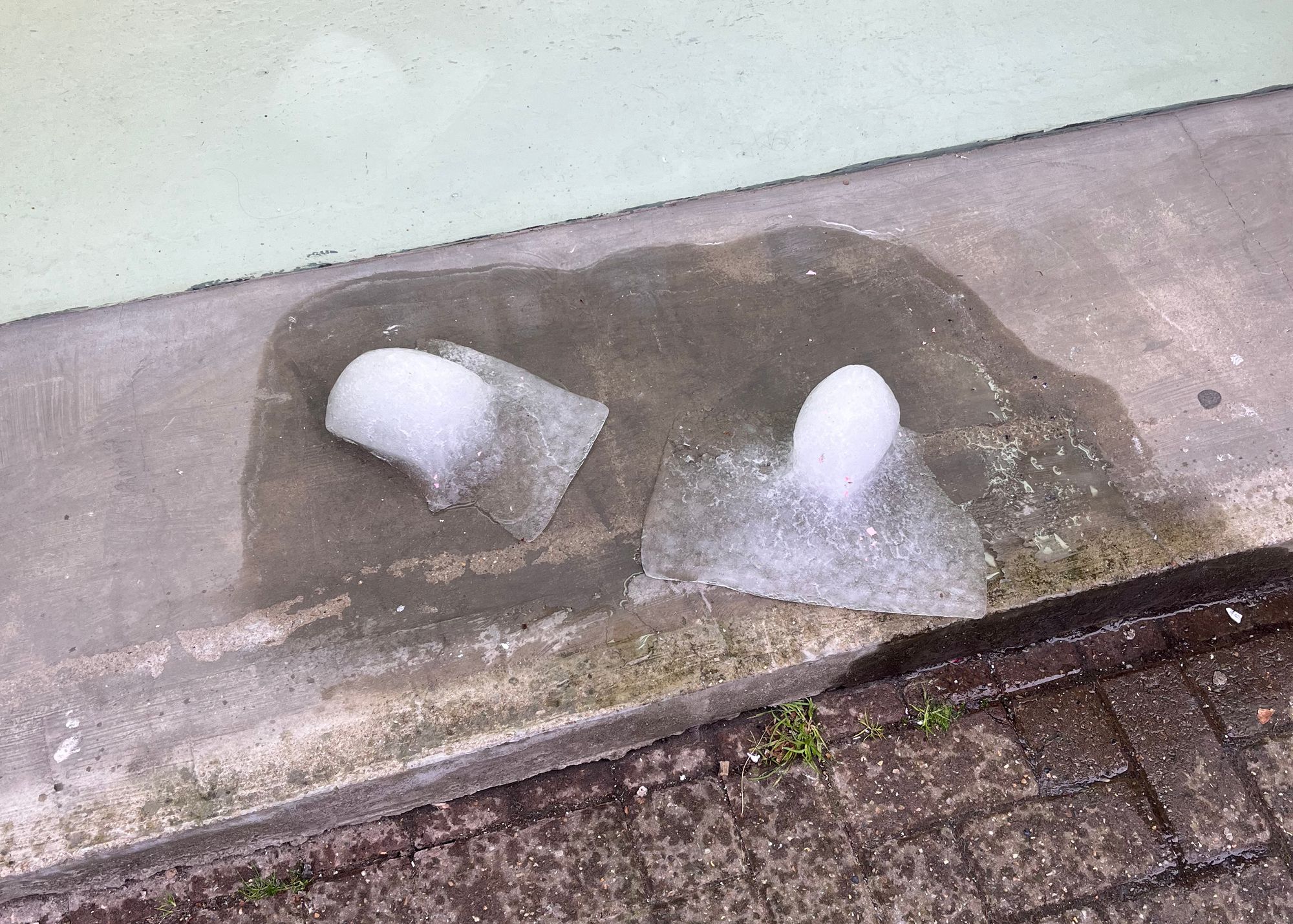 |
Je suis la chaise Chantal Crousel 2023 | 1/2 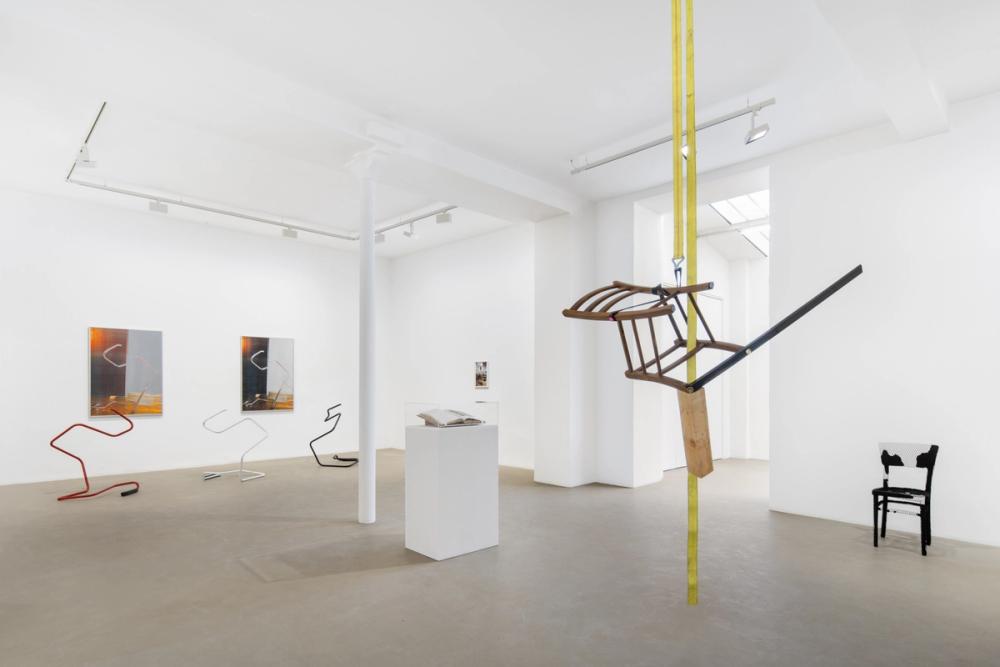 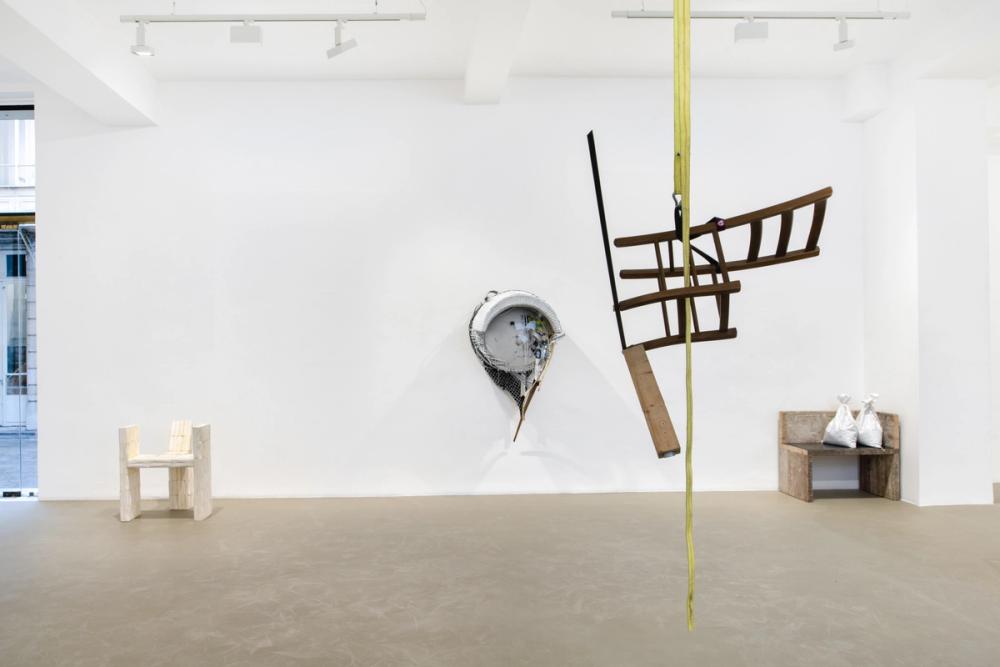 Description✕ The exhibition Je suis la chaise—borrowing the title of Michael Krebber's eponymous exhibition at Galerie Chantal Crousel in 2007—explores the different symbols and interpretations given to this generic and daily used object. The chair is seen here by various artists as a shape to be deconstructed or reconstructed, as an extension of the human body or even as a social allegory. The chair has since its origin in ancient Egypt for main function to symbolize the rank and power of its occupant and owner. This symbolic origin is contained in the very etymology of the French word dating from the 13th century—chaiere—which means chair, seat, throne. A chair is an incarnate object: empty it marks absence, but when used it becomes one with the body it supports. It is also an invitation to stillness, to individual or collective reflection, like a pause in time. This exhibition aims to question the form, the function, as well as the symbolism of the chair, inviting us to reconsider it thanks to the often irreverent or highly symbolic take on of the artists. Installation view 2023 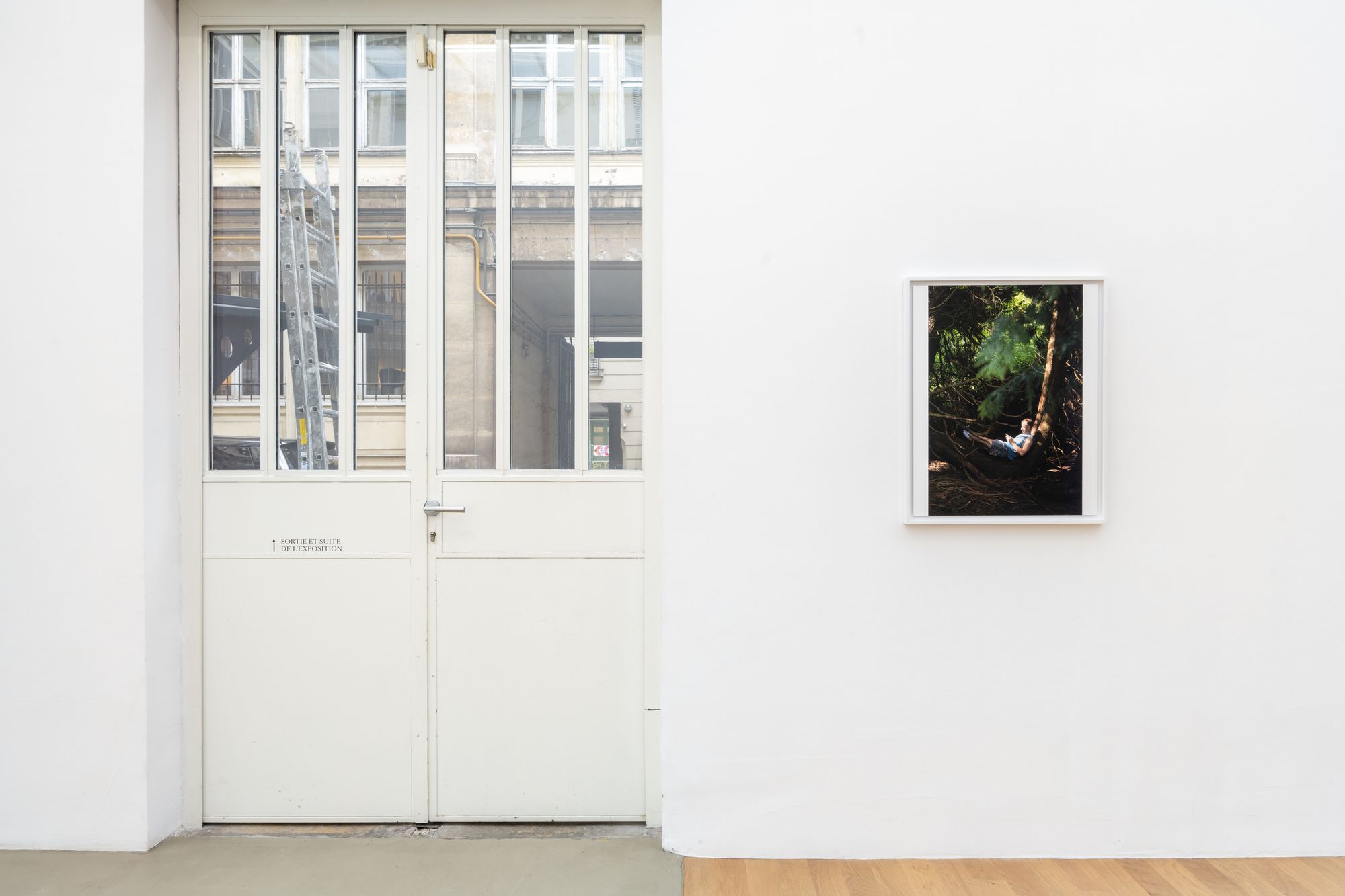 Installation view 2023  Installation view 2023  All the trees in the world will fall sooner or later Bronze 2022 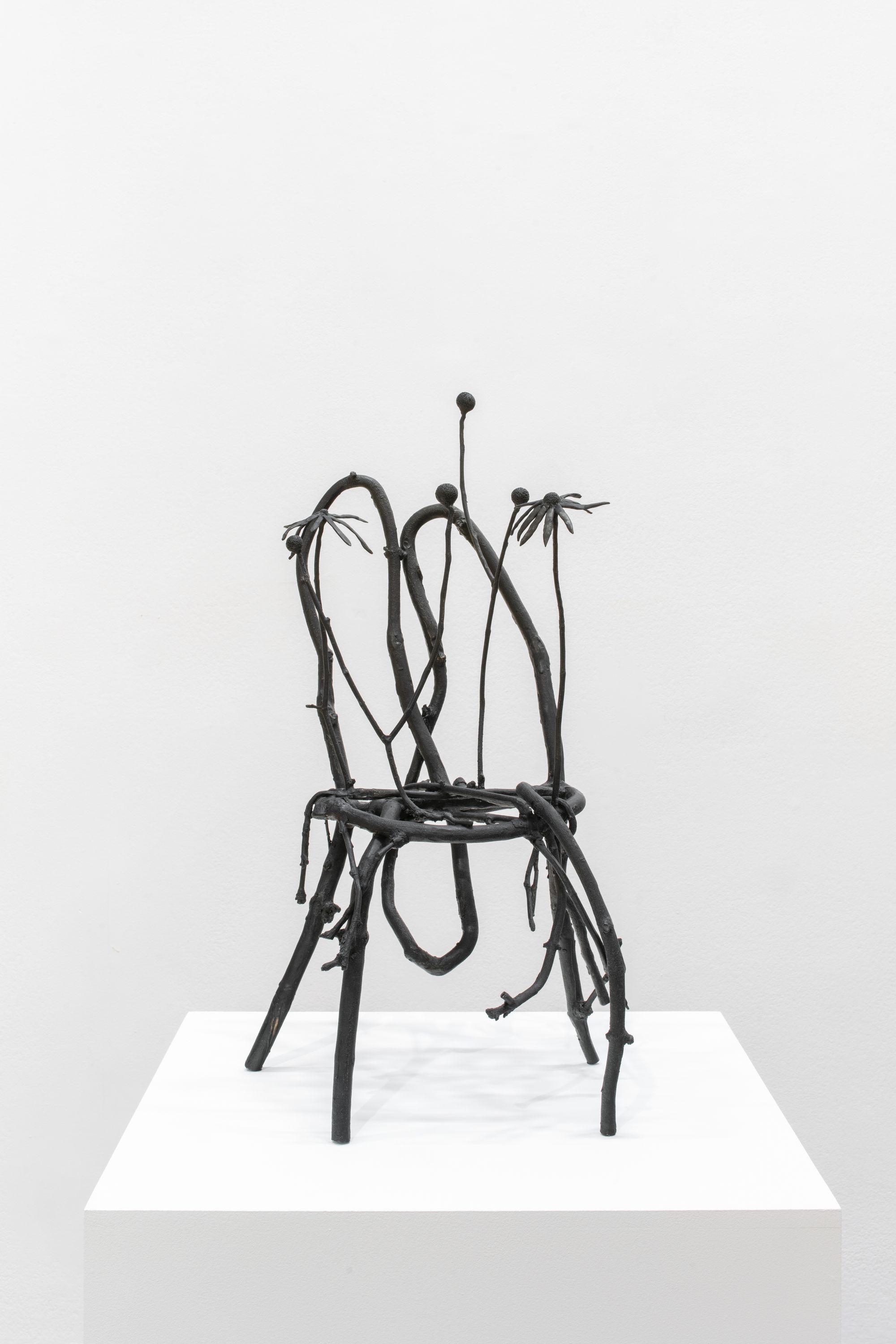 Installation view 2023 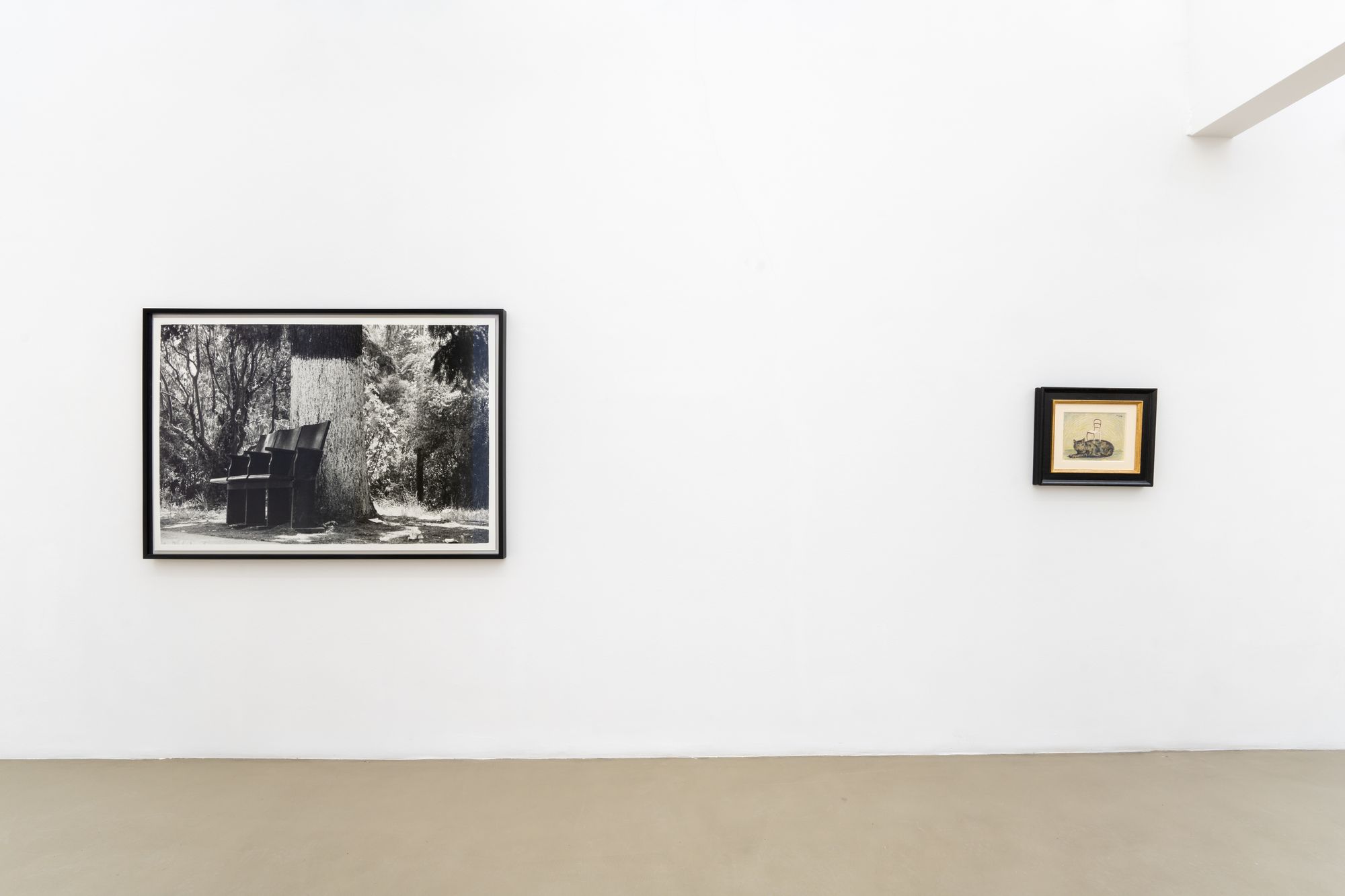 Installation view 2023 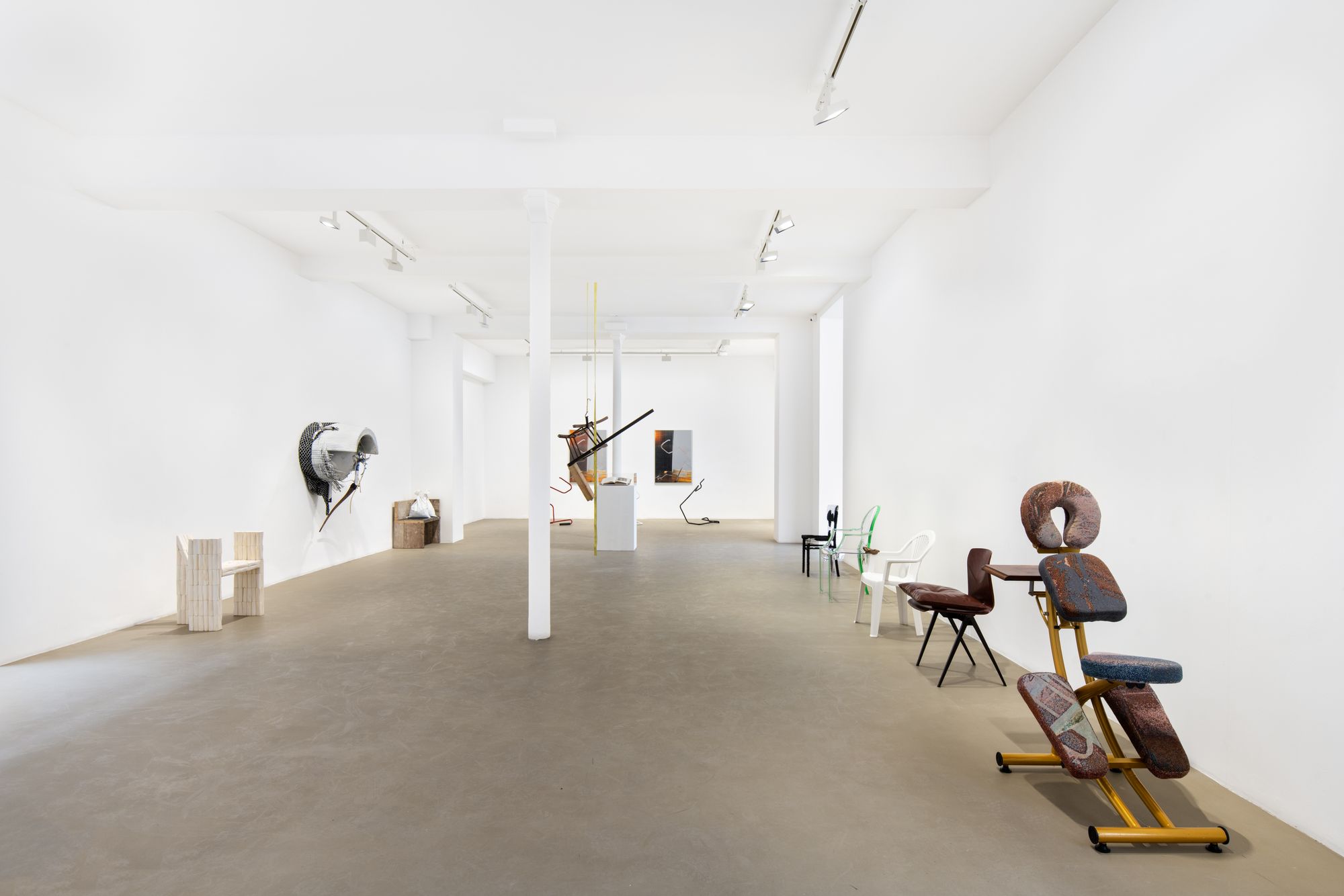 |
Civil Twilight Ginny on Frederick 2022 | 1/1 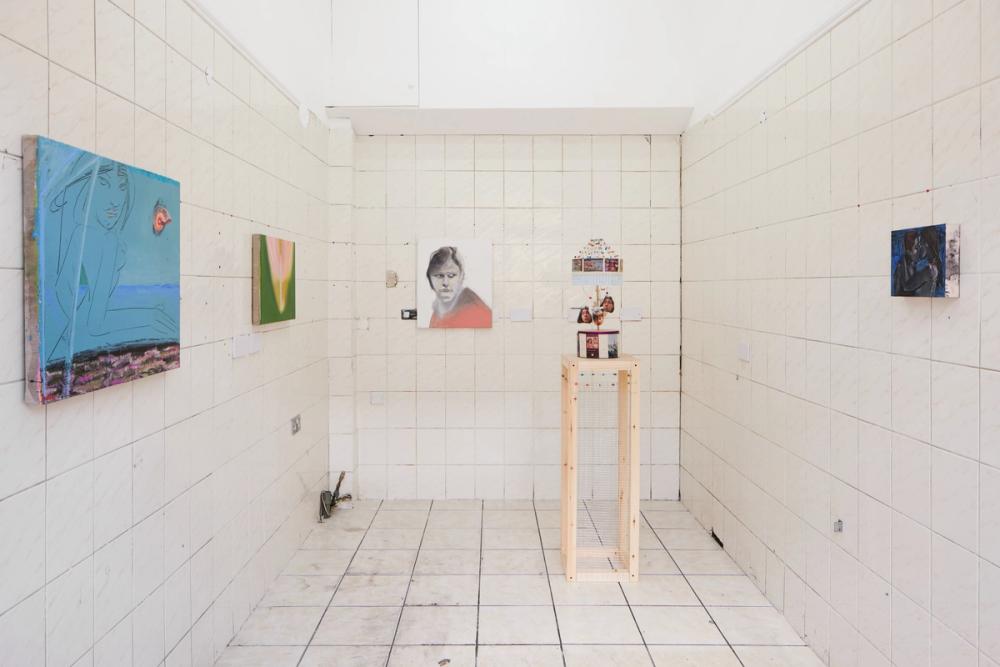 Description✕ Civil Twilight occurs just after sunset and the moment when the geometric centre of the sun is at 6 degrees below the horizon. Caught before the beginning of day and beginning of night, twilight beckons the end. A bewitching intermission before the changing worlds. A palette cleanser for the next act. Twilight is the thin edge of the thaumatrope of time, flickering at speed as memory merges the transitions from day to night. In summer; morning light beckons a flight of song, and evening calls on those who invade, leech and crawl through the darkness. Winter dawn brings thaw, slowly tearing at the frost delivered by night, dusk brings time for cold to once again take hold. Twilight offers an Civil Twilight is the stage curtains for day, still keeping the dreams of night alive. Night offers few answers, and it's mystery compels. Day offers opportunity, to those willing to engage with its tribulations. In the heavens above, Civil Twilight offers daylight a glimpse at theatrics. The fade in and eventual out signalling its presence. Daylight offers calm and new beginning. Night consumes the world stage, emotions are amplified. Night needs no introduction and dusk as it's opening With Guendalina Cerruti, Sam Cottington, Evangeline Ling, Gal Schindler, Mary Stephenson and Michelle Uckotter Foraged Sunrise (07:36 22/10/22), Sunset (15:59 25/11/22) and Asteroids Steel, aluminium, enamel, paint, epoxy putty, epoxy resin 60×42×12cm 2022 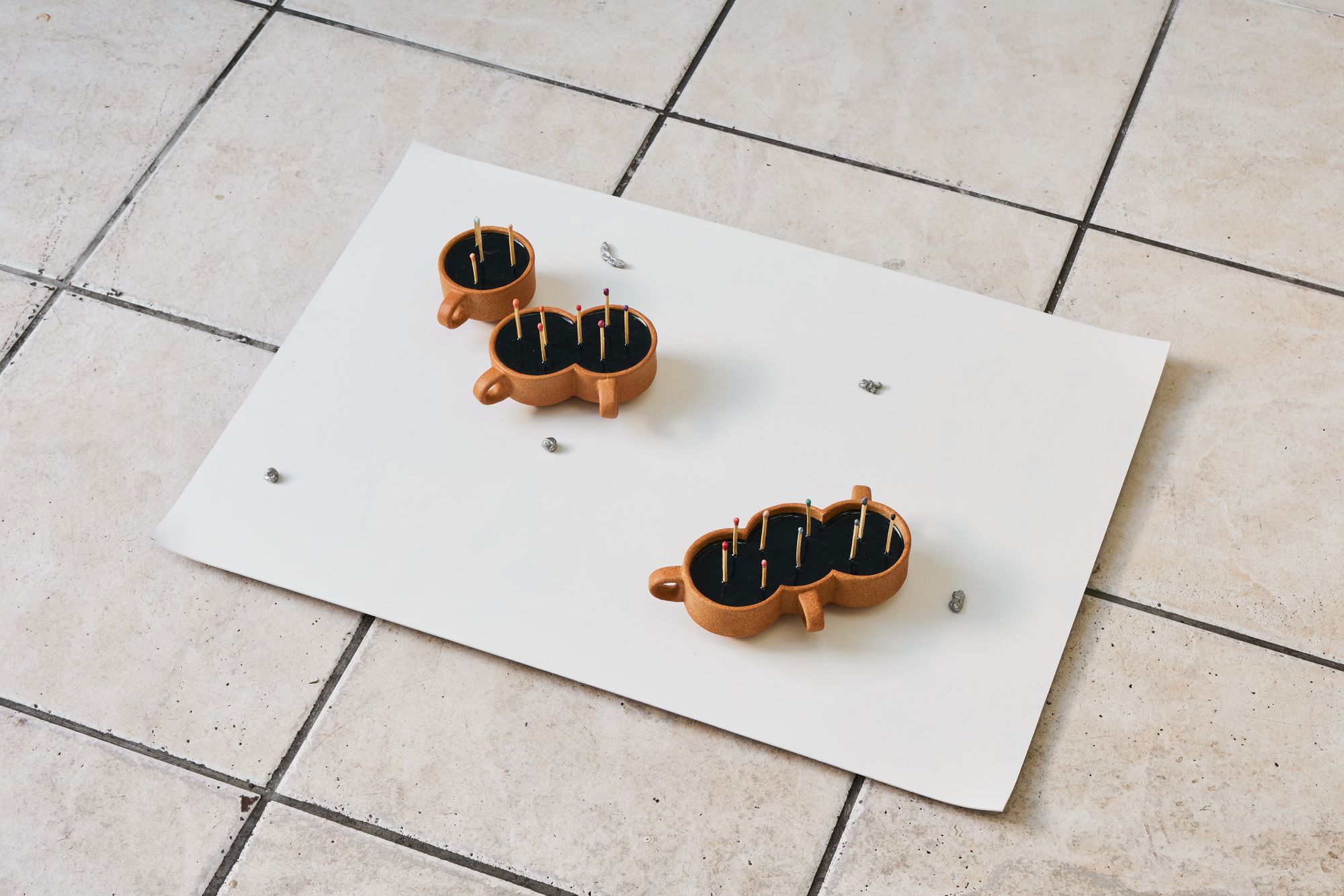 Detail Steel, aluminium, enamel, paint, epoxy putty, epoxy resin 60×42×12cm 2022 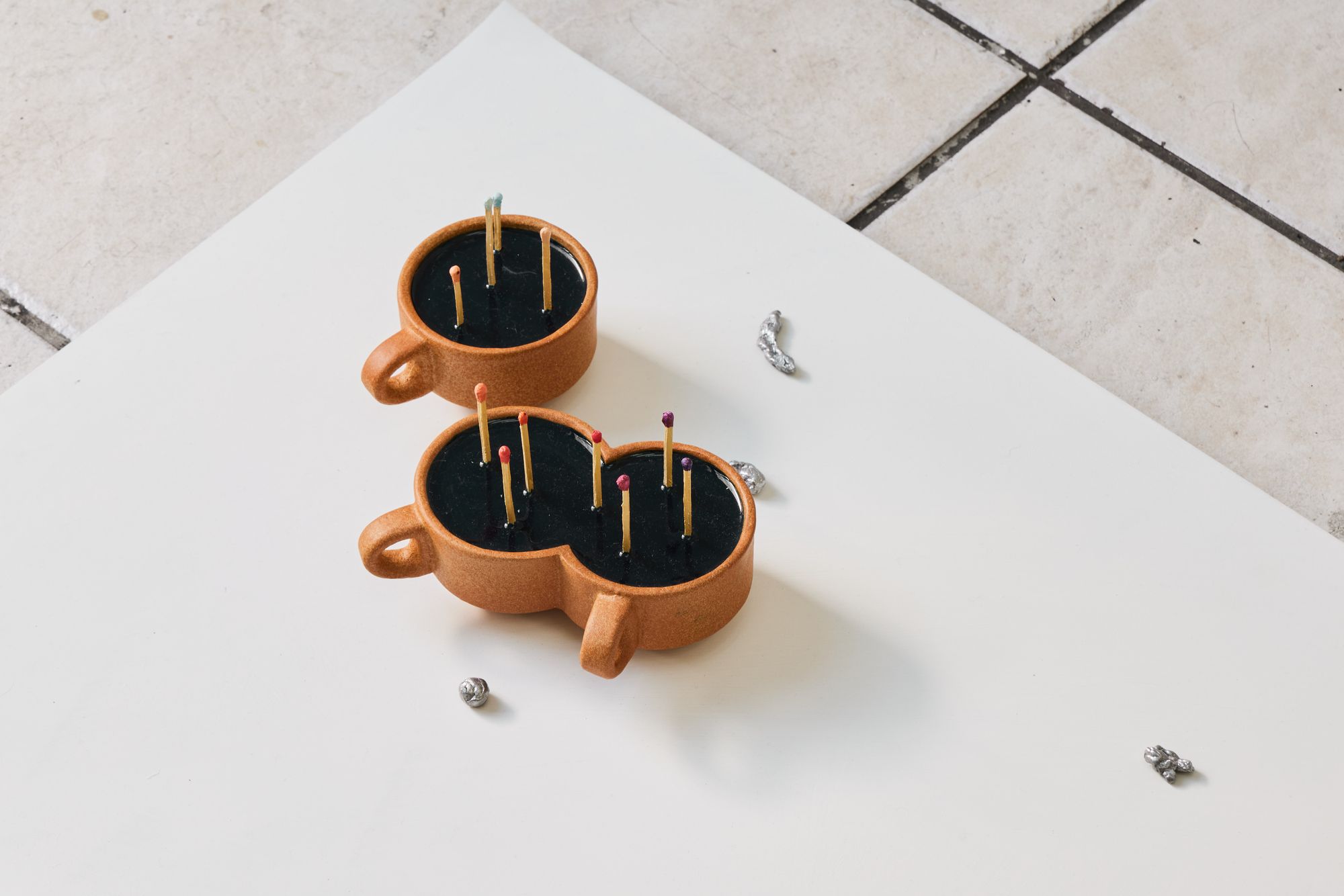 Detail Steel, aluminium, enamel, paint, epoxy putty, epoxy resin 60×42×12cm 2022 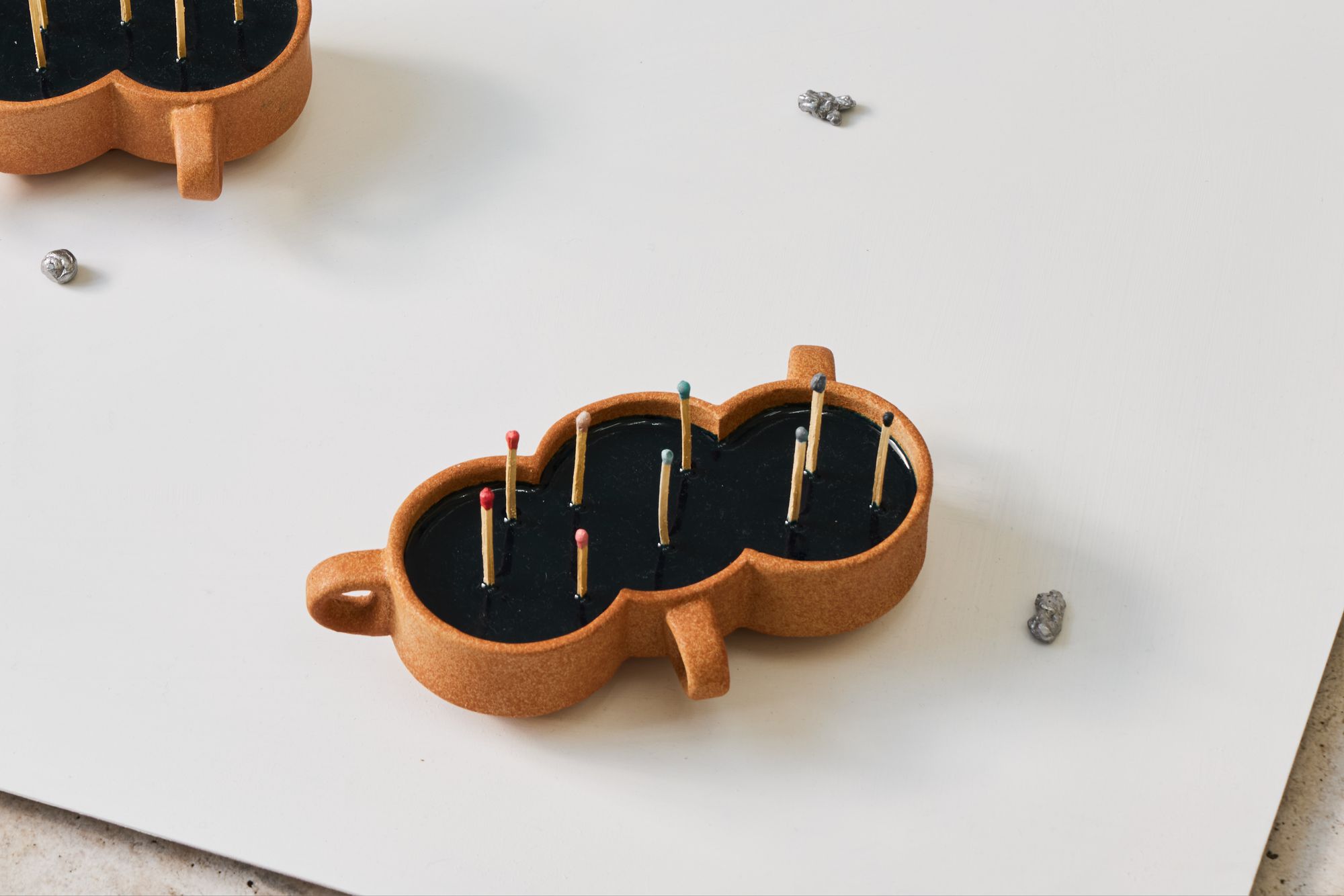 Installation view 2022 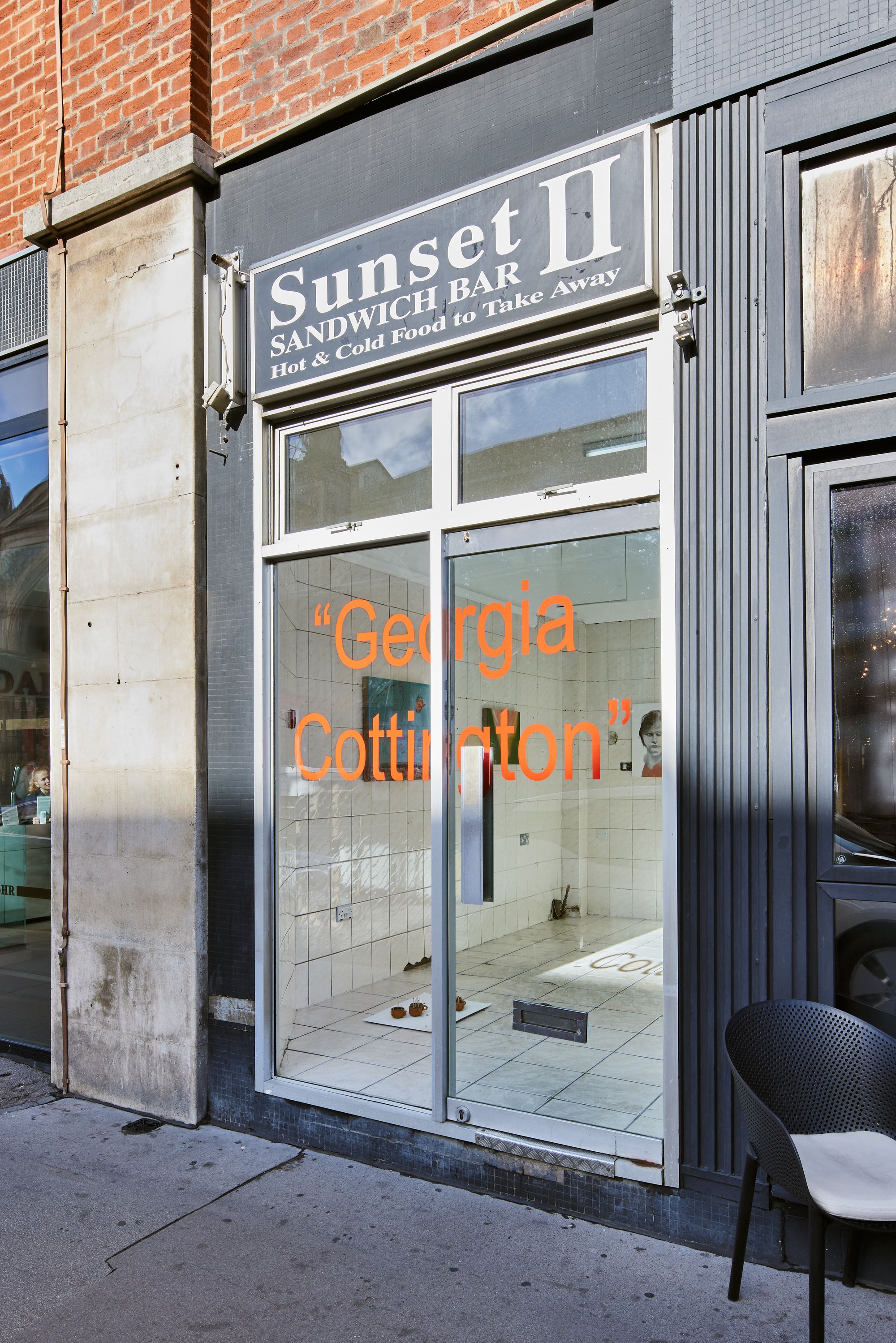 |
If things were different Galería Mascota 2022 | 1/1 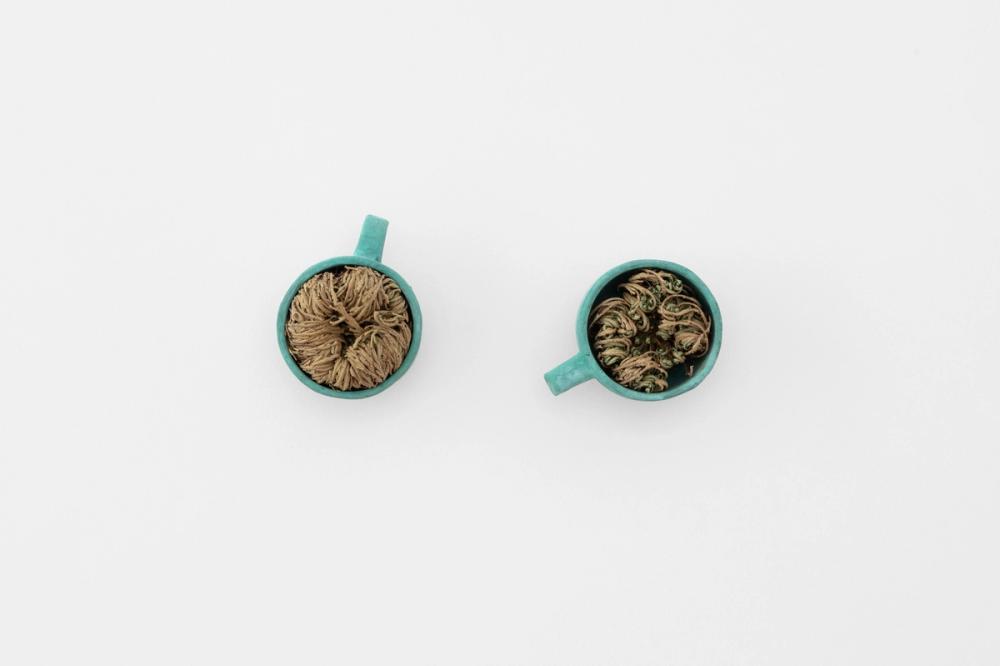 Description✕ 13.17 Hey, can I ask you something? 13.17 … 13.19 How do you spell IF? 13.20 You start with I and work your way to F, slowly. 13.26 Ugh! I haven’t got the patience for that 13.26 pa·tient /ˈpāSHənt/ Learn to pronounce noun plural noun: patients 1. a person receiving or registered to receive medical treatment. 13.29 My legs are tired. I want to be a patient. I want to be carried. I want to be cared for. I’ve got too much baggage 13.31 Our baggage is our strength, don’t forget that 13.34 It’s hard work being so solid, being around for so long 13.36 Moving rocks witnessing seismic waves. Liquid molten metal becoming form. In time 13.57 Close inspection makes me dizzy. I’m already lowest of the low, at ground level. Are you really ready to risk the fate of the centipede, who, when asked exactly how he crawled, shot himself? 14.26 Chiiiiillll. There’s no rush 14.32 Ok ok, so we just keep on crawling slowly slowly. N o r u s h 14.36 Yes, no rush. We’ve been on this rock, floating on shifting tectonic plates, hurtling at 66,000 mph around the sun, for as many years as a generation of centipedes have legs 14.39 How long is that? 14.39 A long time 14.40 How long? 14.42 Remember your late father Eunotosaurus Africanus? 14.42 I try not to. 14.45 Well, Eunotosaurus wasn’t to know this of course, but he was to become the ancestor of all tortoises, sea turtles and terrapins. 55 million years ago. 14.46 So he’s to blame 14.50 … Easy. What’s that Larkin poem? 14.56 They fuck you up, your mum and dad. They may not mean to, but they do. They fill you with the faults they had. And add some extra, just for you. 14.58 Yeah but.. …they were fucked up in their turn. By fools in old-style hats and coats… Man hands on misery to man. It deepens like a coastal shelf. 15.00 So even rocks have it bad 15.02 That’s not my point. 15.04 What’s your point? 15.05 It wasn’t Eunotosaurus’s fault, he had a father too, and he had a father too, and he had a father too. The line runs so deep even the roots and rocks feel it. To untangle it all would all be require the creation of a new world 15.06 Right back to The Beginning. 15.08 Yeah. That time when there were snails shifting their way over the earth. On their shells were patterns that were maps of the world in its becoming. Maps and mazes. They were carrying the light 15.12 The light that we carry now 15.13 Exactly 15.13 For the bang 15.14 The fireworks. The splitting of time and the production of sound 15.16 The counter spectacle of things not happening, and then the spectacle of things happening? 15.17 Yes. Right in front of us, out the window, on the ground. From nothing, to everything 15.28 My stomach’s in knots. Installation view 2022 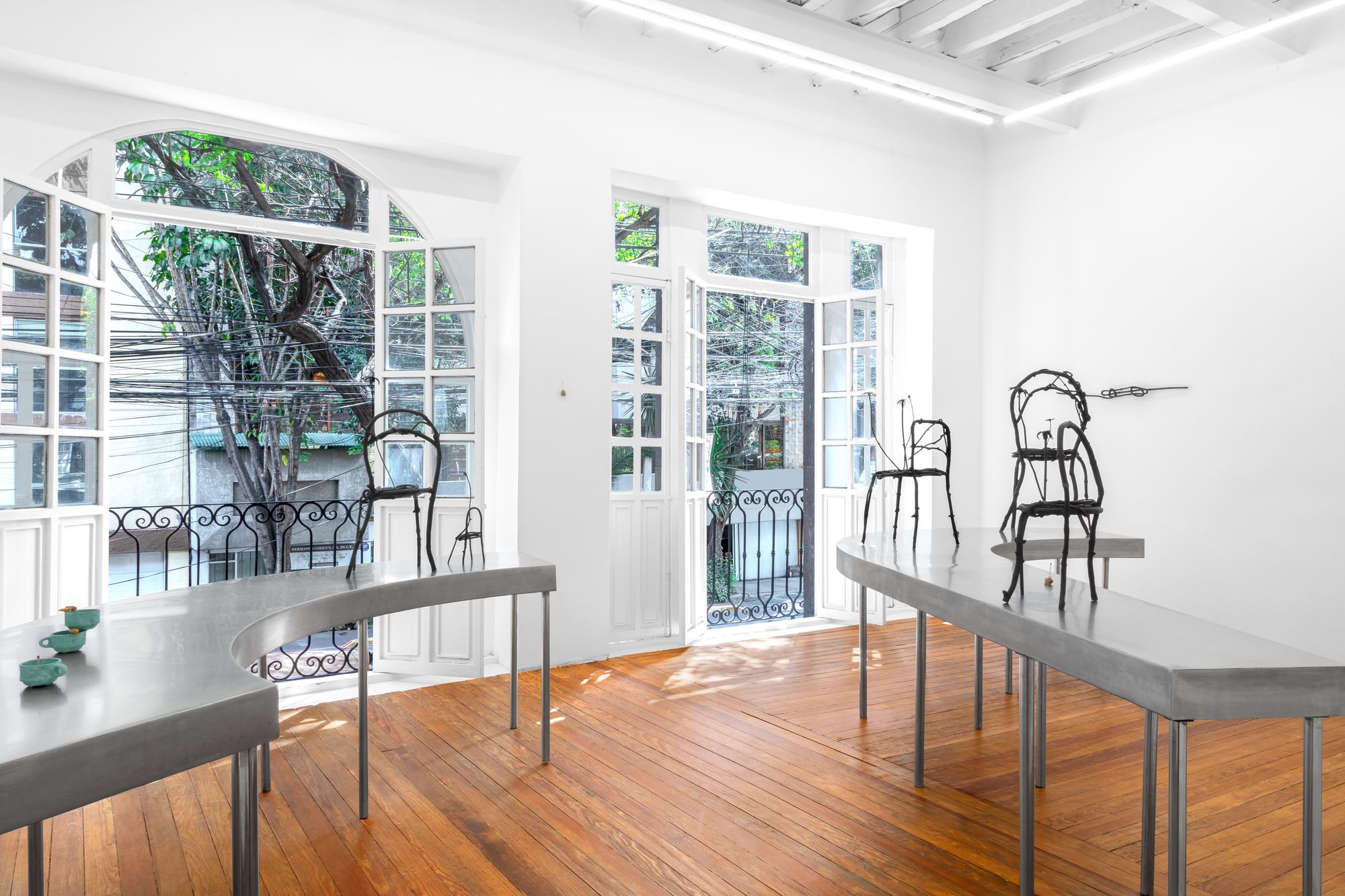 Installation view 2022 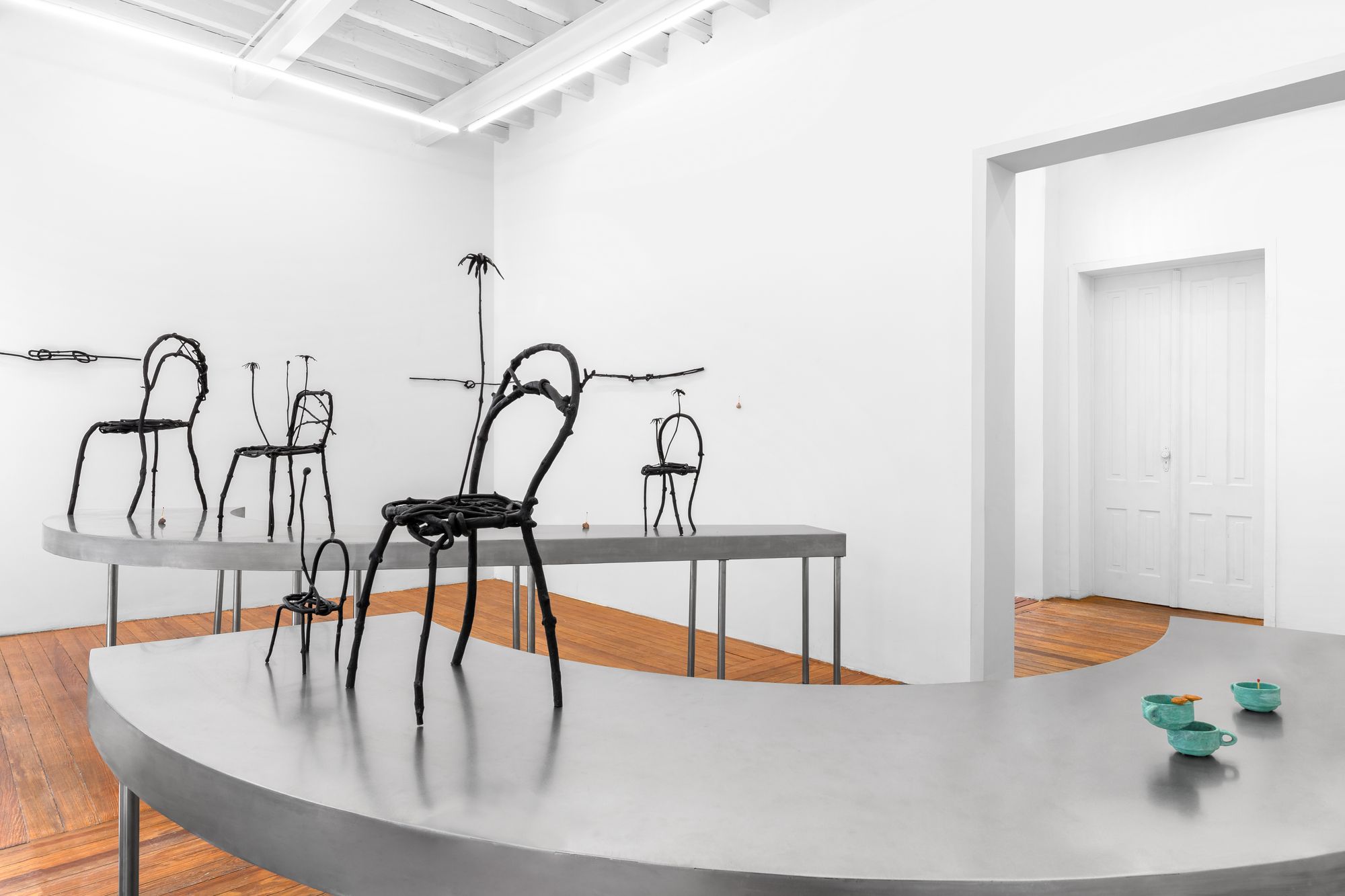 Installation view 2022 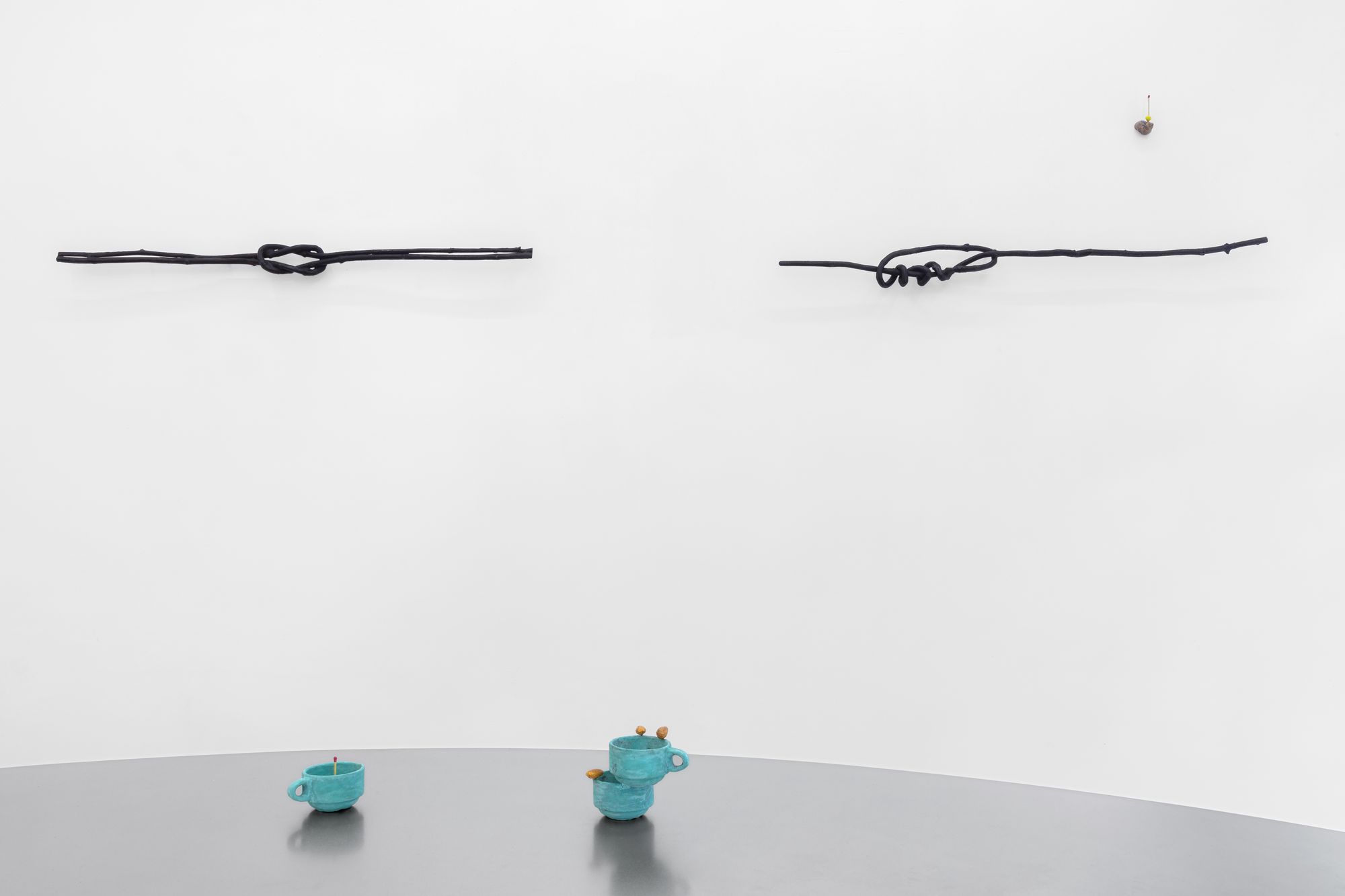 Amygdala at 66,000mph Bronze, resin, paint 15×10×10cm 2022 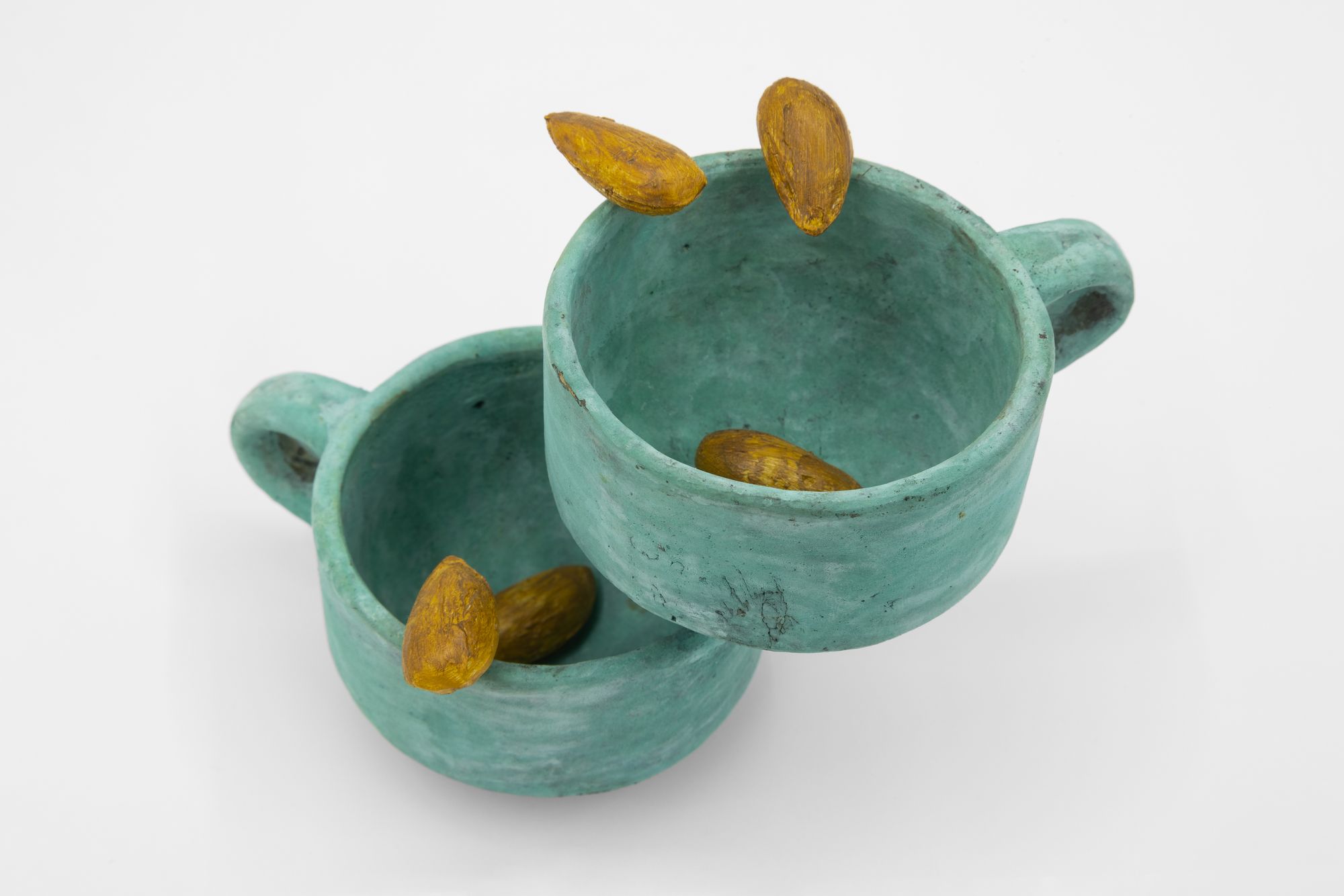 Installation view 2022 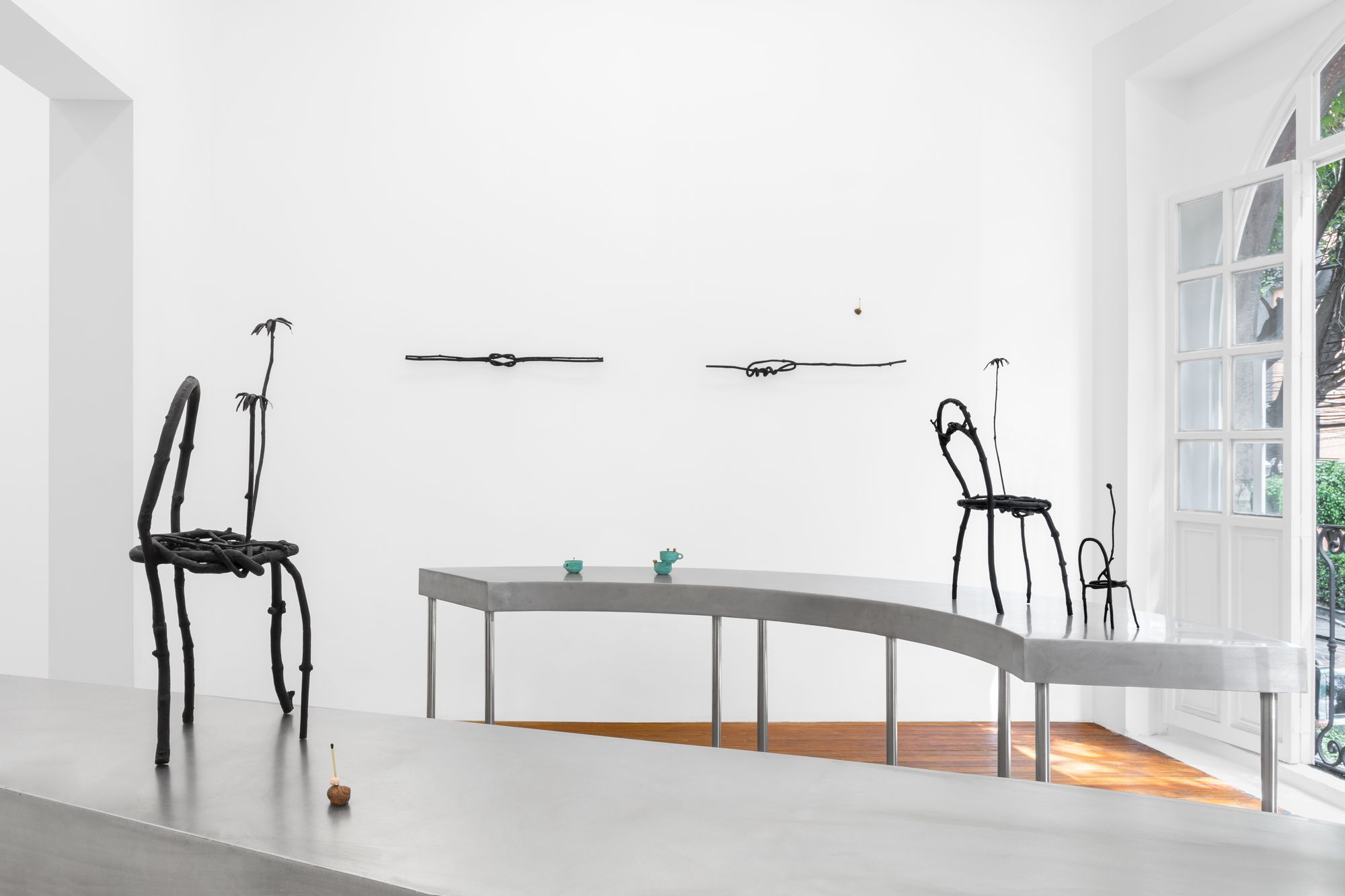 Sheepshanked Aorta Bronze 90×8×8cm 2022 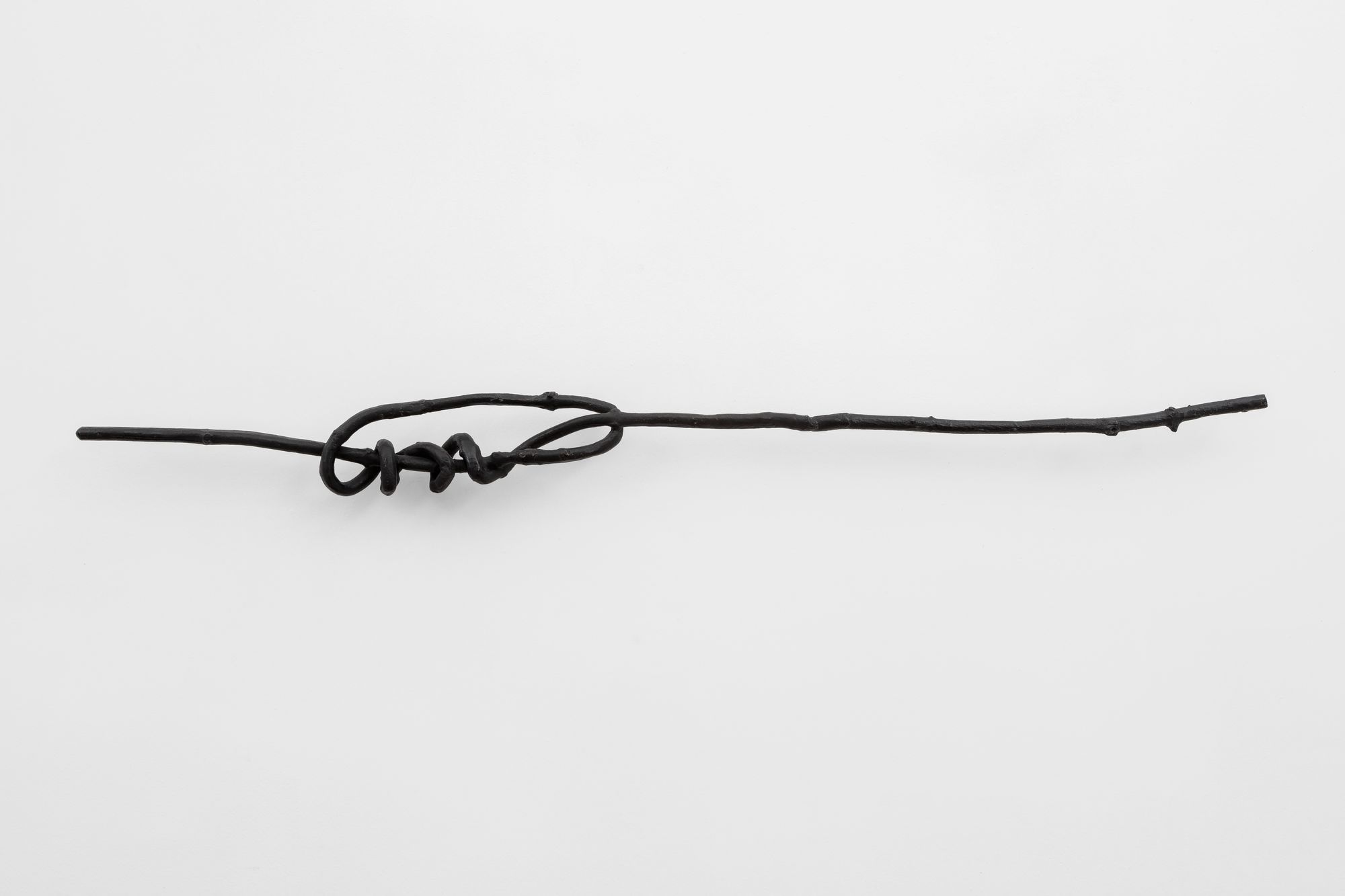 Sheepshanked Aorta (detail) Bronze 90×8×8cm 2022  Figure Eighted Oesophagus Bronze 90×8×8cm 2022 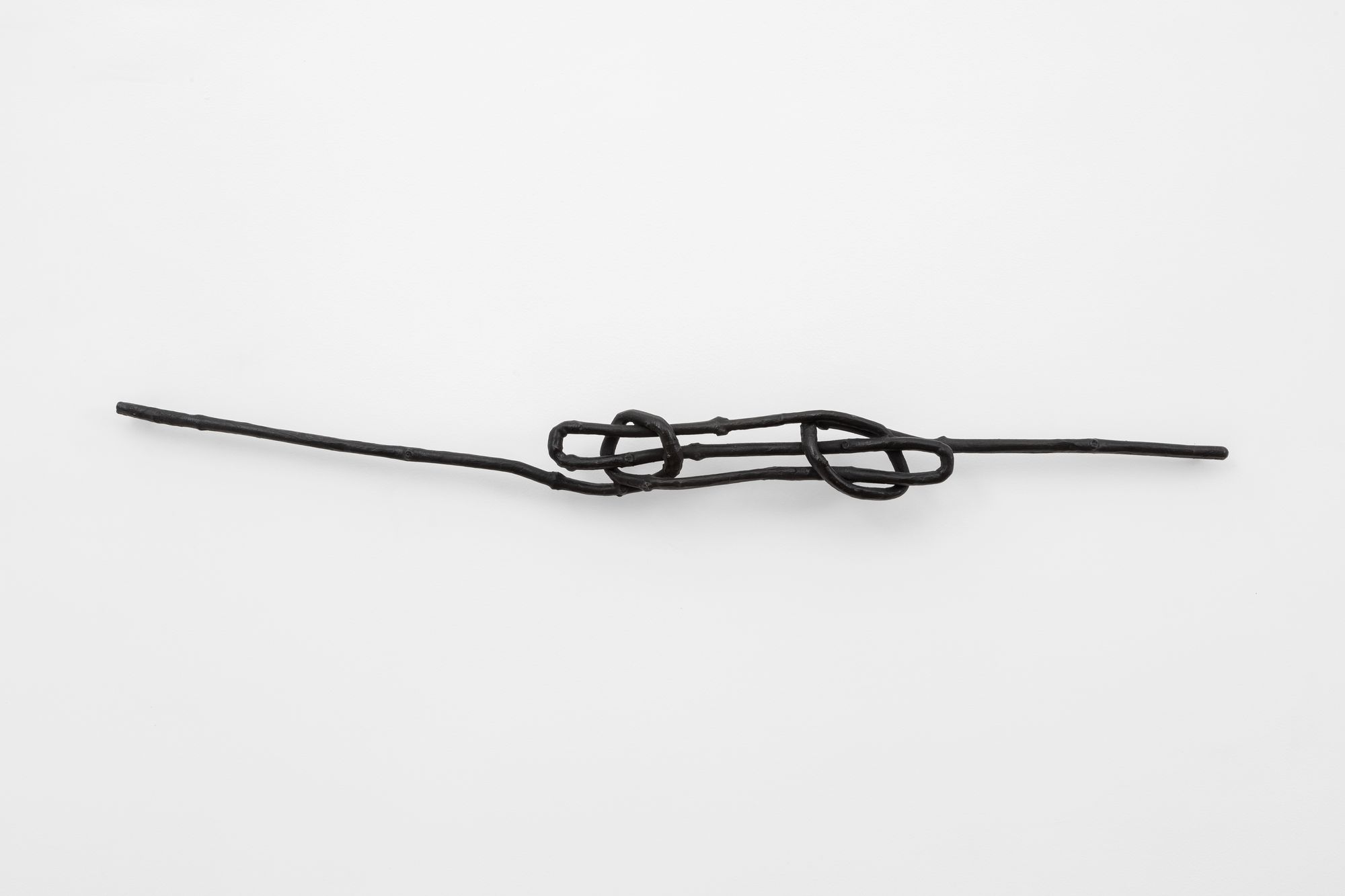 Broad networks Bronze 12×12×35cm 2022  Flowers don’t compete Bronze 50×35×70cm 2022  16:09 (sleeping snail, hubba bubba awesome original, green match) Aluminium, paint 4×4×6cm 2022  Petaled head of flames Bronze 30×30×62cm 2022  Near Earth Objects, and, Rose and Walt 2022 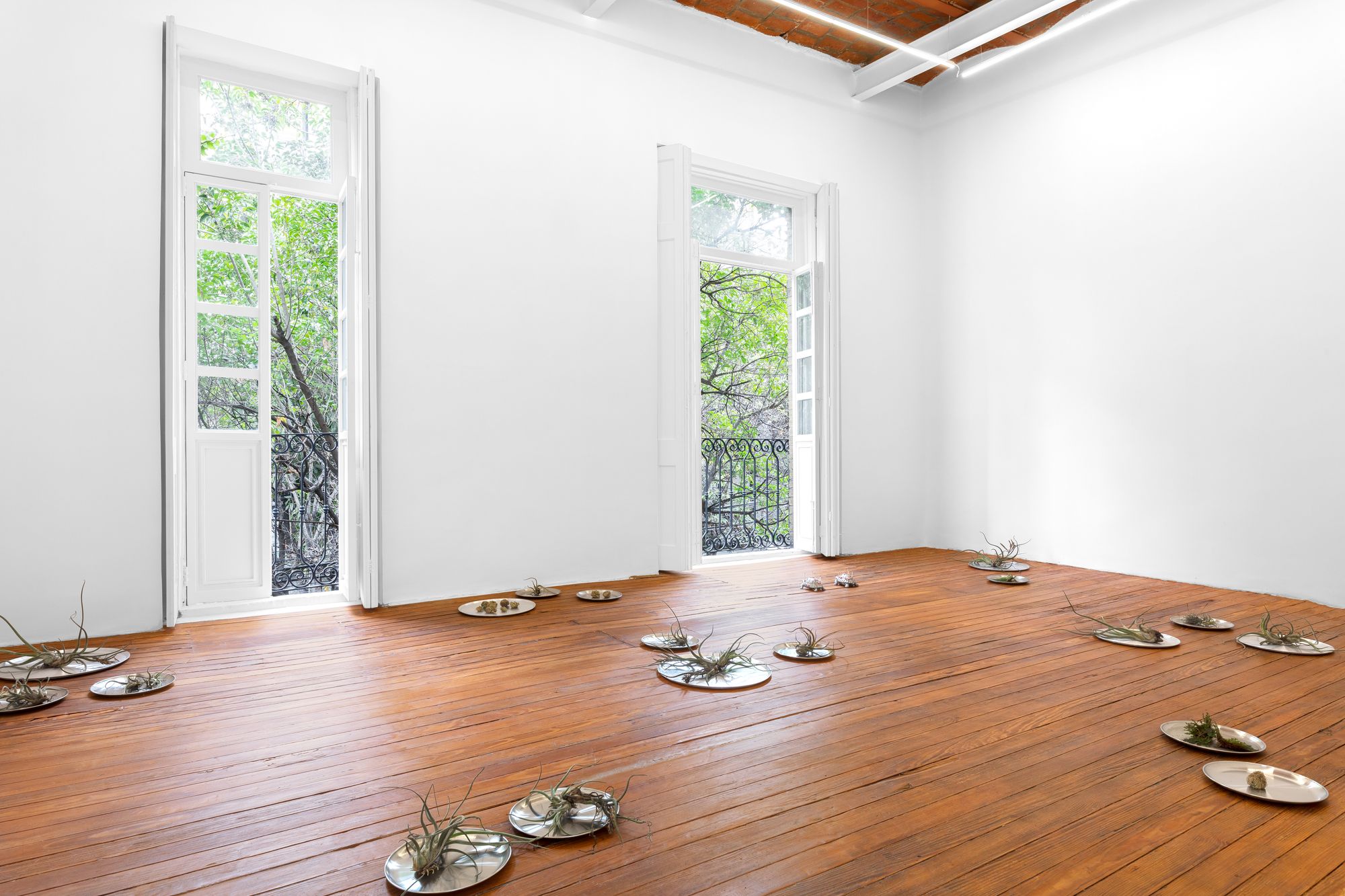 Rose and Walt Stainless steel, bronze, paint Dimensions variable 2022 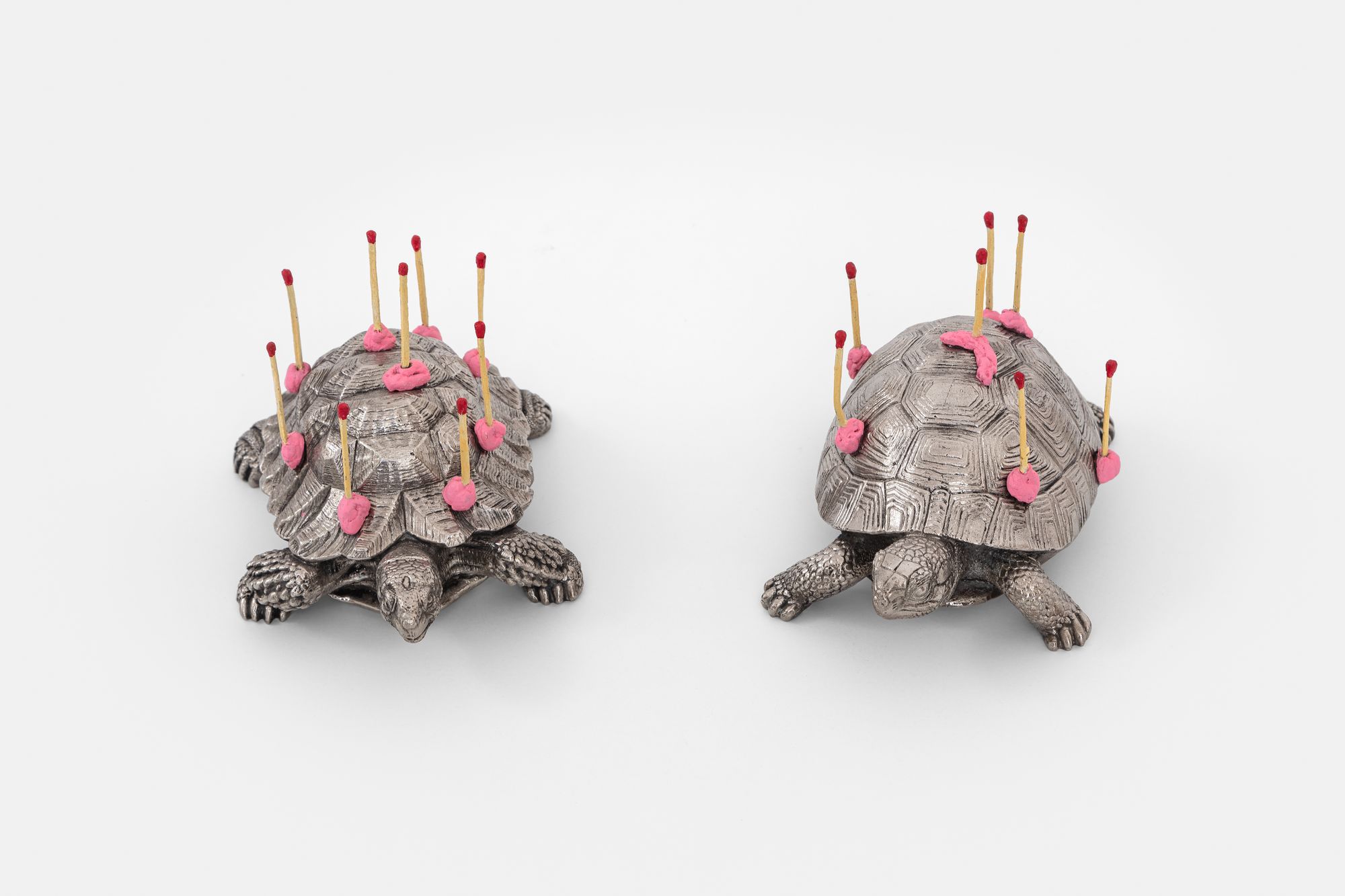 Rose and Walt Stainless steel, bronze, paint Dimensions variable 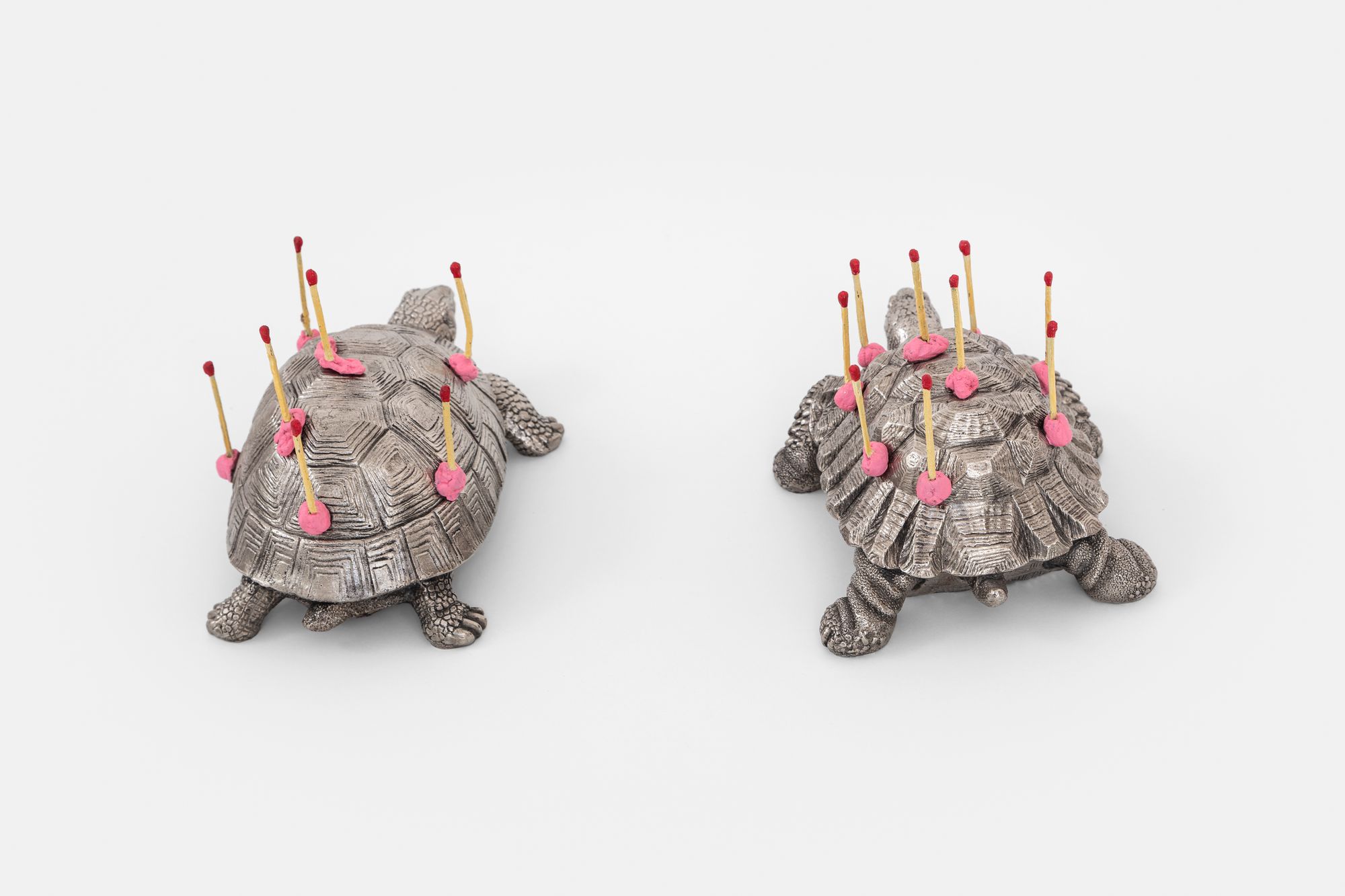 Near Earth Objects, and, Rose and Walt 2022 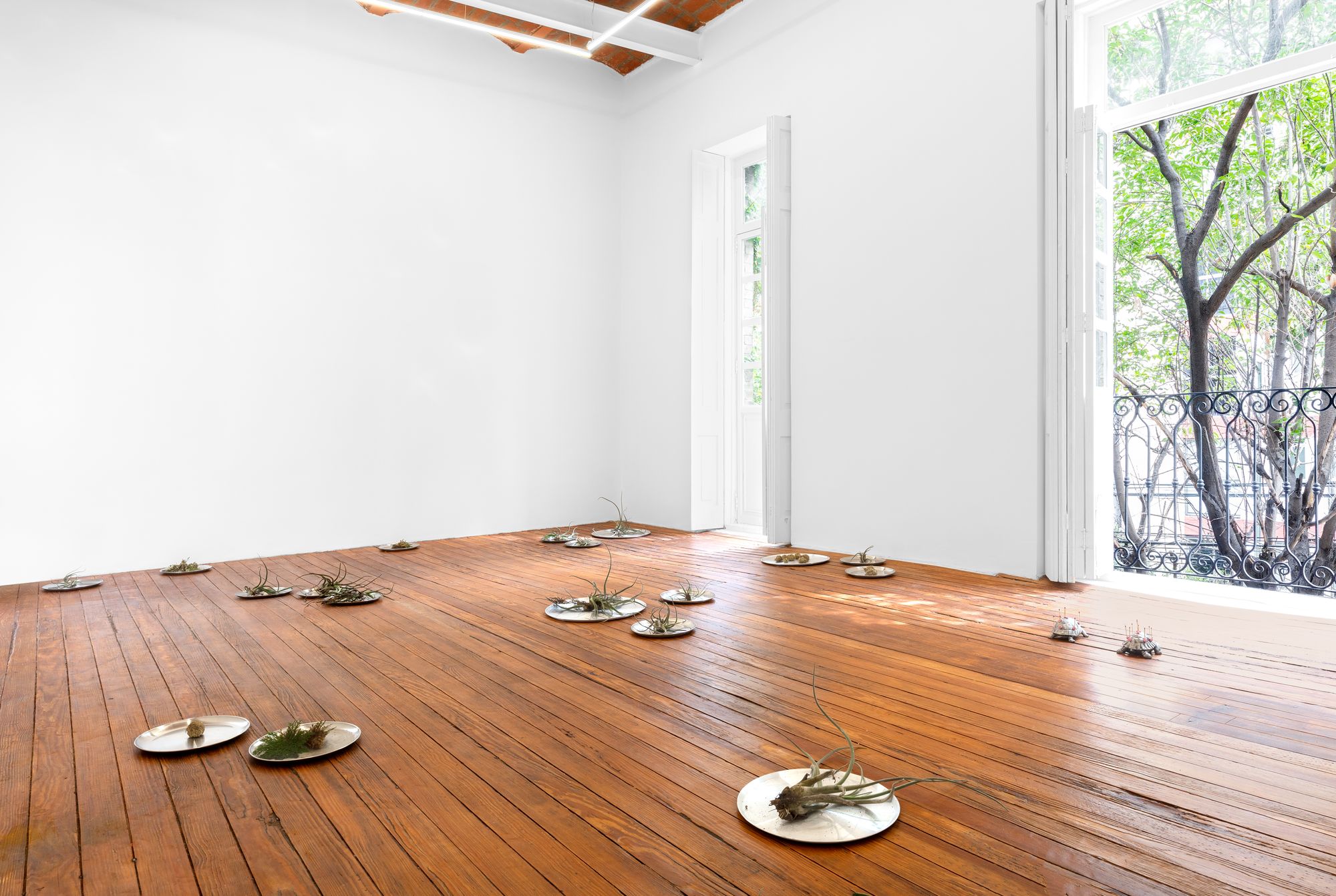 Near Earth Objects Tillandsia, Rose of Jericho, stainless steel plates Dimensions variable 2022 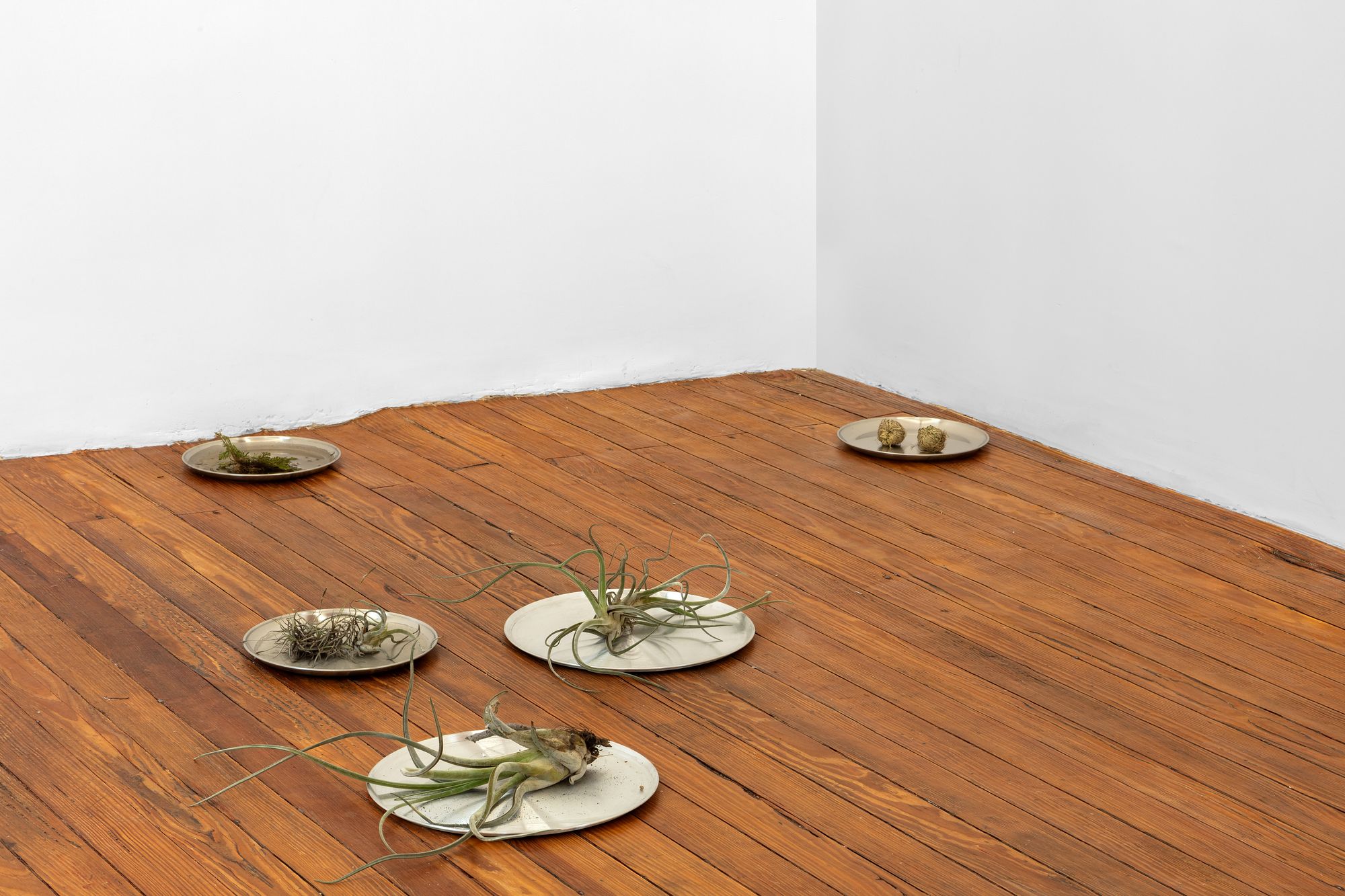 Near Earth Objects Tillandsia, Rose of Jericho, stainless steel plates Dimensions variable 2022  Ashes, and, Borrowed Eyes 2022 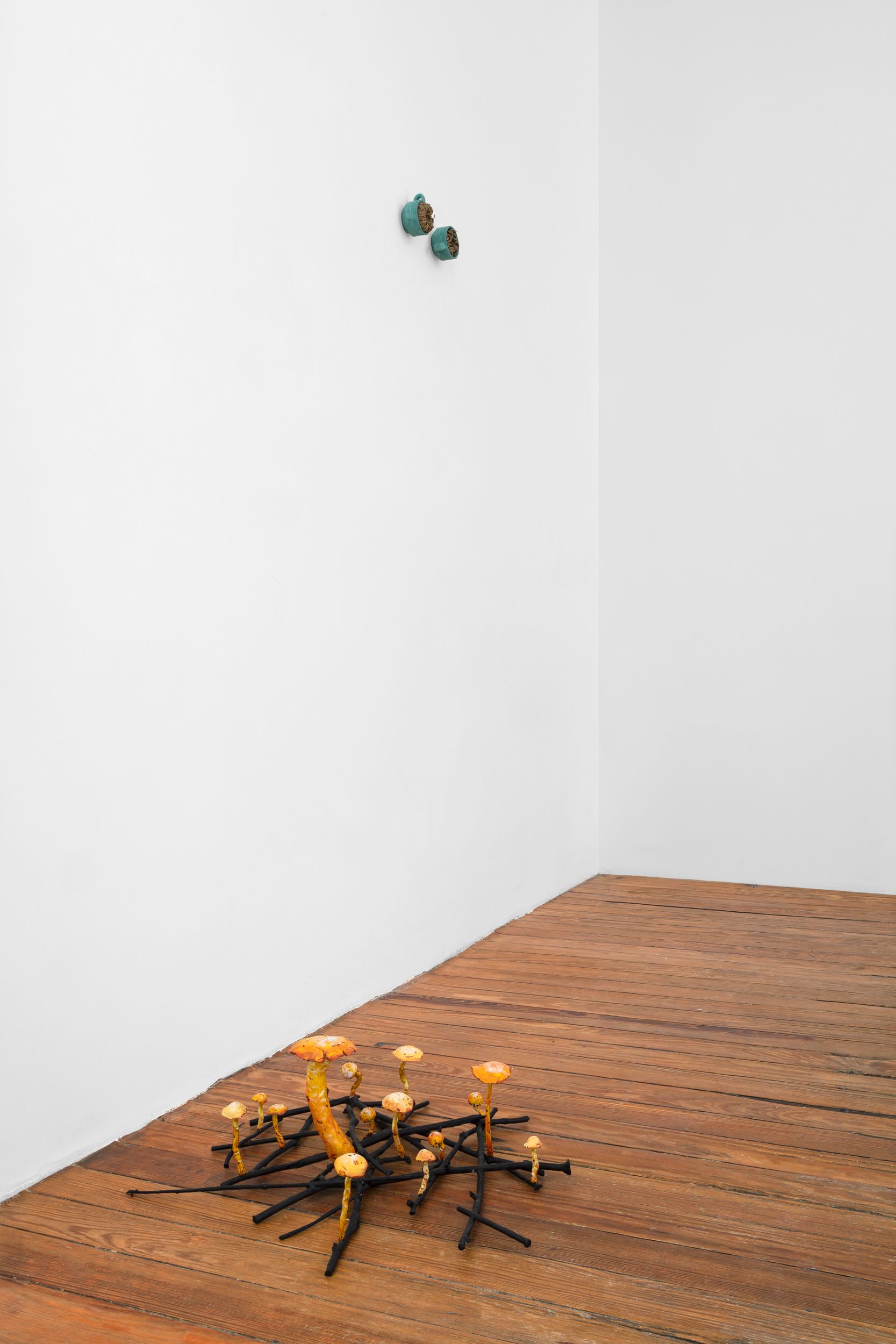 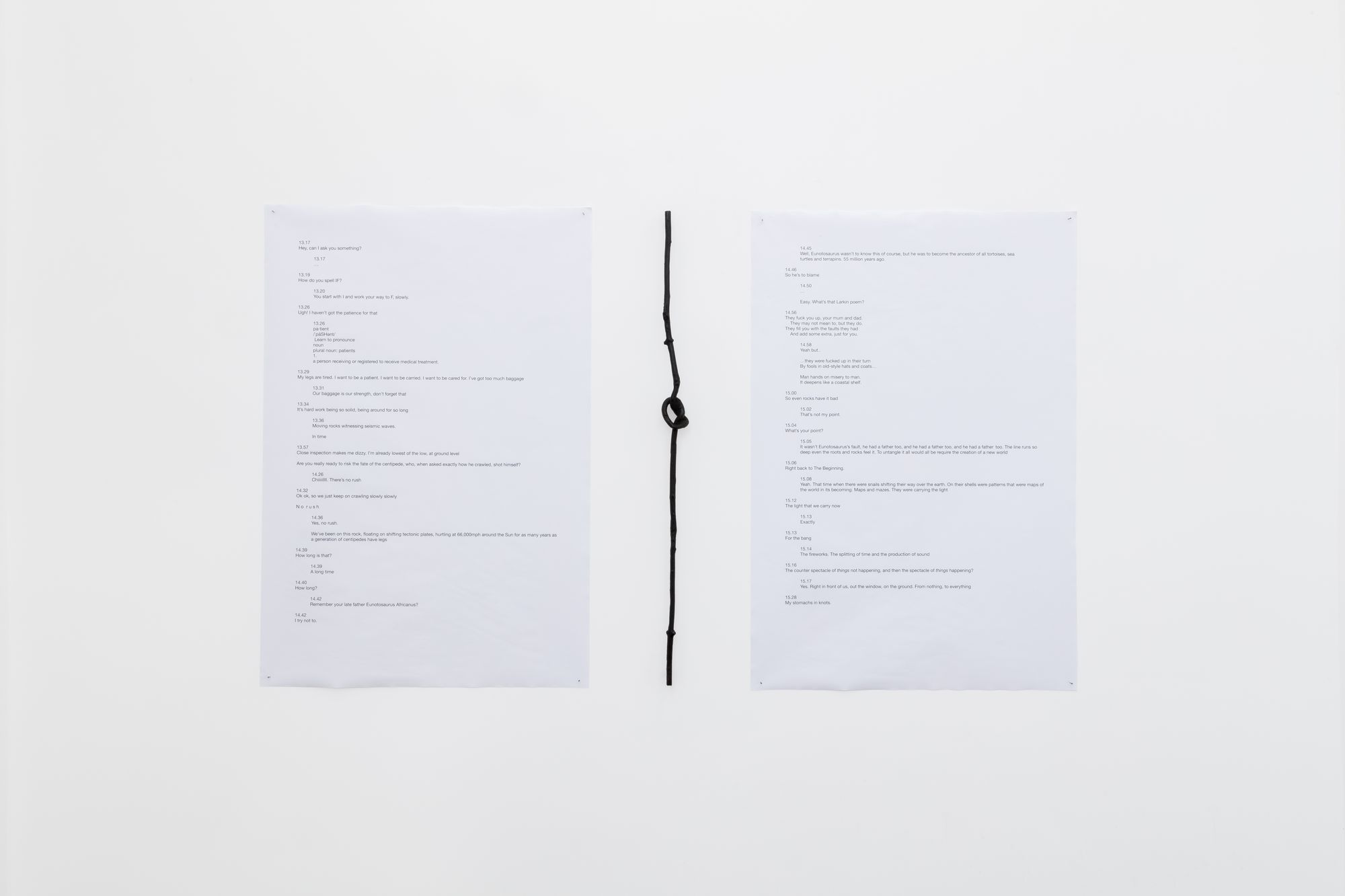 |
Happy Birthday, Dear Speed Quench 2022 | 1/2 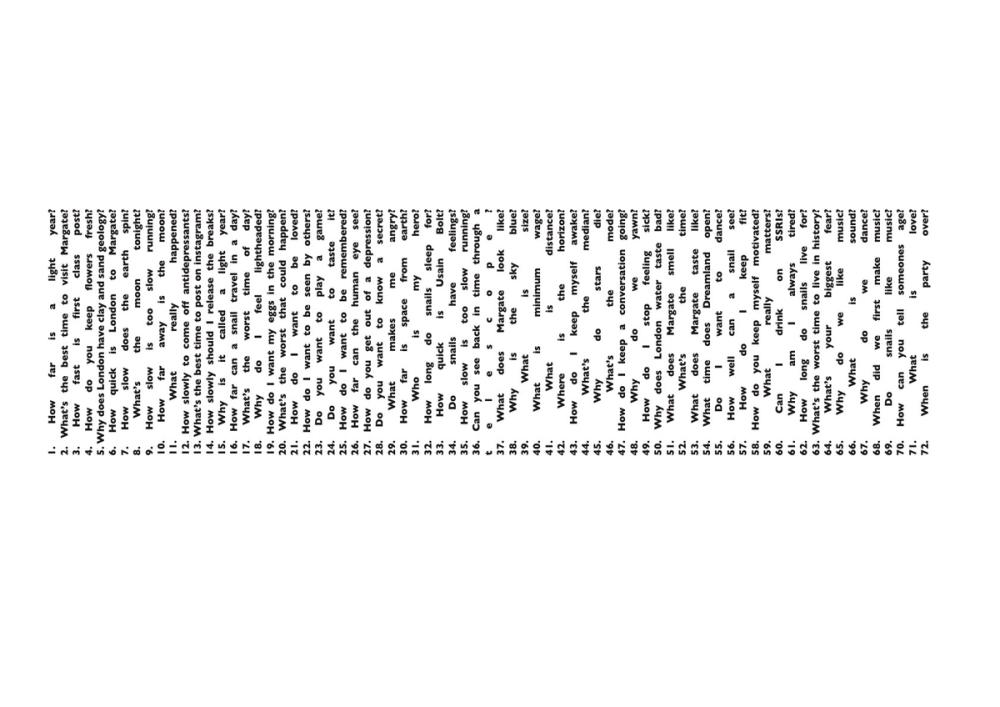  Description✕ 1. How far is a light year? What’s the best time to visit Margate? How fast is first class post? How do you keep flowers fresh? Why does London have clay and sand geology? How quick is London to Margate? How slow does the earth spin? What’s the moon tonight? How slow is too slow running? How far away is the moon? What really happened? How slowly to come off antidepressants? What’s the best time to post on instagram? How slowly should I release the breaks? Why is it called a light year? How far can a snail travel in a day? What’s the worst time of day? Why do I feel lightheaded? How do I want my eggs in the morning? What’s the worst that could happen? How do I want to be loved? How do I want to be seen by others? Do you want to play a game? Do you want to taste it? How do I want to be remembered? How dar can the human eye see? How do you get out of a depression? Do you want to know a secret? What makes me angry? How far is space from earth? Who is my hero? How long do snails sleep for? How quick is Usain Bolt? Do snails have feelings? How slow is too slow running? Can you see back in time through a telescope? What does Margate look like? Why is the sky blue? What is size? What is minimum wage? What is distance? Where is the horizon? How do I keep myself awake? What’s the median? Why do stars die? What’s the mode? How do I keep a conversation going? Why do we yawn? How do I stop feeling sick? Why does London water taste bad? 51. What does Margate smell like? What’s the time? What does Margate taste like? What time does Dreamland open? Do I want to dance? How well can a snail see? How do I keep fit? How do you keep myself motivated? What really matters? Can I drink on SSRIs? Why am I always tired? How long do snails live for? What’s the worst time to live in history? What’s your biggest fear? Why do we like music? What is sound? Why do we dance? When did we first?make music? Do snails like music? How can you tell someones age? What is love? When is the party over?  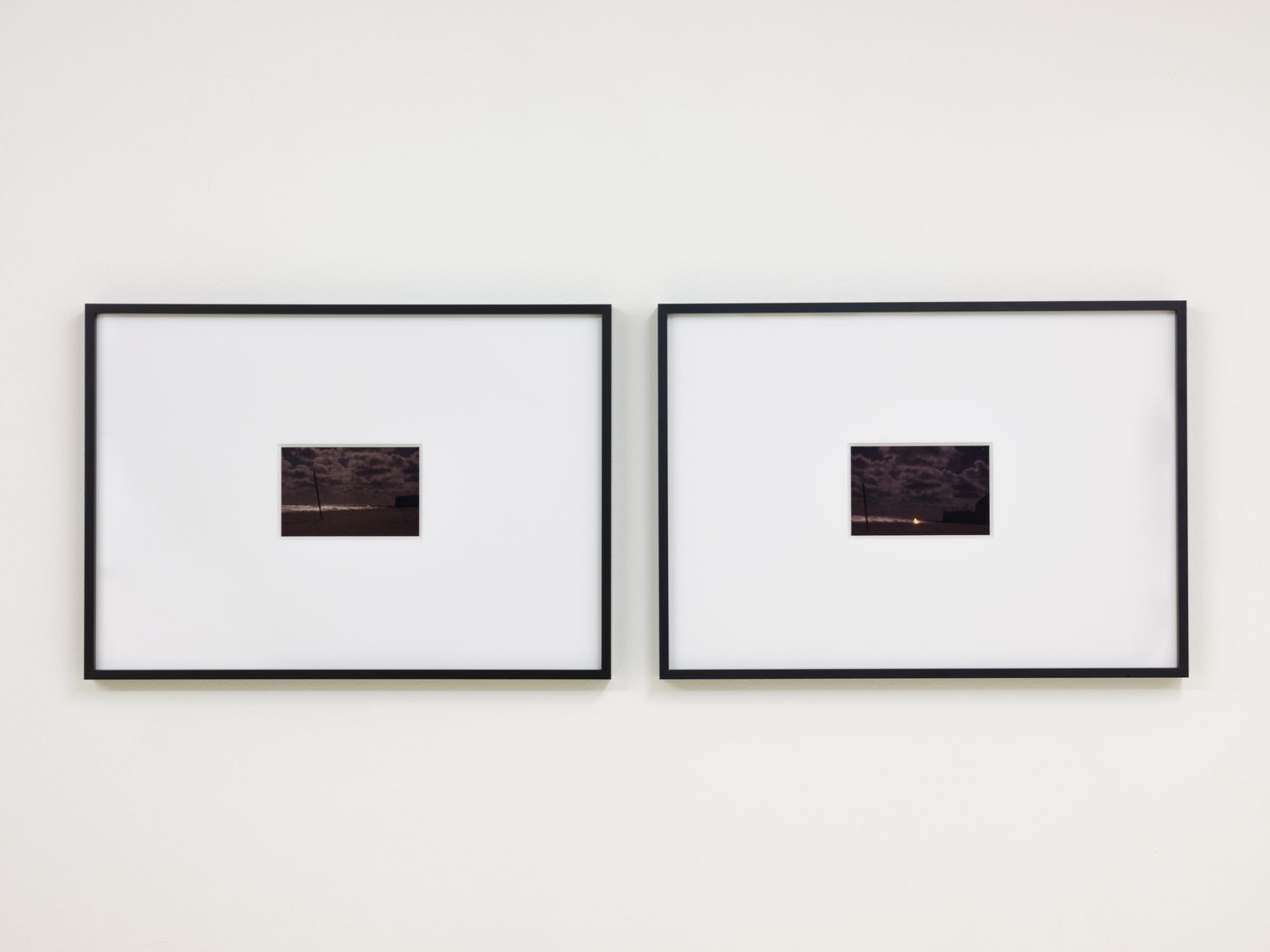  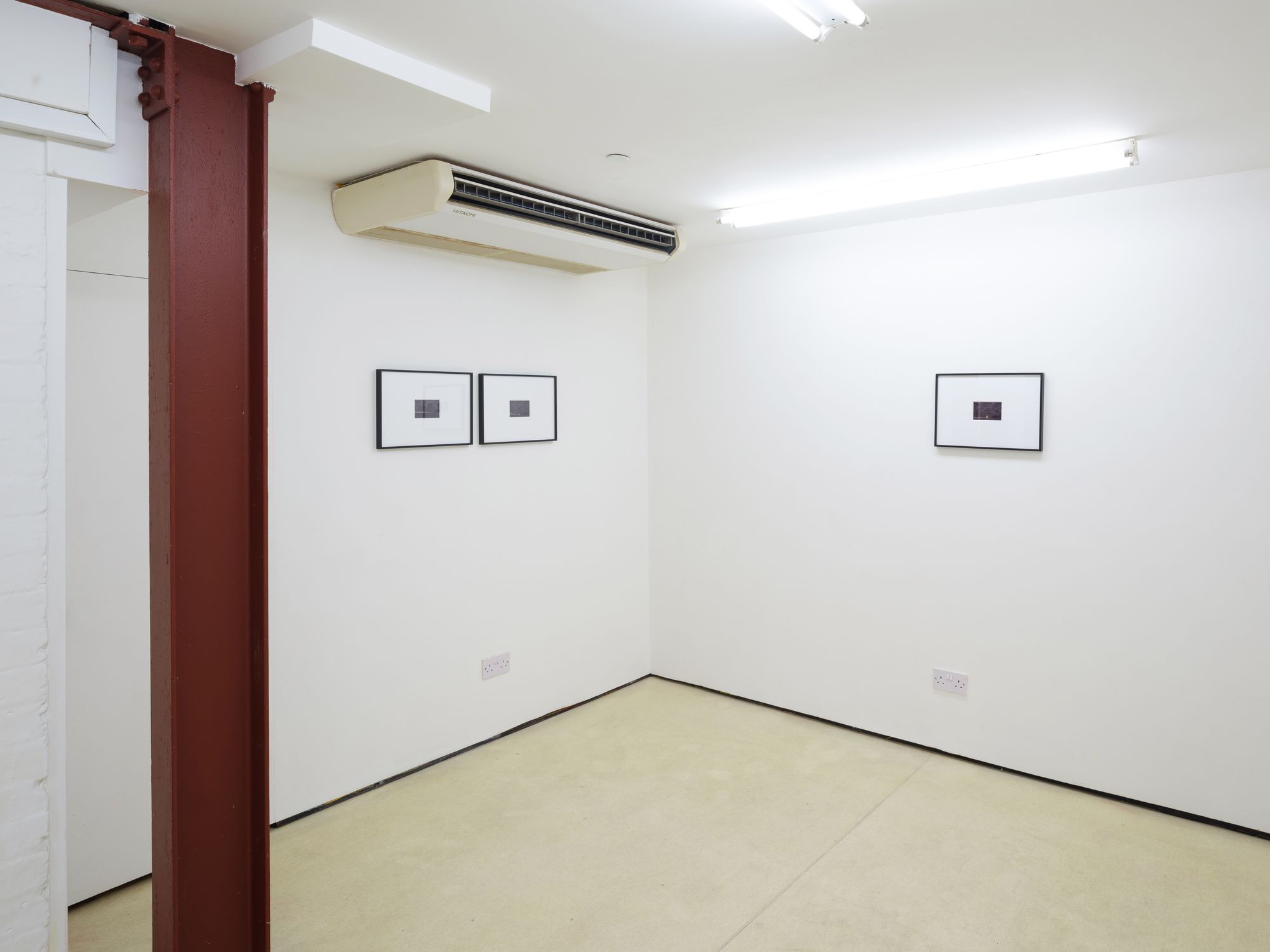  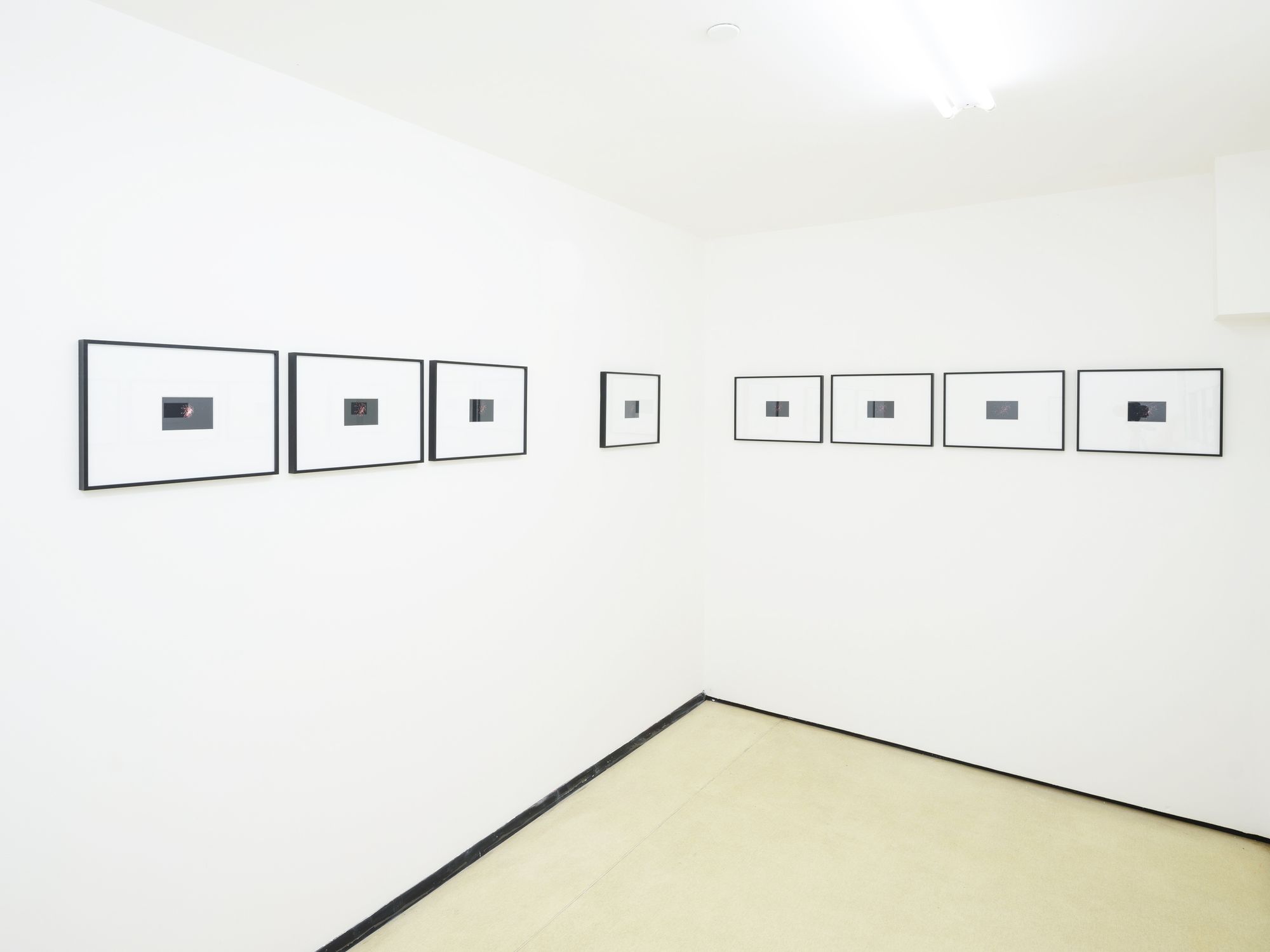 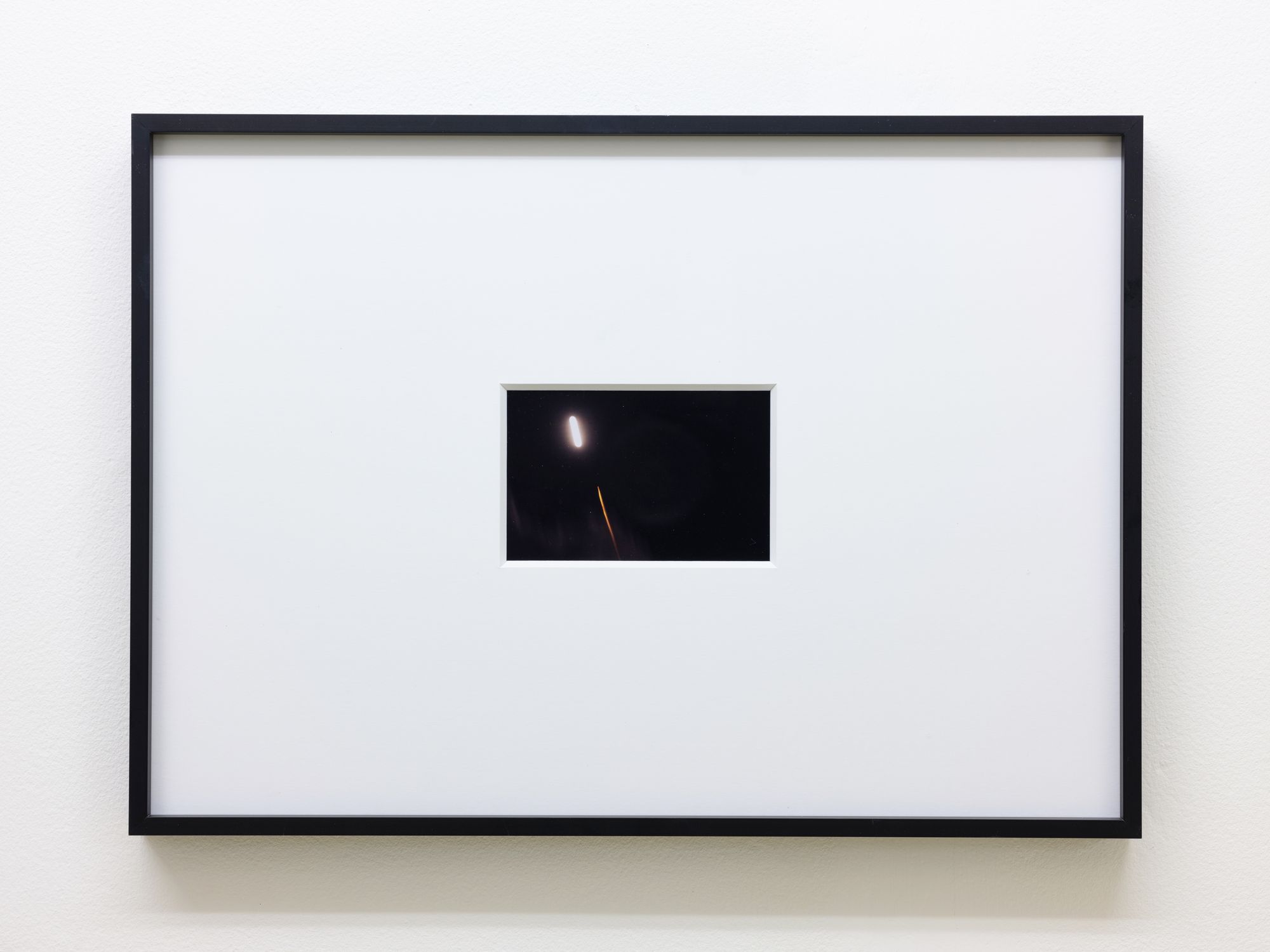 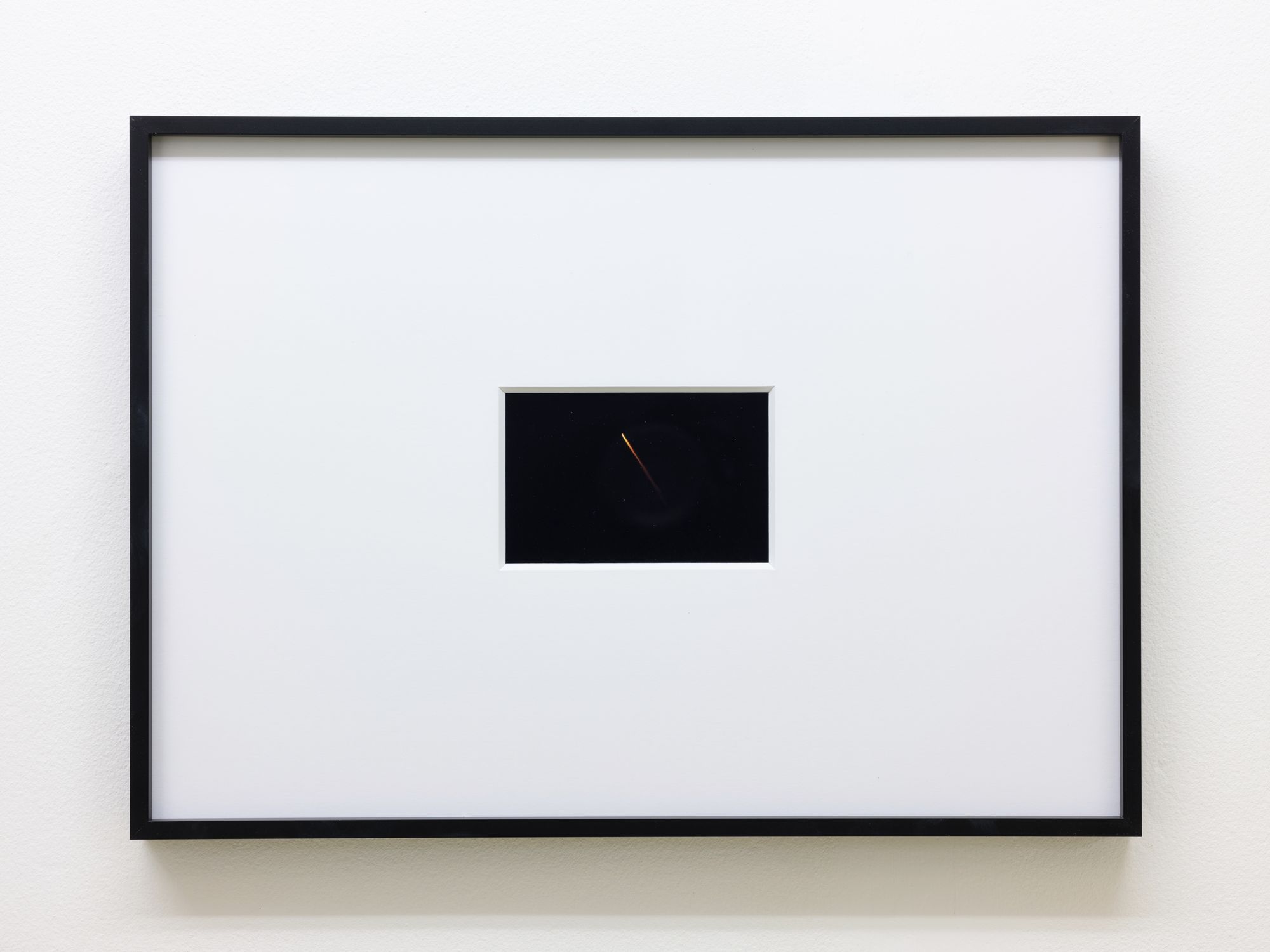 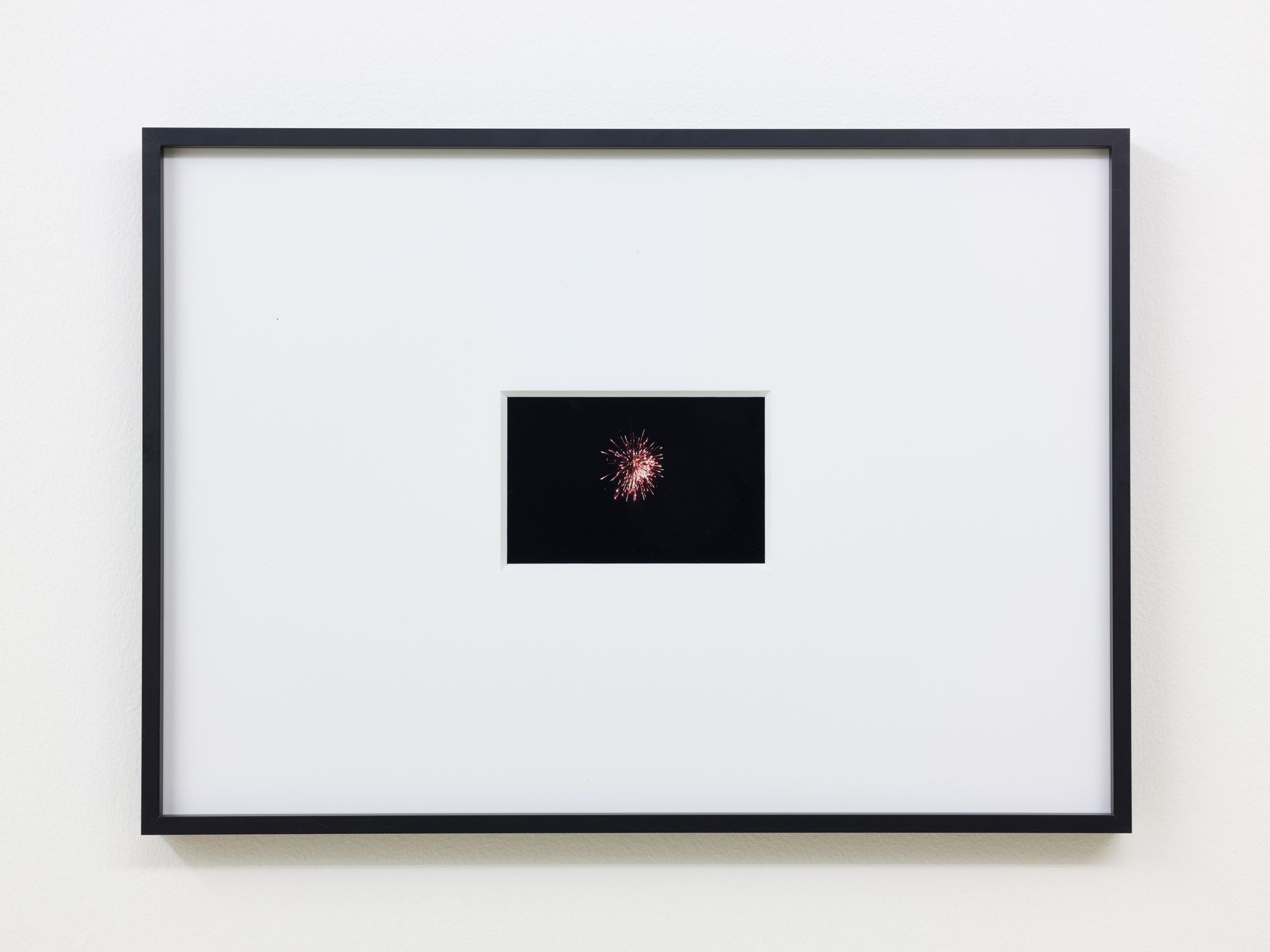  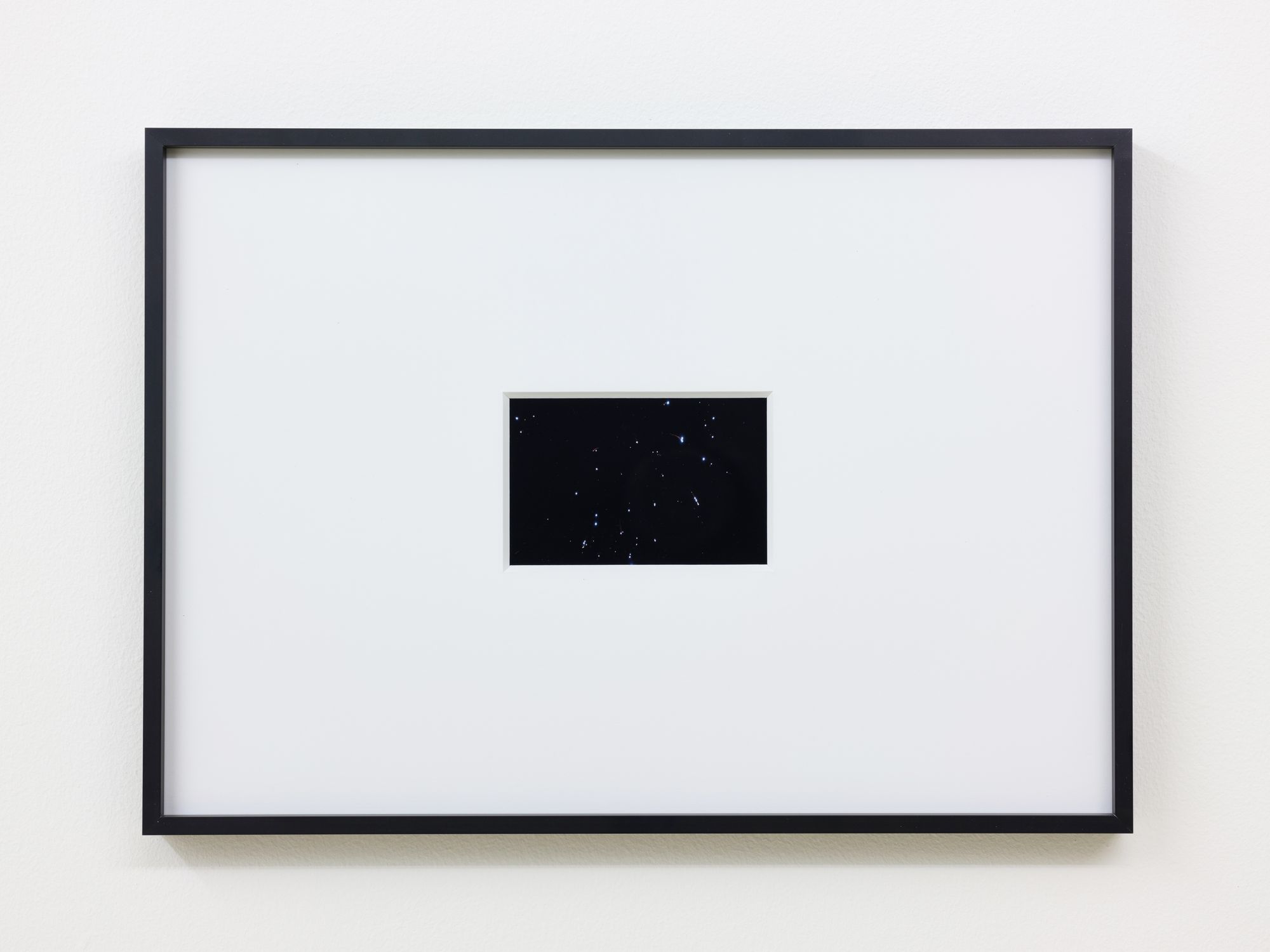 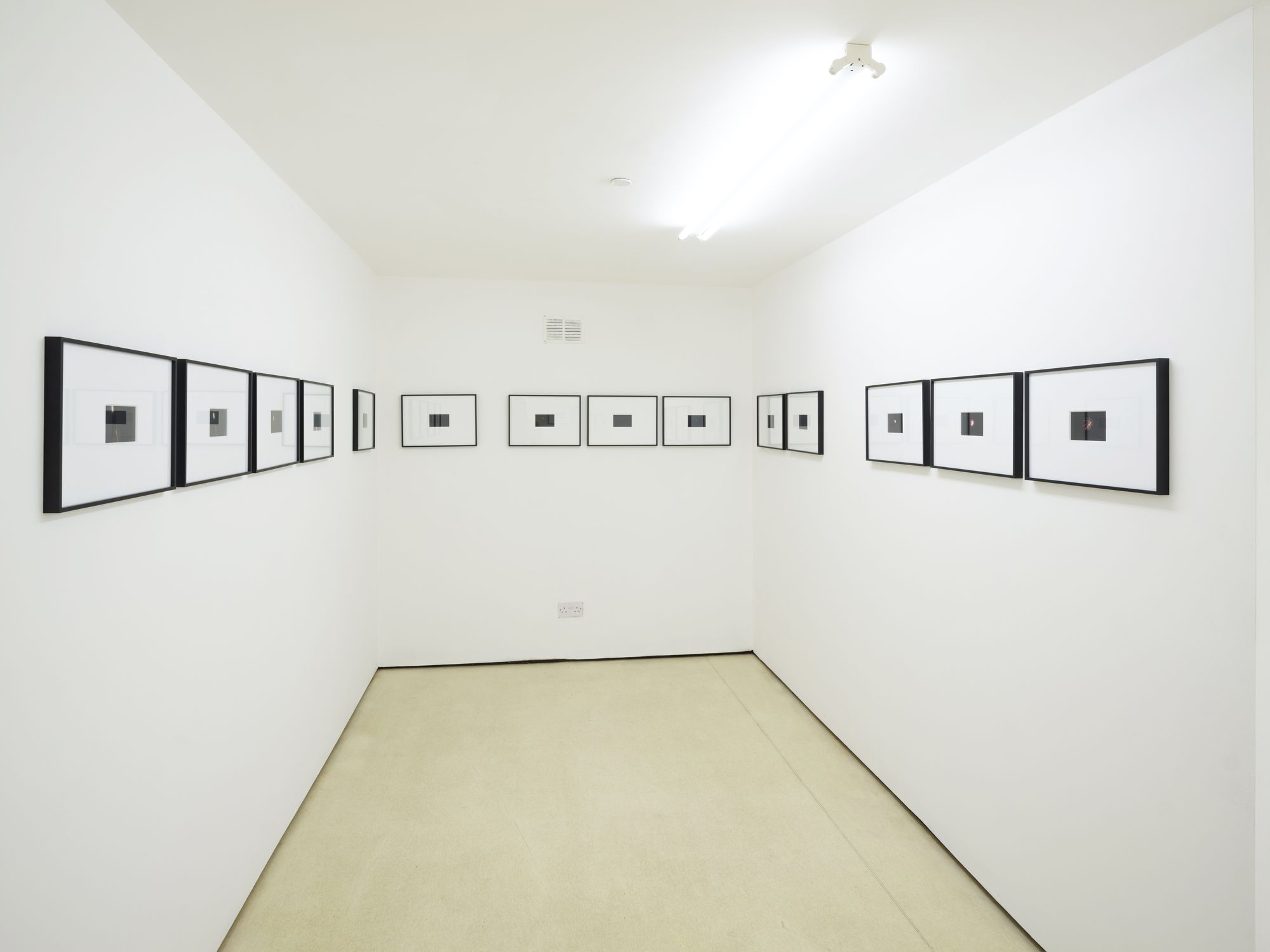 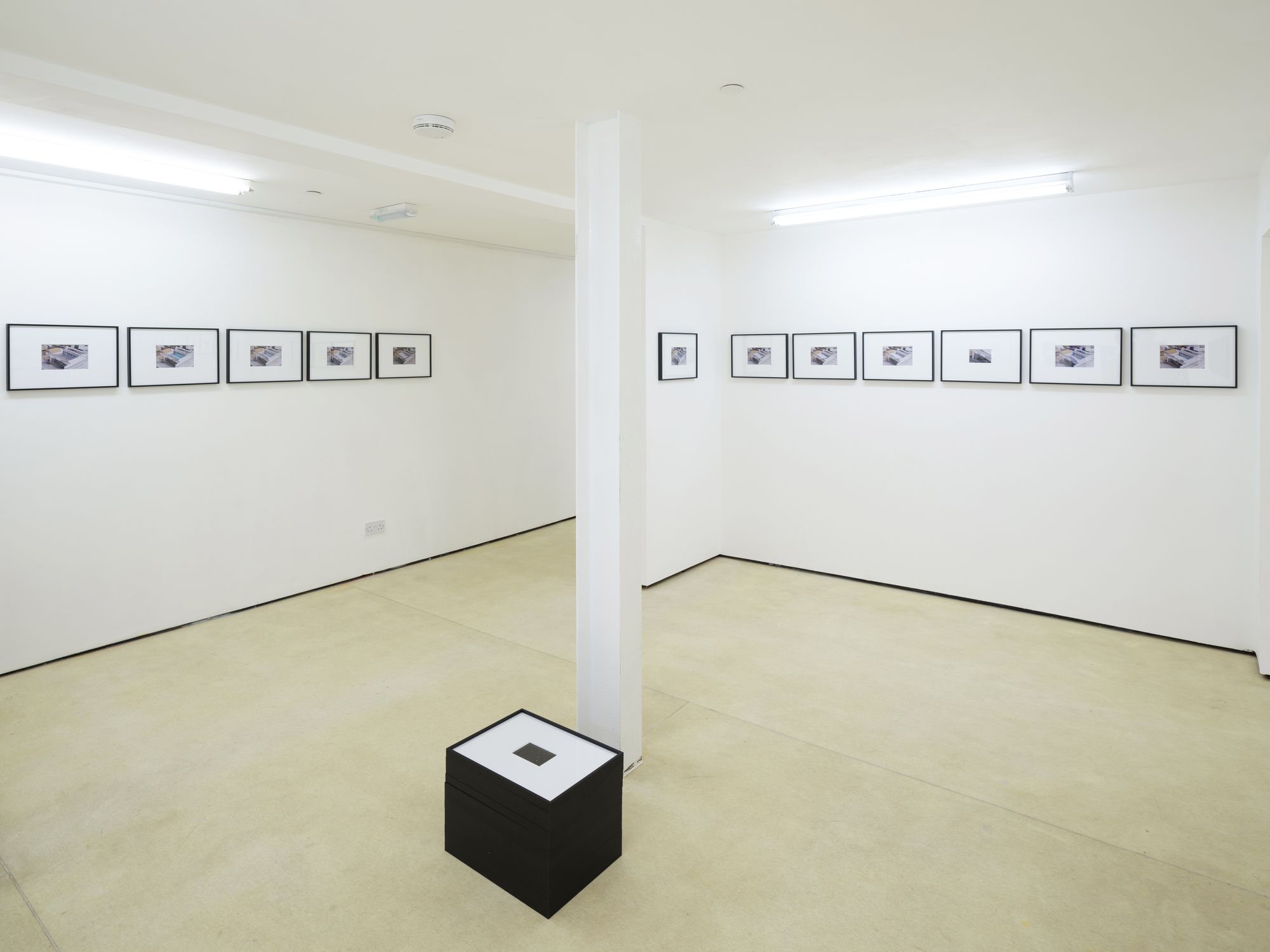 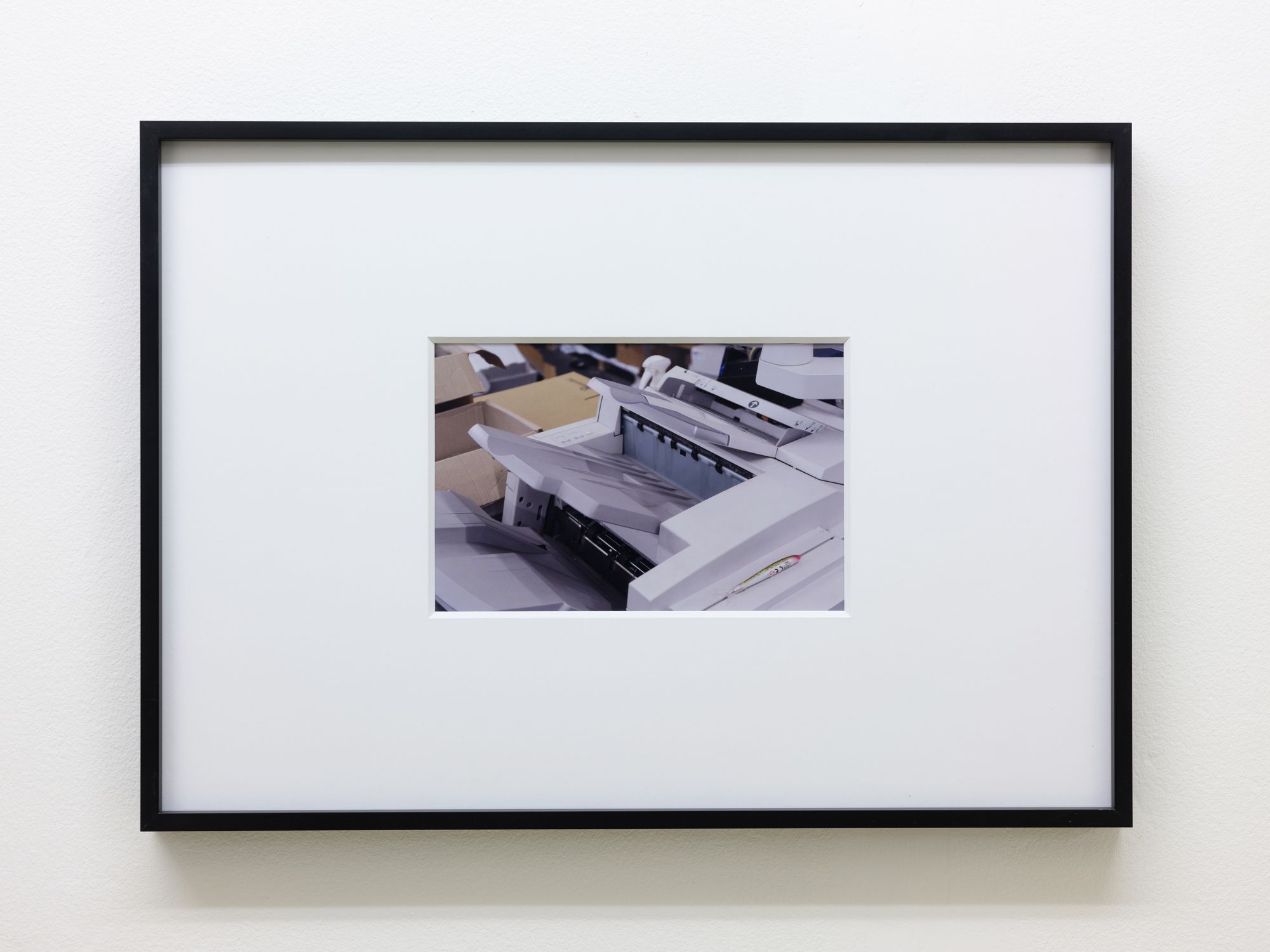 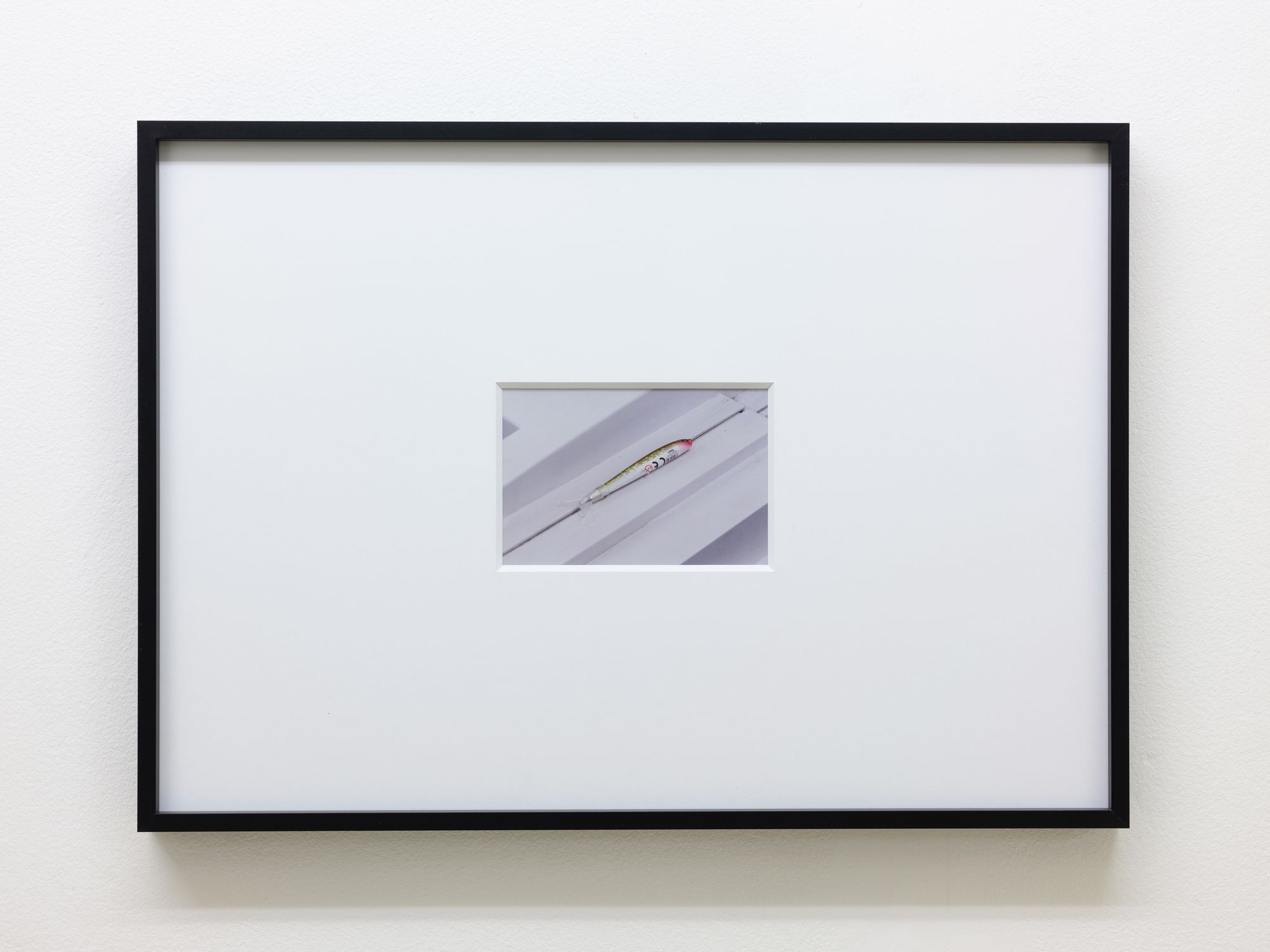 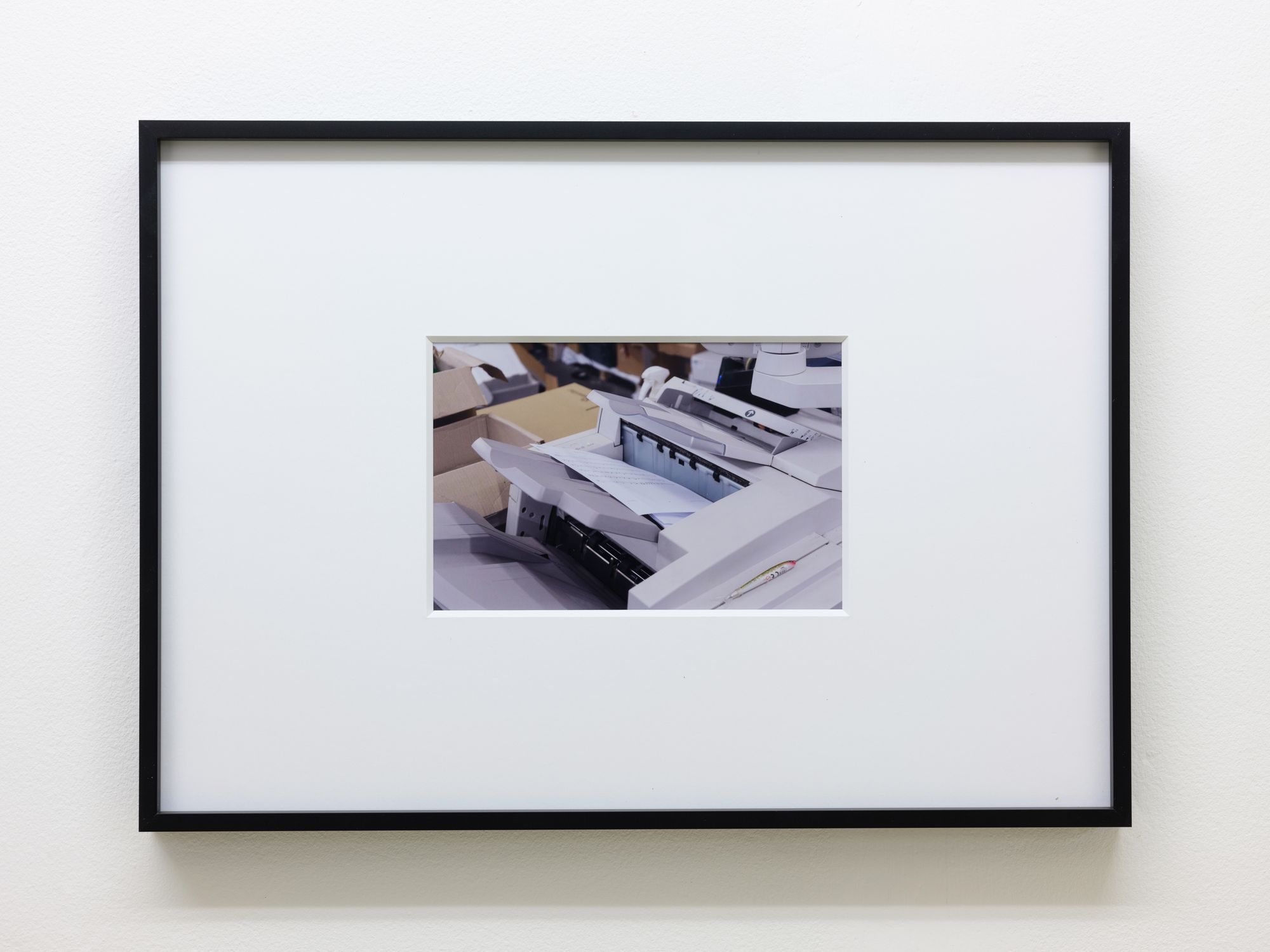 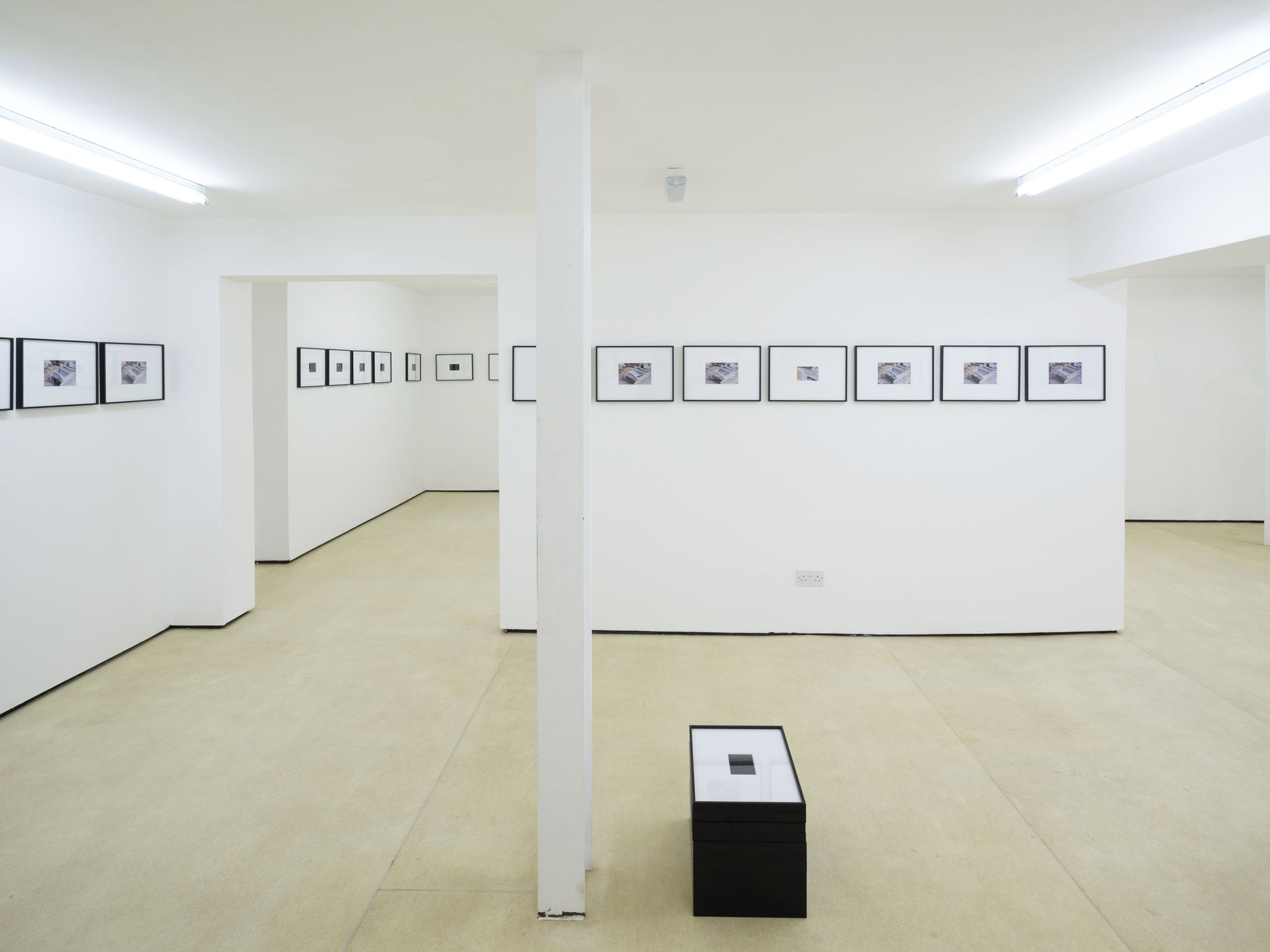 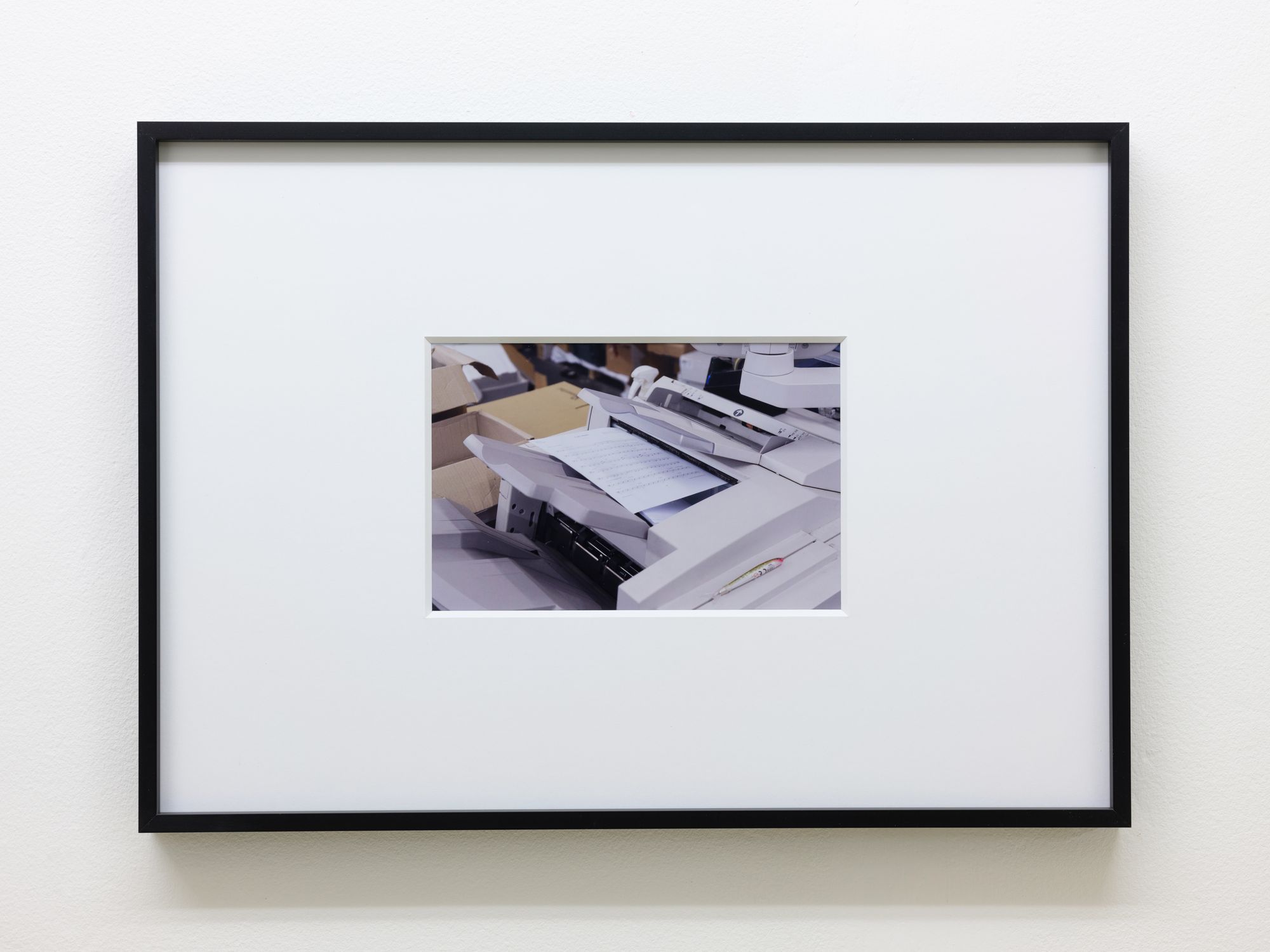 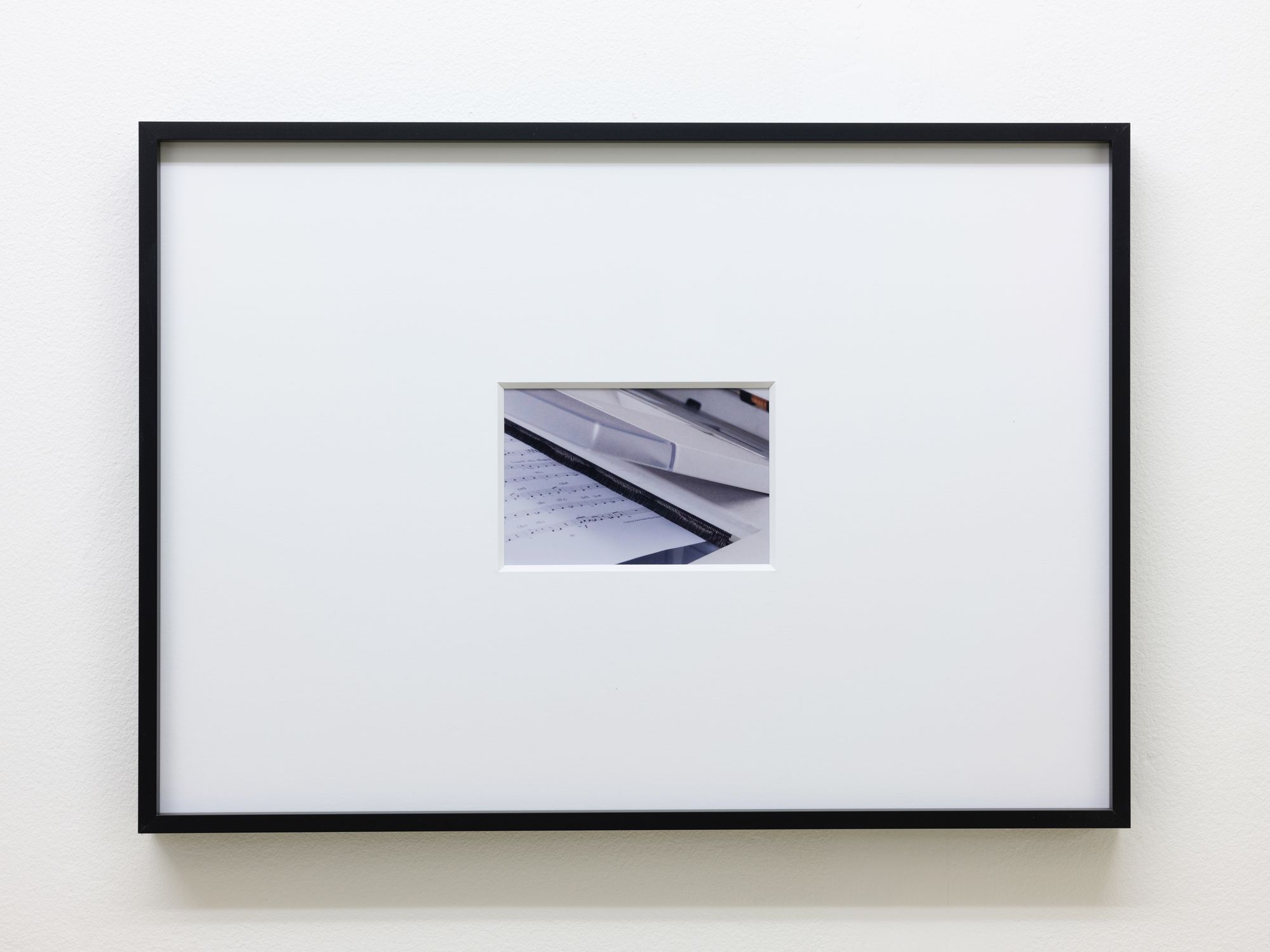  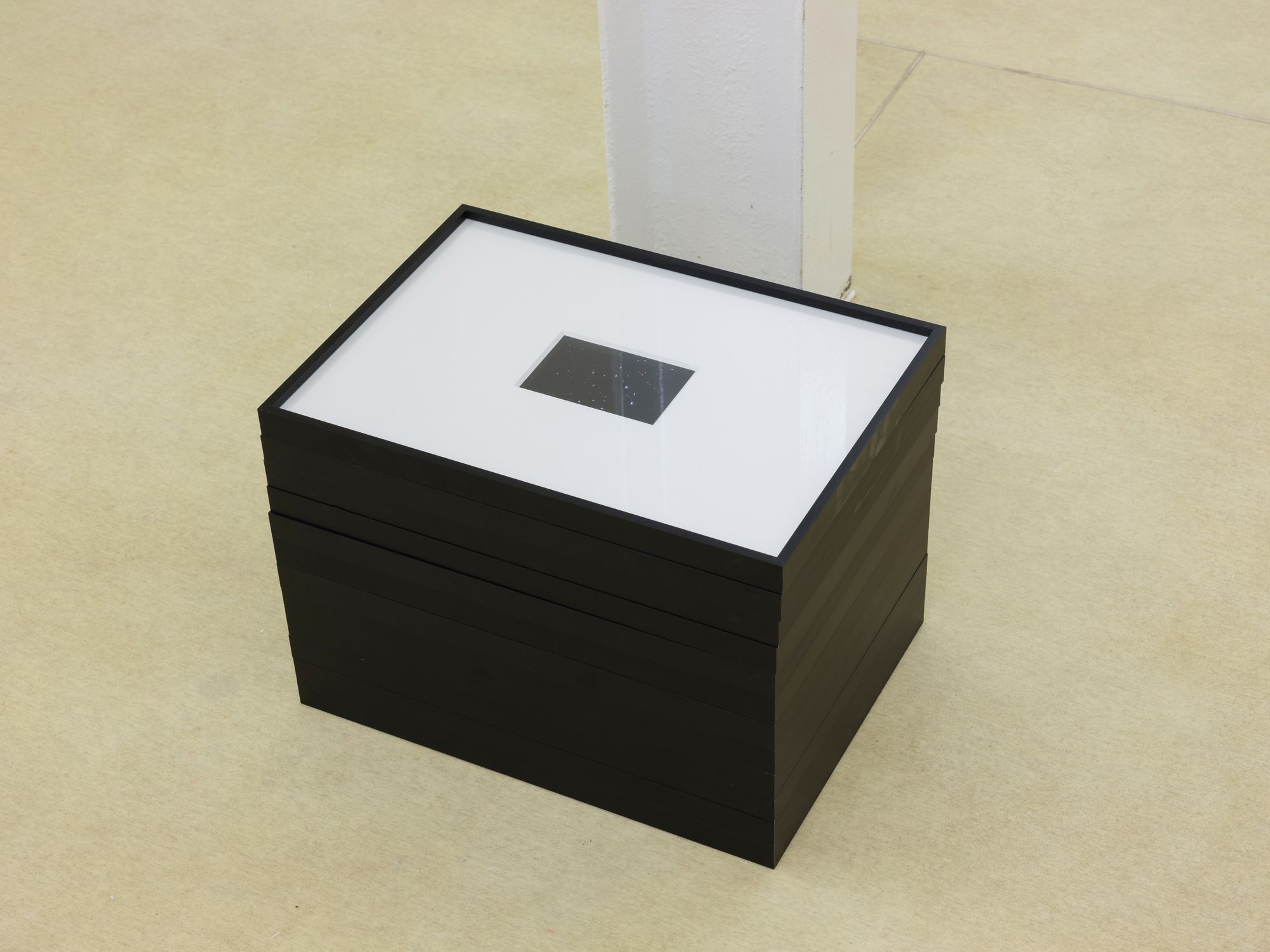 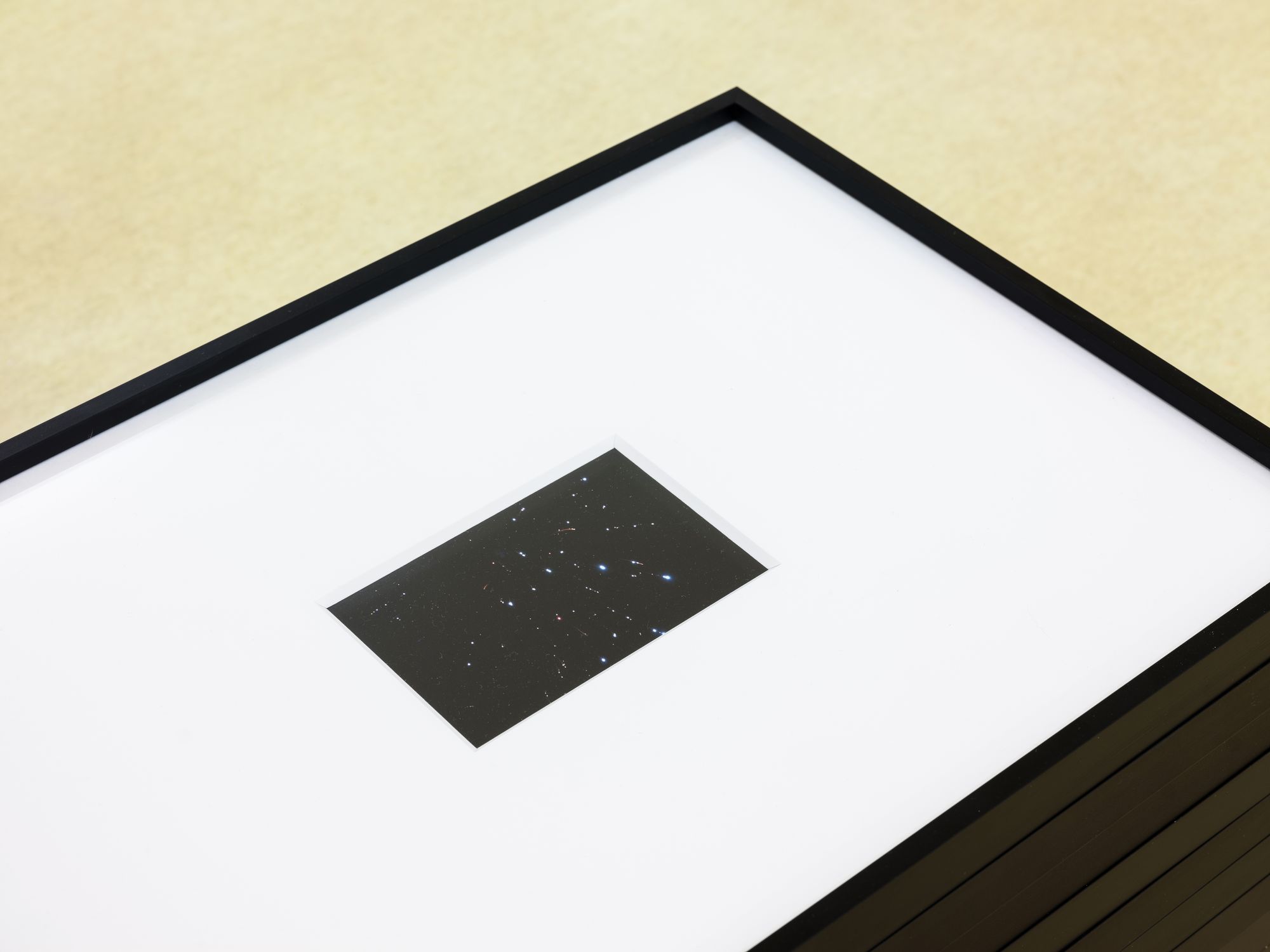 |
All season sanctuary Mendes Wood DM 2022 | 1/8 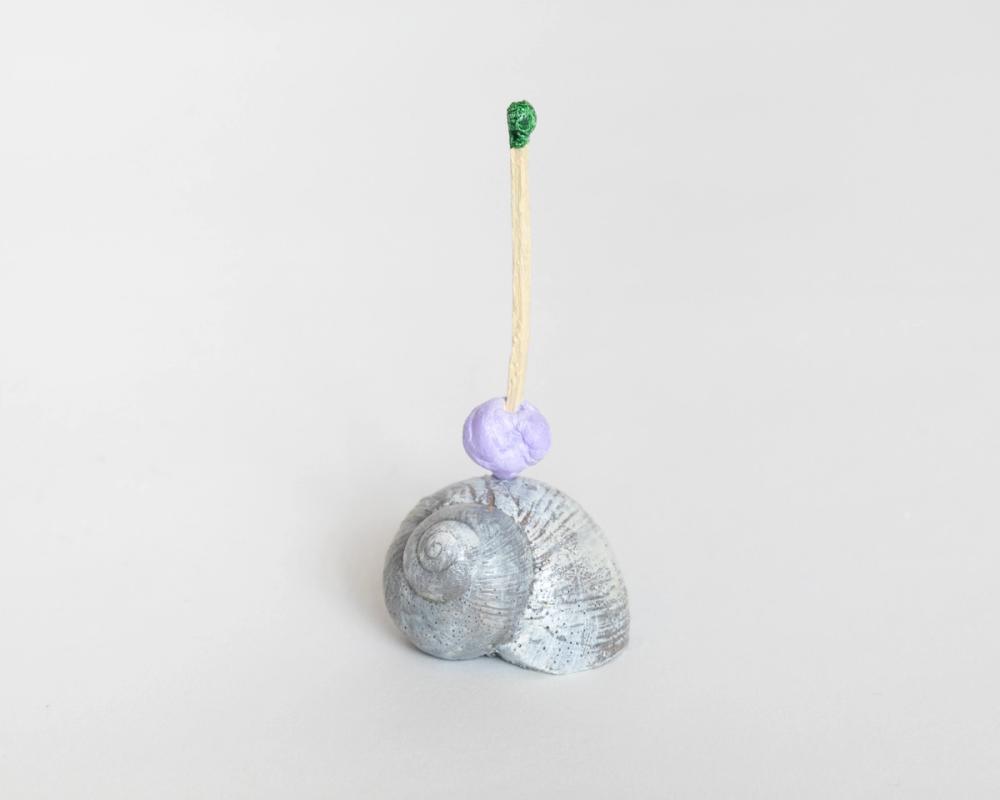 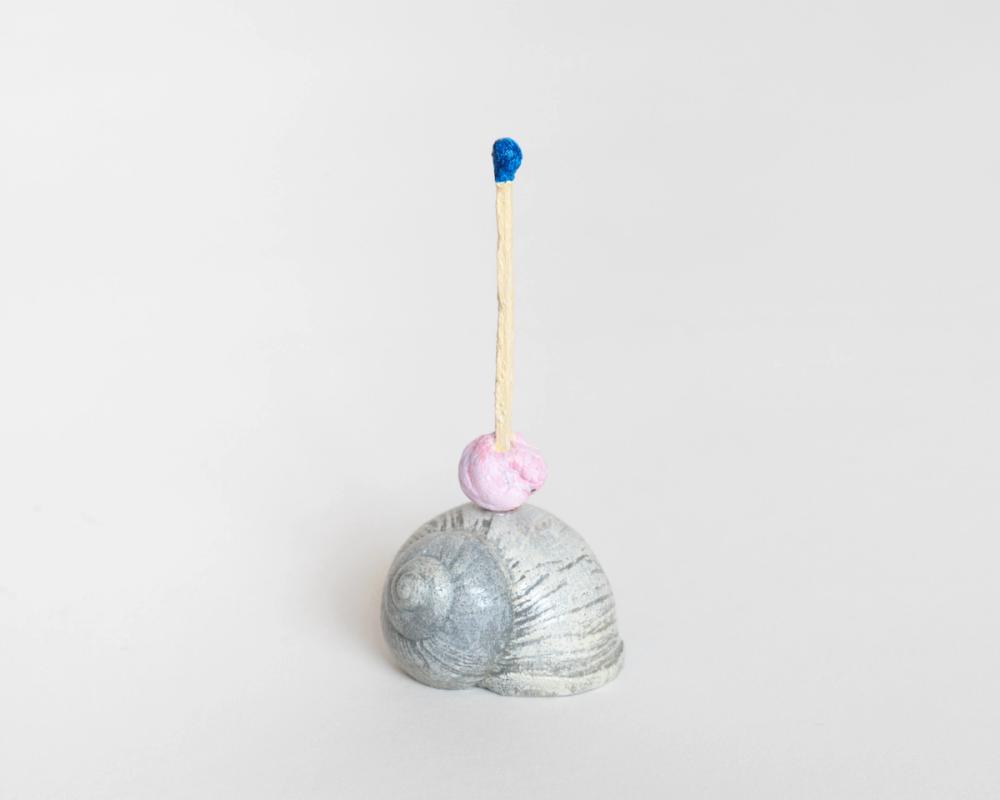 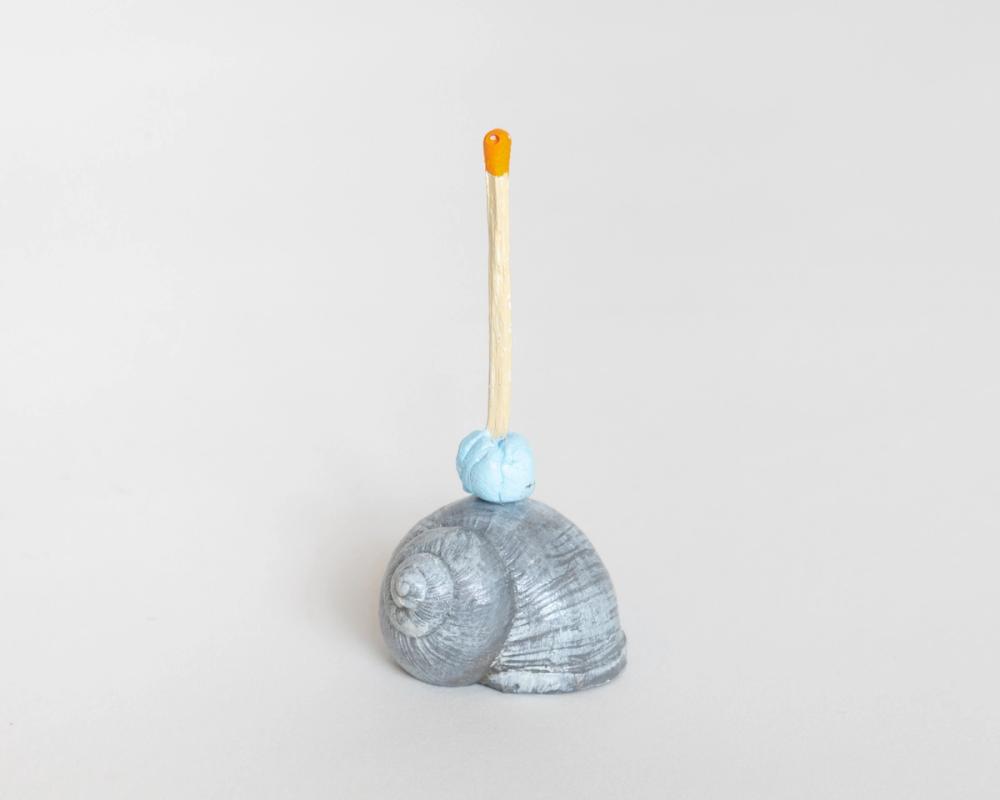 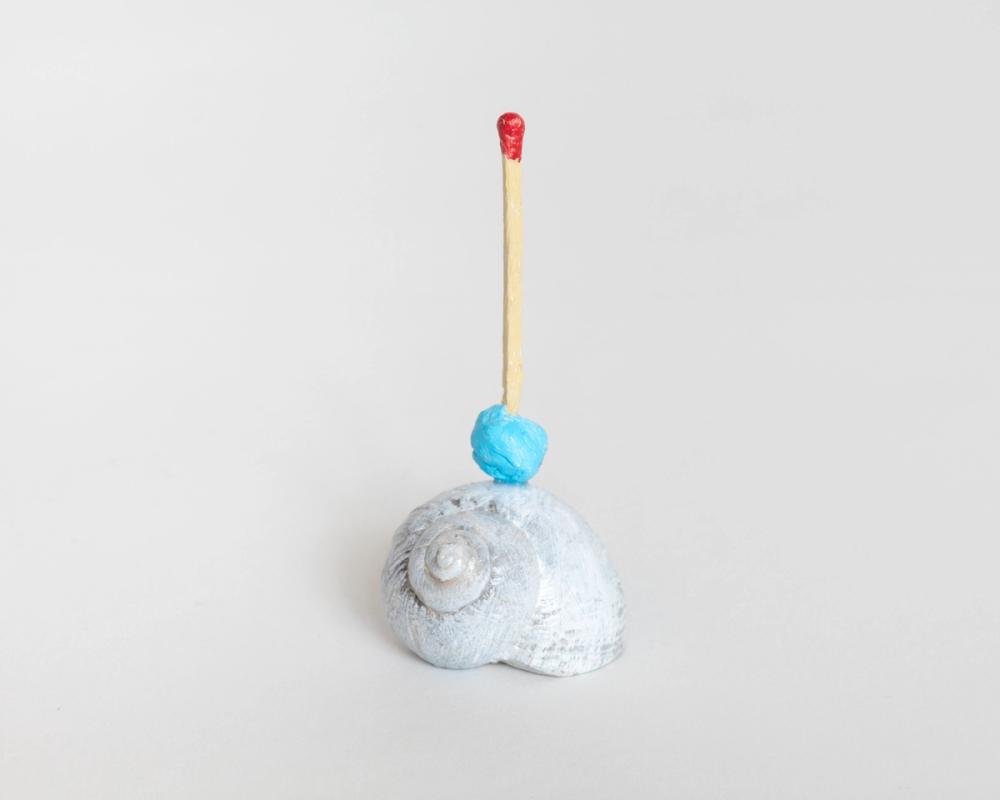 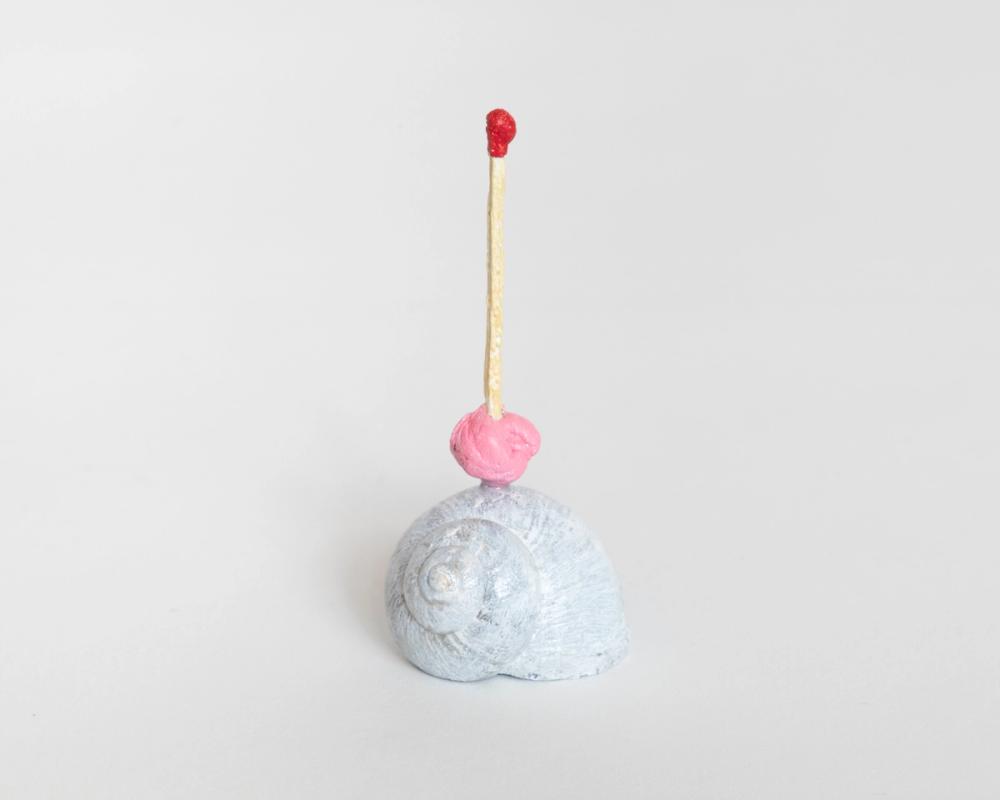 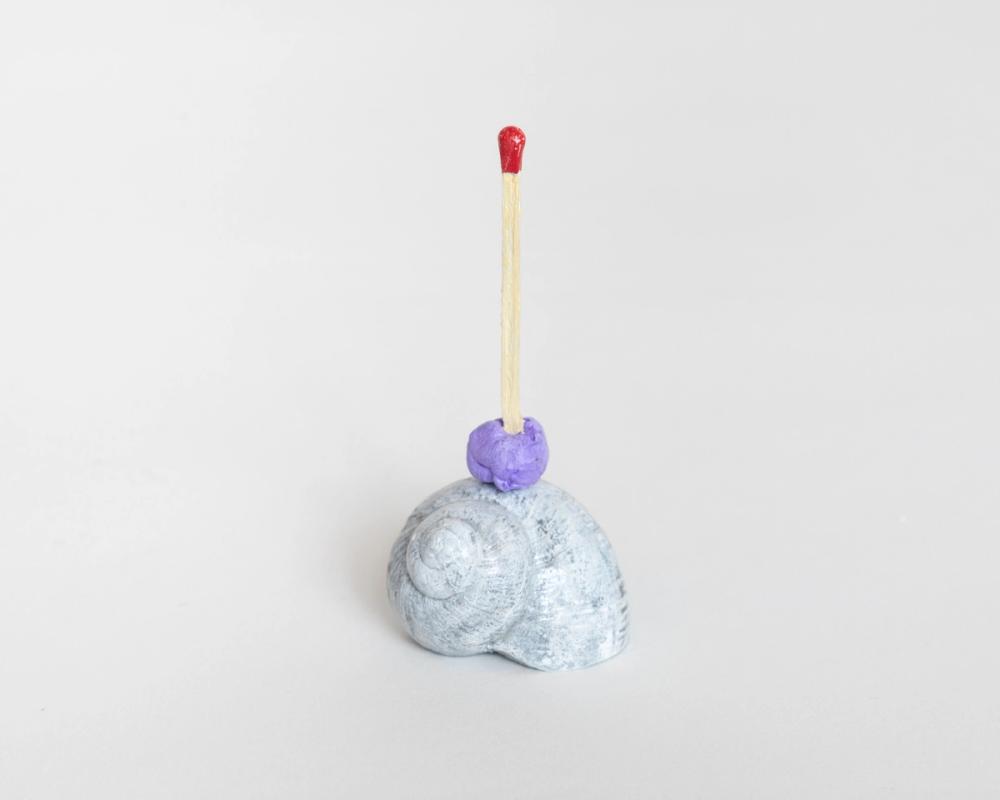 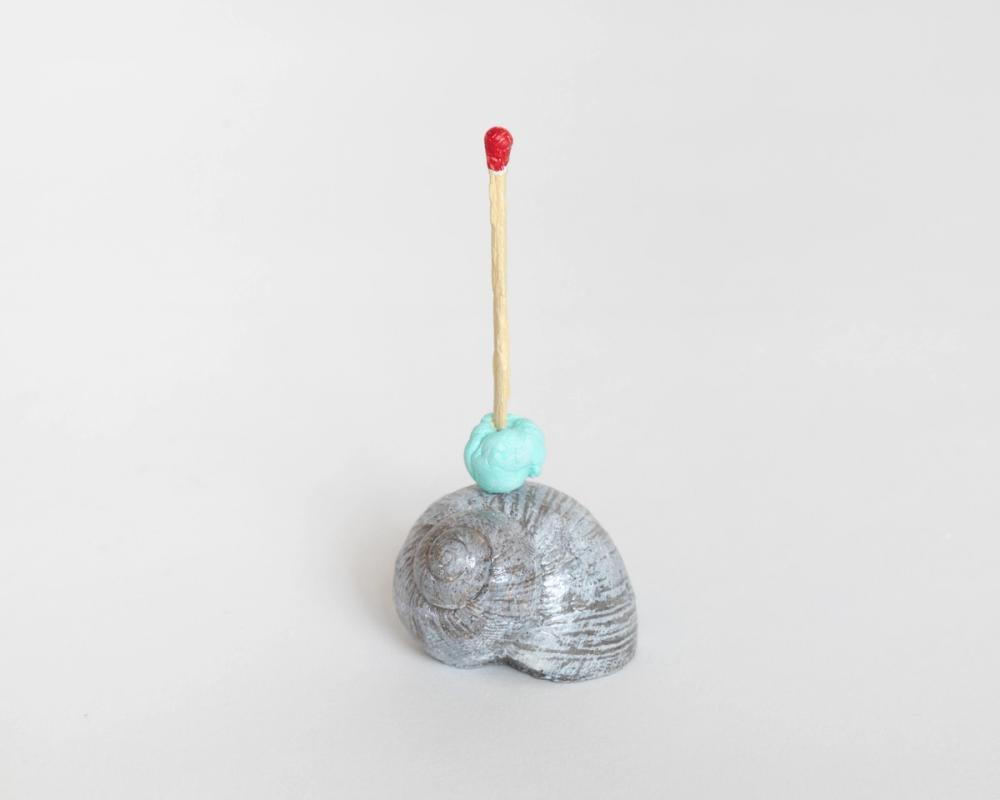 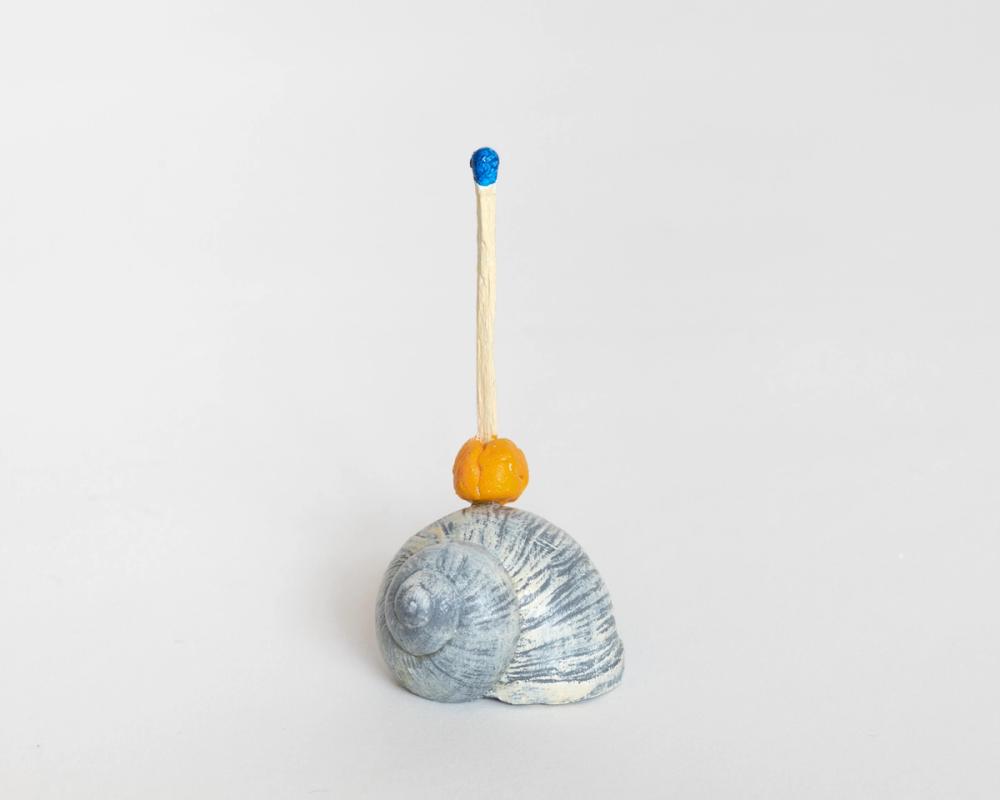 Description✕ Before a place for worship, the disused protestant church of d’Ouwe Kerke gathers a group of artworks that dilates the meaning of transcendence by deconstructing conventional systems of representations, each one on their own terms. All season sanctuary presents a hybrid territory composed of sculptures, paintings, and mixed mediums stimulated by the encounter of different dichotomies, such as industrial and organic, order and disorder, real and imaginary, ephemeral and permanent, besides autobiogeographic practices facing racial and gender fights and the consumer and mediatic contemporary society. With Alma Allen, Neil Beloufa, Paloma Bosque, Varda Caivano, Matthew Lutz-Kinoy, Paolo Nazereth, Hareil Revignet and Miranda Fengyuan Zhang Installation view 2022 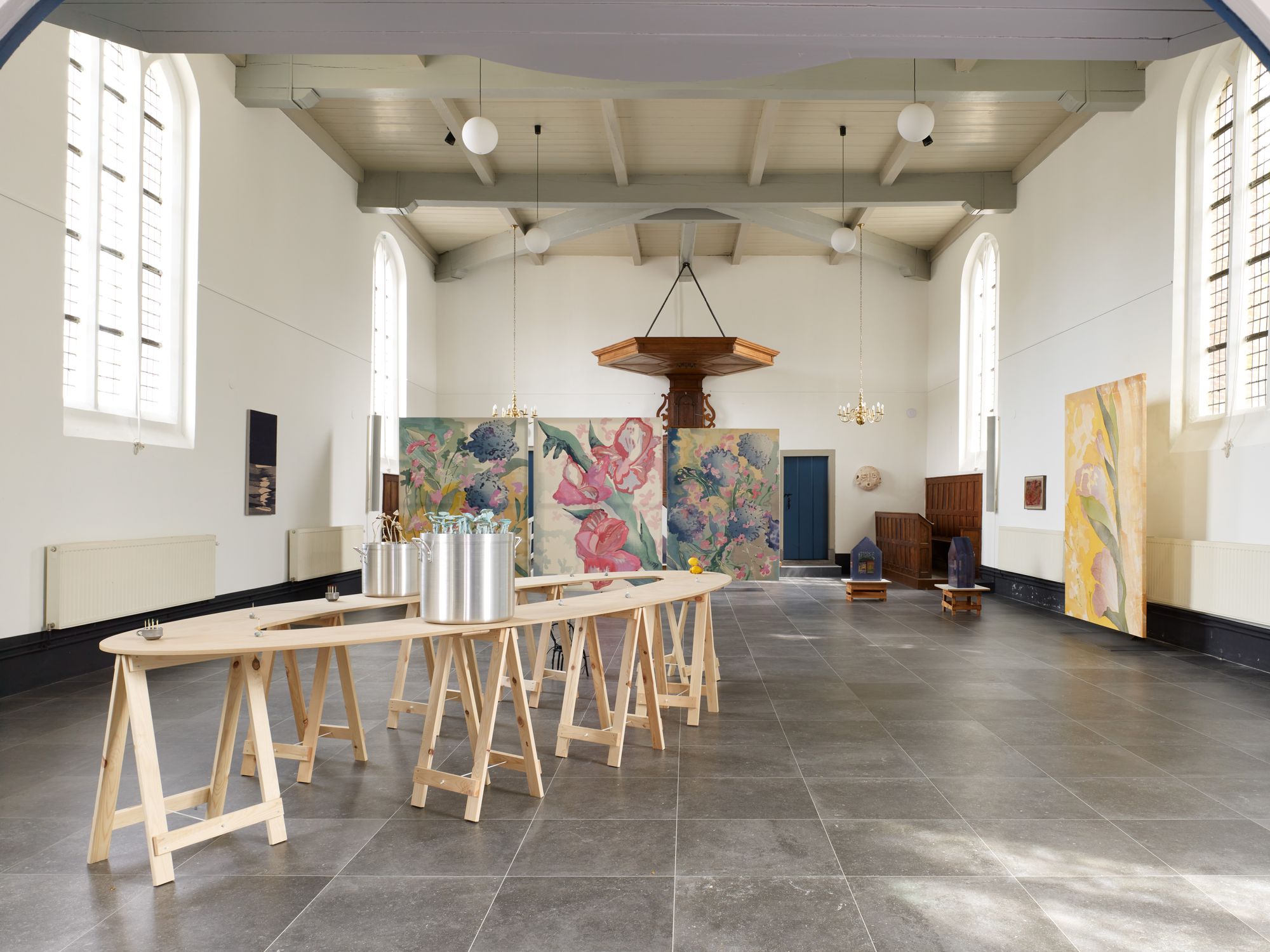 Installation view 2022 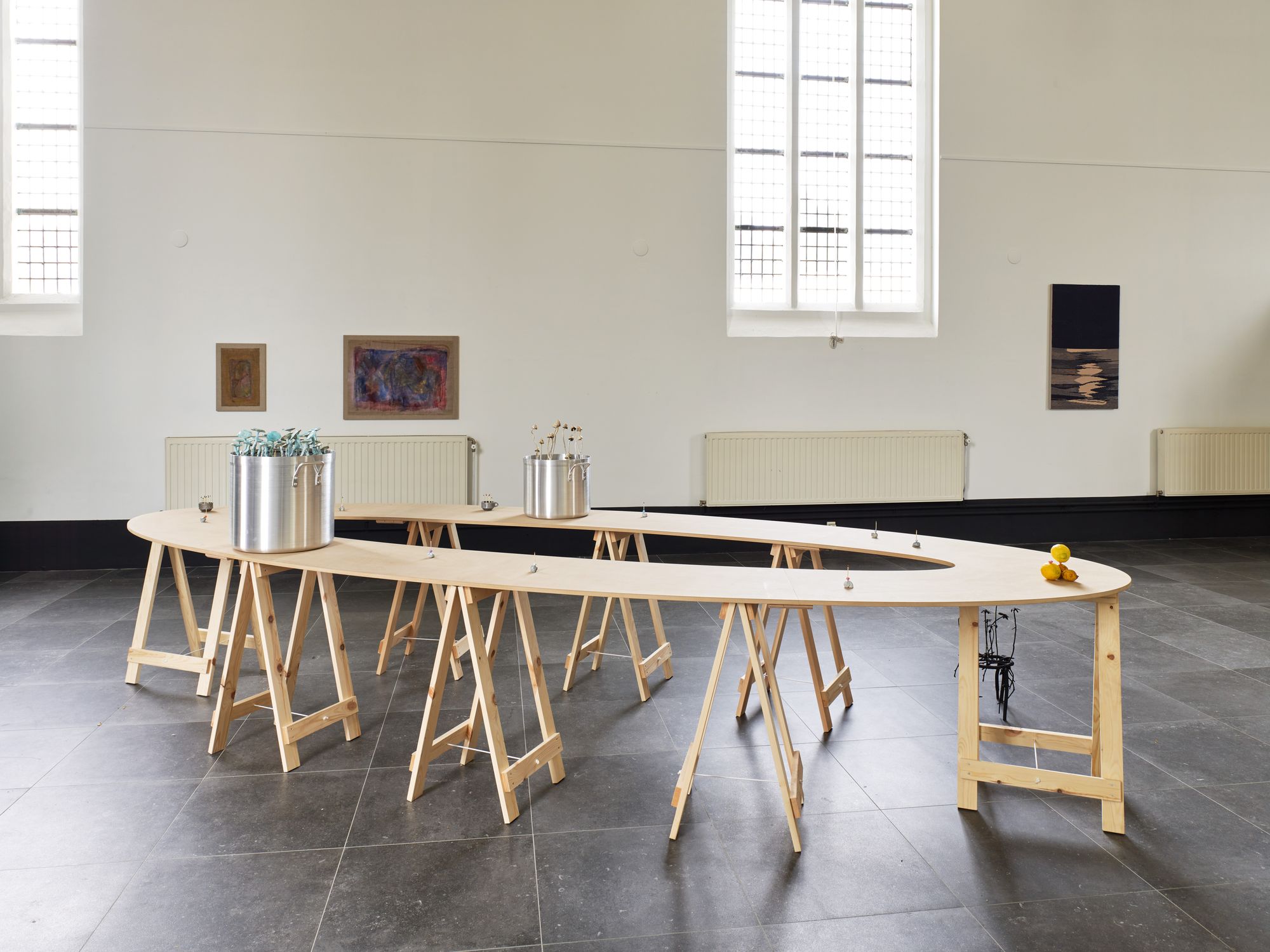 Complex thoughts Aluminium, epoxy resin, epoxy putty, MDF, paint, fossilised fruit flies 50×50×52cm 2022 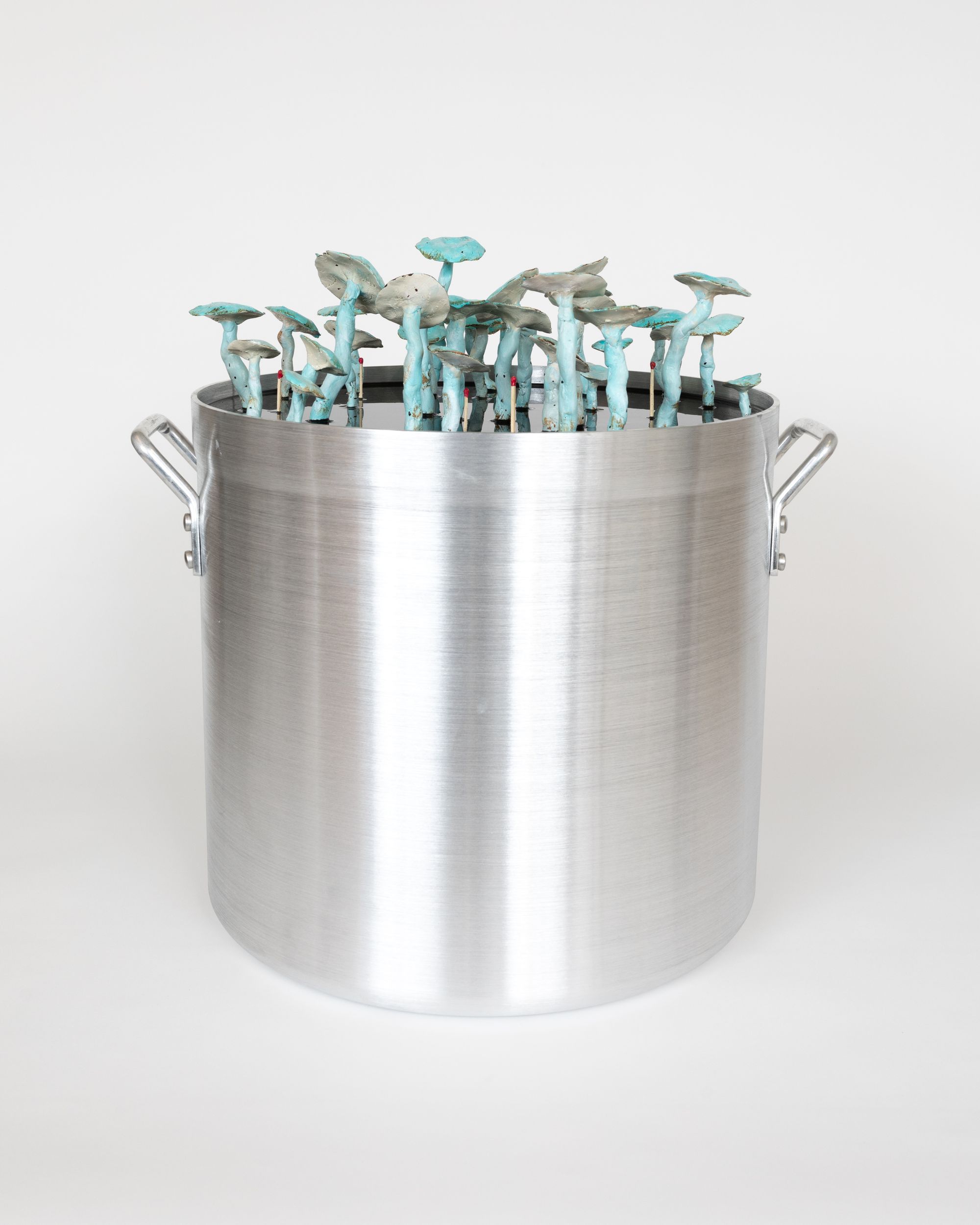 4000 weeks soup Aluminium, epoxy resin, epoxy putty, MDF, paint, fossilised fruit flies 42×42×54cm 2022 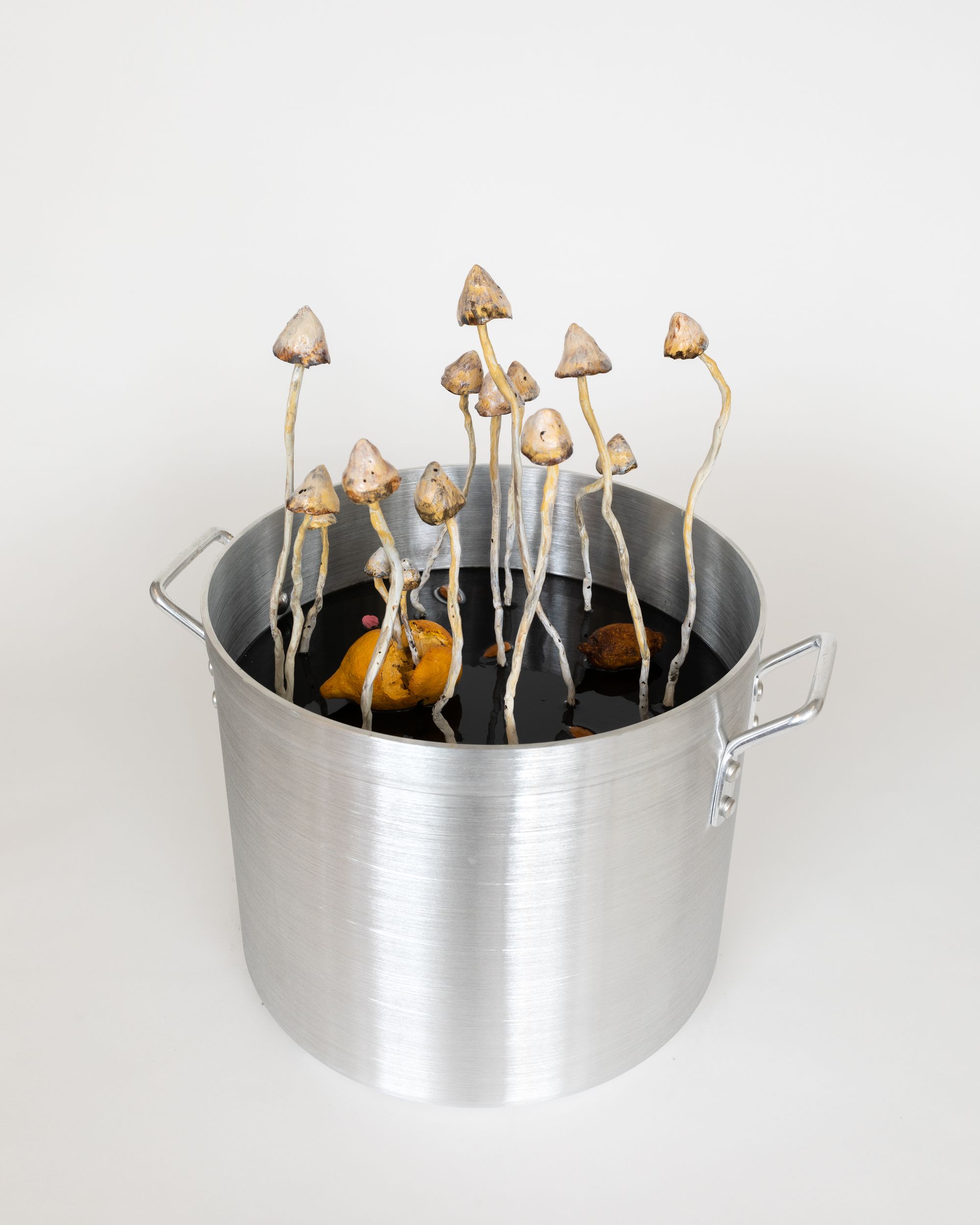 Installation view 2022 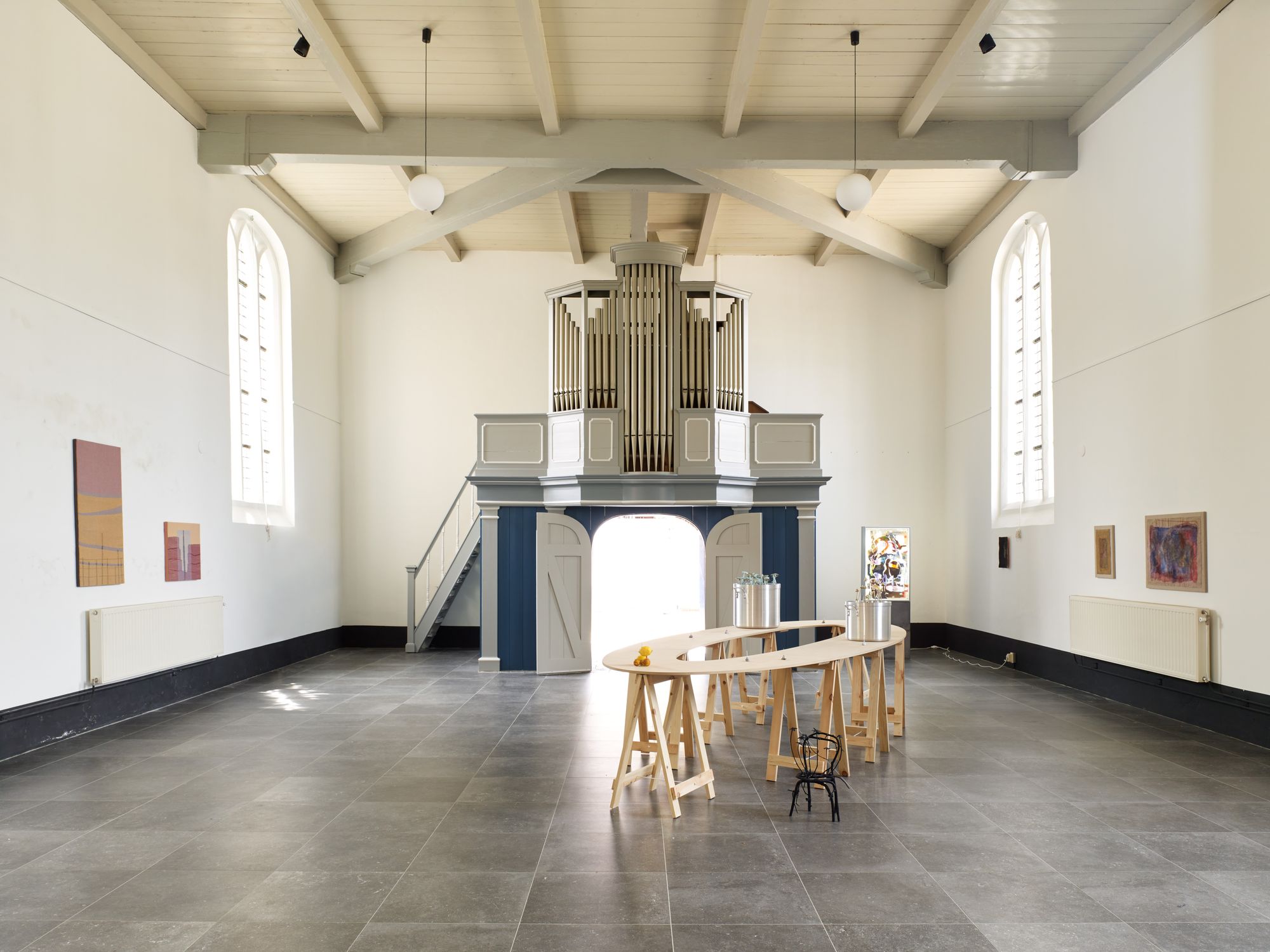 Late Heavy Bombardment Resin, steel, paint 12×12×12cm 2022 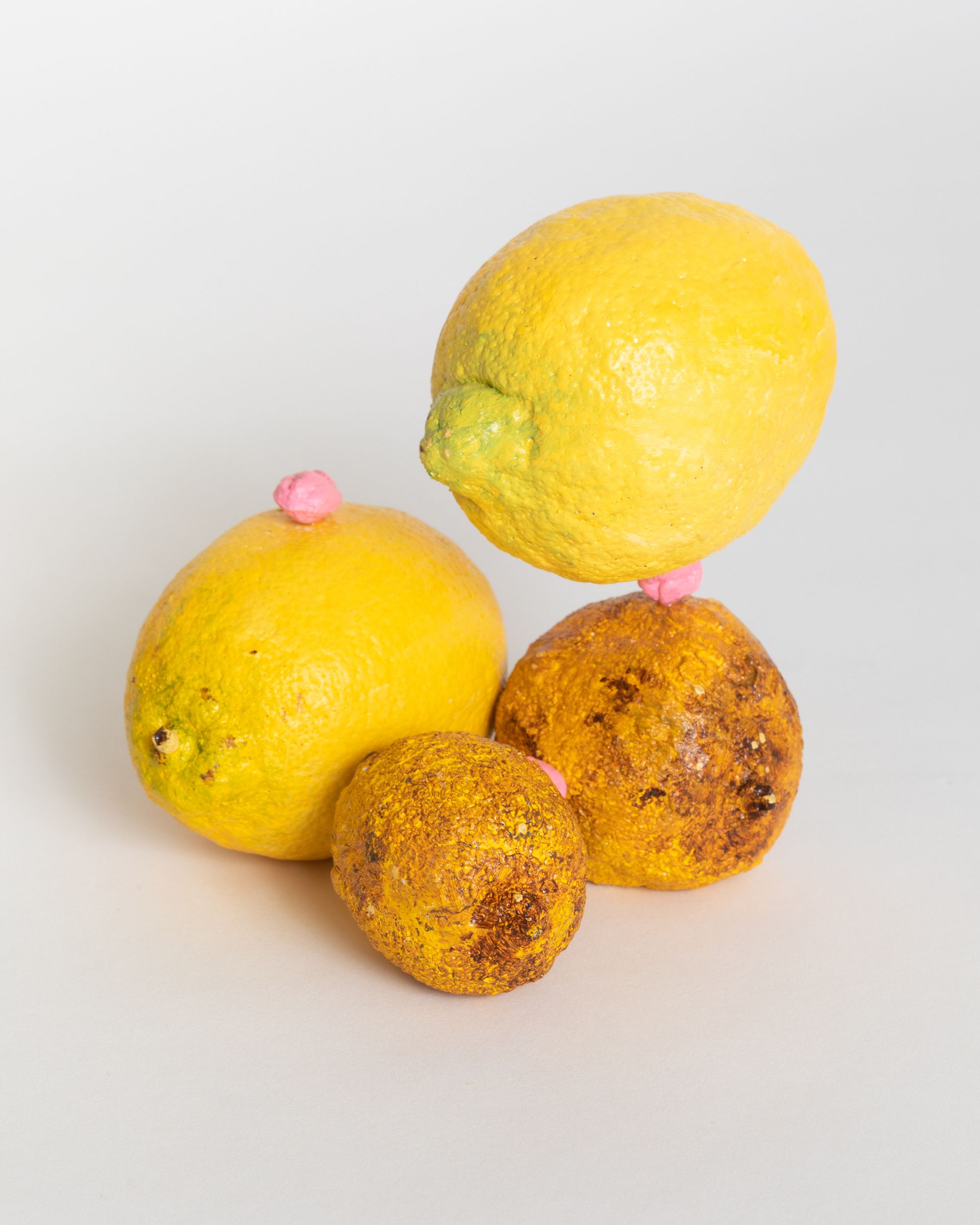 10:27 (burning forest) Aluminium, epoxy resin, paint 9×9×9cm 2022 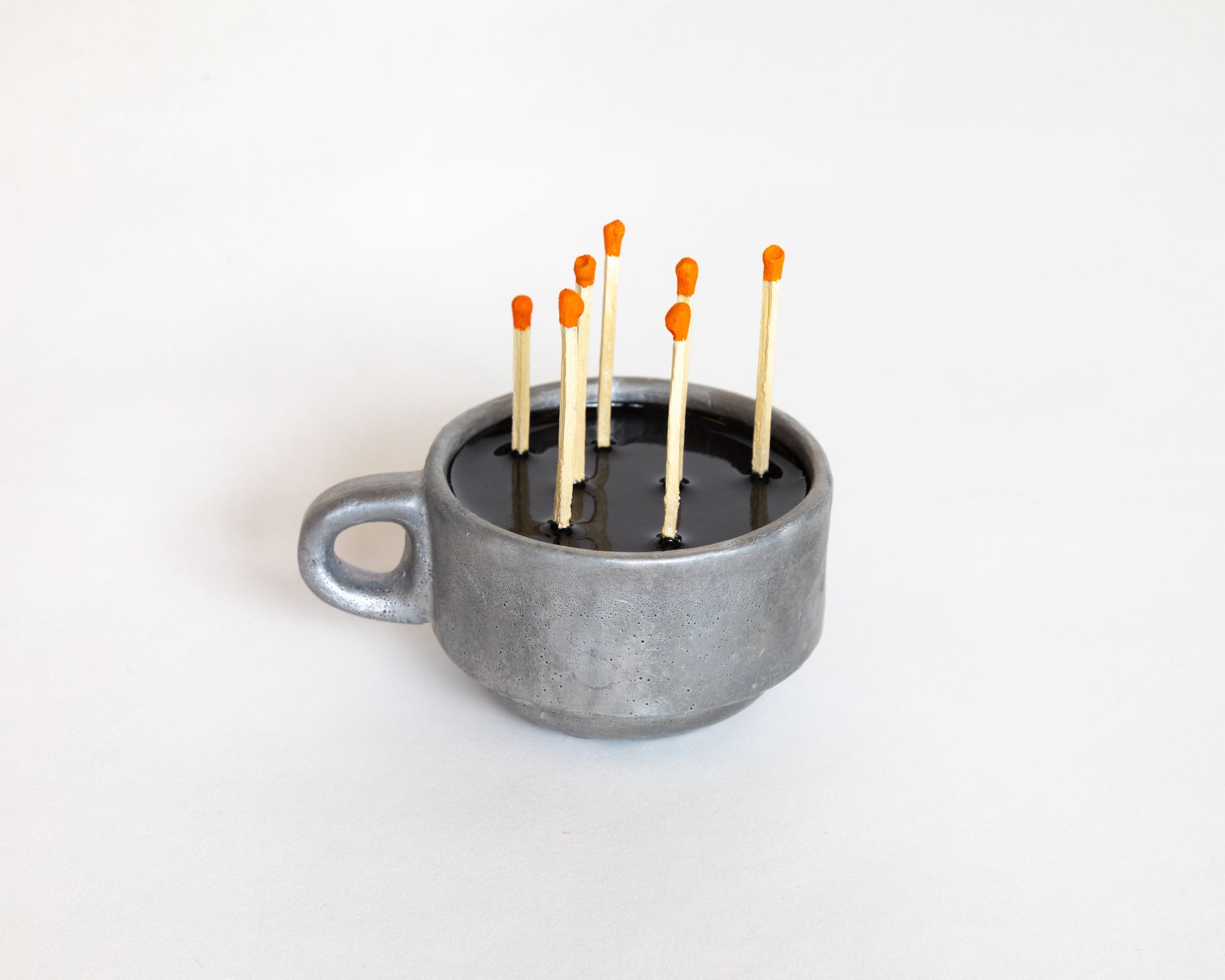 6:52 (green forest) Aluminium, epoxy resin, paint 9×9×9cm 2022 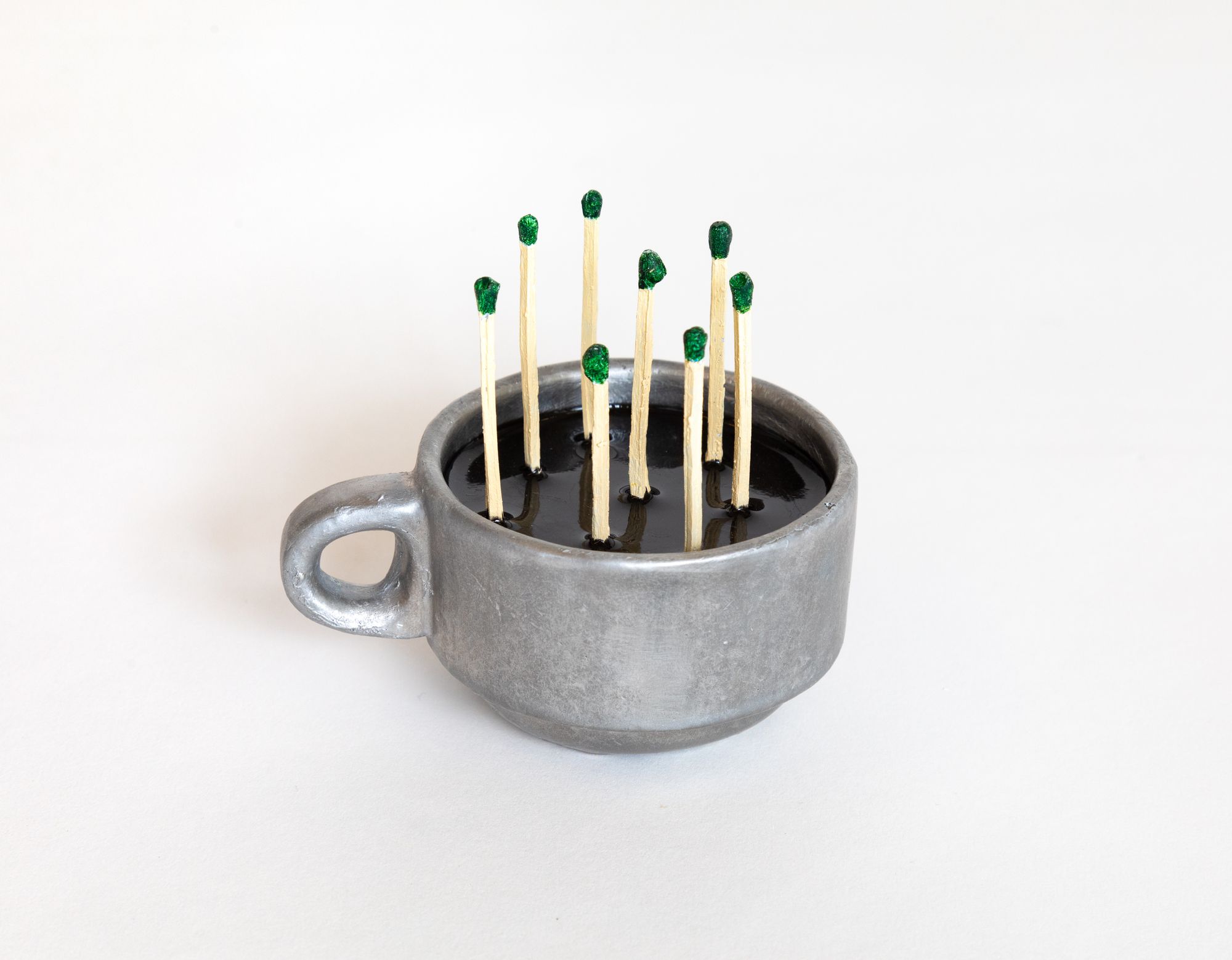 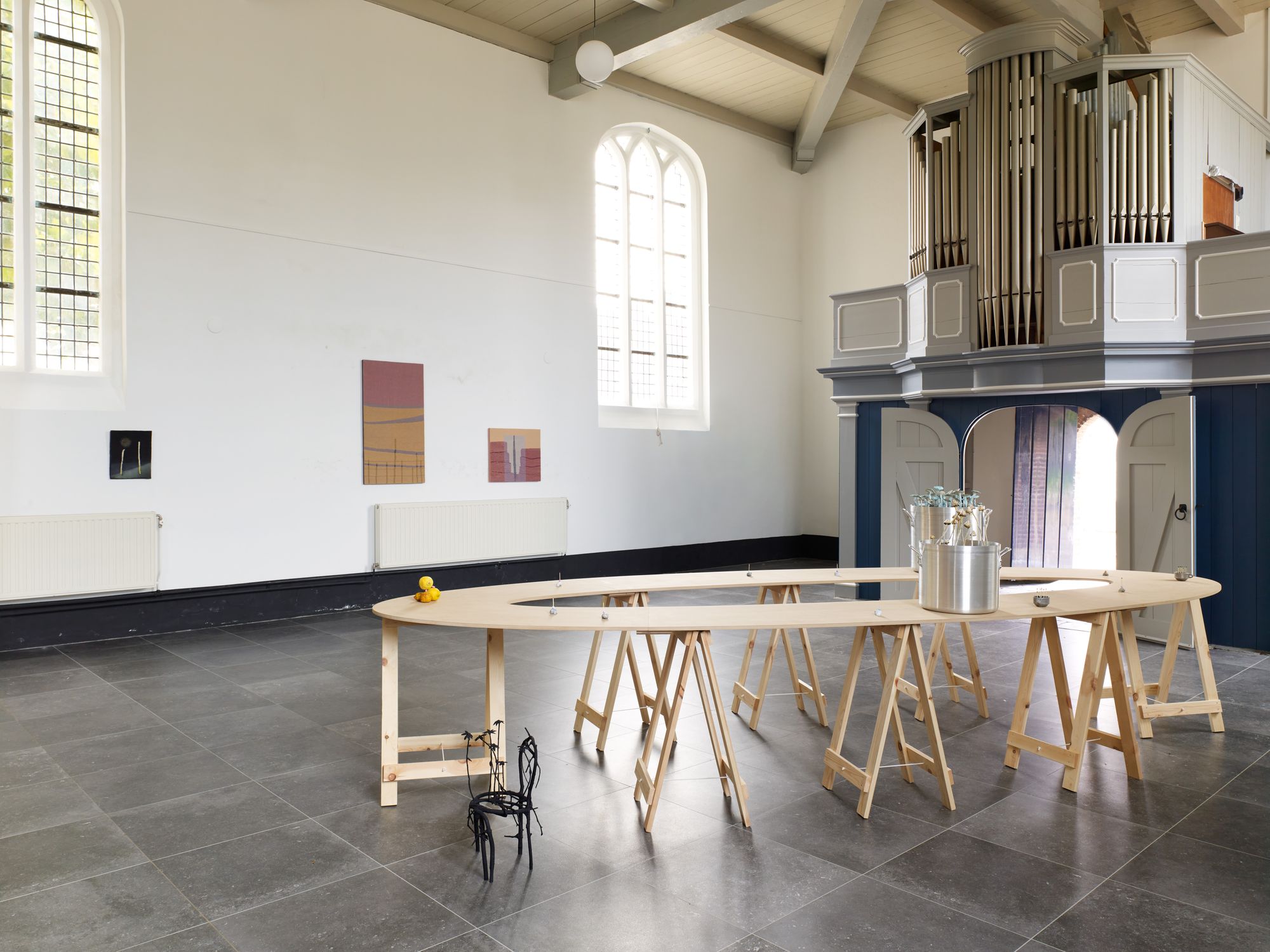 The chatty dawn, the cold lucid world Bronze, oil paint 34x25x54cm 2022 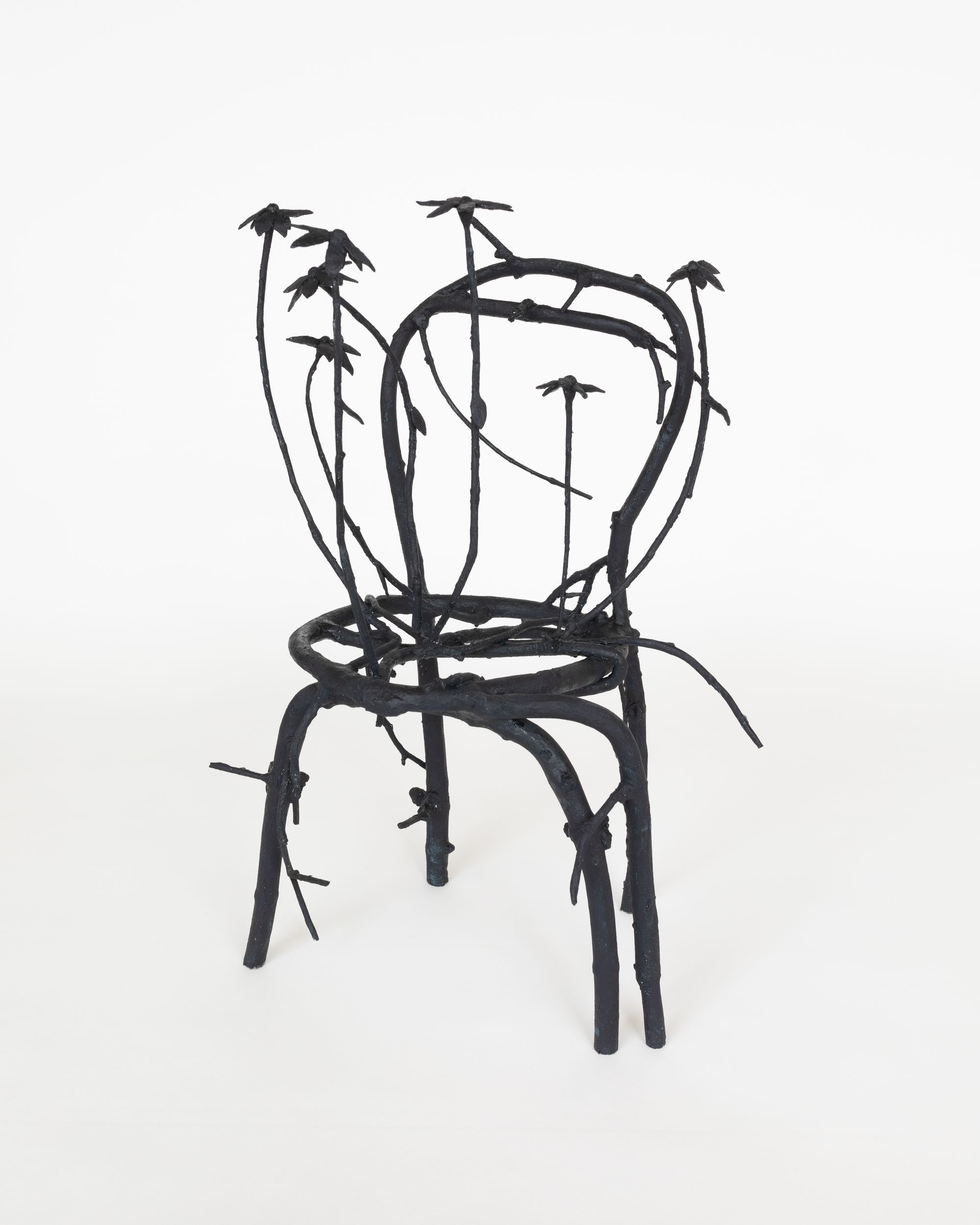 Installation view 2022 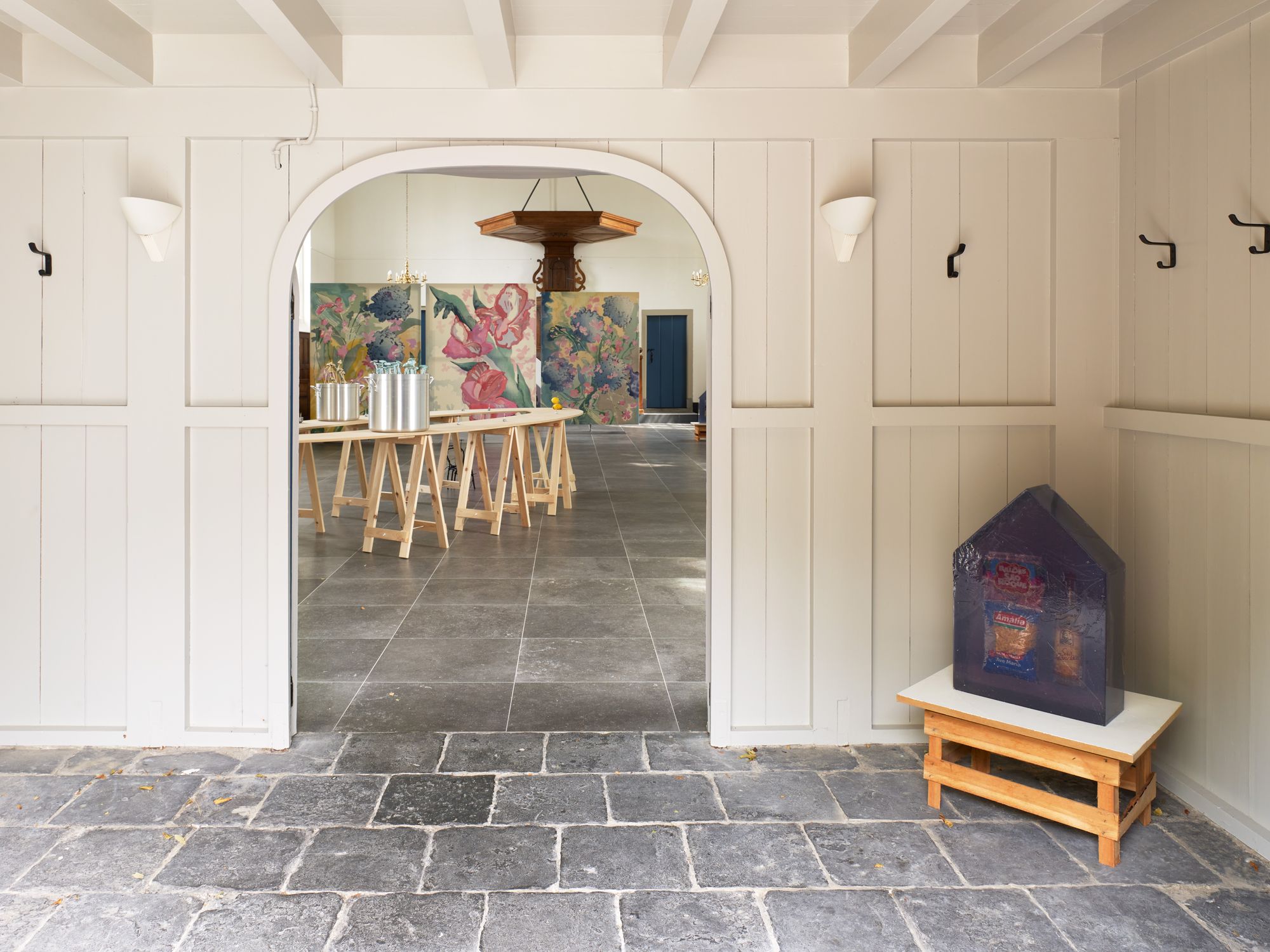 |
Liste, (solo presentation) sans titre 2022 | 1/2 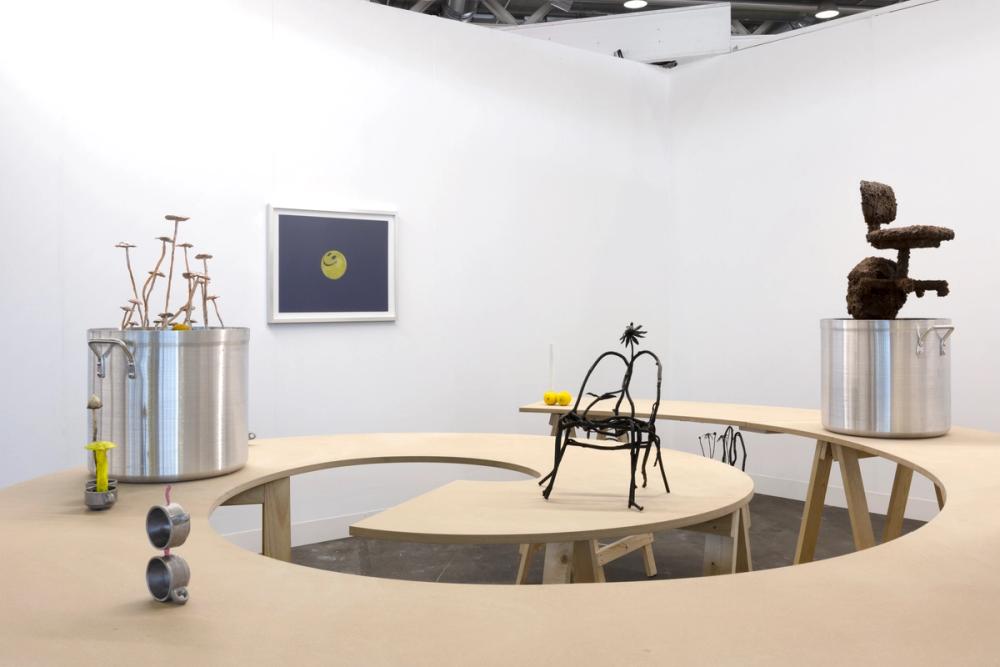 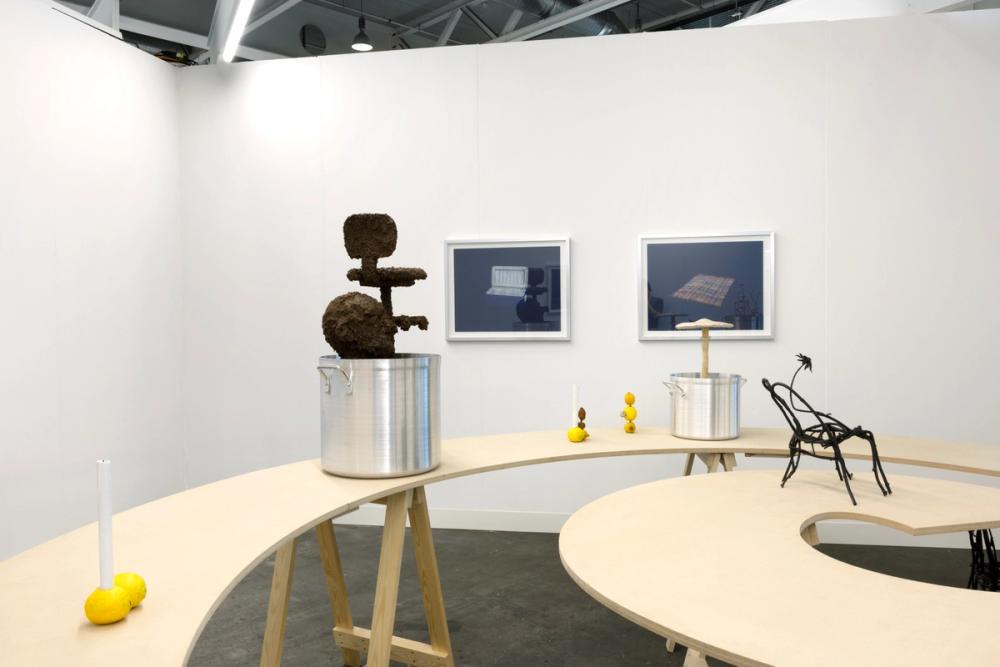 Description✕ Installation view 2022  Installation view 2022 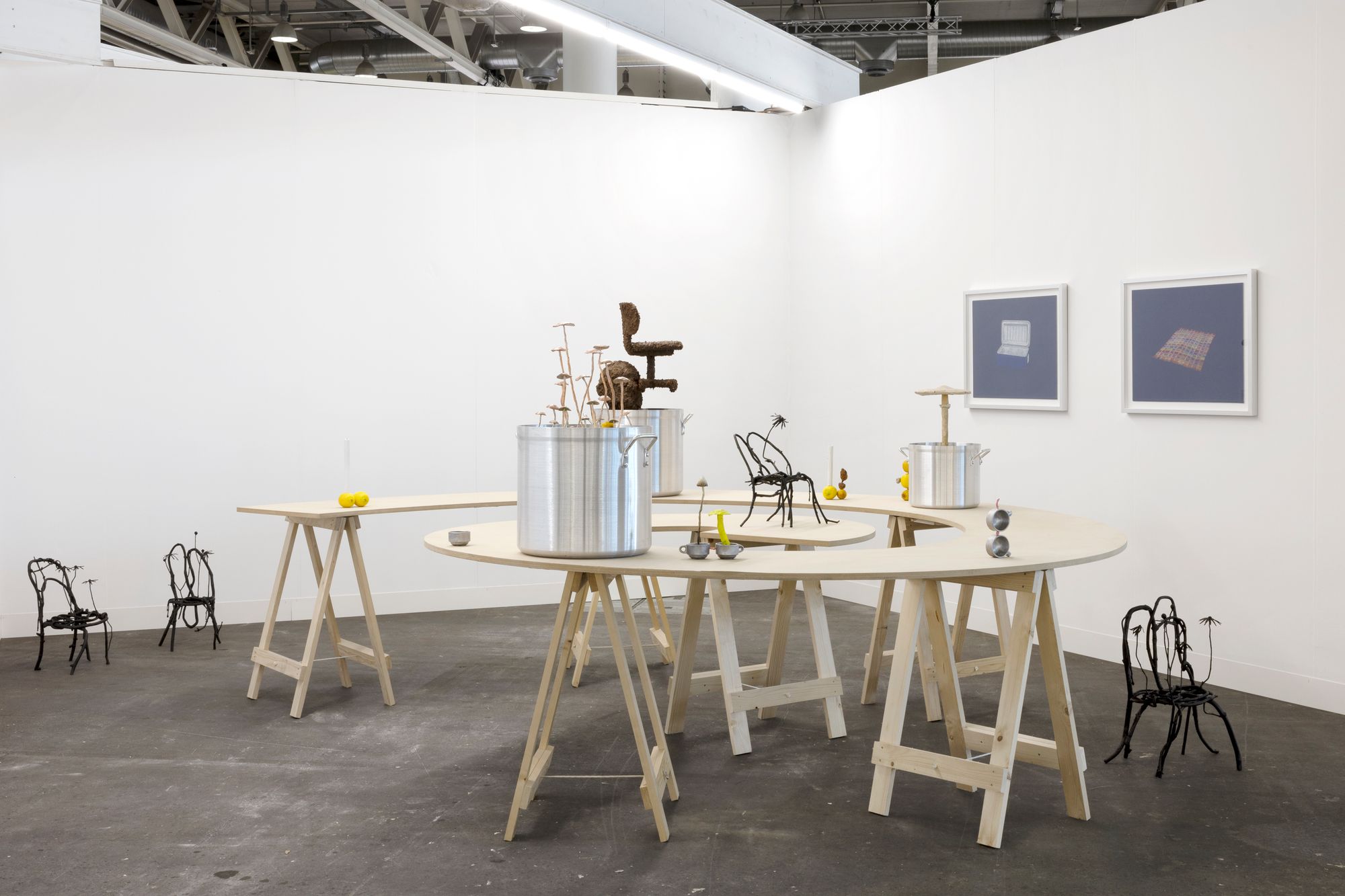 I, amygdala soup Aluminium, epoxy resin, epoxy putty, paint 50×50×65cm 2022  Myoclonic twitch in the municipal water Aluminium, epoxy resin, epoxy putty, paint 440×40×50cm 2022 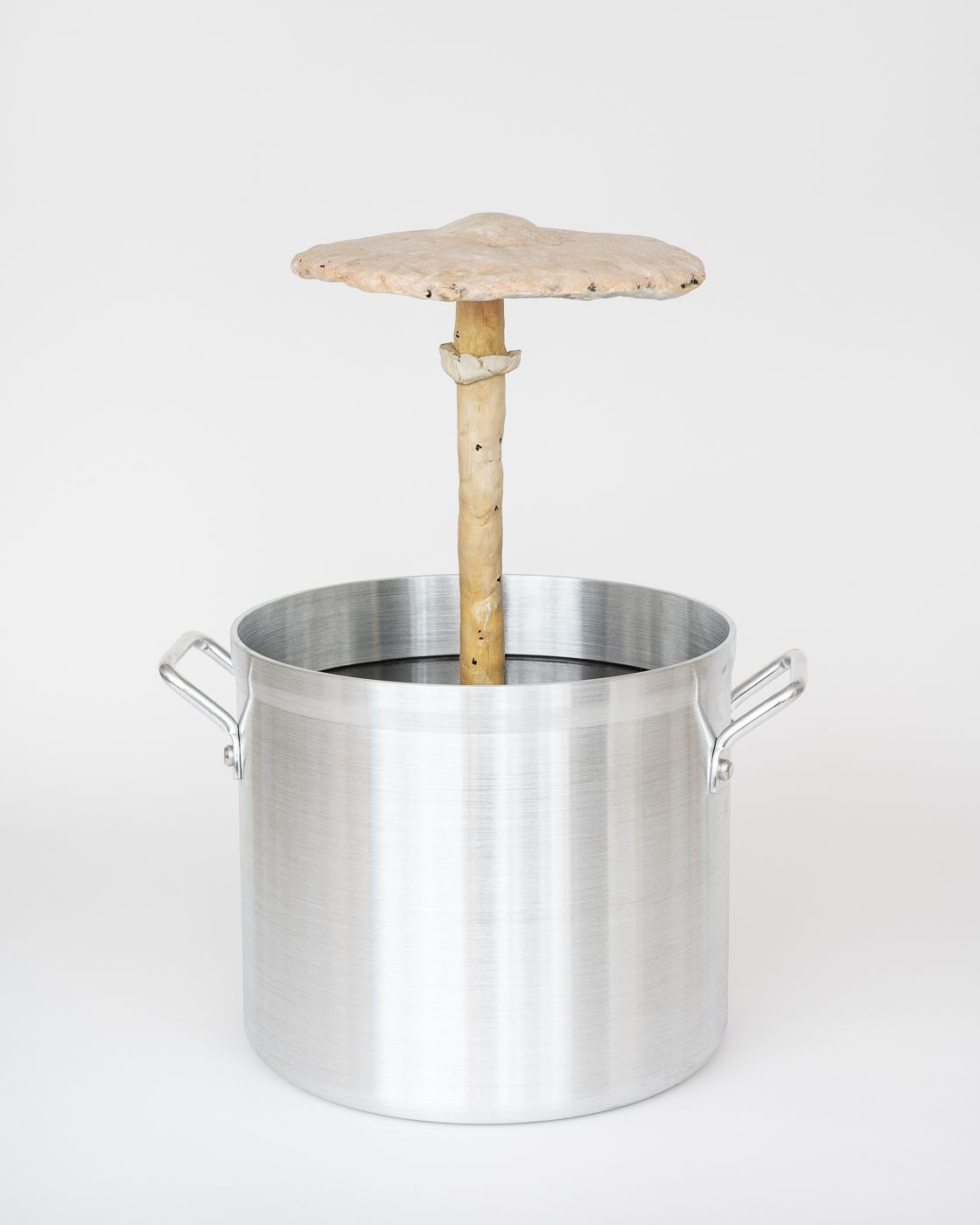 All the trees in the world will fall sooner or later Bronze 30×30×60cm 2022 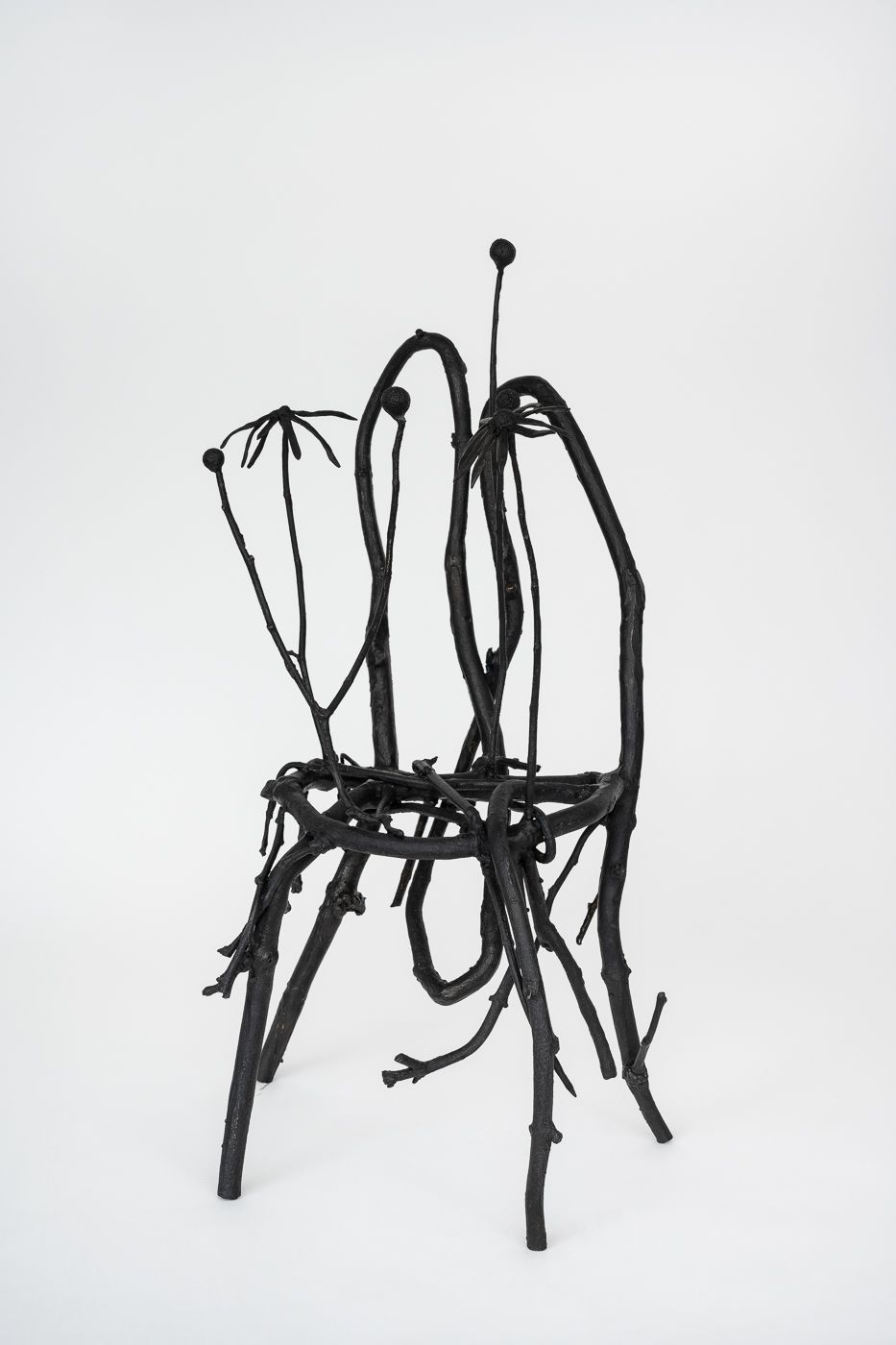 It’s in the roots not branches Bronze 30×35x55cm 2022 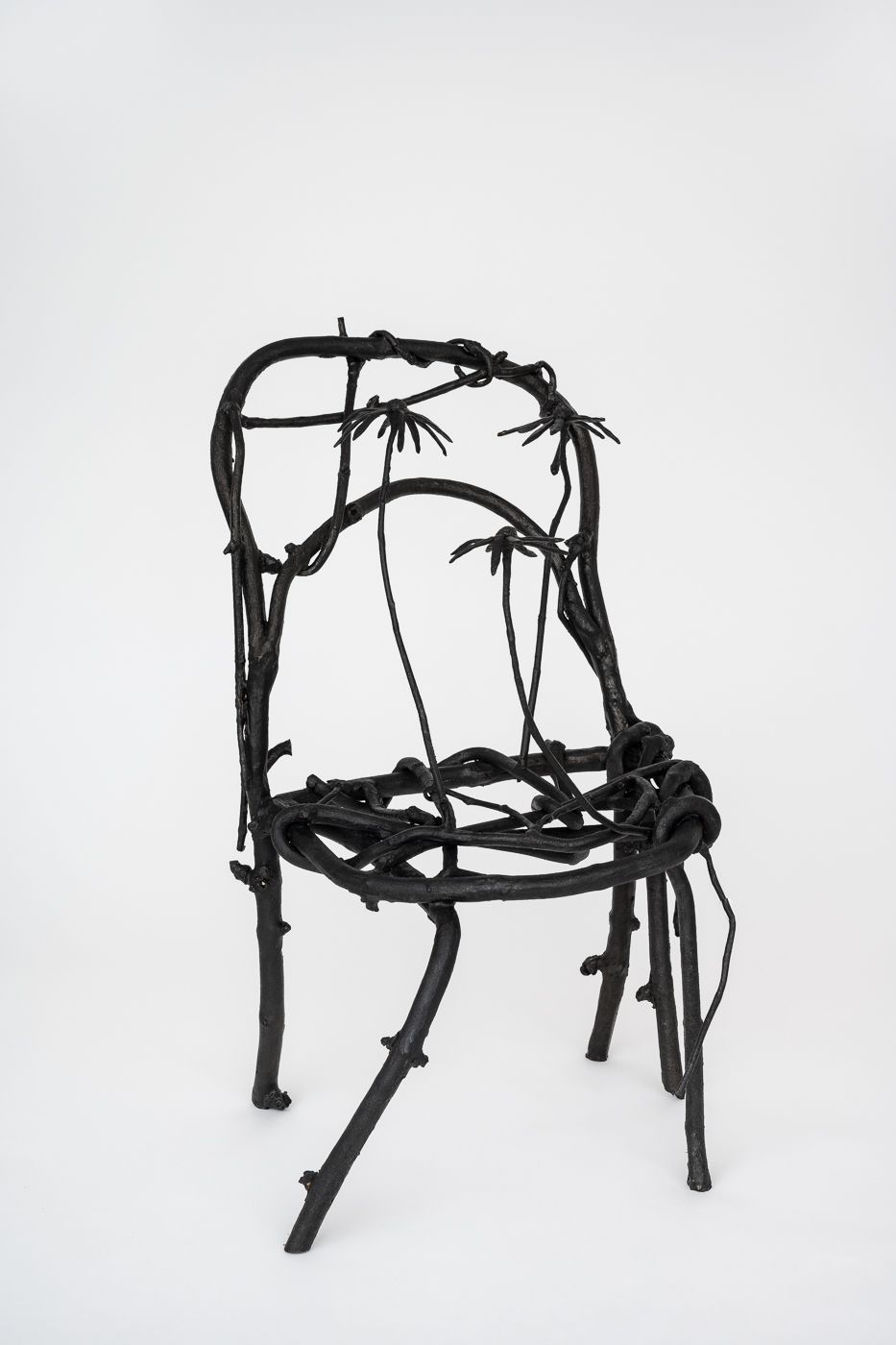 Cushioning from the world’s sharp edges Bronze 30×30×40cm 2022 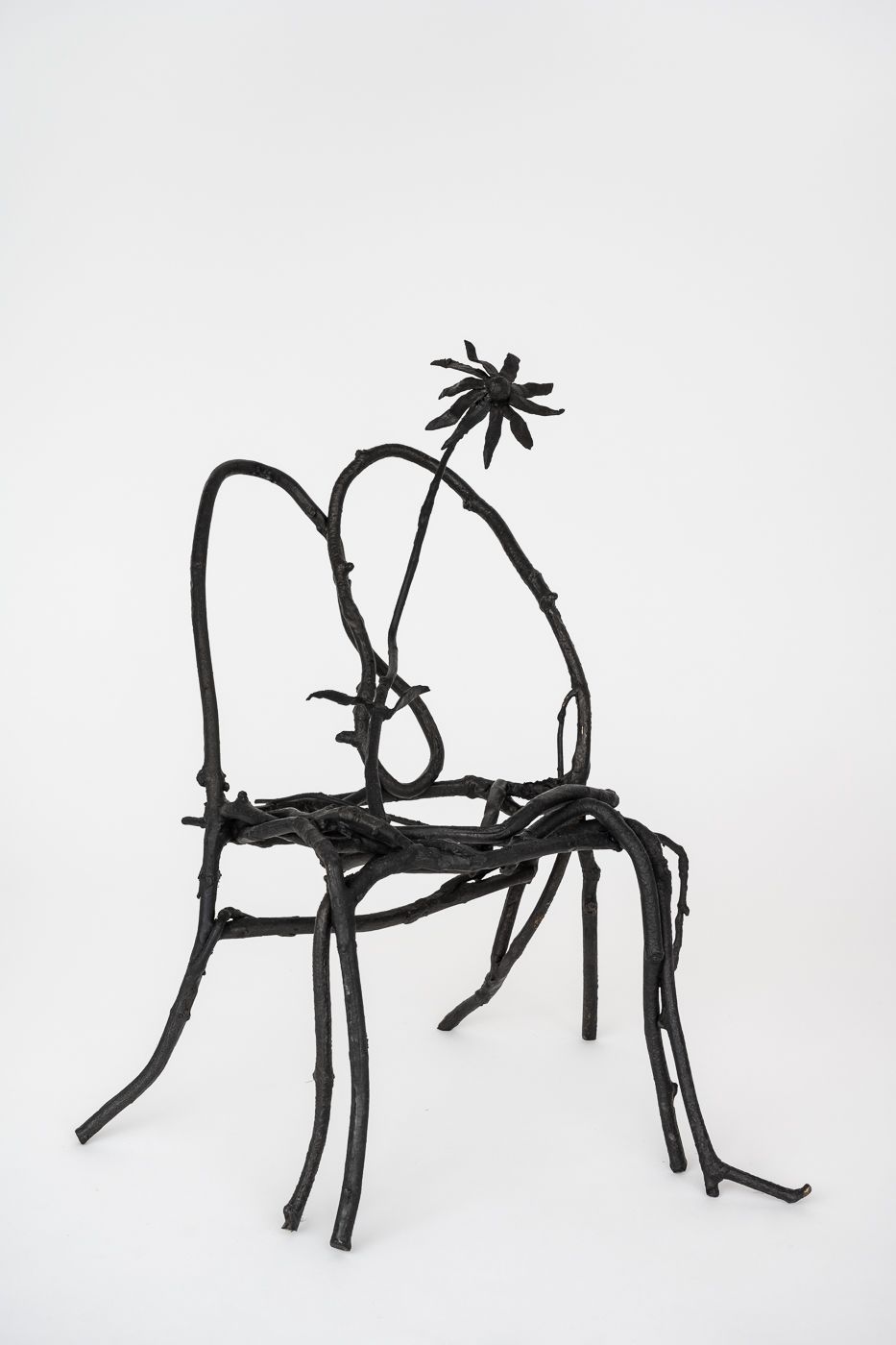 Petals are seen by seeds that dream Bronze 40×40×60cm 2022 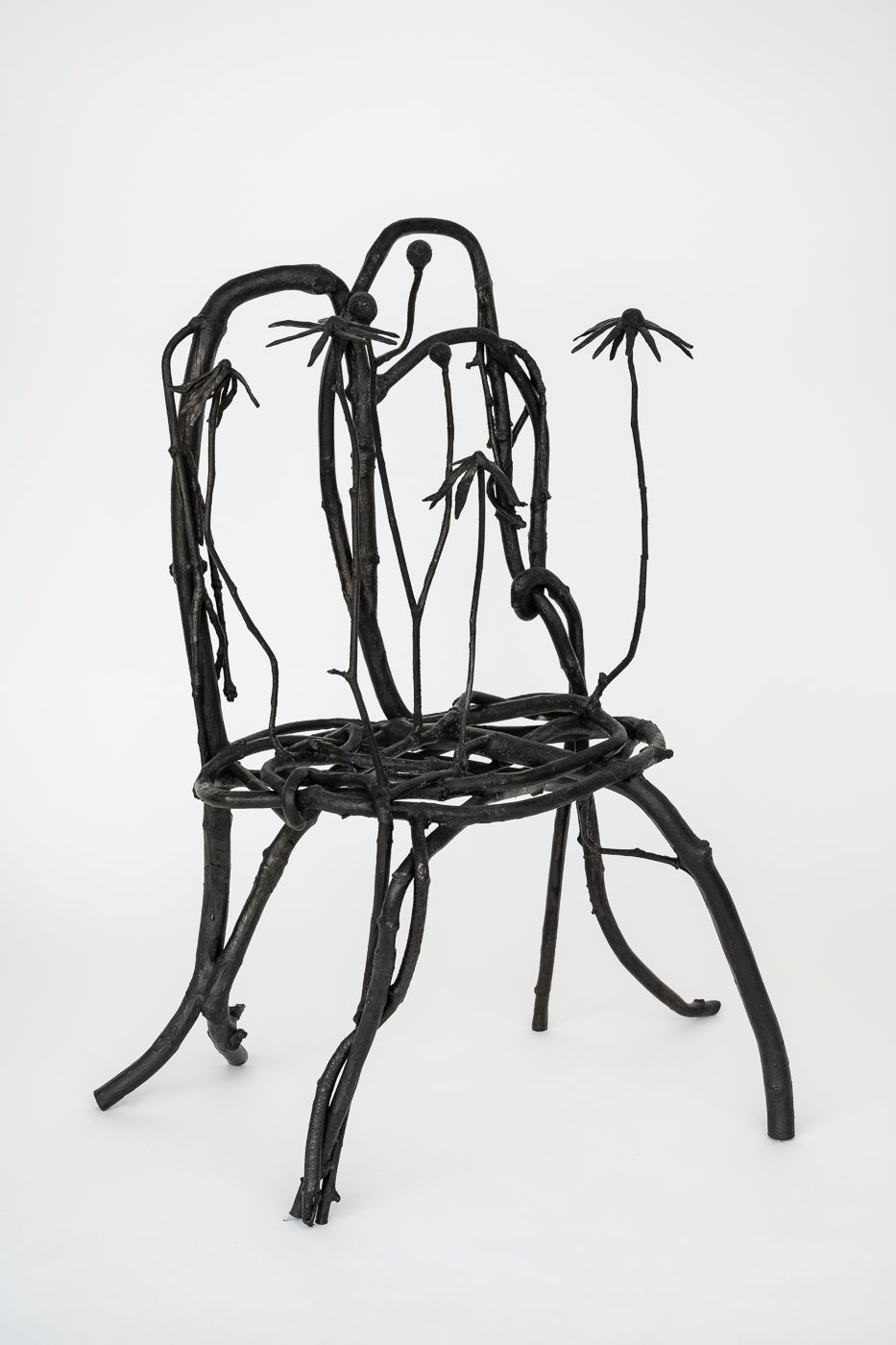 Fruit of dumb growth Aluminium, epoxy resin, alder, walnut, beech, oak, ash, cherry, apple, birch 50×50×90cm 2022 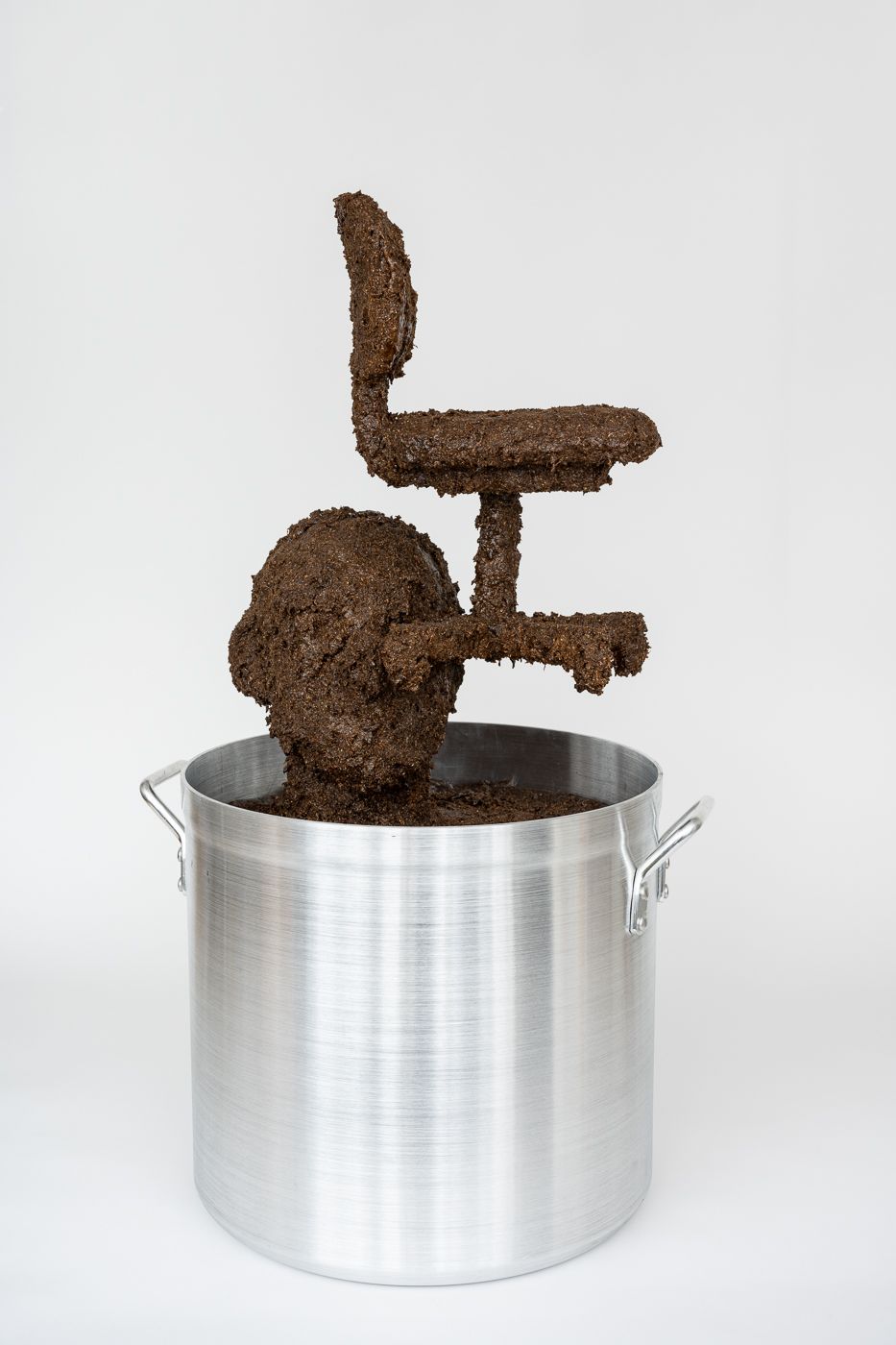 08:02 (cup, gum, cup, gum) Aluminium, paint 10×10×18cm 2022 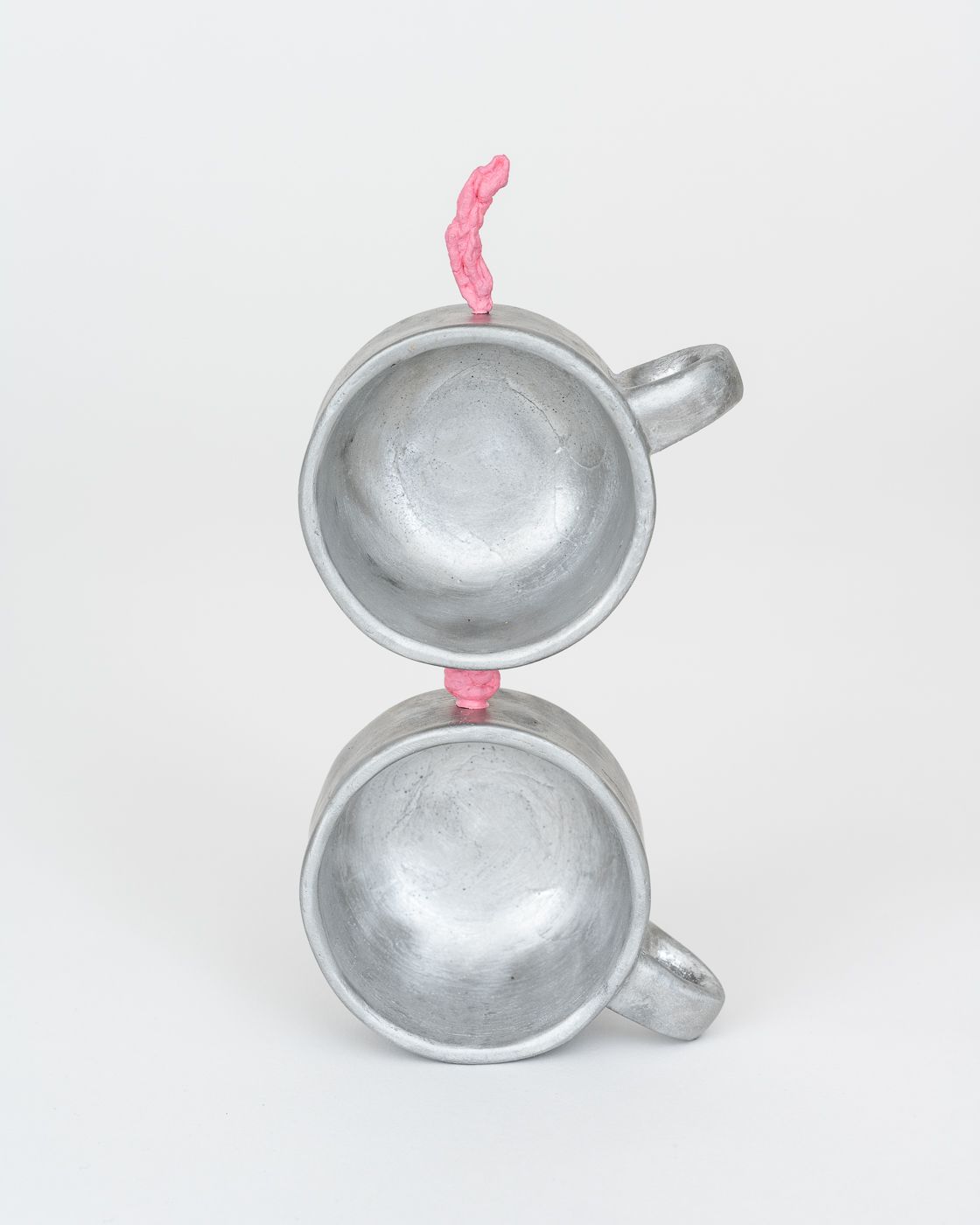 22:32 Epoxy resin, paint 15x10x30cm 2022 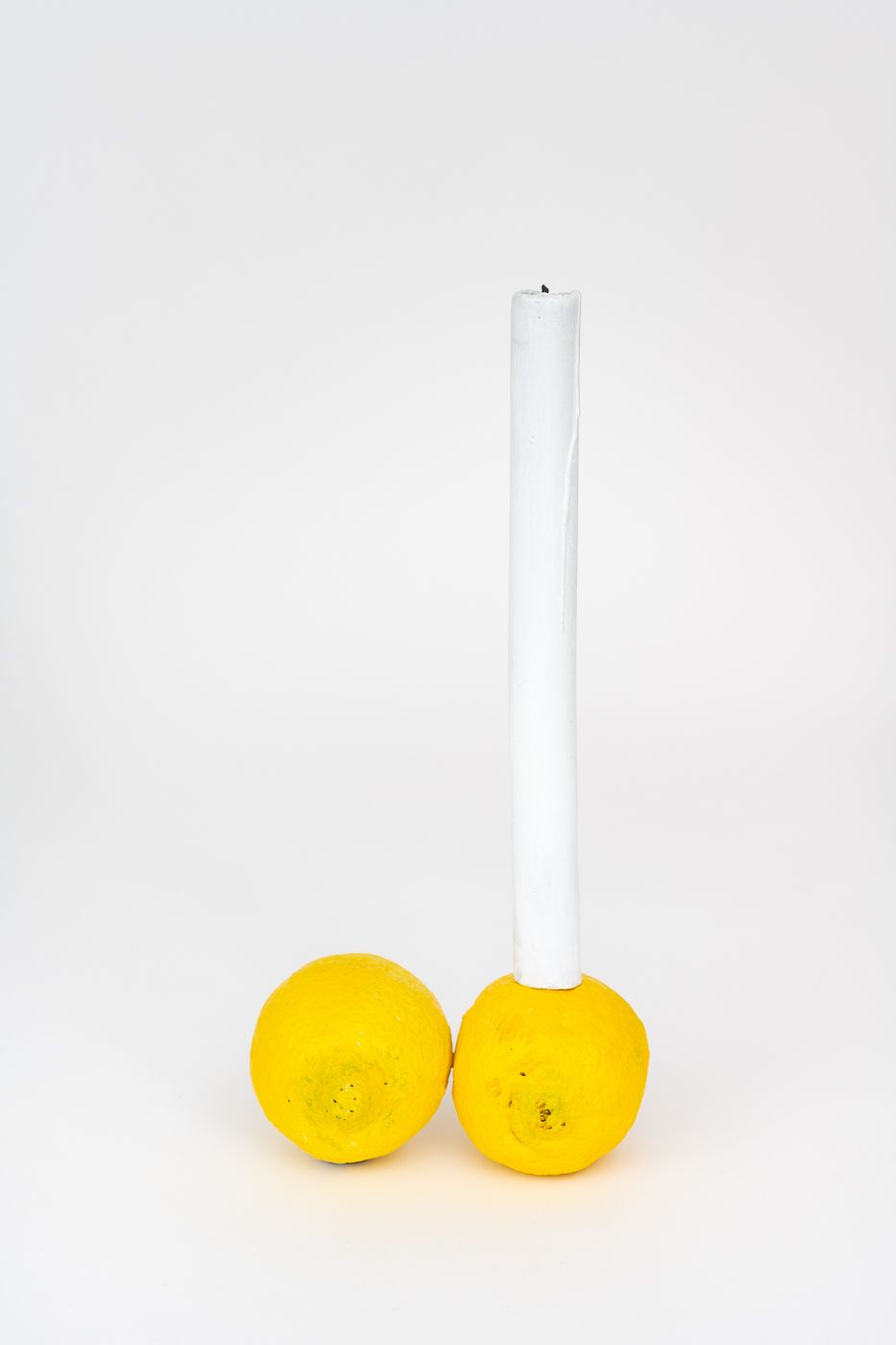 5:42 (brains) Aluminium, epoxy resin, paint 10×7×5cm 2022 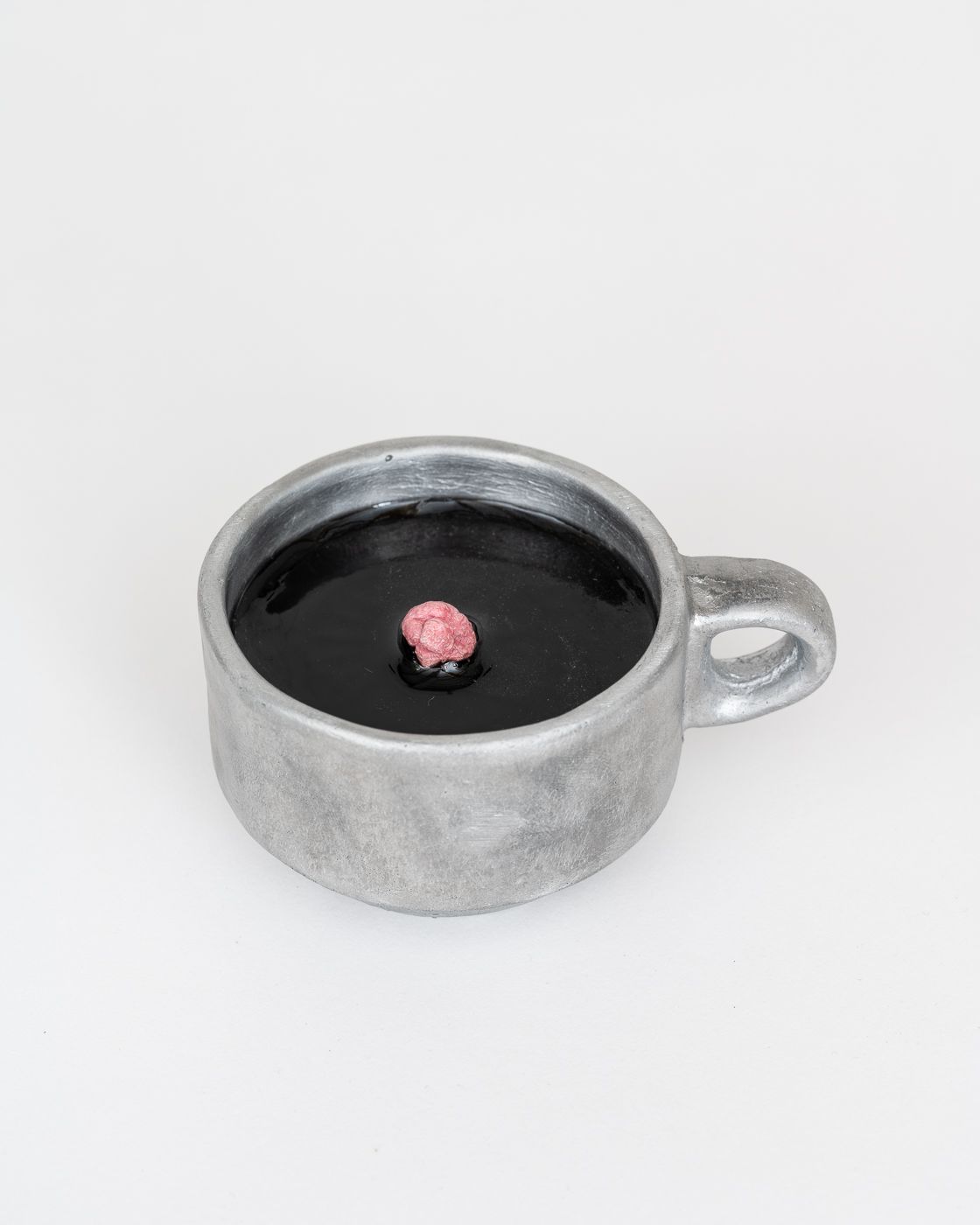 Installation view 2022 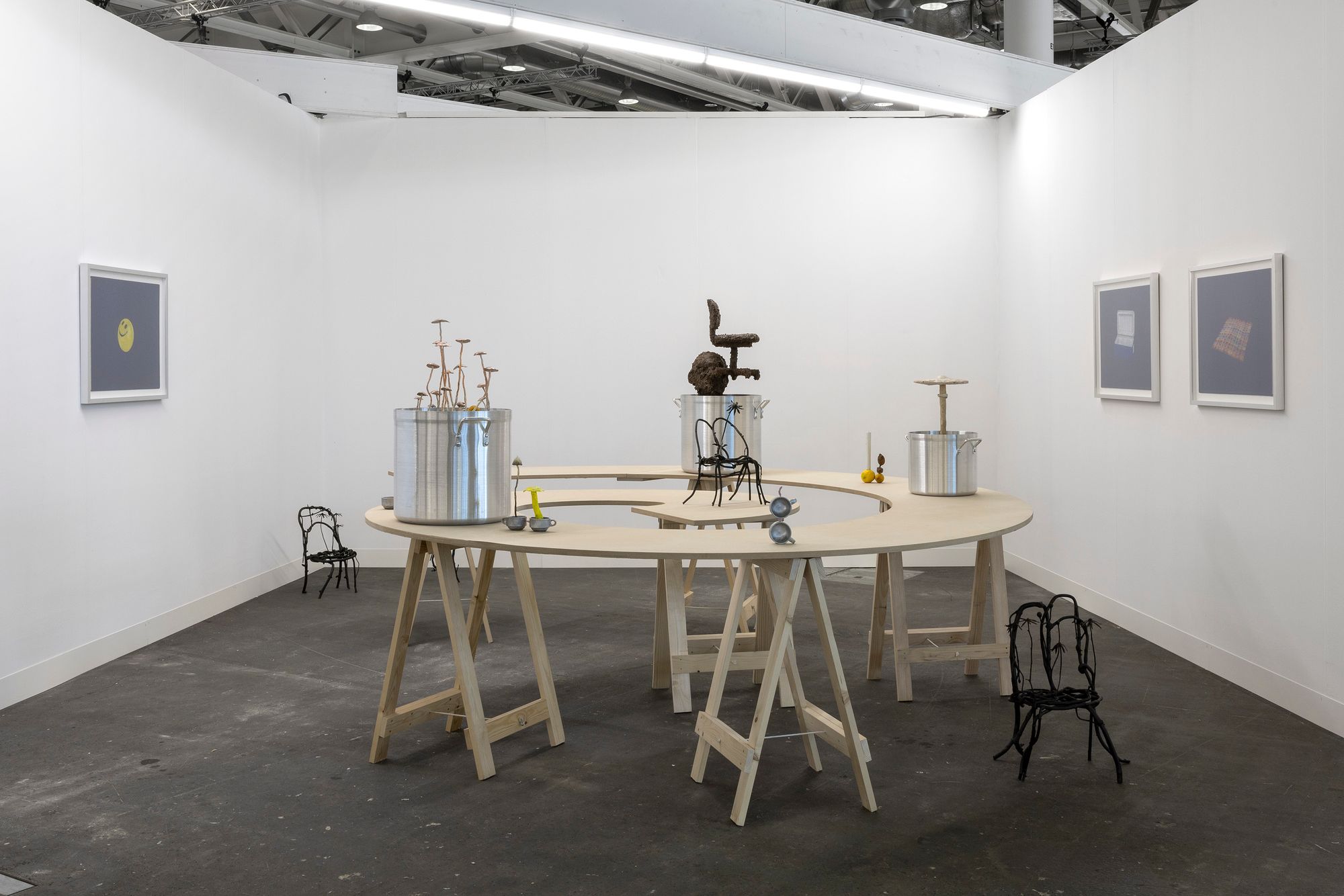 |
Amygdala lost and found sans titre 2021 | 1/1  Description✕ Tucked away, deep in the cerebrum and safely surrounded by walls and tunnels of brain tissue, two amygdalae brood in the dark. The name of these clustered packs of neurons is derived from the Greek amygdale, meaning almond, and thus reveals their shape. These two little almonds play a pivotal role in psychic life — they are generally associated with the darker side of emotional life and take on a significant part in the production of anxiety, sadness, and aggression. Yet, they tend to produce happiness and the feeling of reward as well. Whimsical in their function, they give a hand in the construction of desire and help make decisions. They assist in the production of memory and emotional learning and flare in cases of PTSD. Political orientation is said to be shaped by one’s almonds, too. But most of all, they allow one to remember oneself. They make sure that one remembers that yesterday’s thoughts were actually theirs — that the I is an I, which makes a self. An ergonomic chair, a desk turned over, a stack of papers, and an archive box are some of the figures that constitute Pearch’s unruly landscape of petrified workers, of labor, storage, and grind. They are the ruins from which things grow — old modernist symbols that form the humus for non-human growth. Cacti and mushrooms grow stubbornly, while lemons repose. They form the place where almonds are lost and then found anew — where one falls in and out of the containment and control of psychic life, where the scenography of psychopolitics becomes an archeological scene of abandonment and decay that nourishes a renewed, yet still wonky life. Where the I becomes another, born of Thames mud. Where empty containers float against a monochrome ocean blue — the shell that constitutes seafare and trade, empty and lost at sea, the containment of life itself, gone. Where in the midst of this entropic soup a pigeon looks at itself in the mirror, and a mouse plays dead. Where from an almond the I sprouts. – Tom Engels Installation view 2021 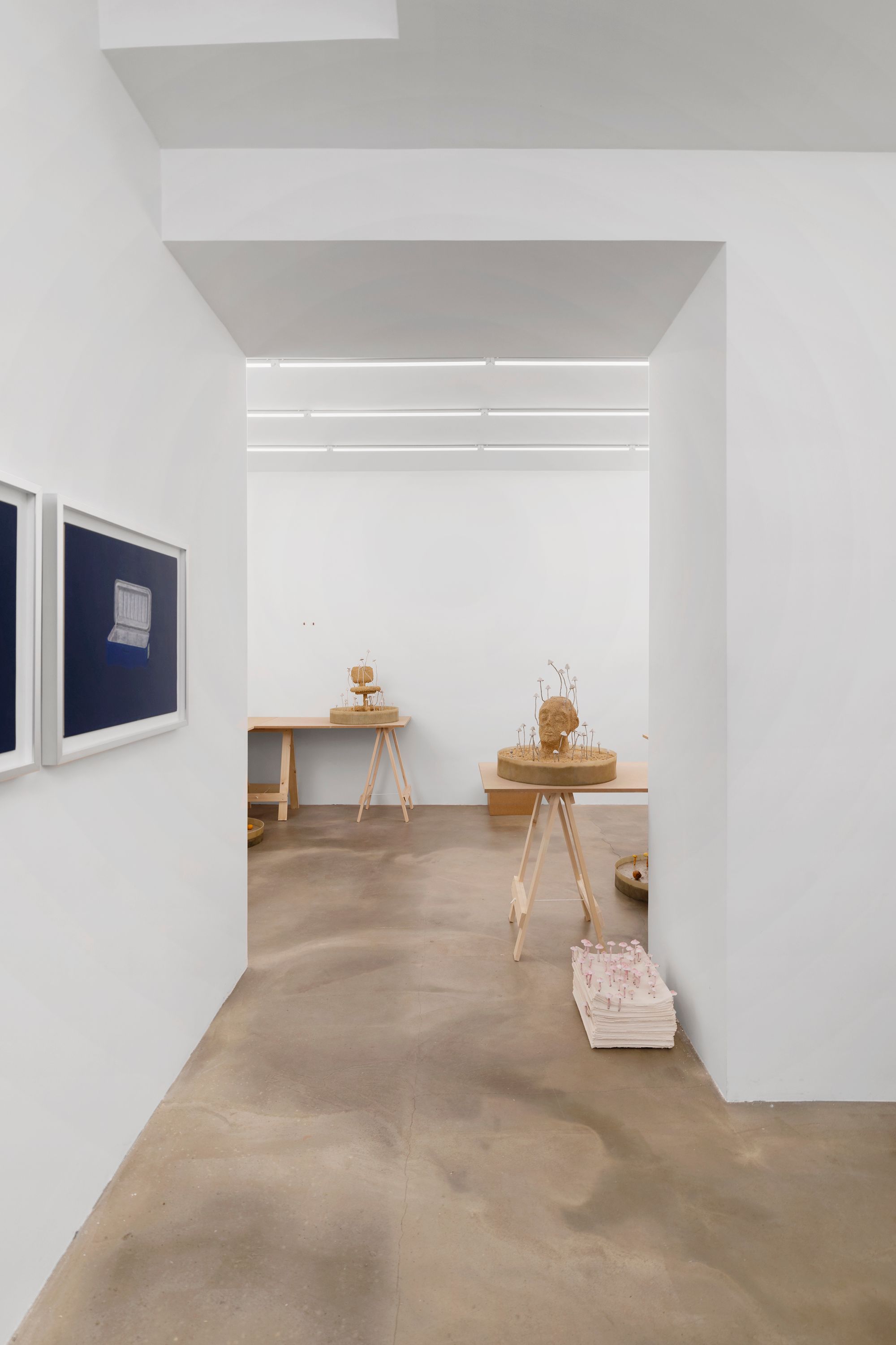 Energy Ball Resin, fibreglass, grains, epoxy putty, oil paint, ply, PLA 60×60×60 2021 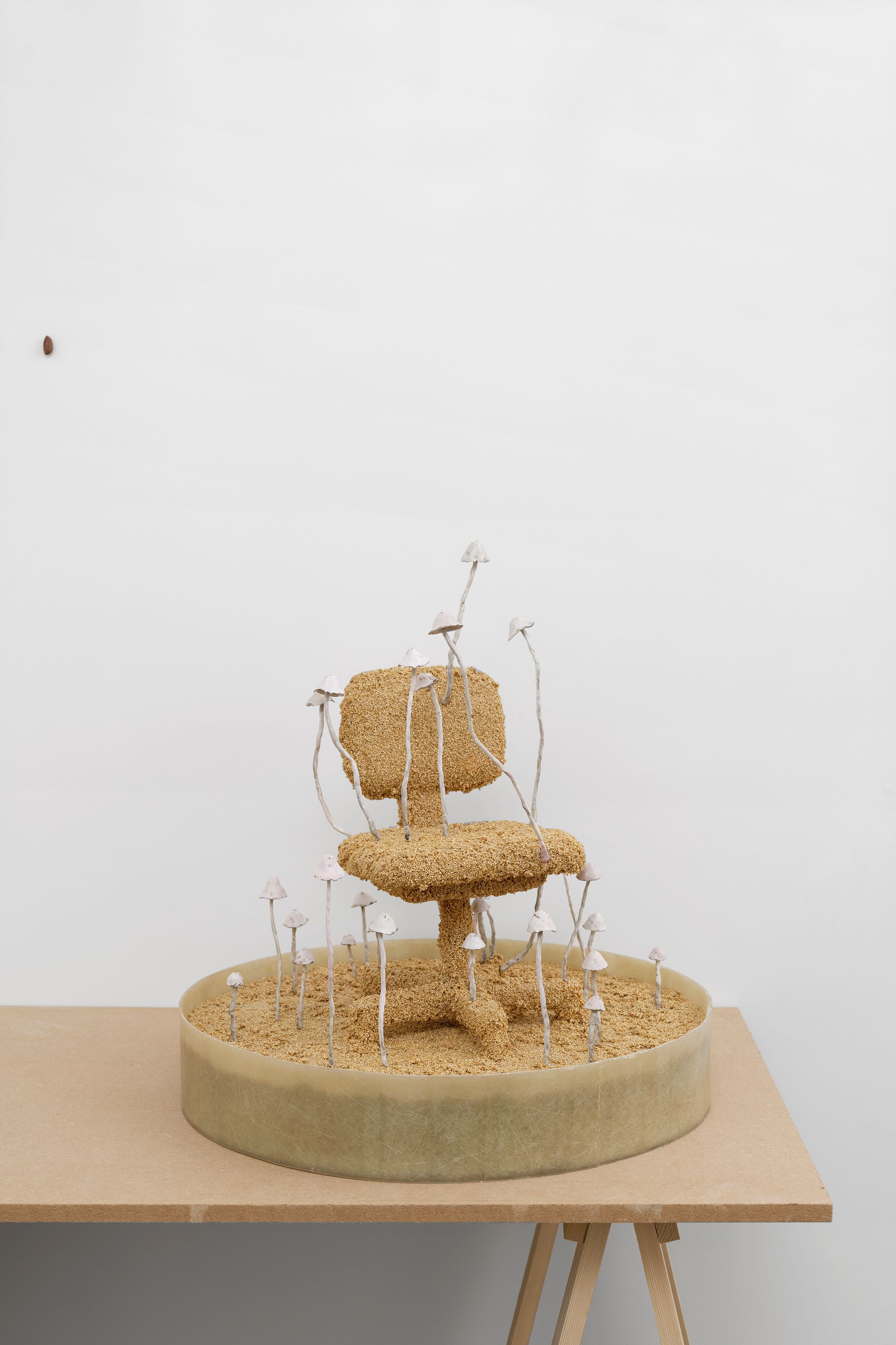 Installation view 2021 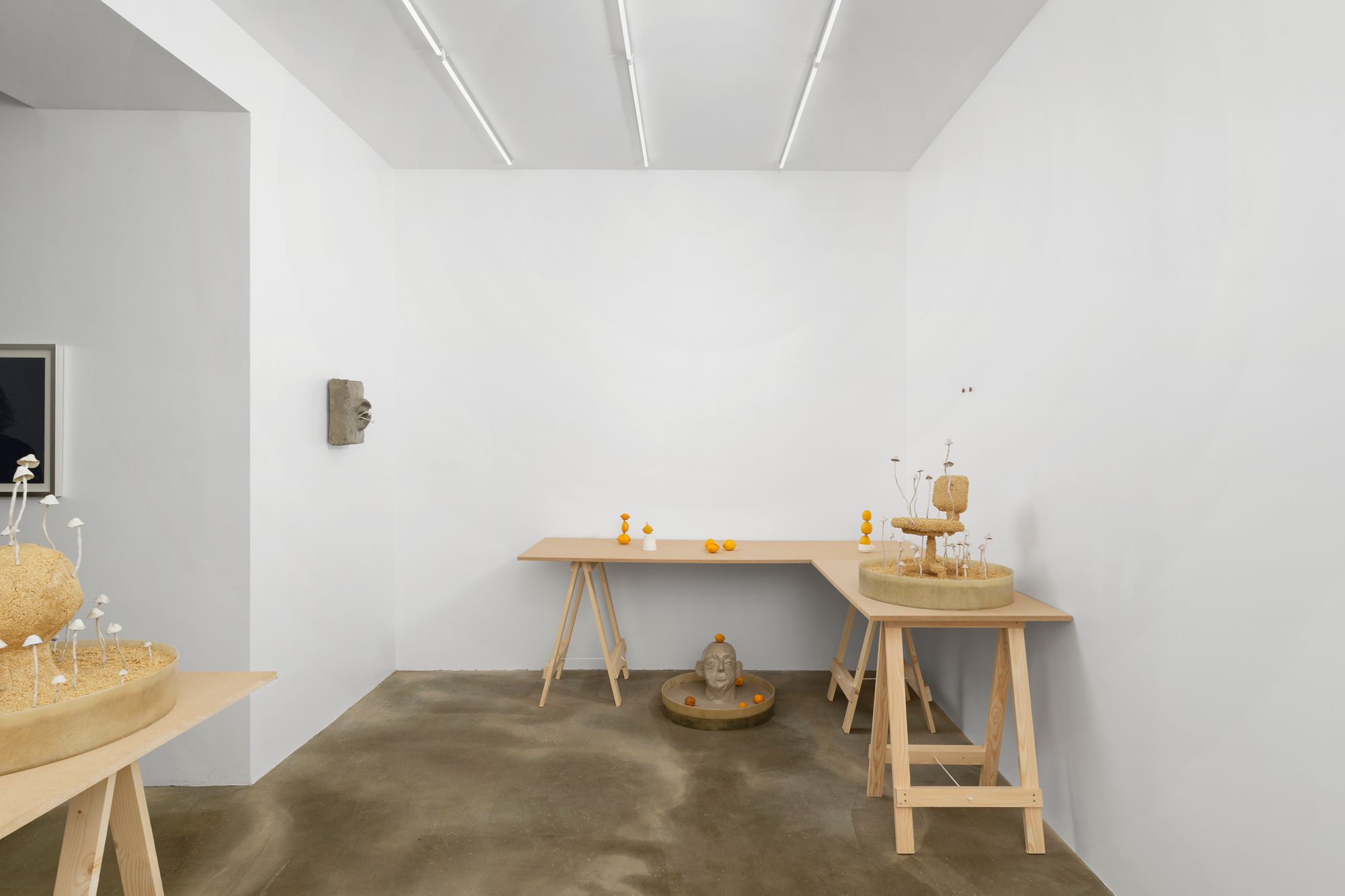 Grow bag Jesmonite, epoxy putty, oil paint 35×25×20cm 2021 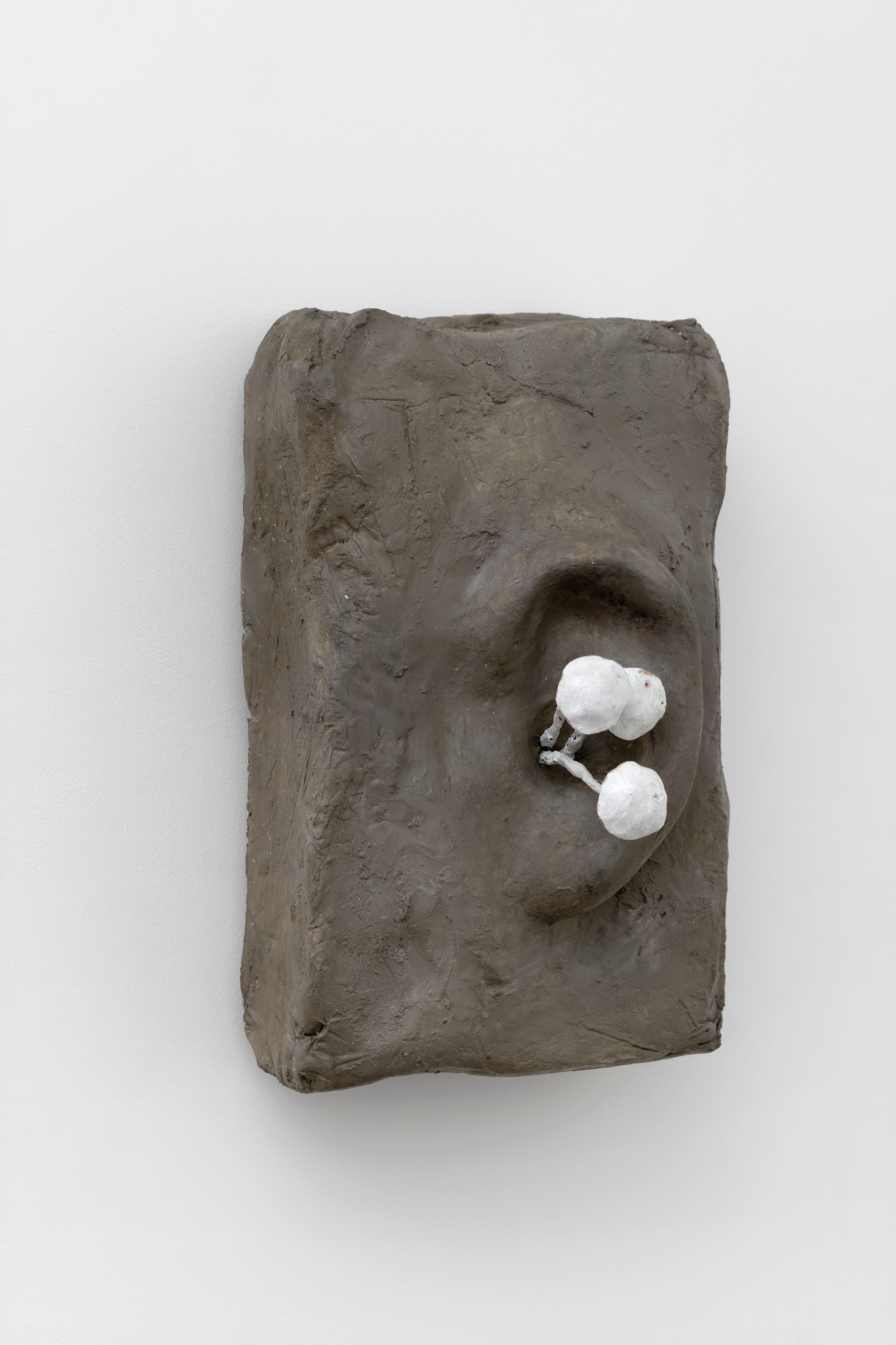 Thames mud and petite tumours Resin, fiberglass, plaster polymer, oil paint 60×60×60 2021  15:11 Plaster, resin, oil paint 10×10×25cm 2021  Installation view 2021  Auditory Nerve Archive Steel, enamel, polymerised gypsum, oil paint 42×32×26cm 2021 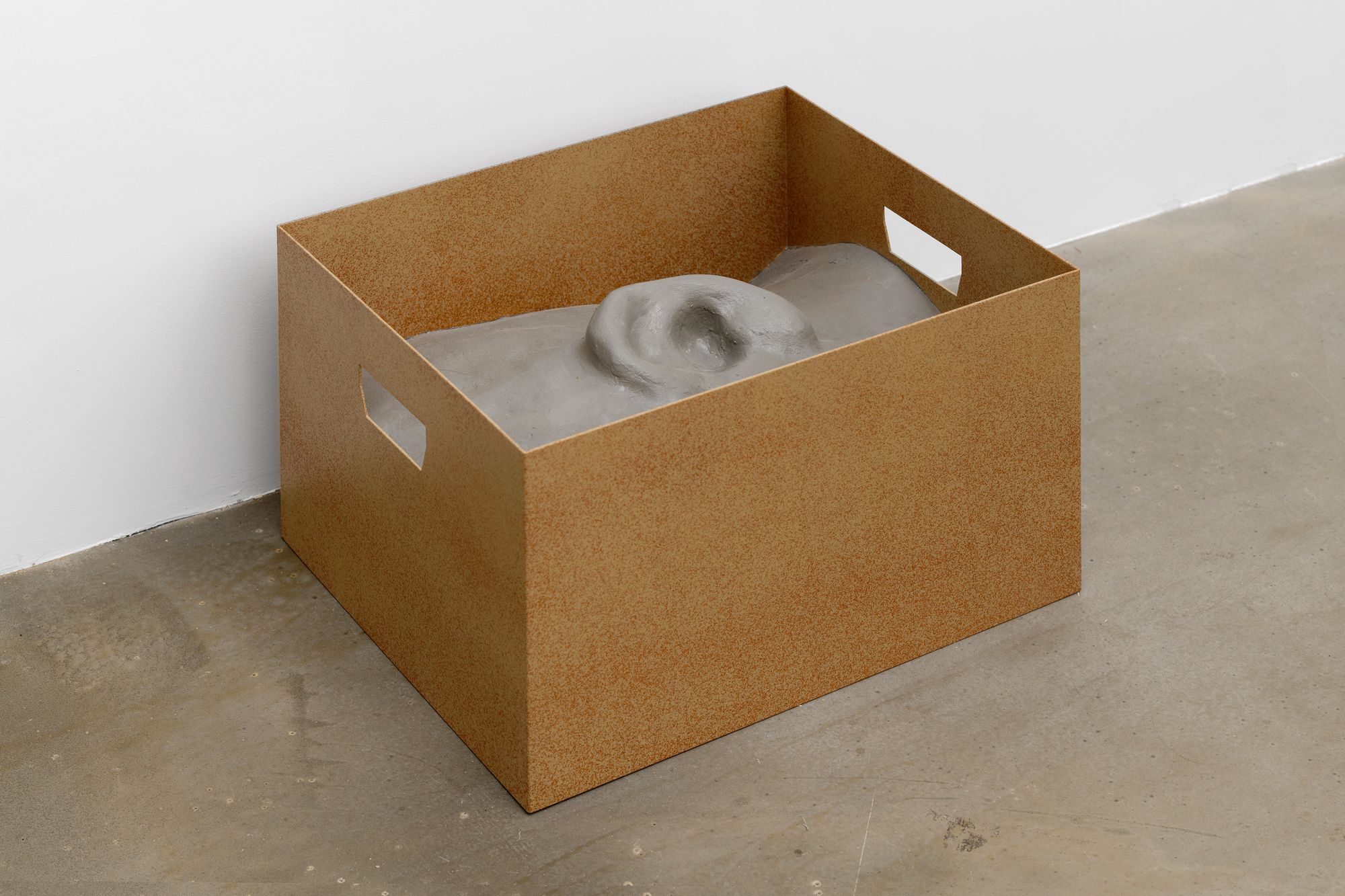 More Productive, and, Lost Carrier Pigeon Polymerised gypsum, resin, oil paint, and, coloured pencil on paper 2021 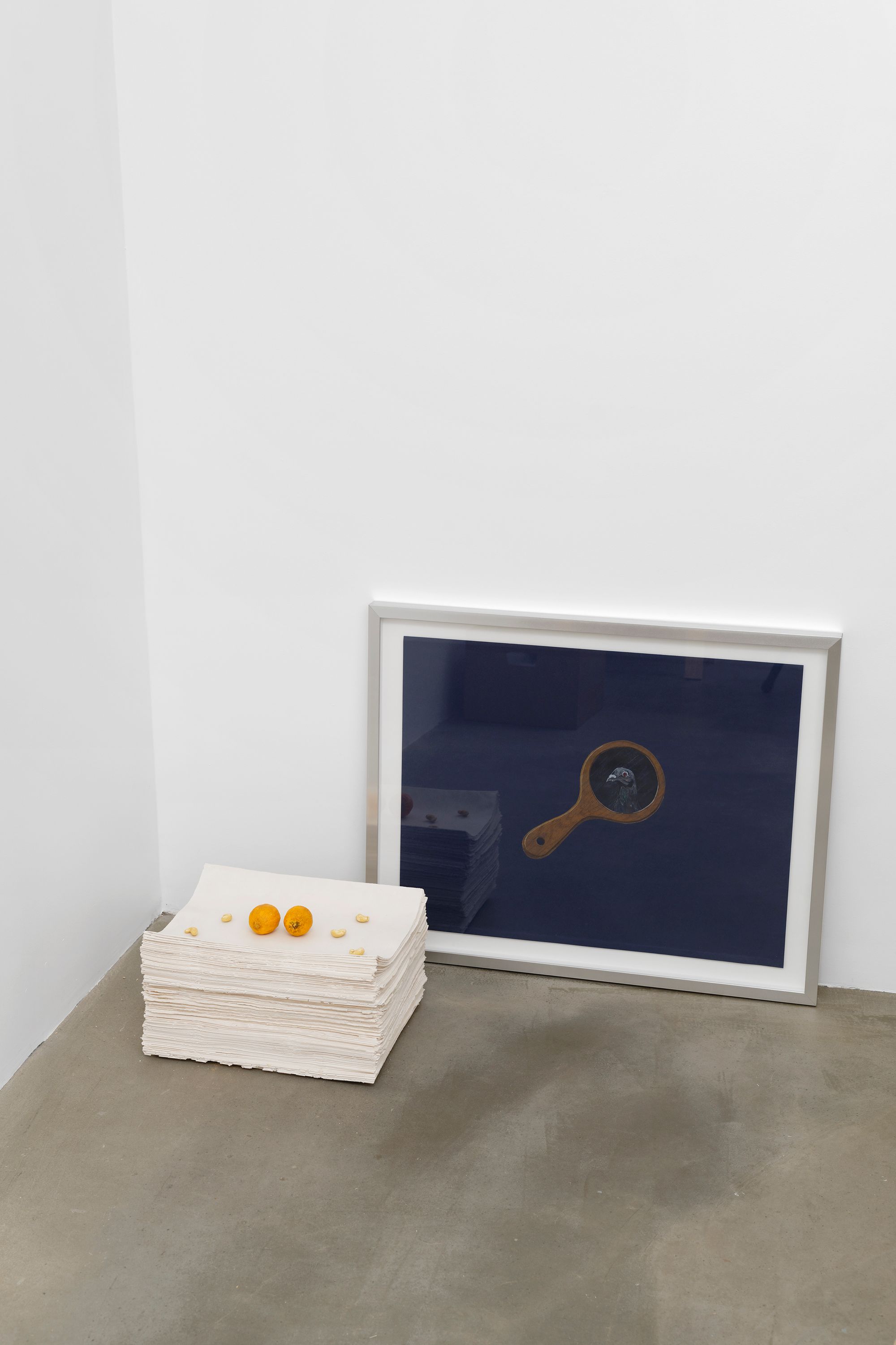 More Productive (detail) 2021 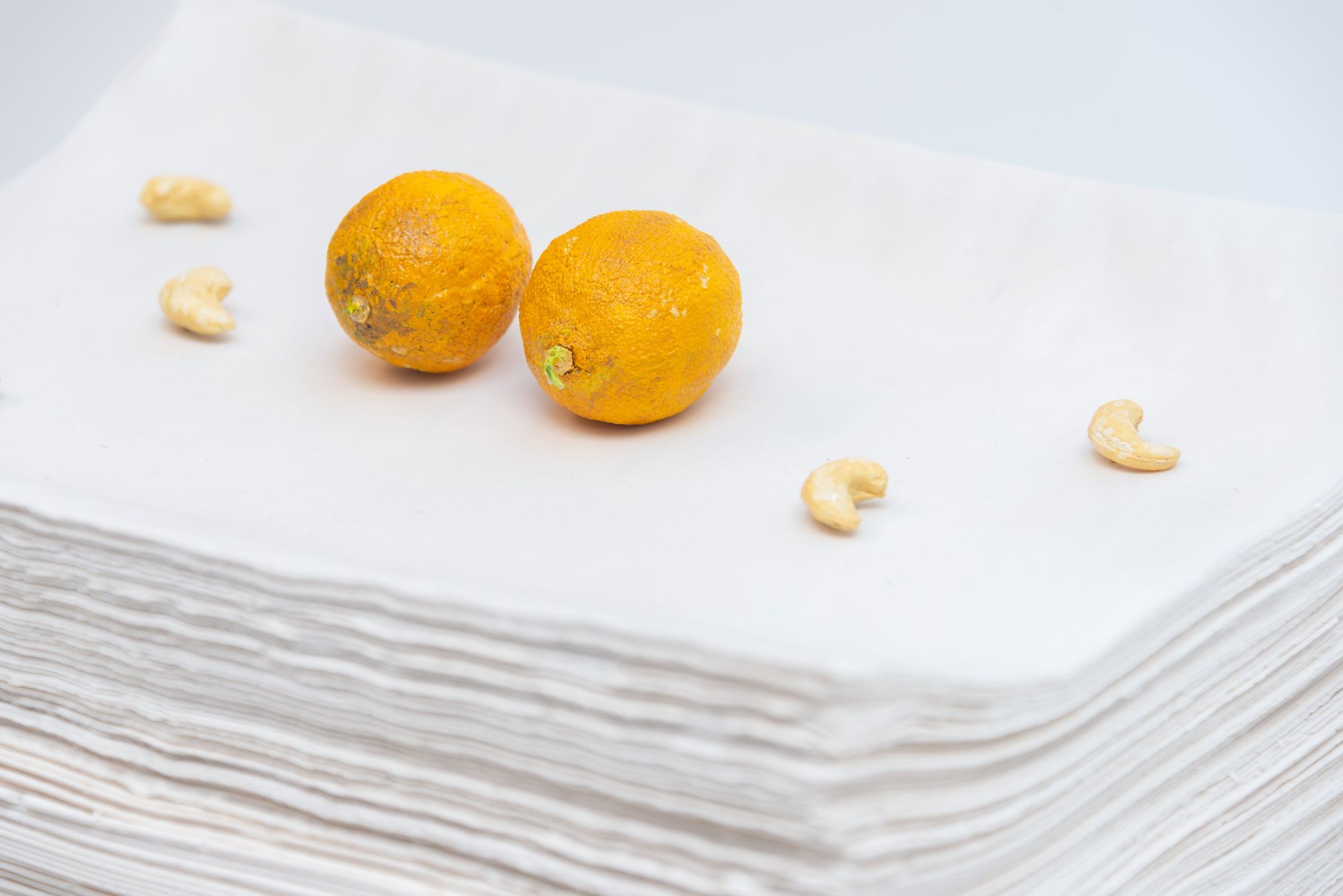 Thames mud at dawn Resin, fibreglass, polymerised gypsum, oil paint, ply 60×60x60 2021 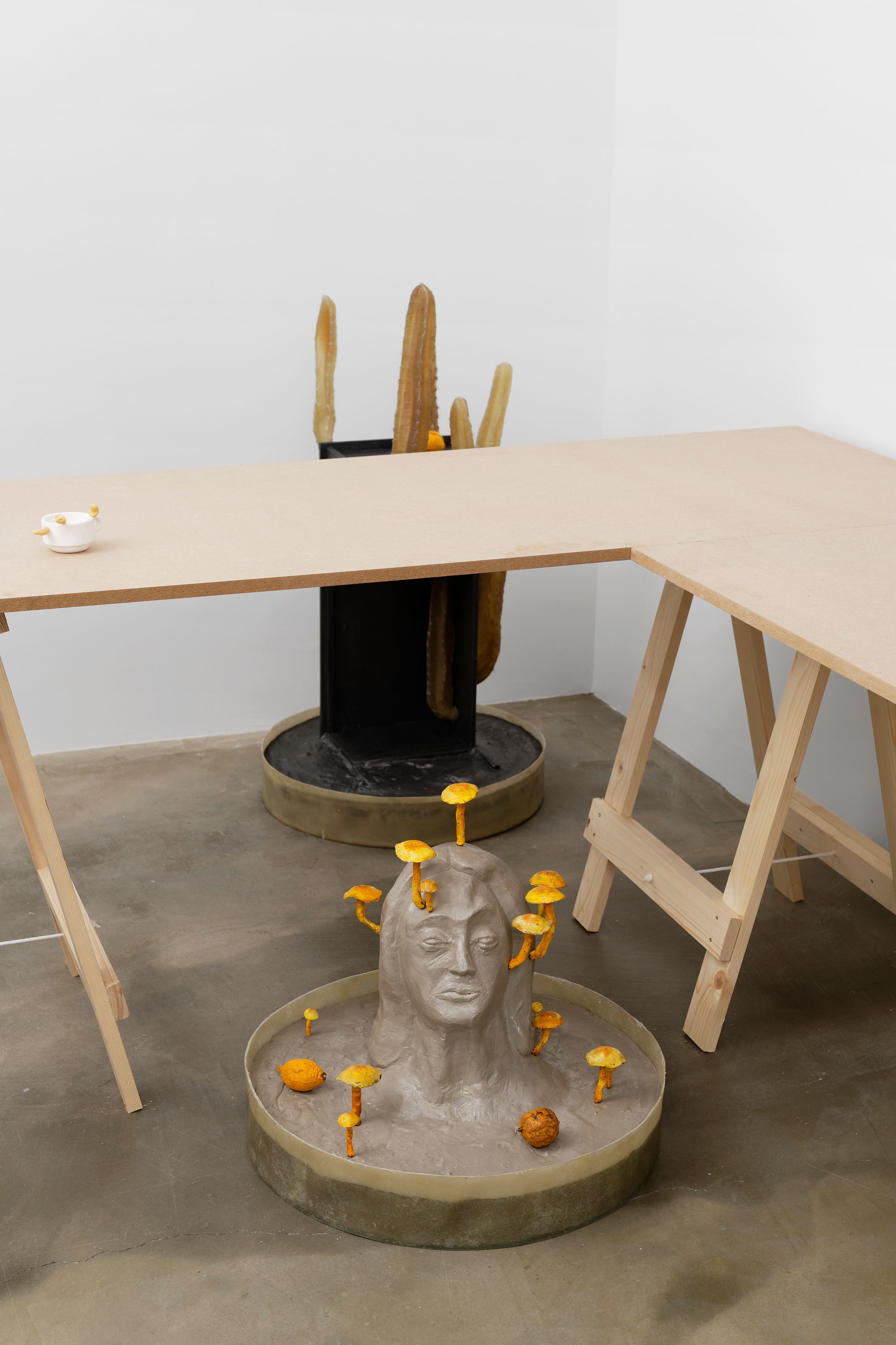 Fruits Resin, fiberglass, ply, jesmonite, graphite, oil paint 60×60×115cm 2021  Installation view 2021  Lost containers Coloured pencil on paper 42×60cm (unframed) 2021 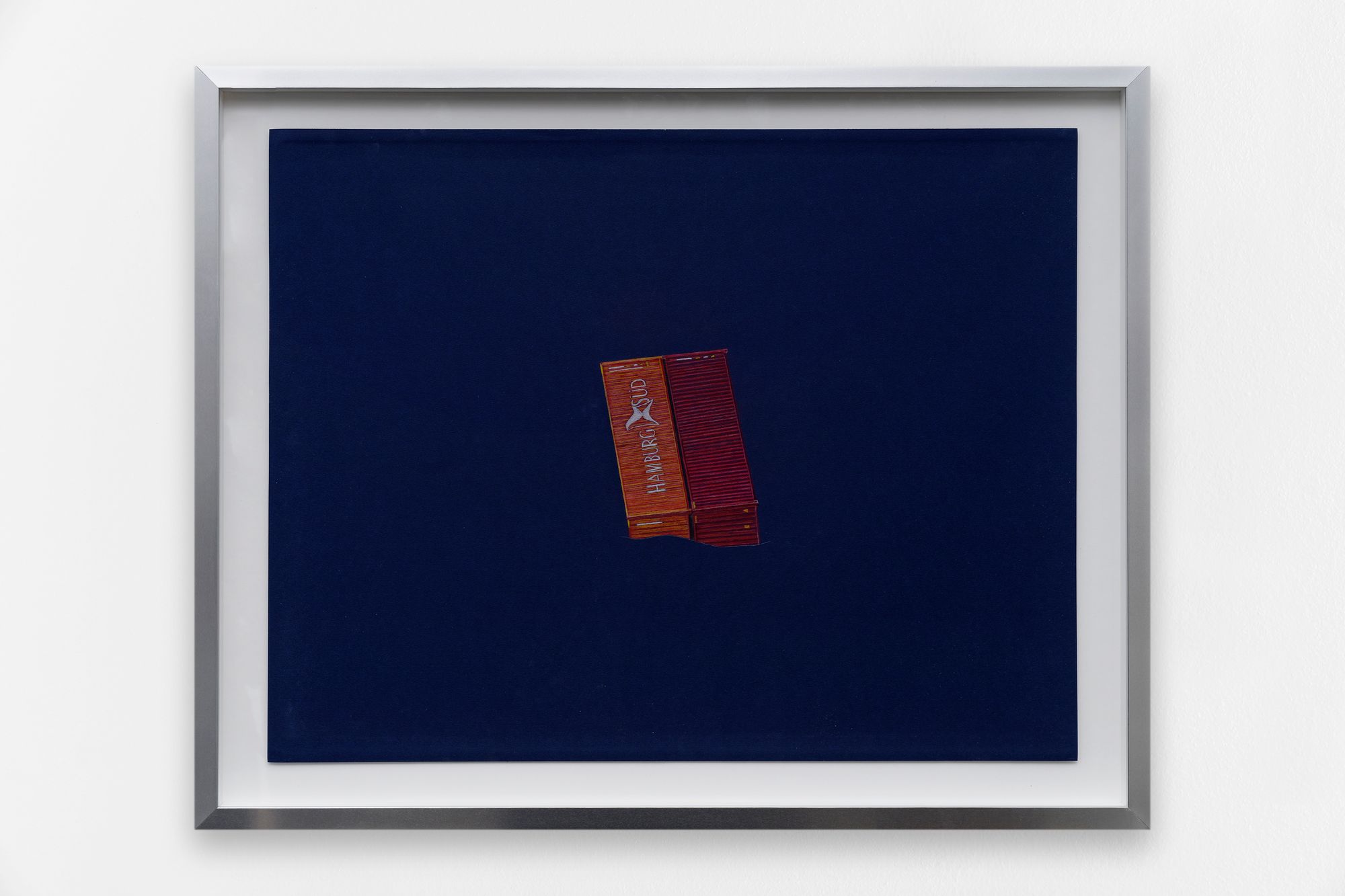 Lost Rat Coloured pencil, paper 42×60cm (unframed) 2021 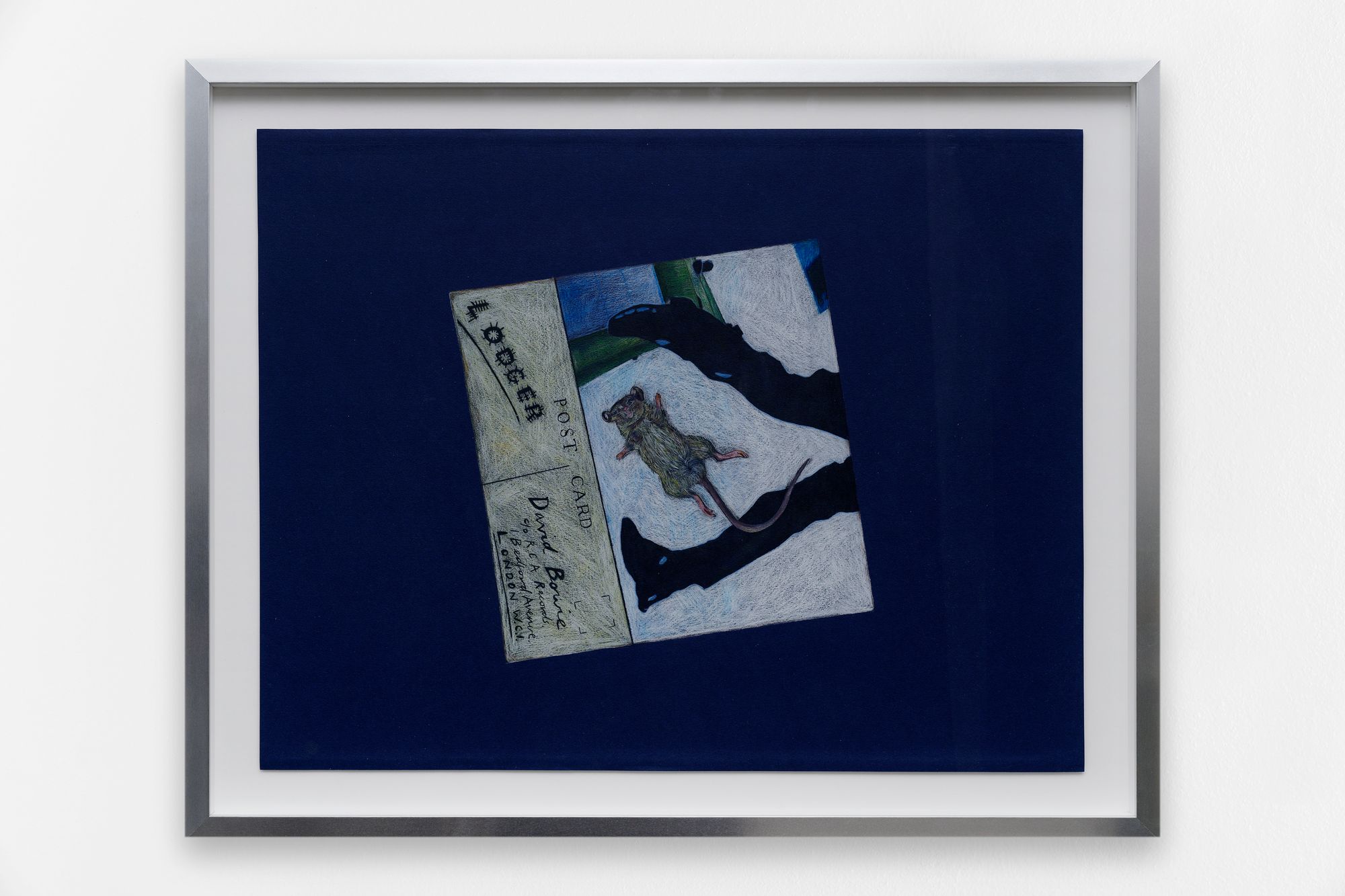 Lost Coolbox Coloured pencil on paper 42×60cm (unframed) 2021 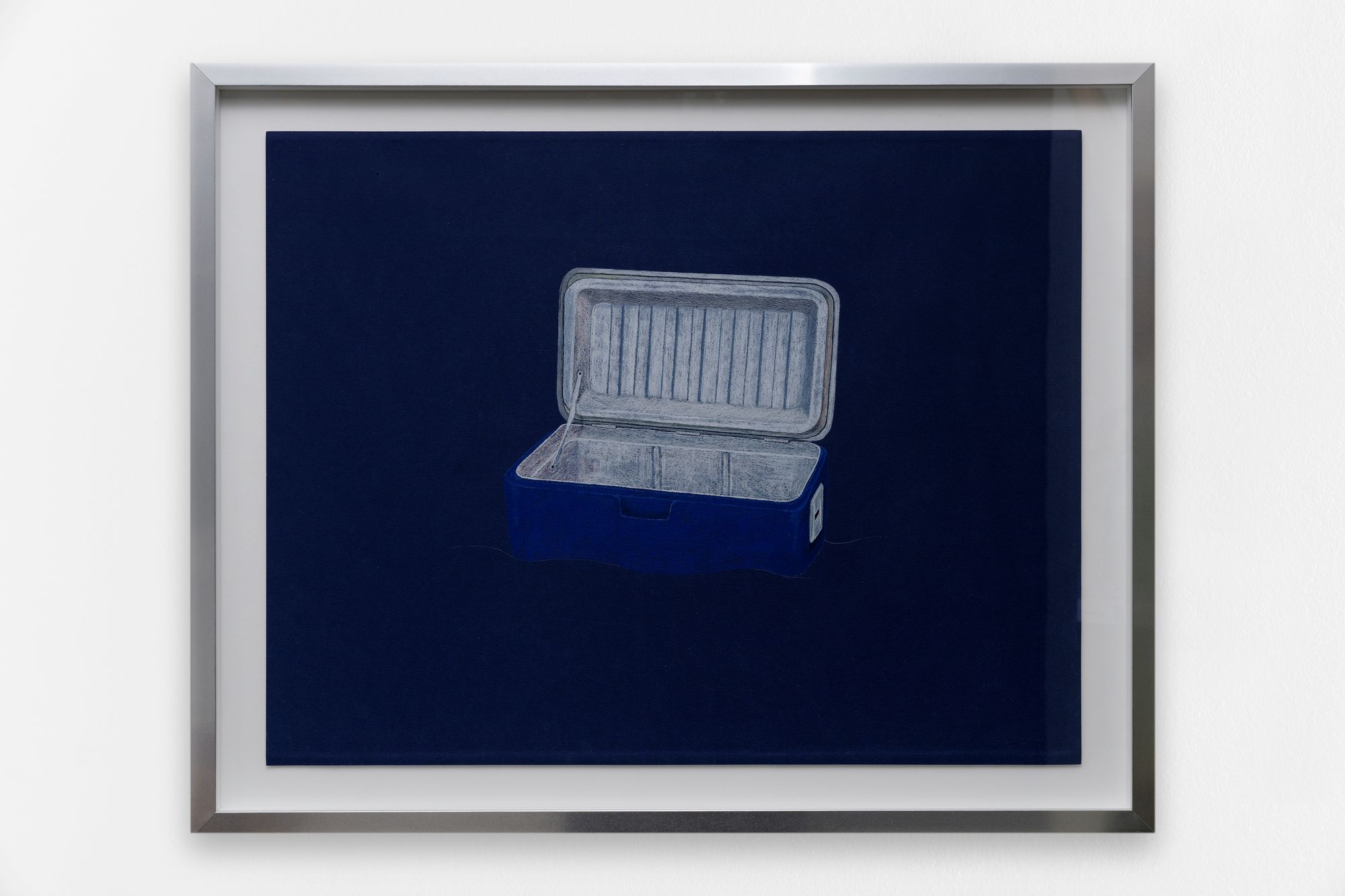 I Resin, oil paint 2.5×8×2.5cm 2021 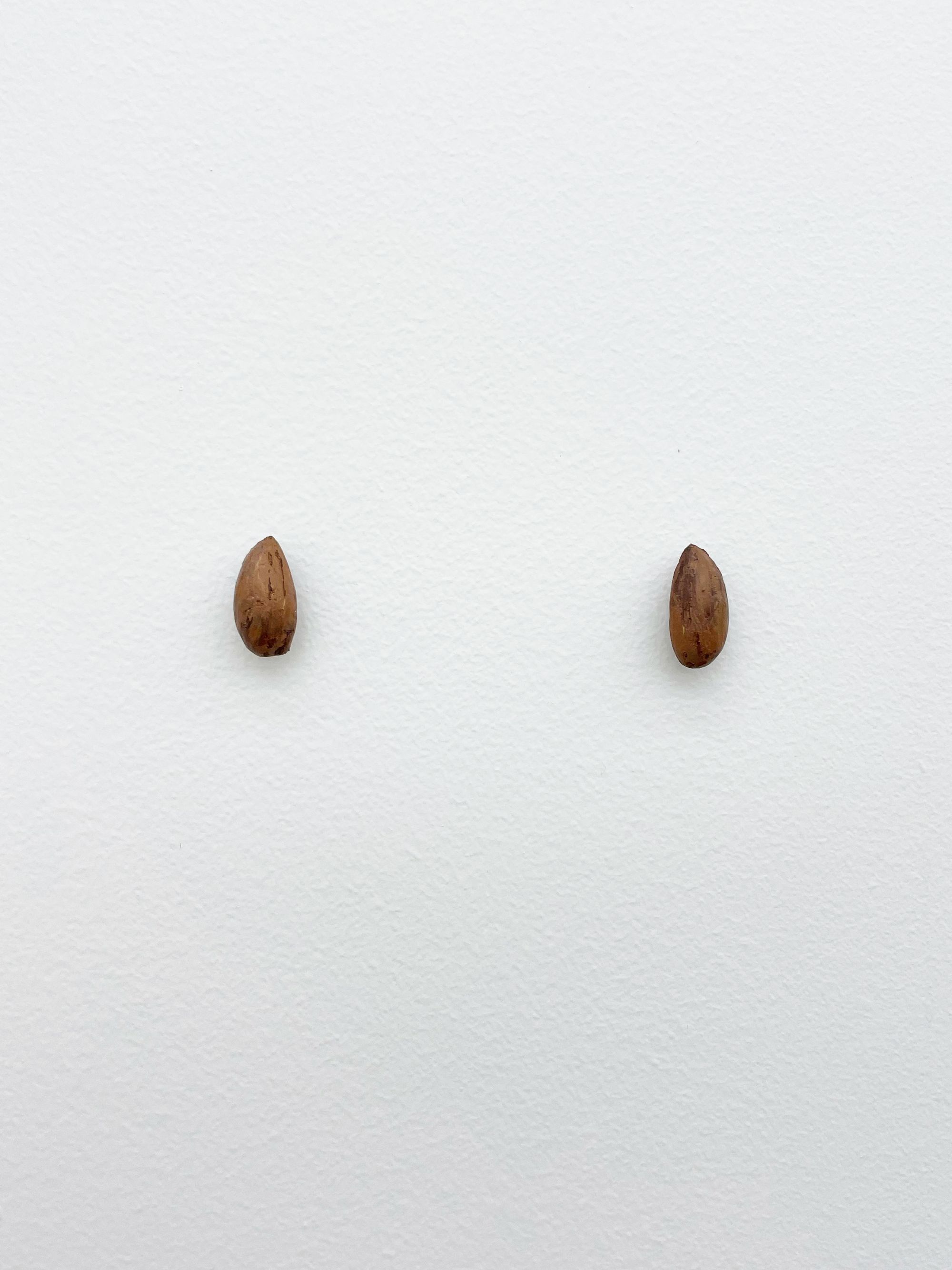 |
Thames Mud Front 2021 | 1/1 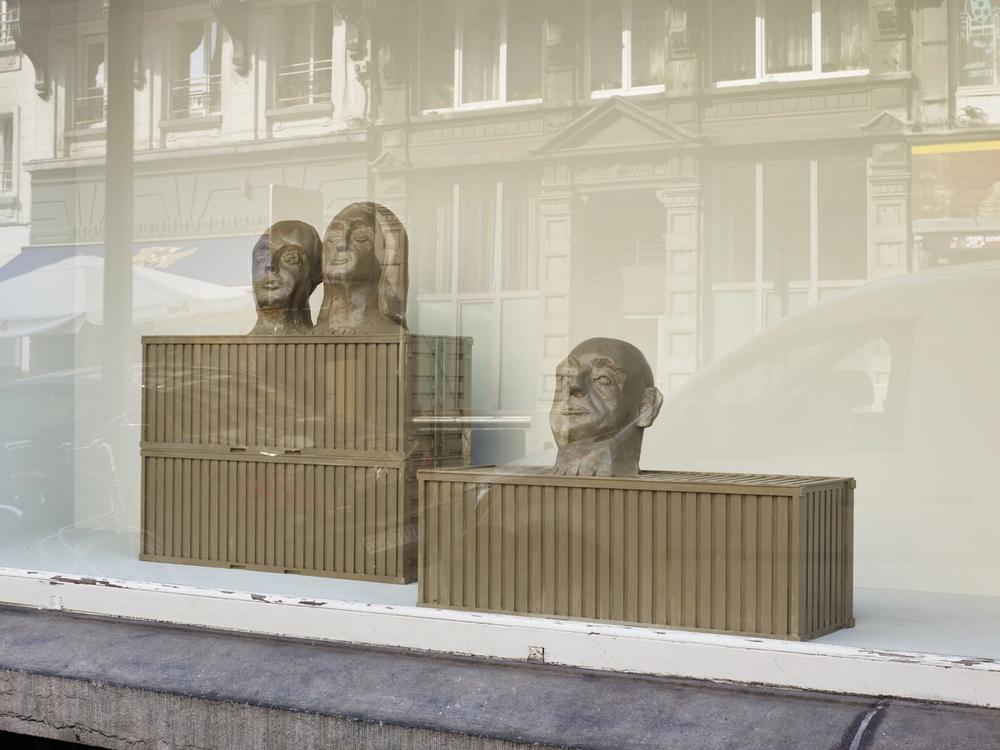 Description✕ For his first solo-presentation in Brussels, the British artist Hamish Pearch develops an in situ installation at front. Departing from the specifics of the space — being simultaneously a storefront, a diorama, and a container — Pearch amplifies and transforms these qualities into a sculptural proposition. Speculating on the hybrid co-existence of mankind, industry, and seafare, a poetic yet uncanny aggregation of containers and human faces covered in Thames mud “stares back” at passersby. Containers are recast as theatrical scaffolding, faces transfigure into commodity. 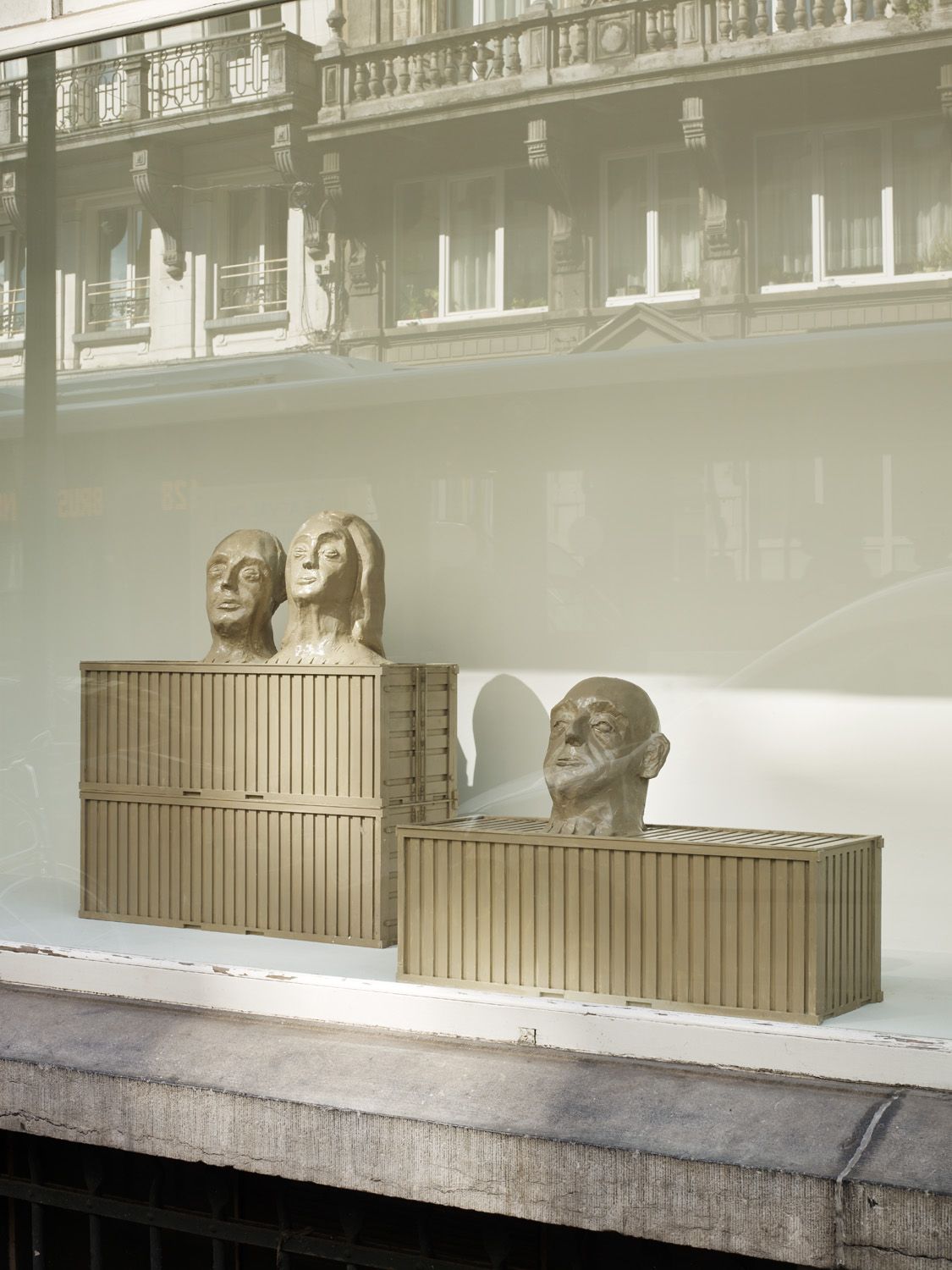 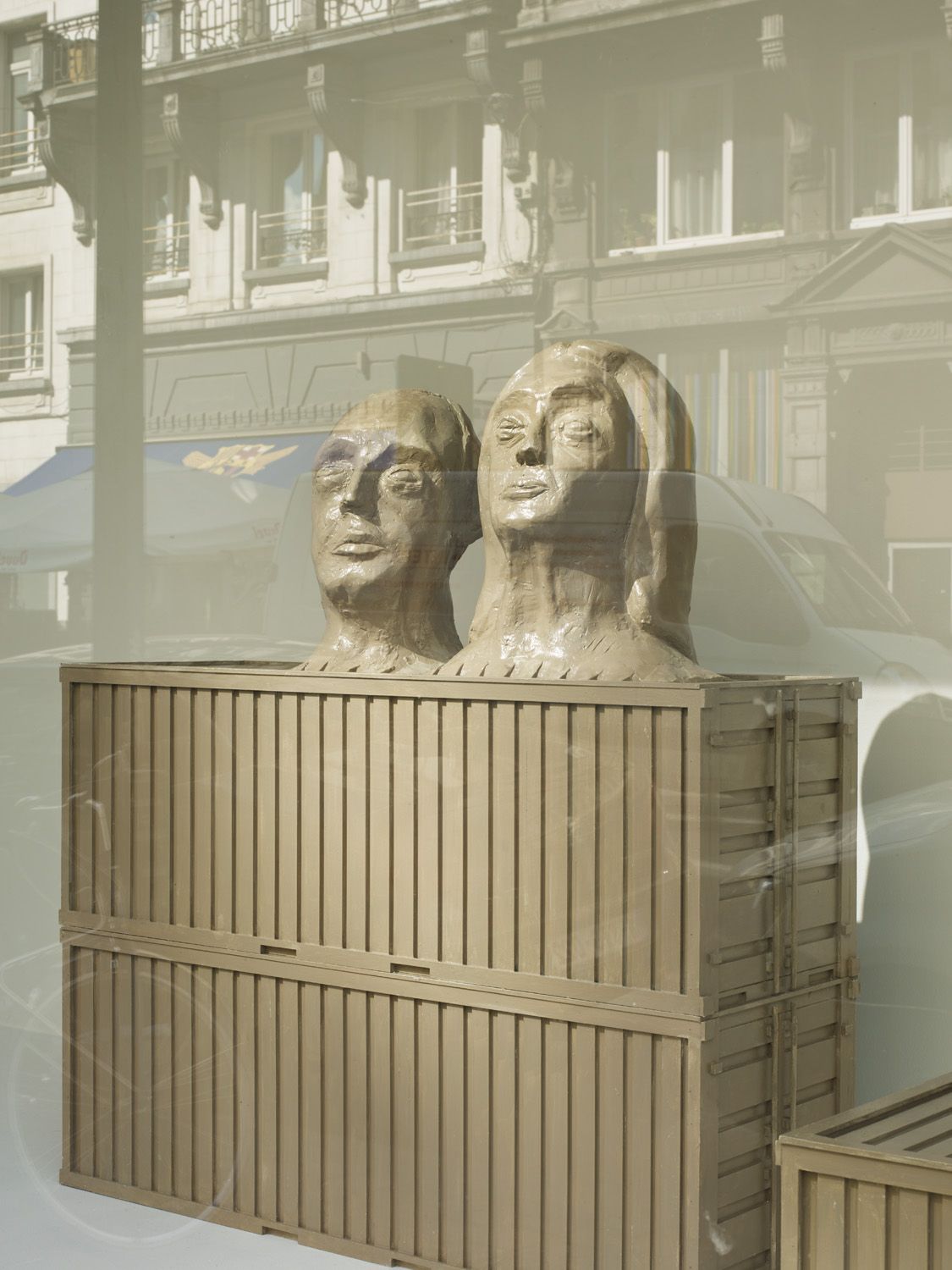 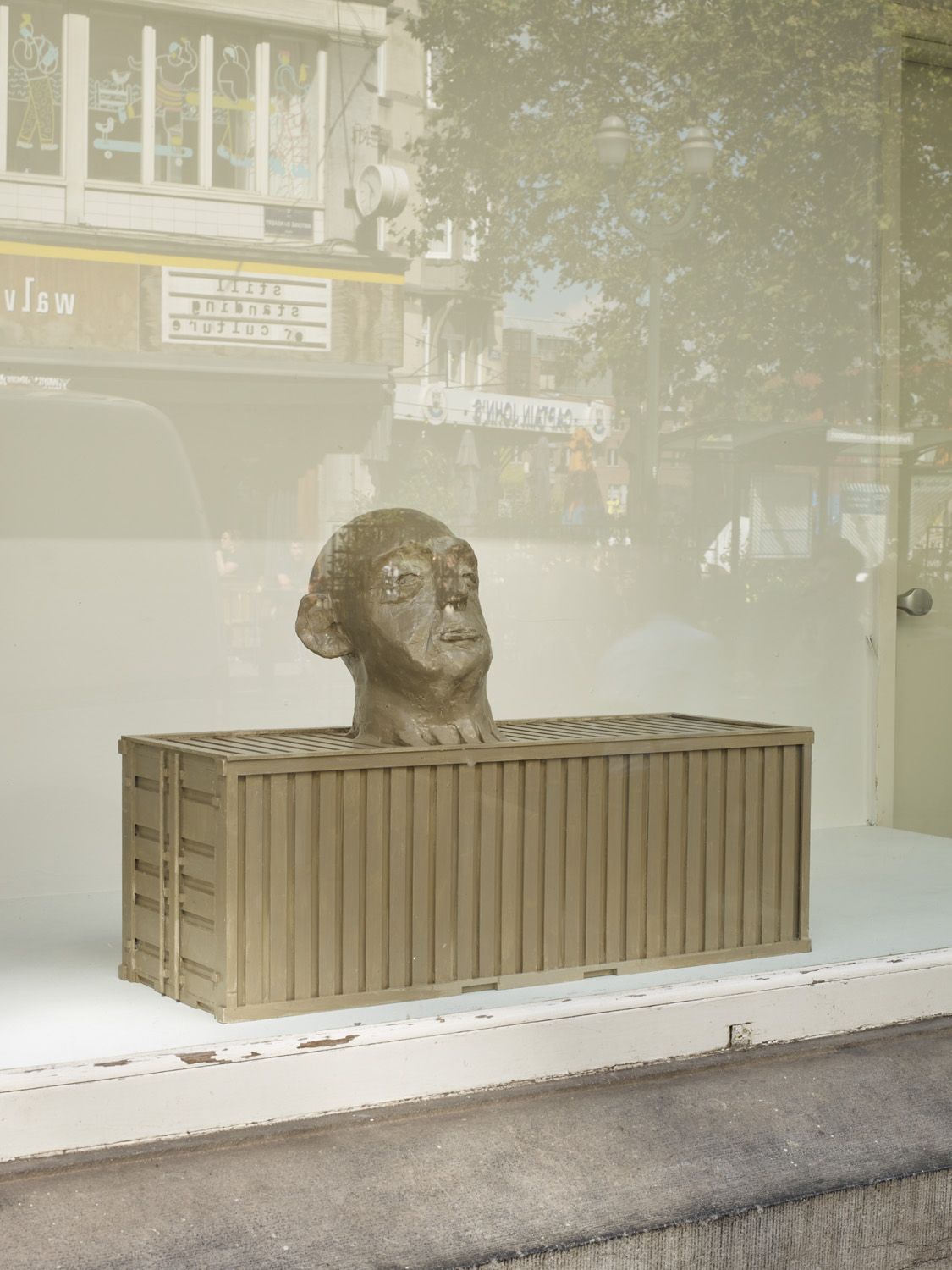 |
I'm good because I feel good Contemporary Sculpture Fulmer 2021 | 1/3 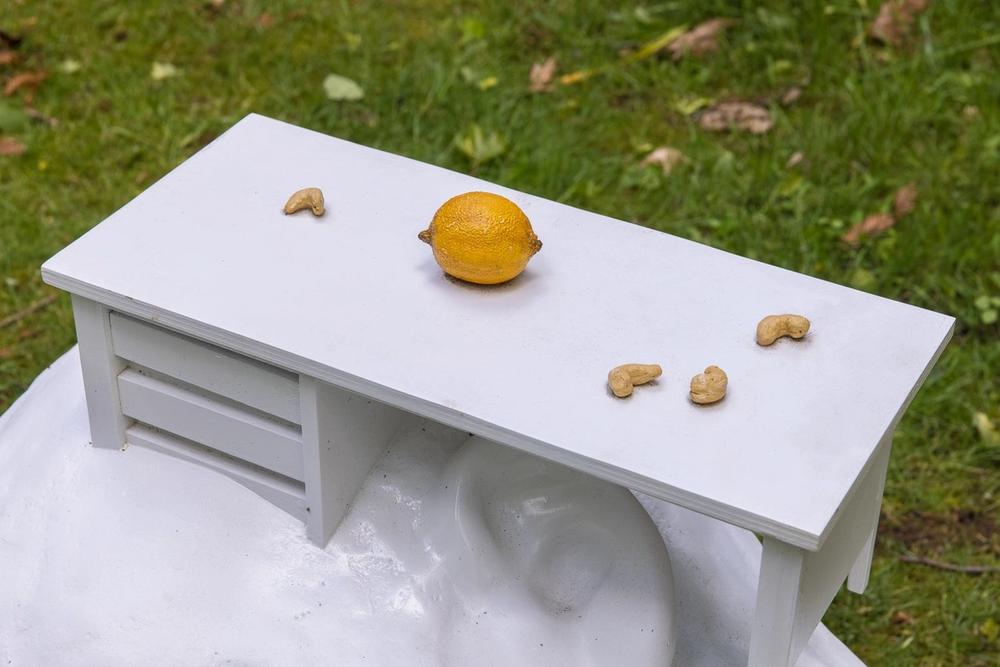 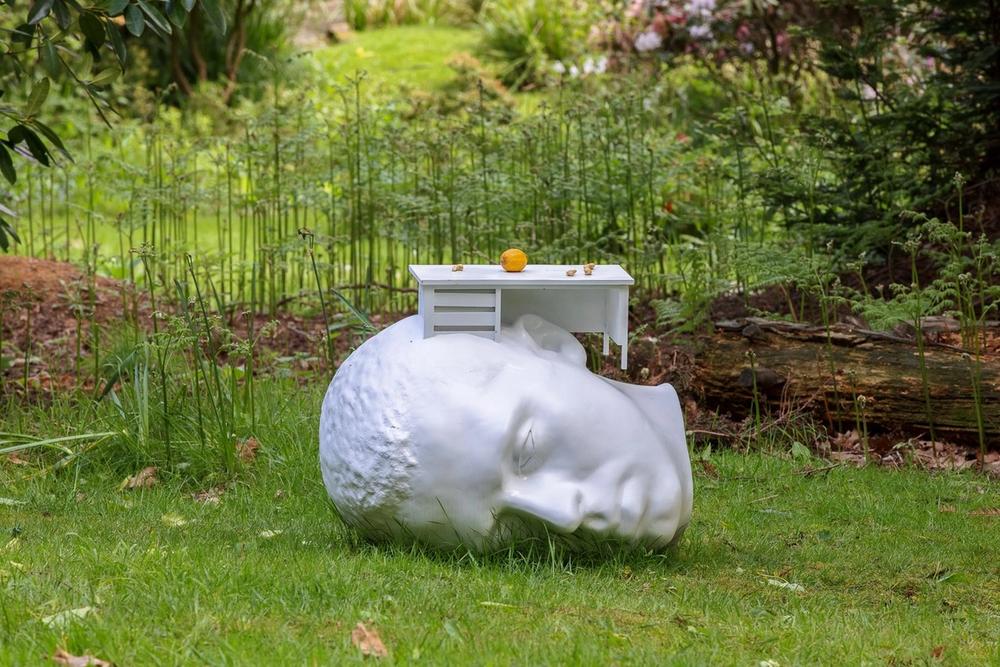 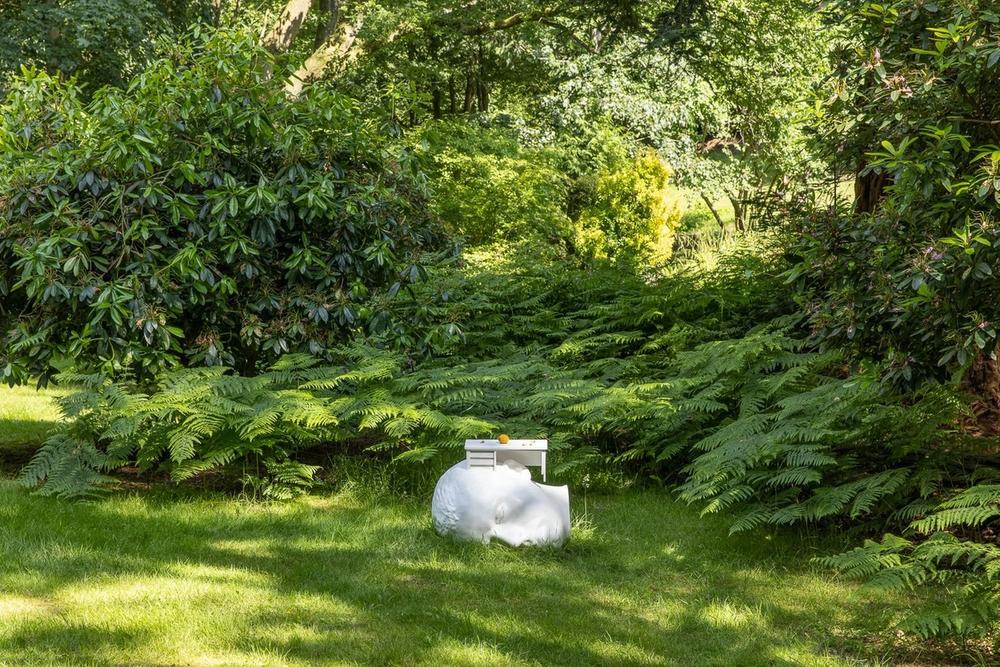 Description✕ I'm good because I feel good. I feel good because I am good. My mother loves me because I am good. But if my mother doesn’t love me I feel bad. I feel bad because she does not love me. I am bad because I am bad. I am bad because she does not love me. She does not love me because I am bad. |
Head Above Water Manifesta 13 Parallèles du Sud 2020 | 1/1  Description✕ They sit huddled by the water’s edge, a subdued gathering of orange, green, magenta, blue. As the rising light glances over their reinforced steel shells, stray shadows catch at the corrugated sides, fooled by the illusion of depth. Nothing penetrates. From the sky, they are military decorations stitched across a broad grey chest.
Despite the implied impregnability of steel and concrete, the site is revealed to be mostly water and therefore mutable. As a result, these impressions have a subjective quality to them. Vague images swim into focus: averted eyes, a cluster of cells, a forming wave. Ideas of what could be true, or might have been intended. Content, provenance and destination remain obscure.
Installation view 2021 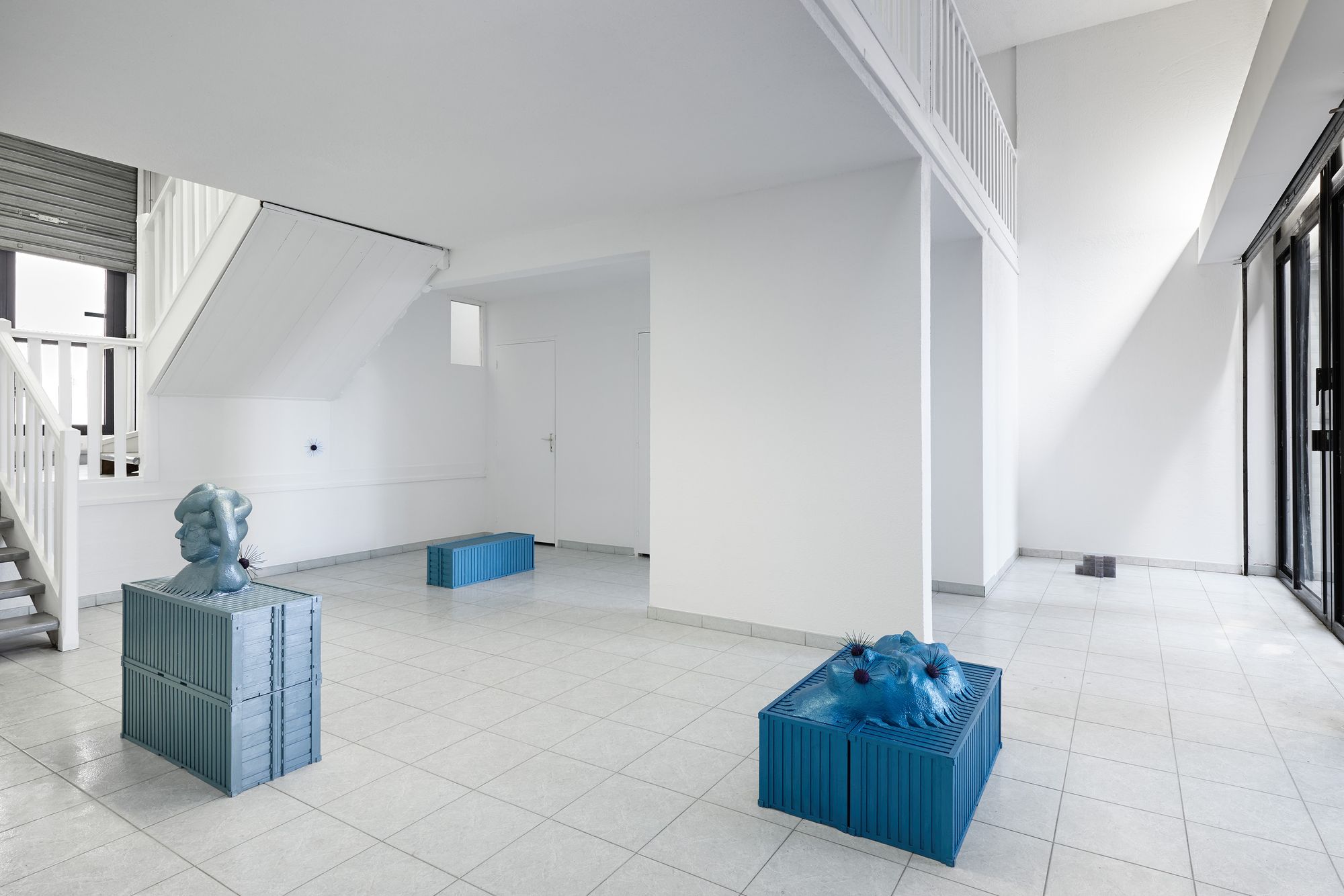 Installation view 2021 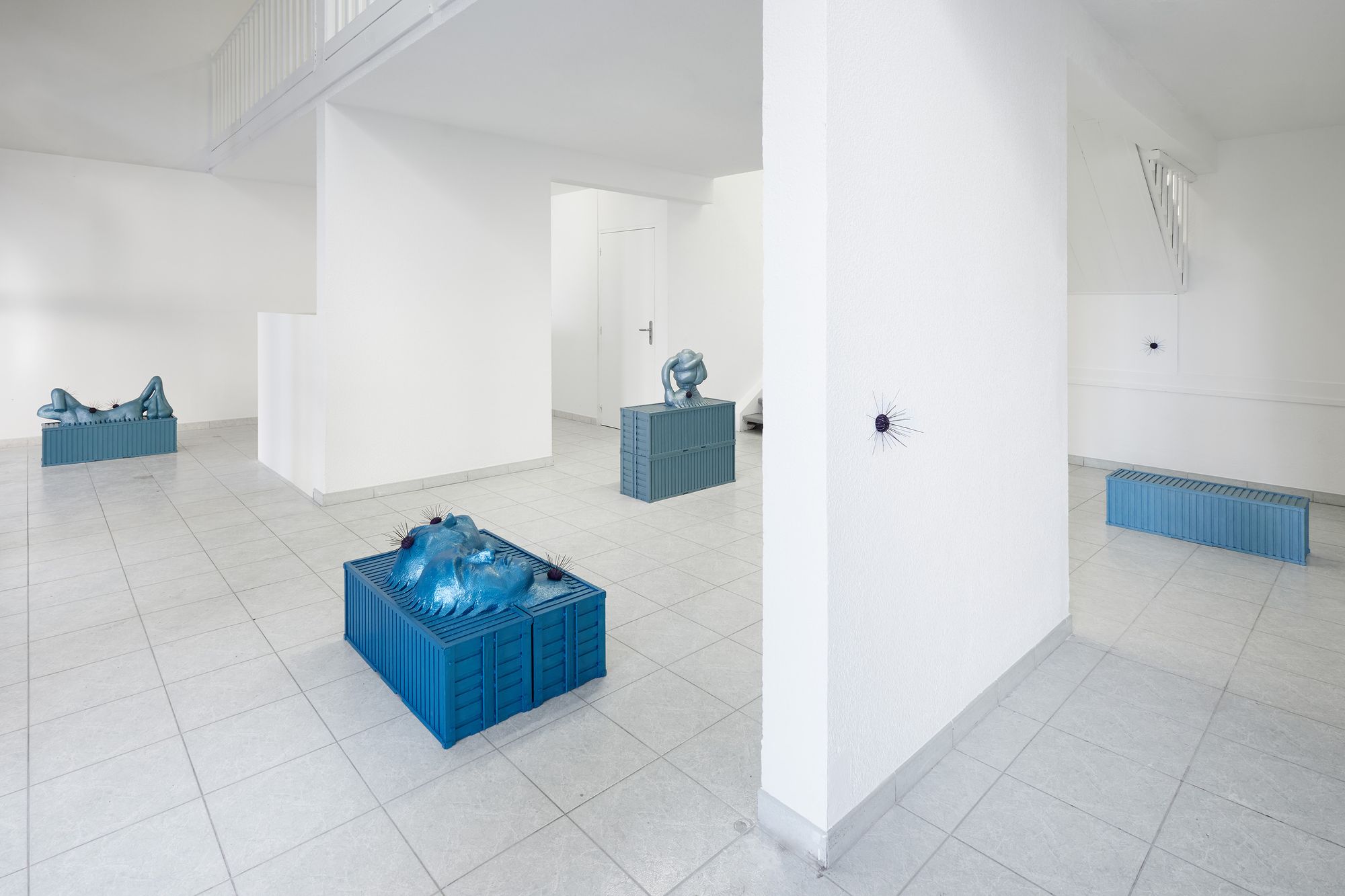 Installation view 2020 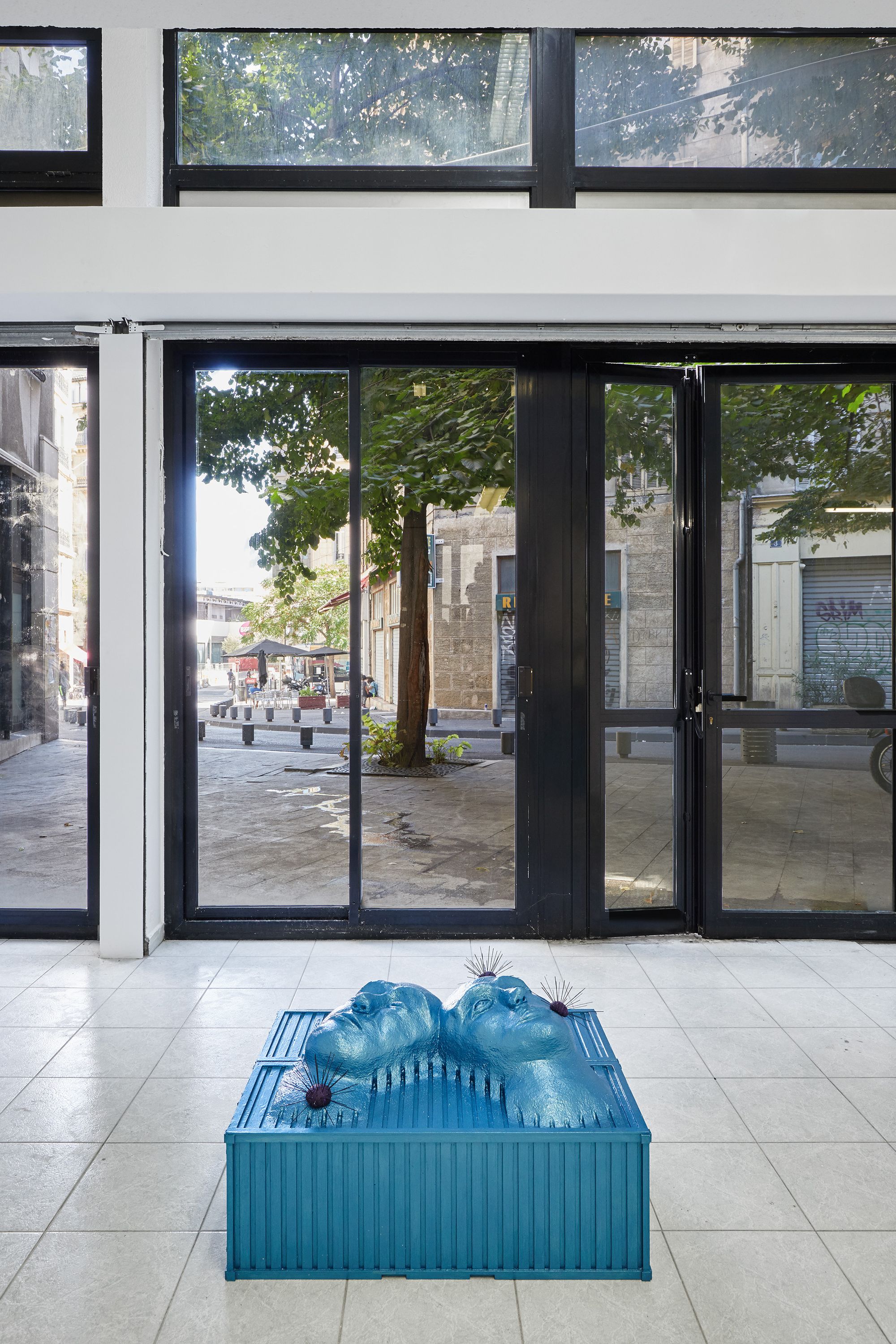 Installation view 2021 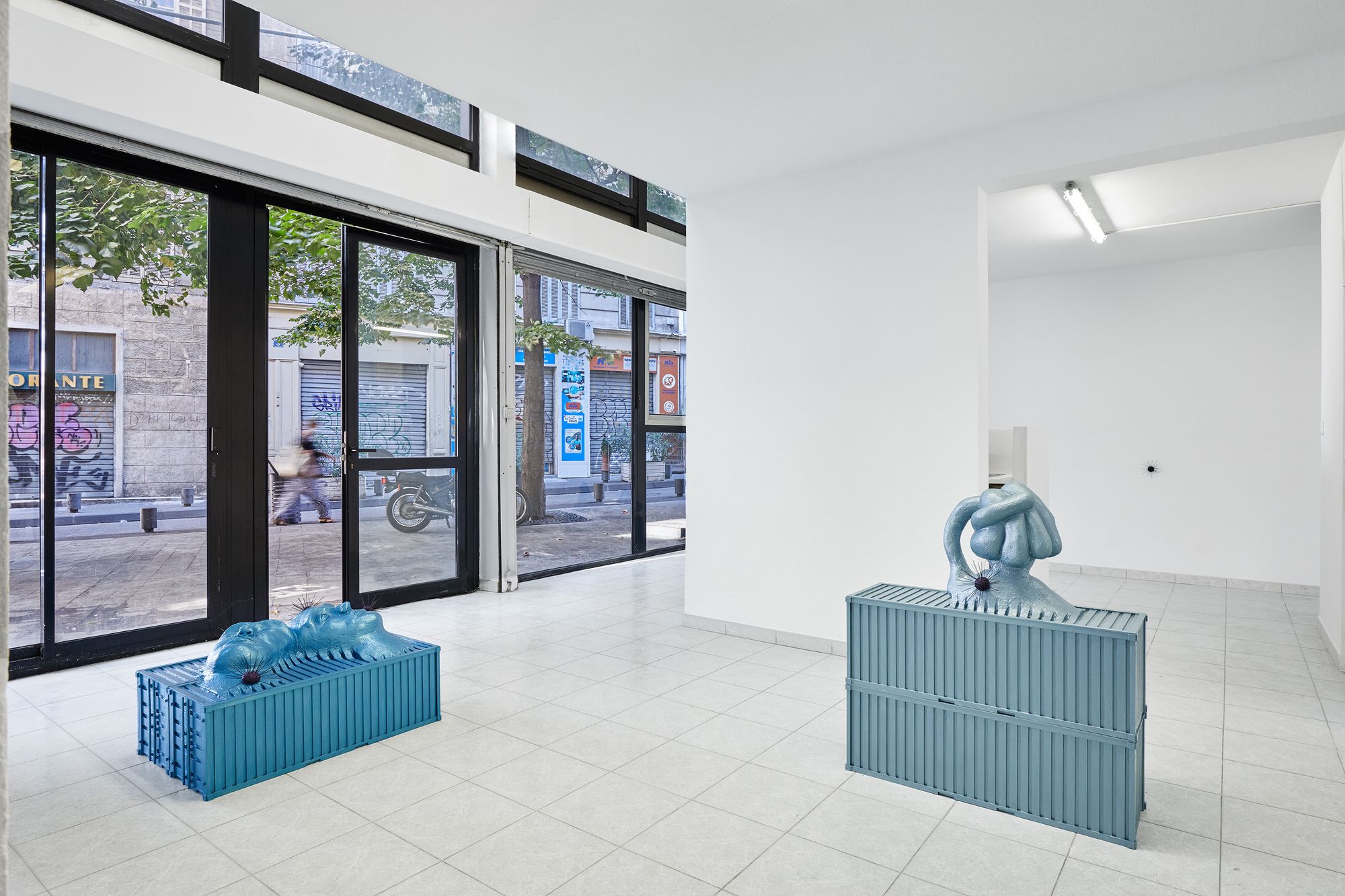 Installation view 2020 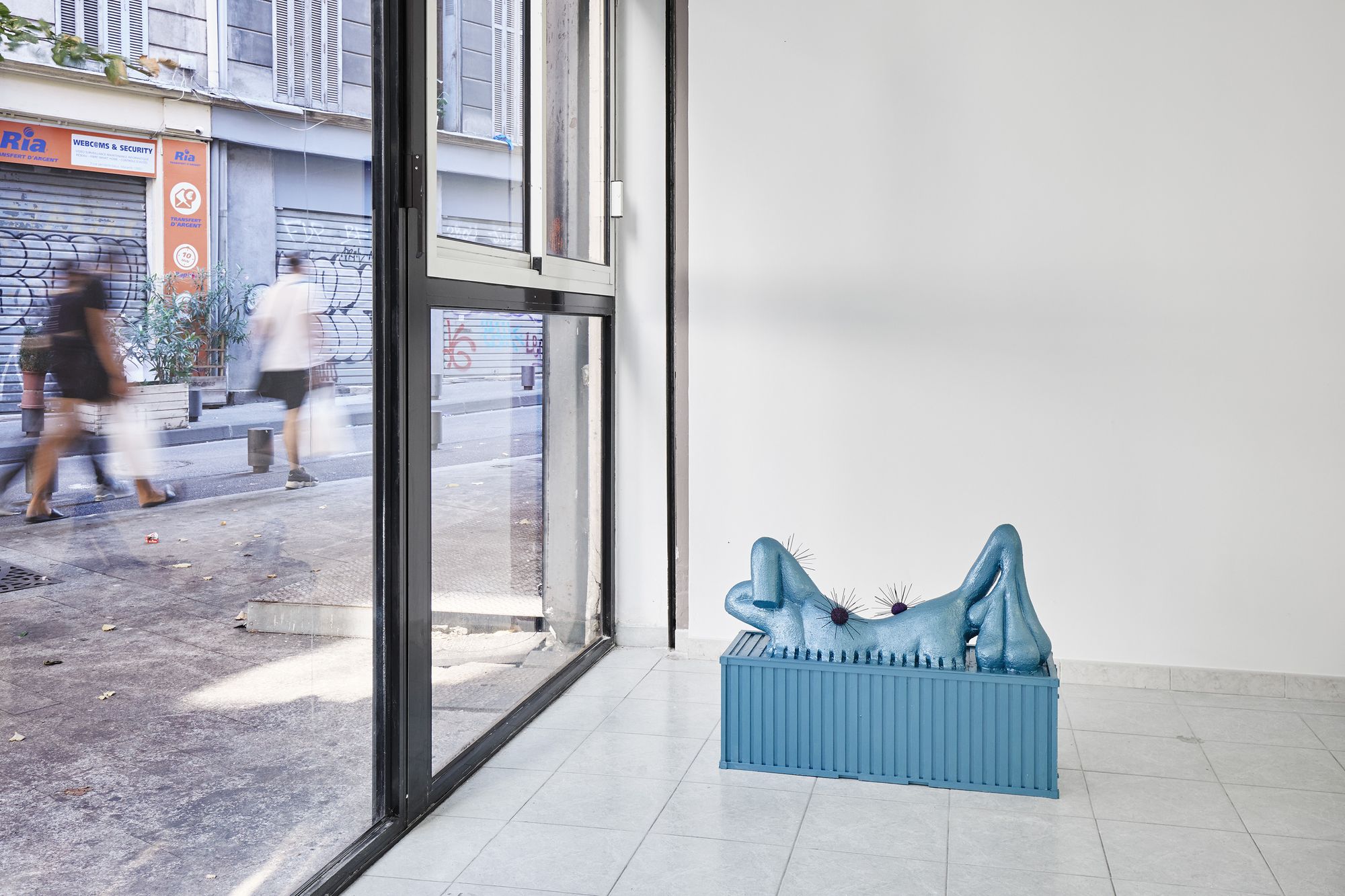 No water is separate from any other water MDF, polymerised gypsum, steel, paint, sand 180×1724mm 2020 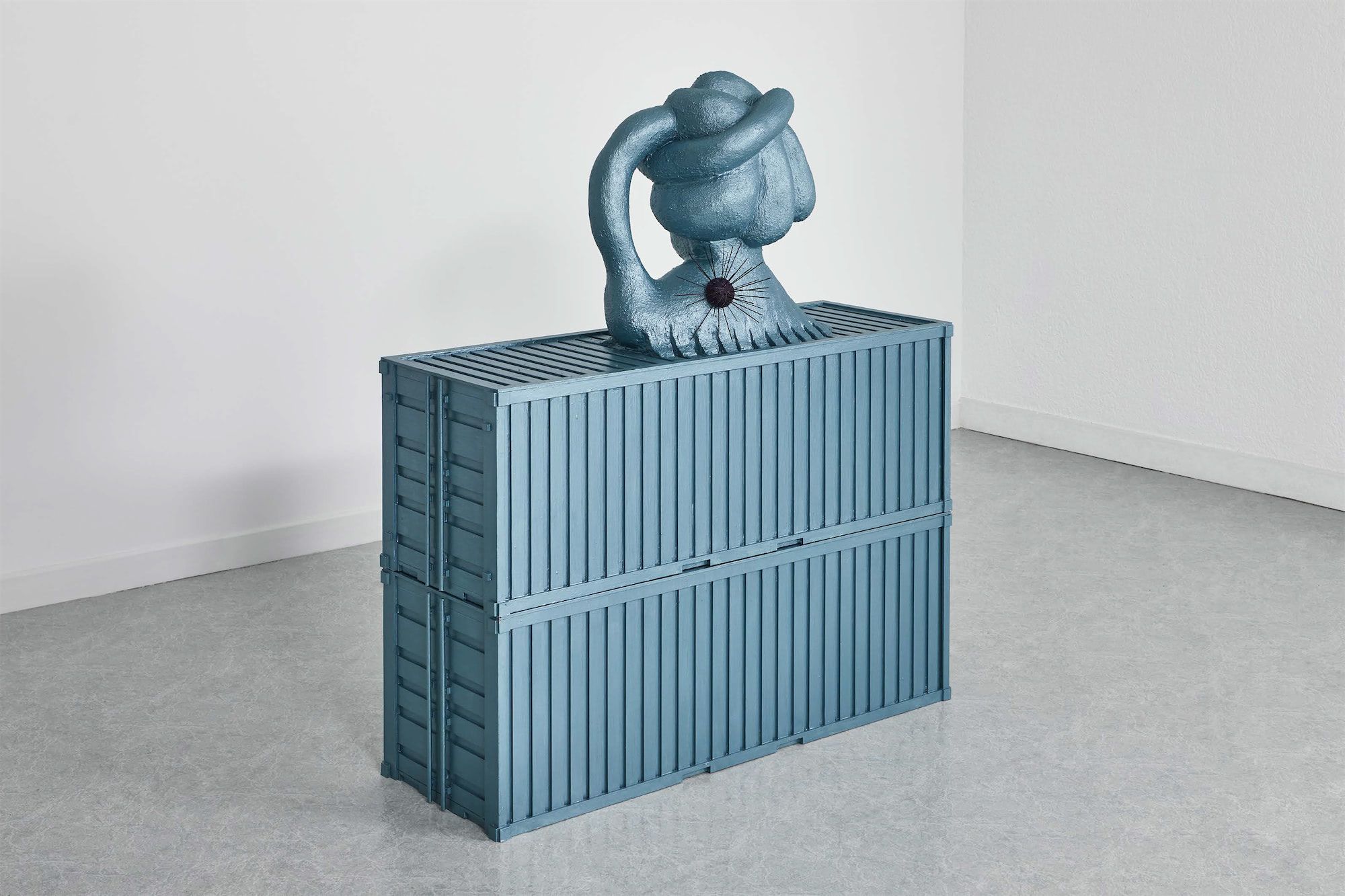 No water is separate from any other water MDF, polymerised gypsum, steel, paint, sand 180×1724mm 2020 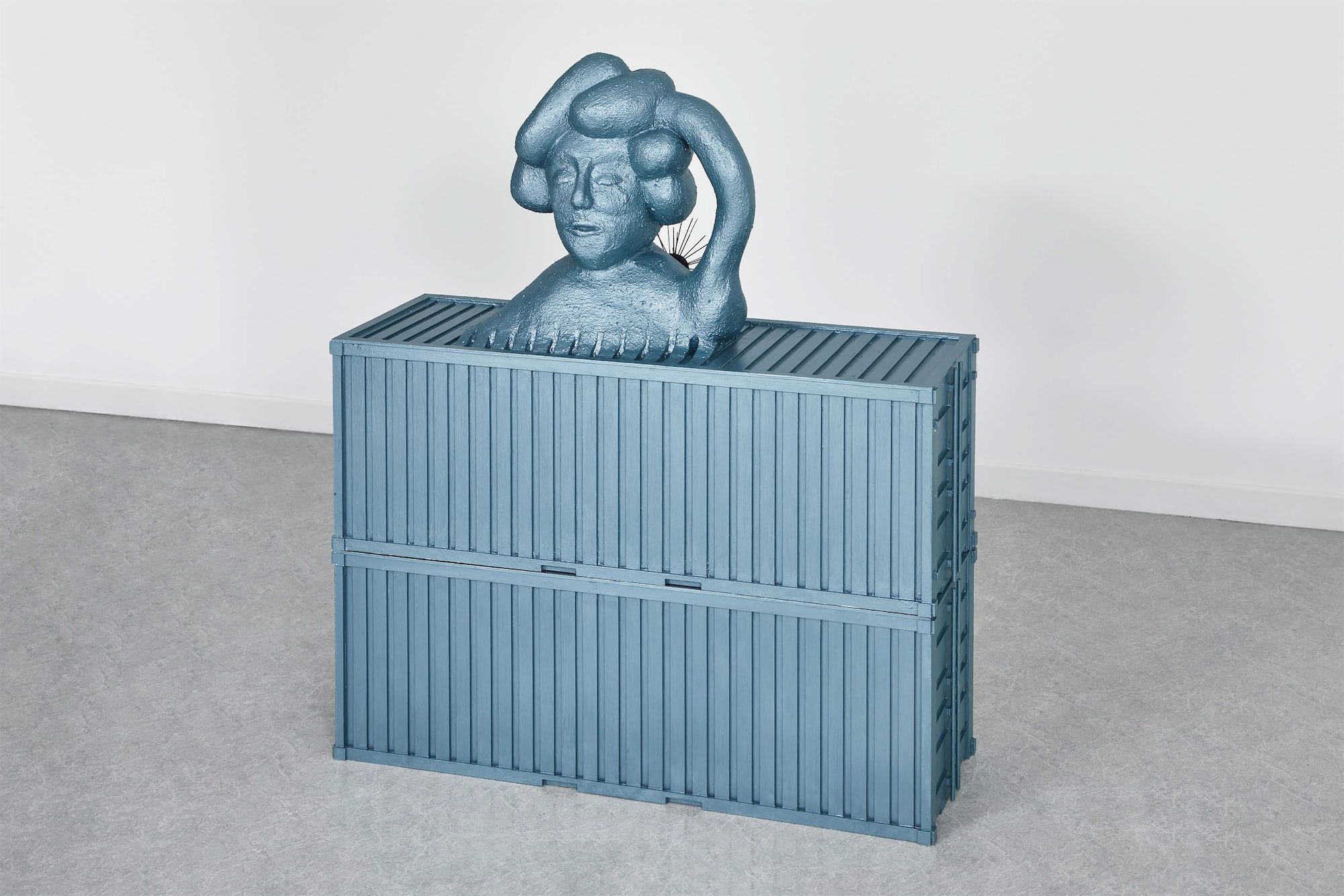 Deep Blue Day MDF, polymerised gypsum, steel, paint, sand 225×1724mm 2020 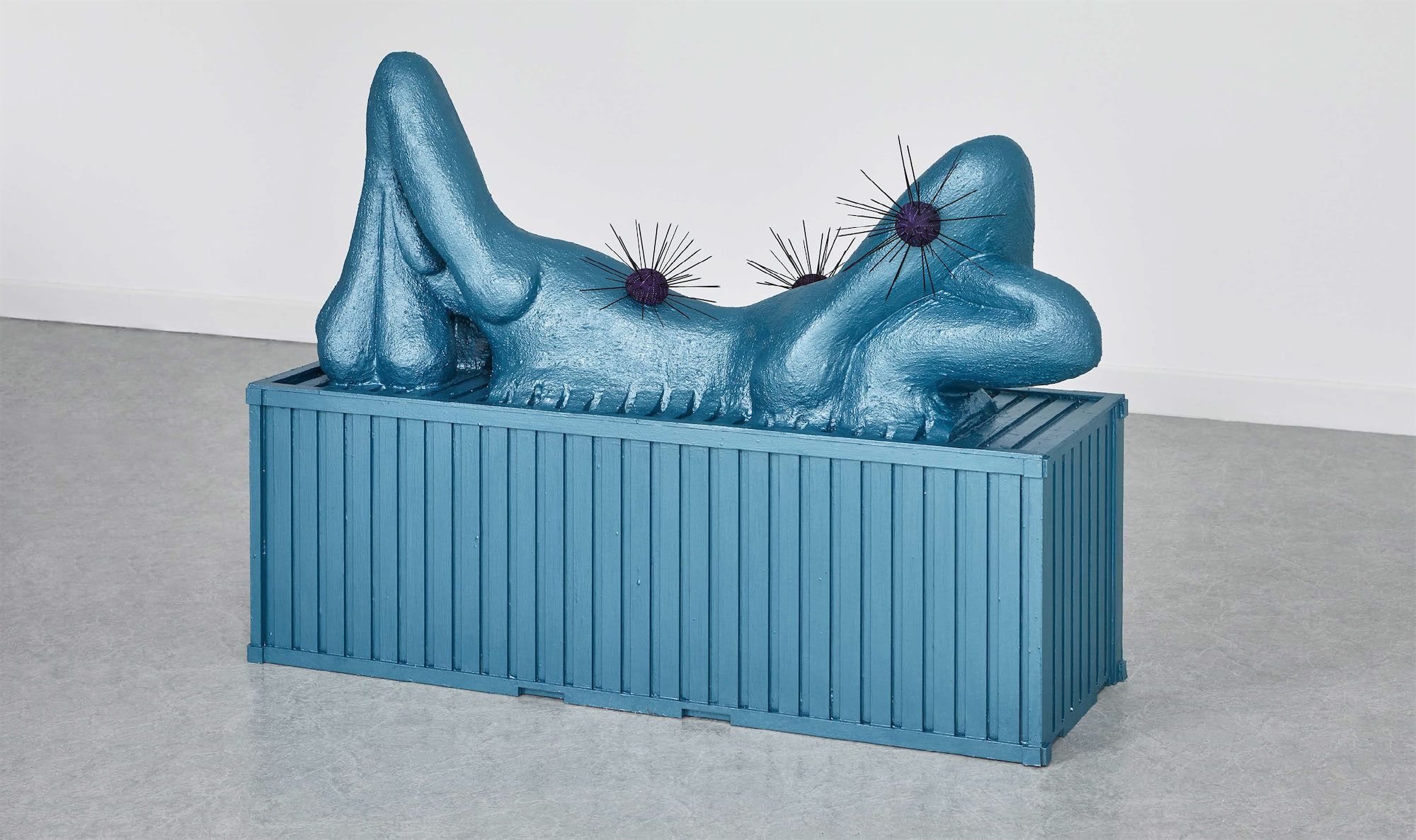 Deep Blue Day MDF, polymerised gypsum, steel, paint, sand 225×1724mm 2020 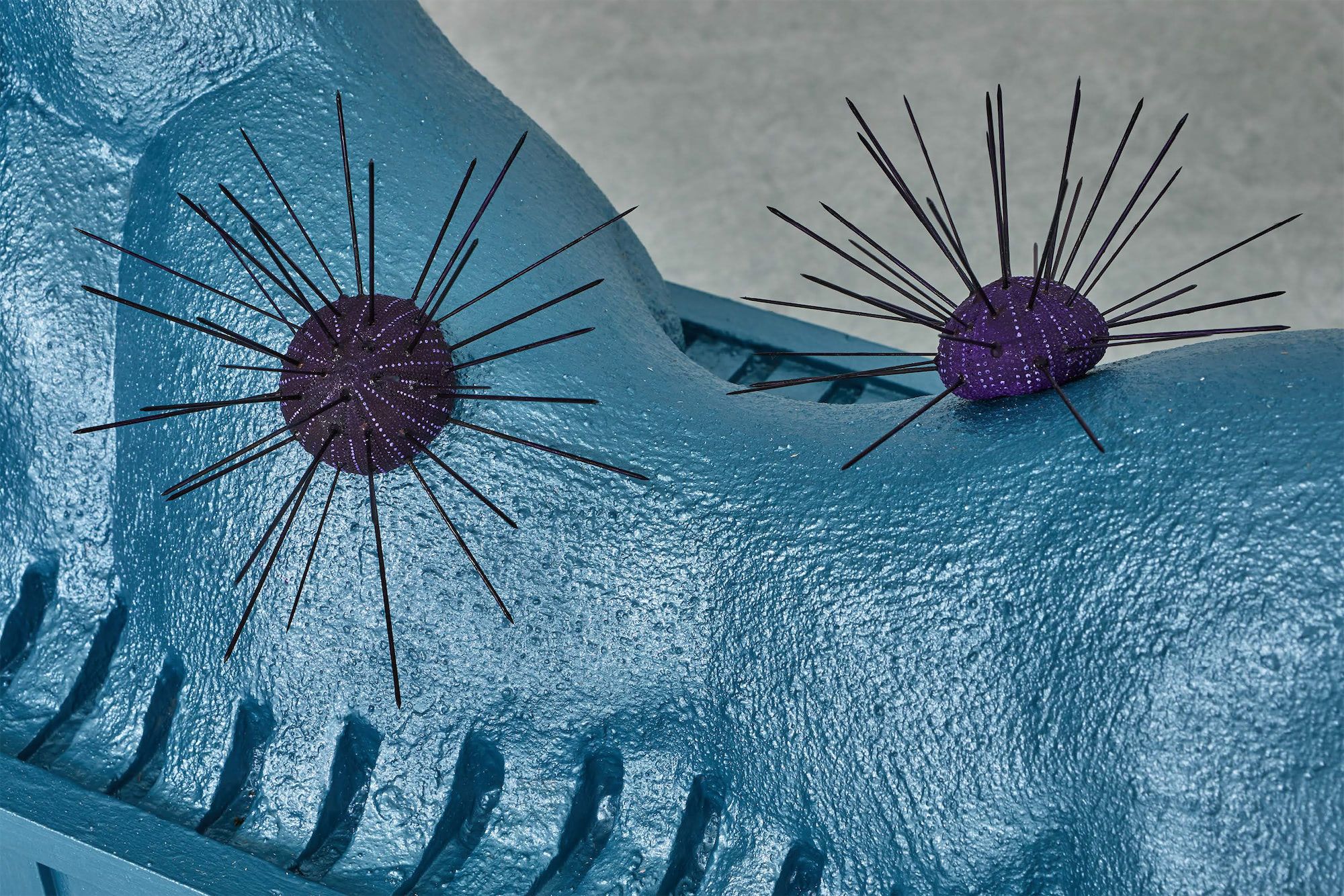 All waters converge MDF, polymerised gypsum, steel, paint, sand 350×800mm 2020 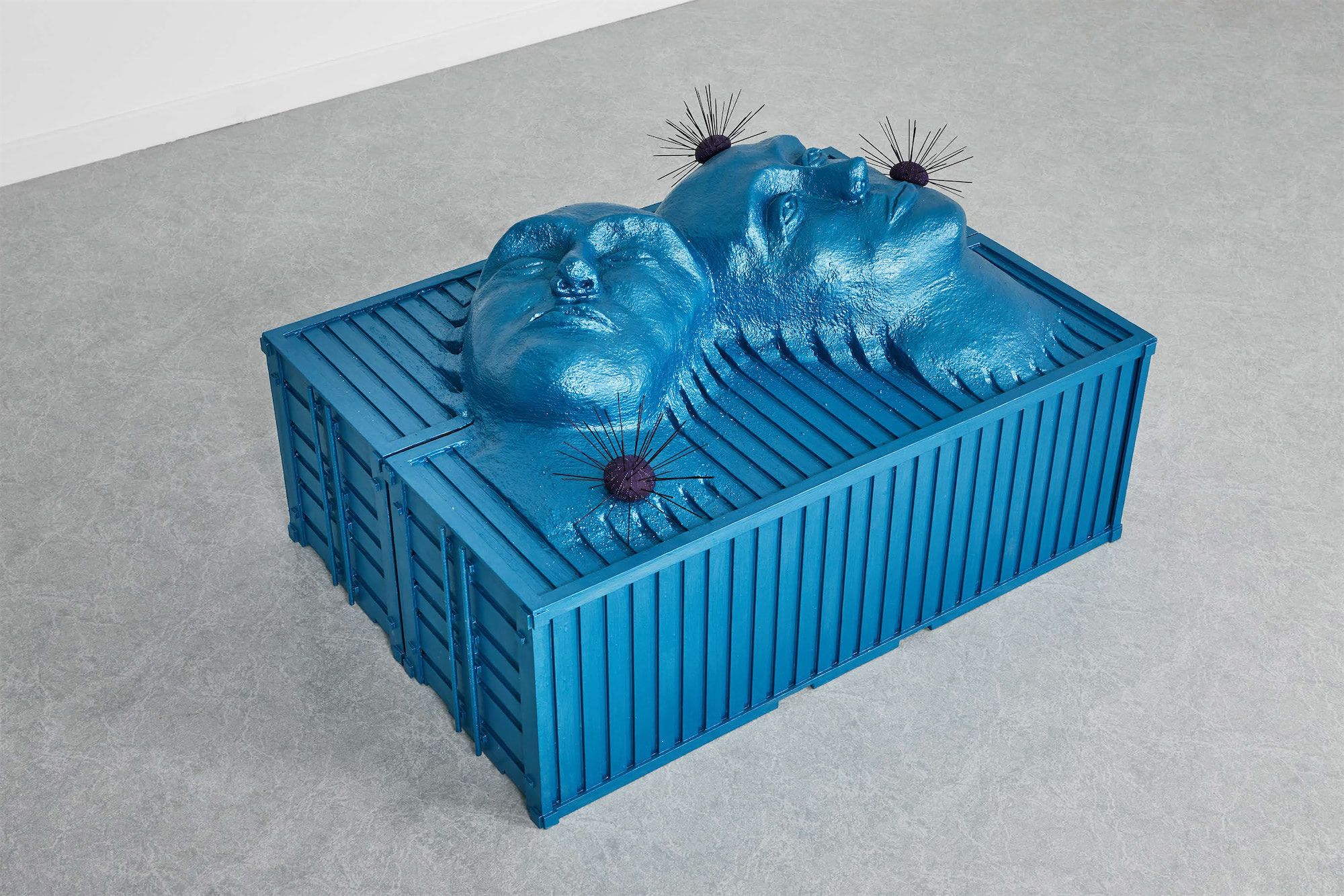 All waters converge MDF, polymerised gypsum, steel, paint, sand 350×800mm 2020 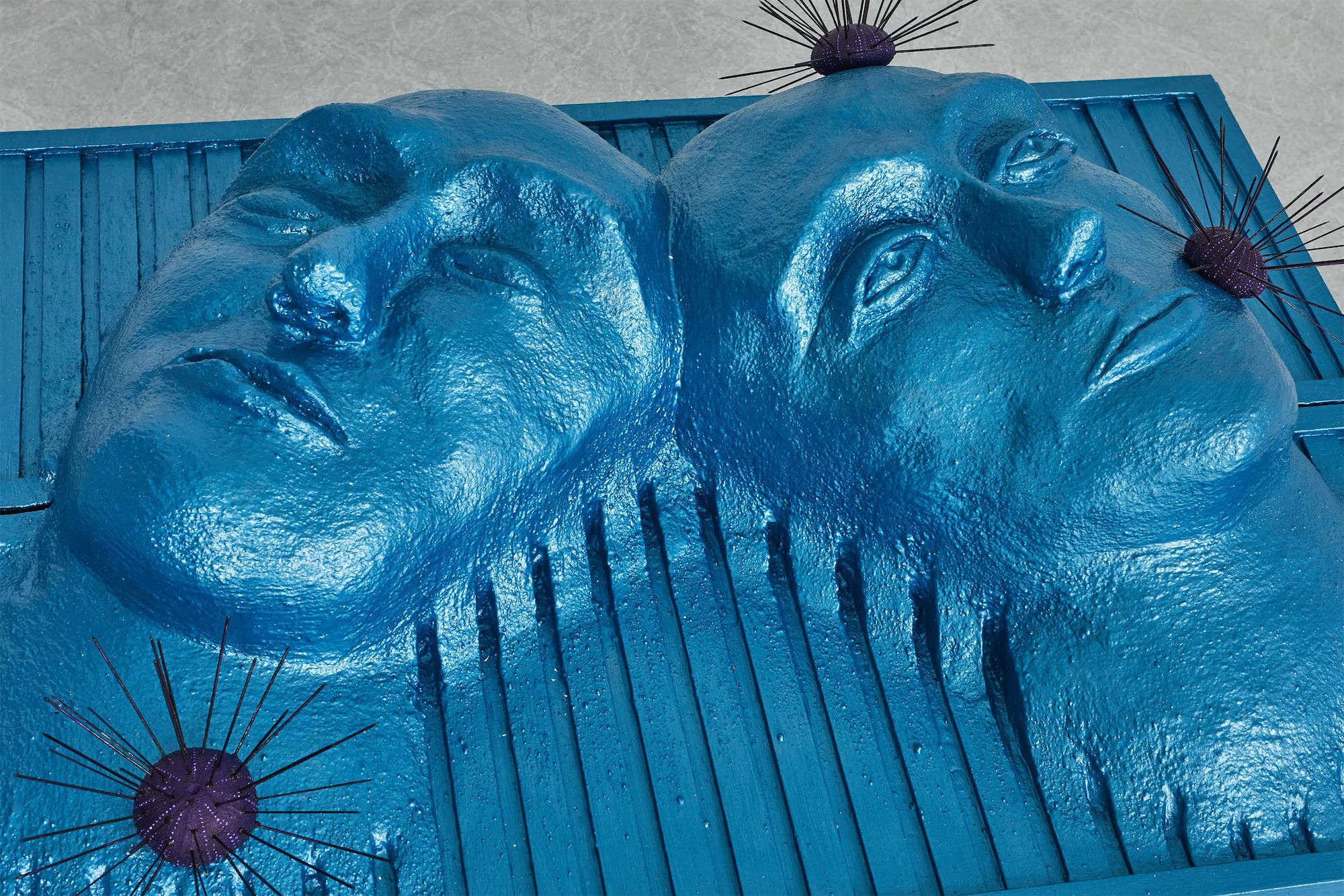 Collective Memory Storage 2020 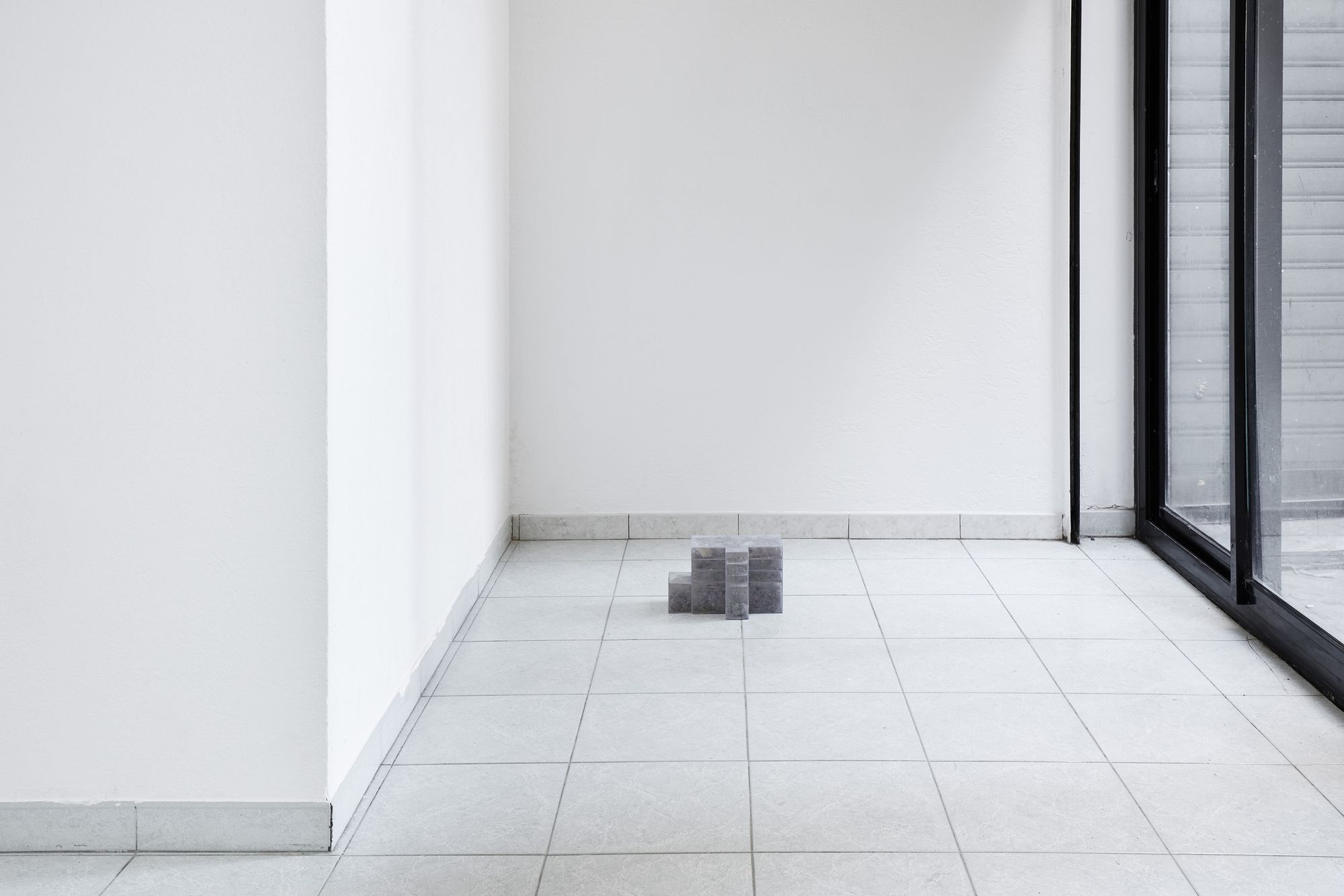 Collective Memory Storage Plexiglass, dust 2020  Installation view 2020 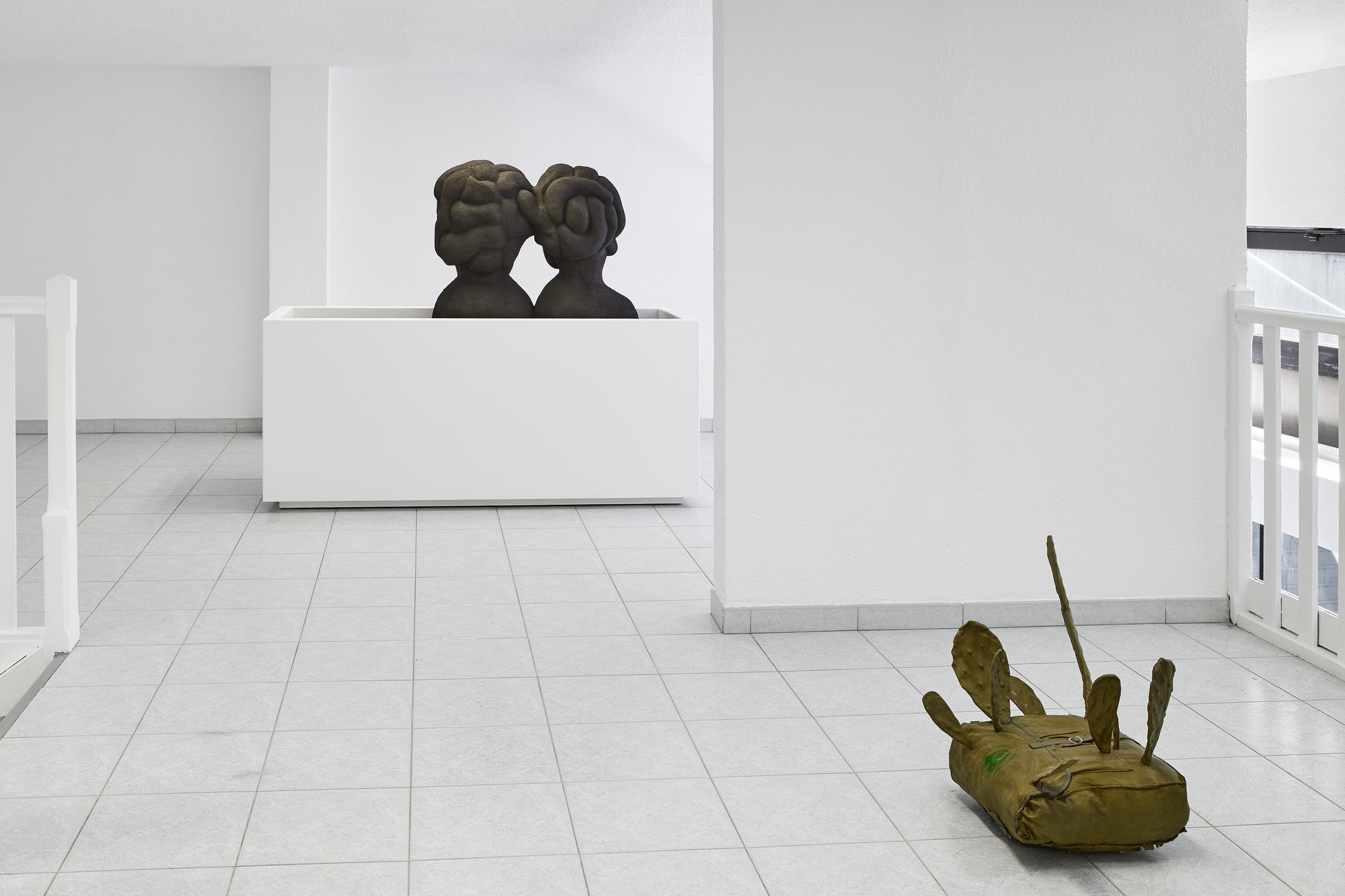 Installation view 2020 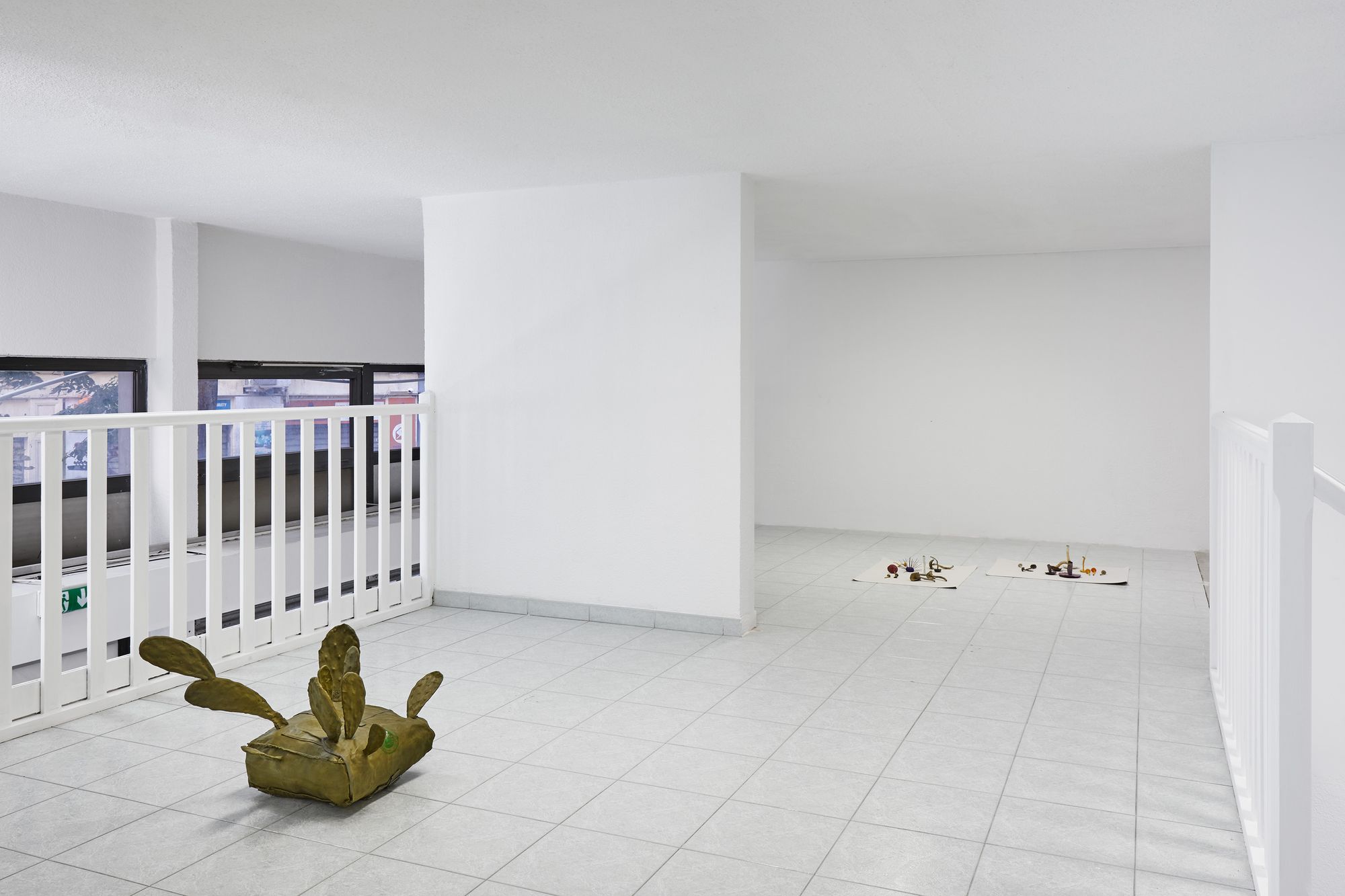 Soup MDF, polymerised gypsum, paint, grit 2020 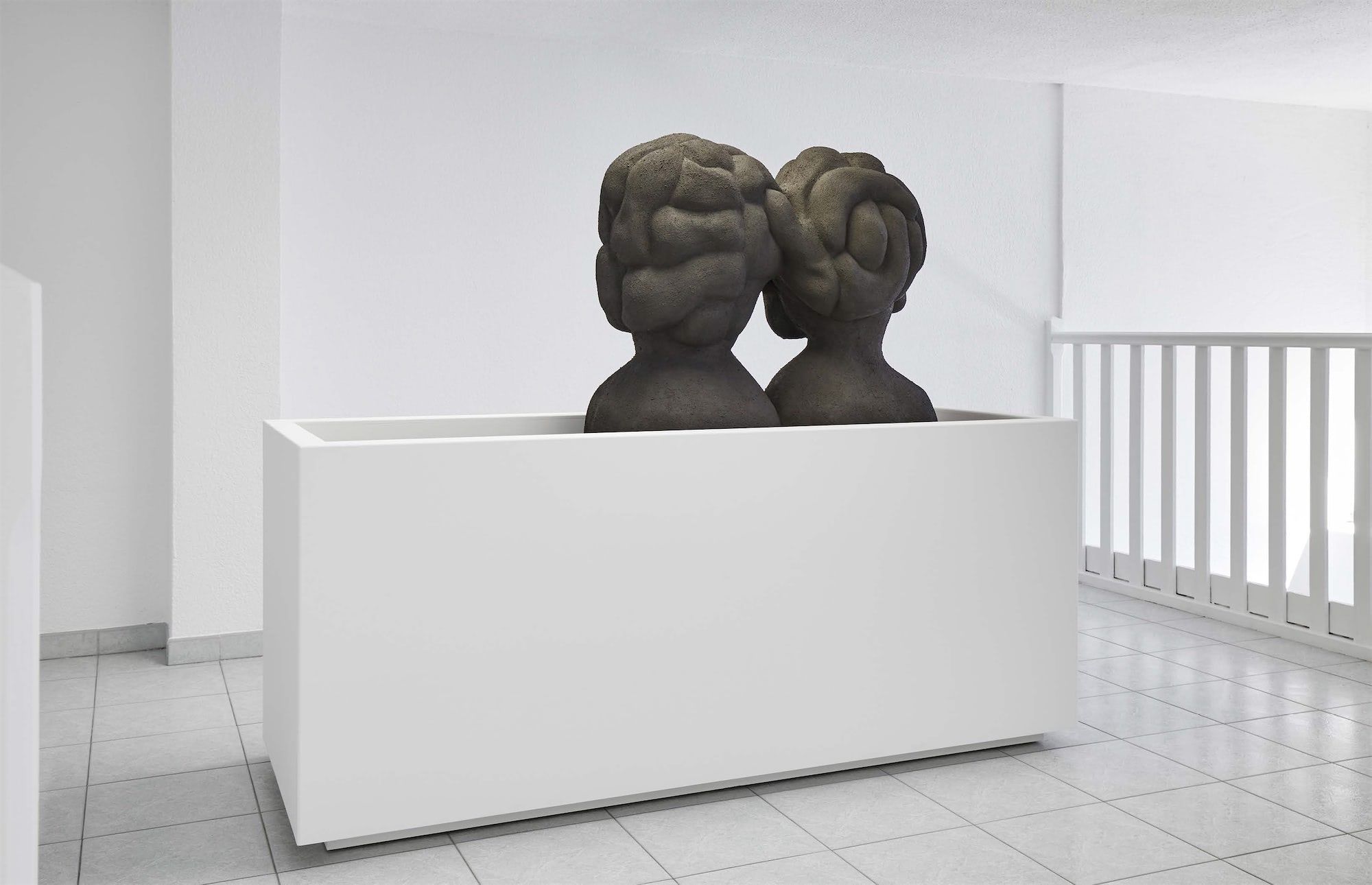 Globe Trotter Polymerised gypsum, resin, oil paint 483×583mm 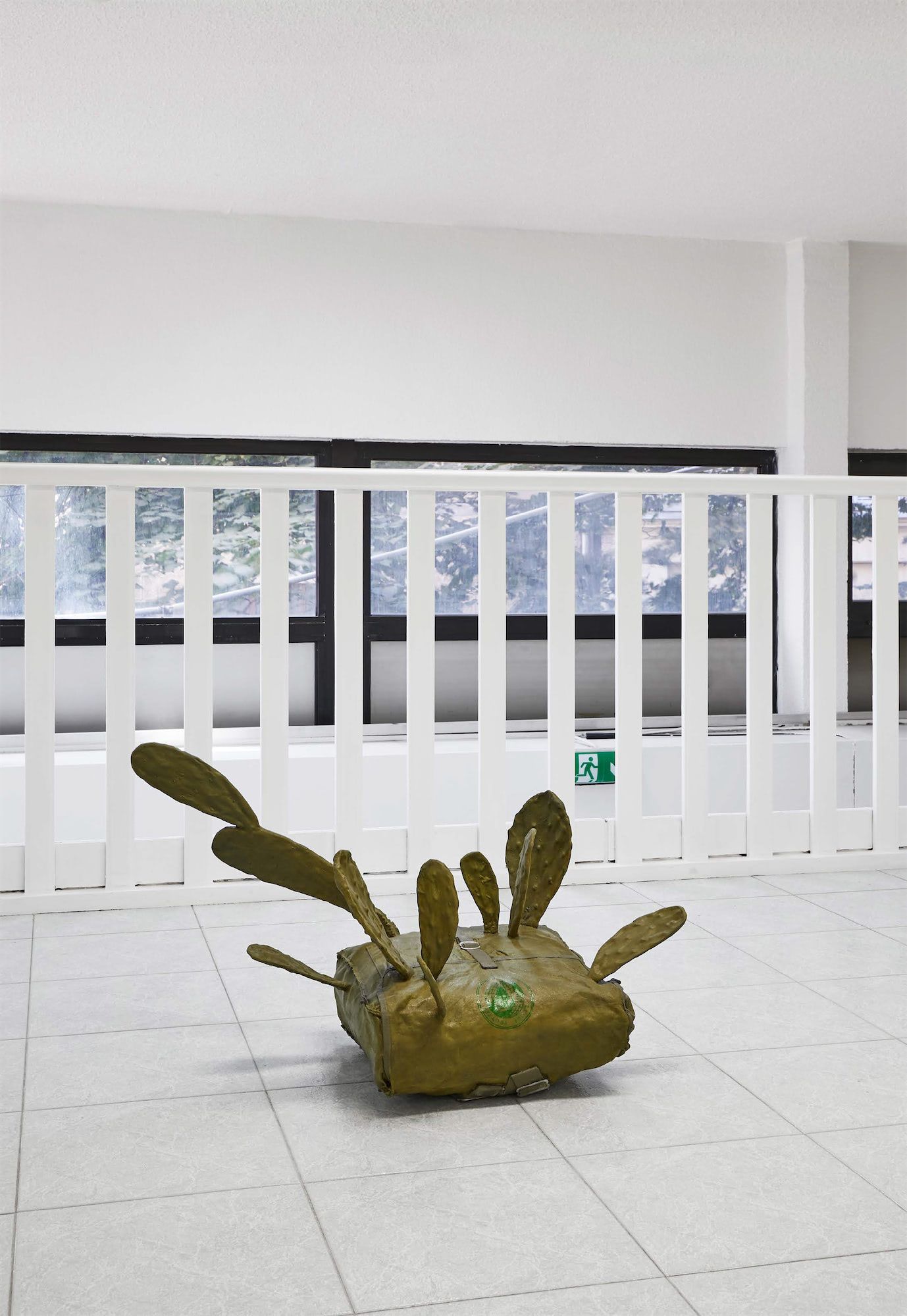 Foraged I&II Steel, epoxy putty, oil paint Dimensions variable 2020  Foraged I Steel, epoxy putty, oil paint Dimensions variable 2020 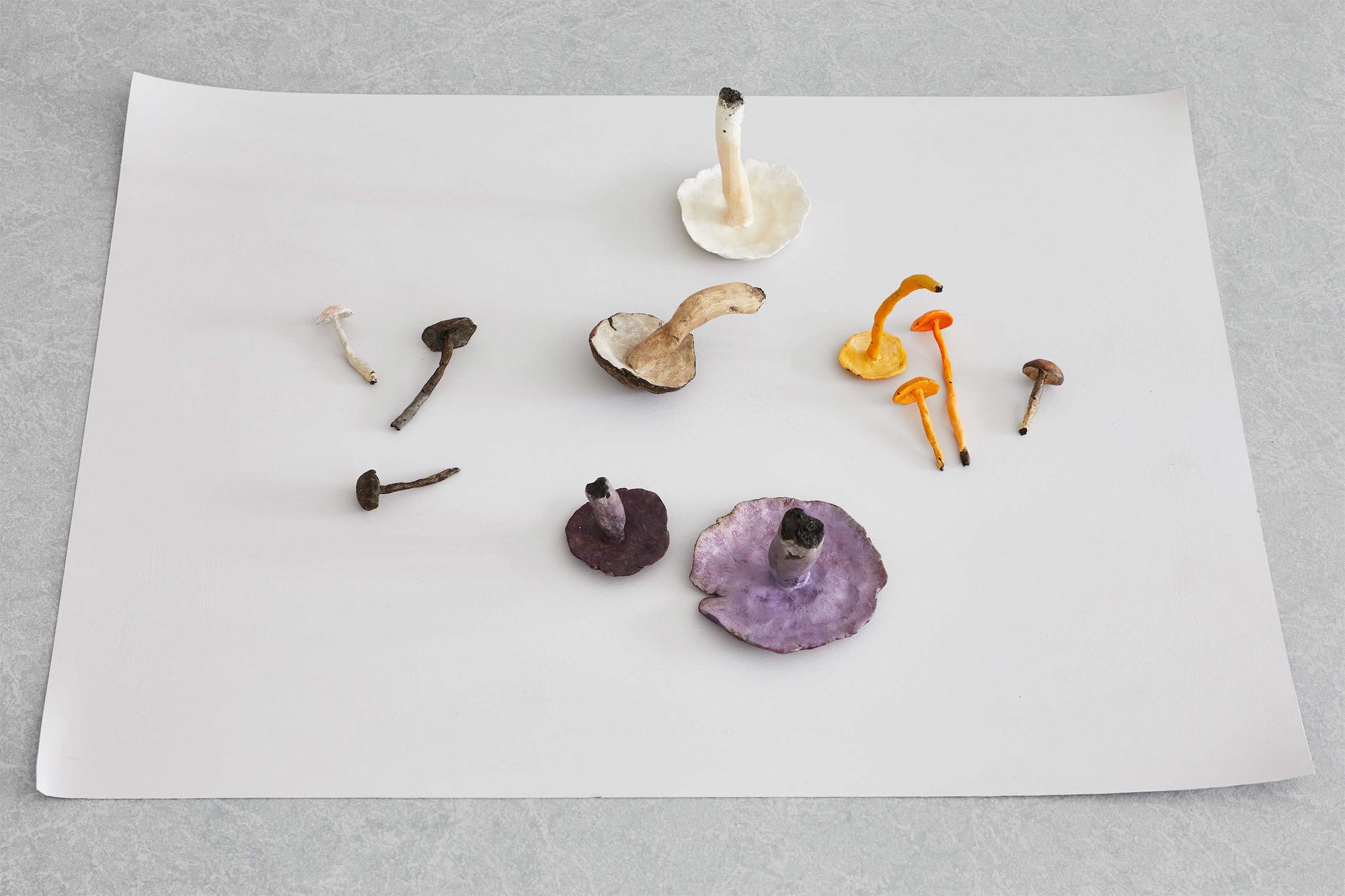 Foraged II Steel, epoxy putty, oil paint Dimensions variable 2020 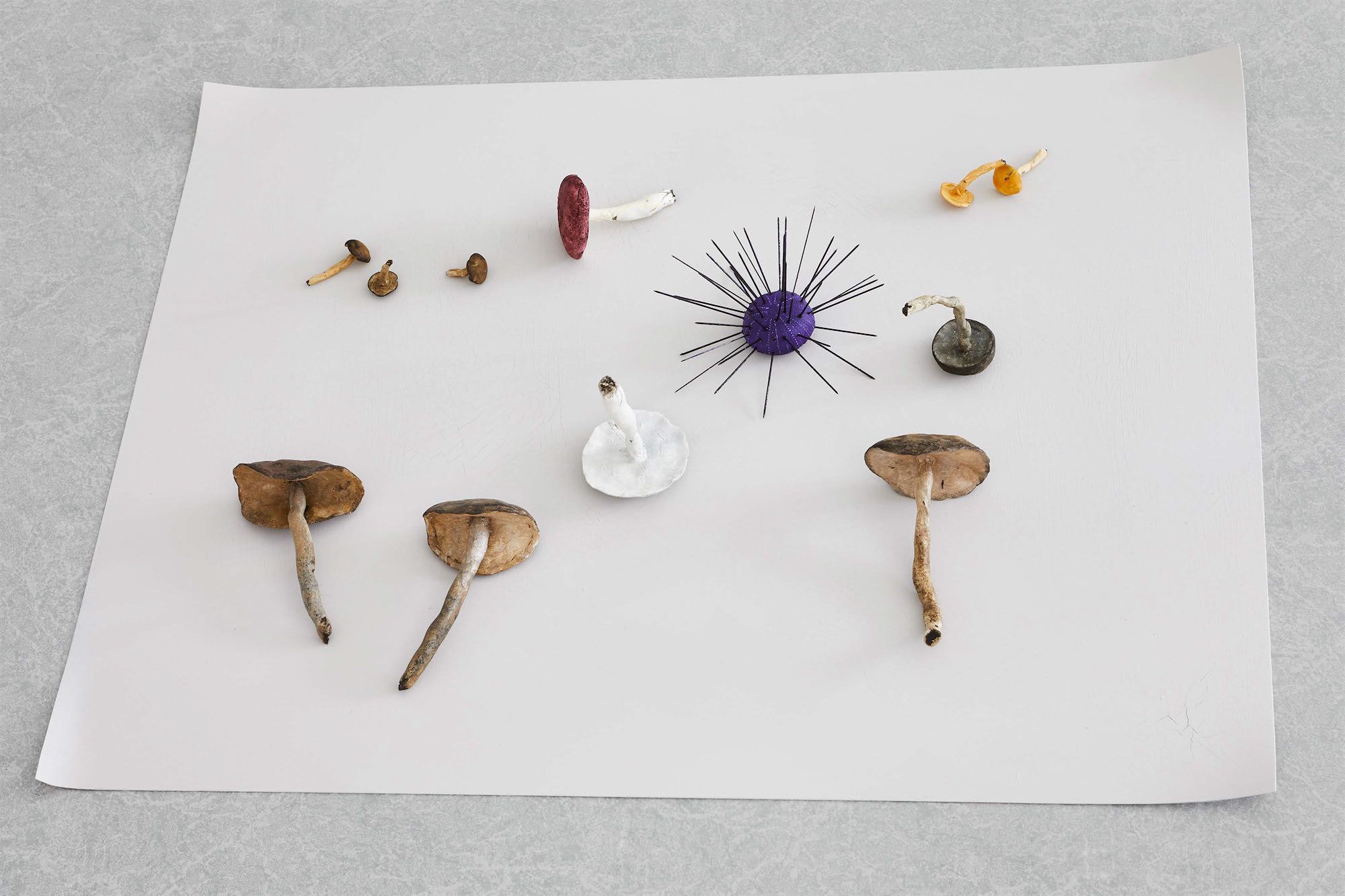 TE/POD/D Soundpiece made in collaboration with William Rees 20:46:00 2020 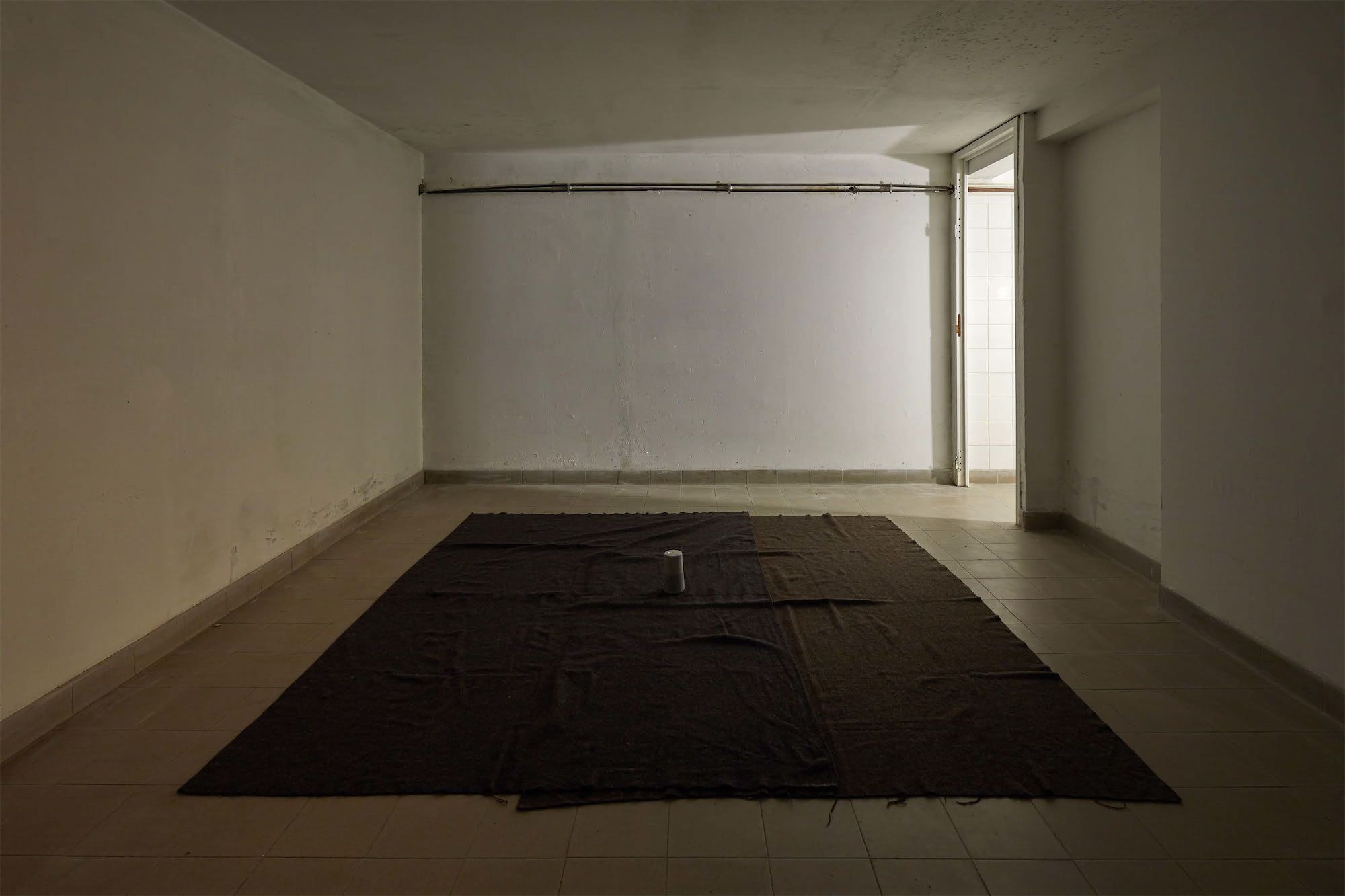 |
Digressions Somerset House 2020 | 1/1 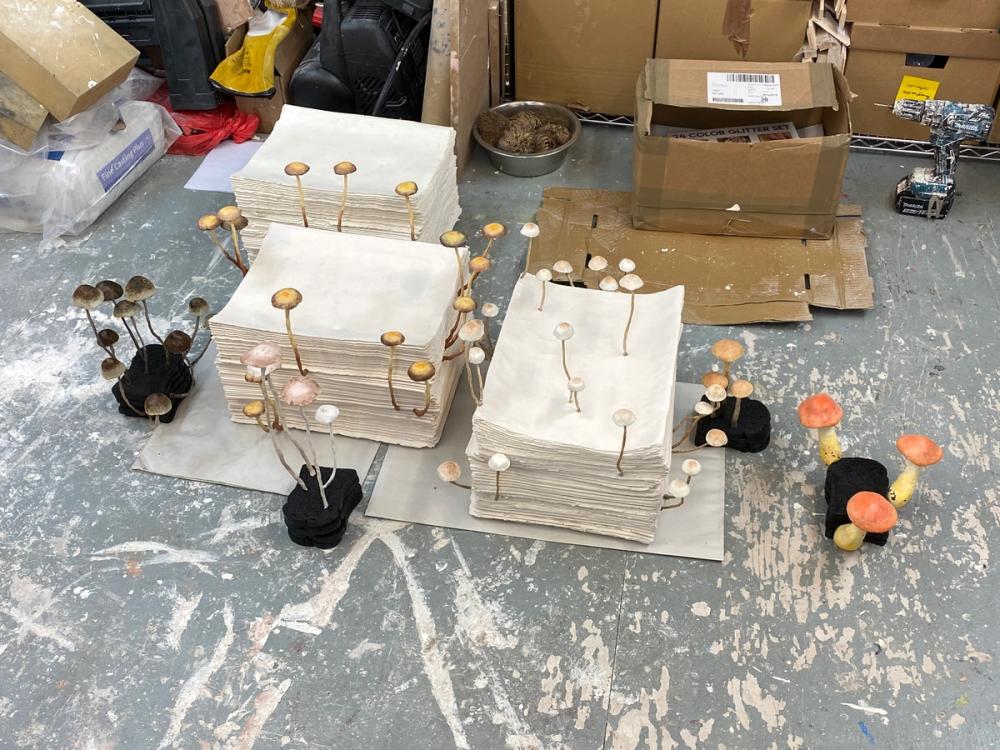 Description✕ Digressions Resin, plaster polymer, epoxy putty, oil paint 2020 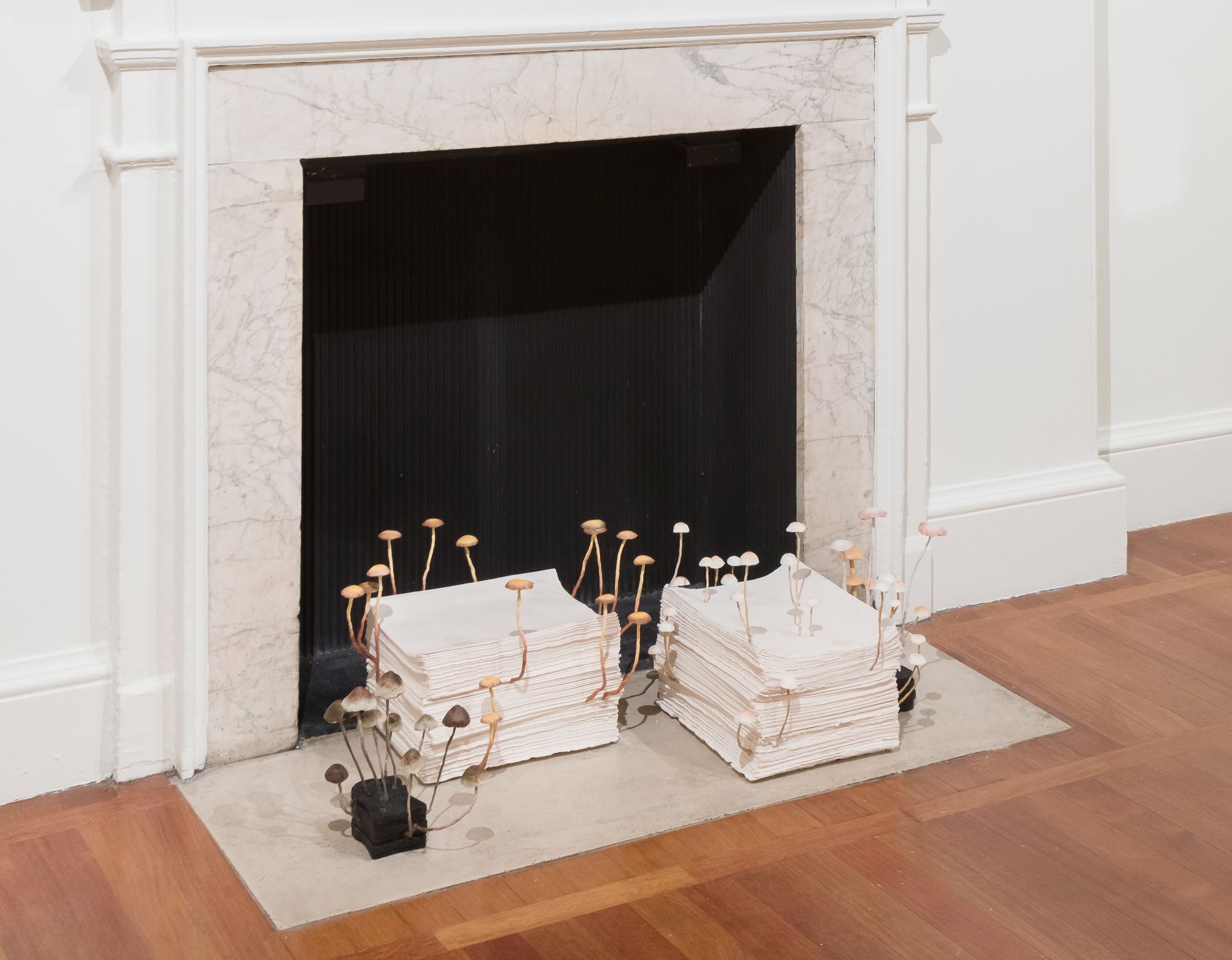 |
Nights Soft Opening 2019 | 1/8 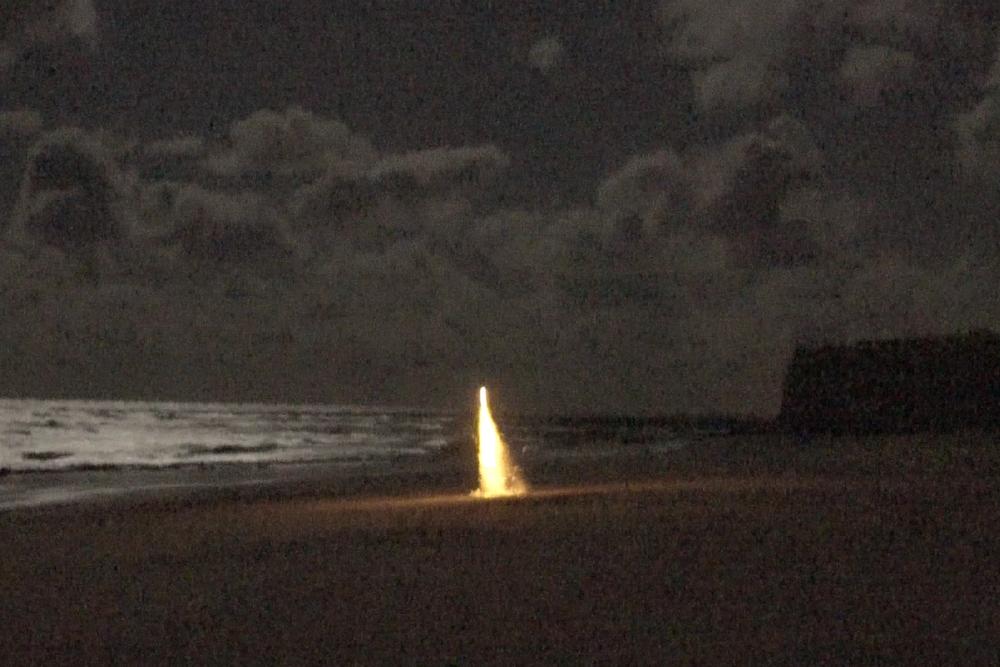 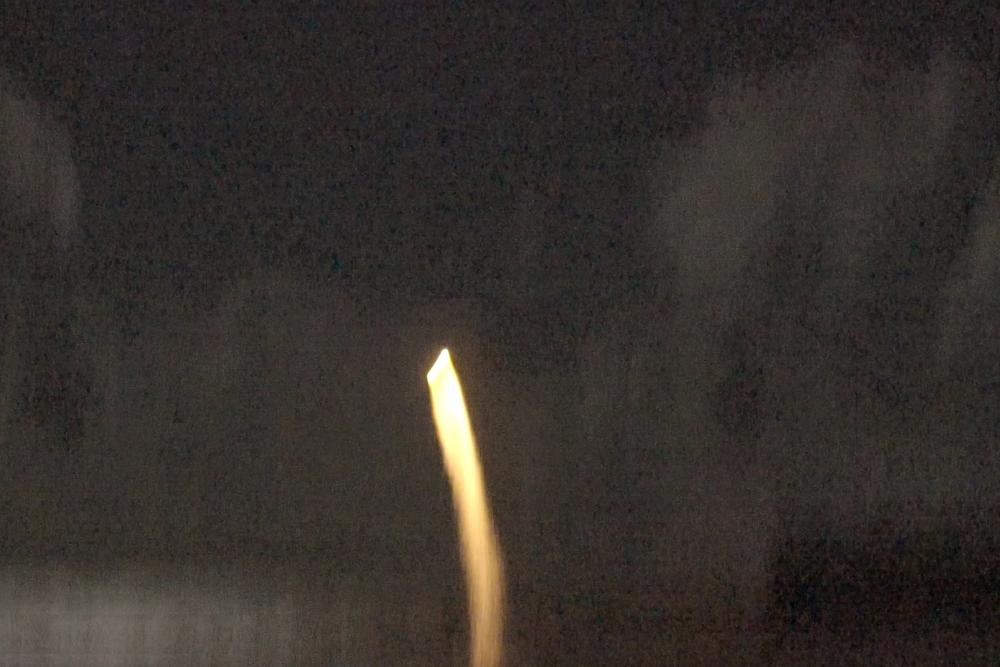 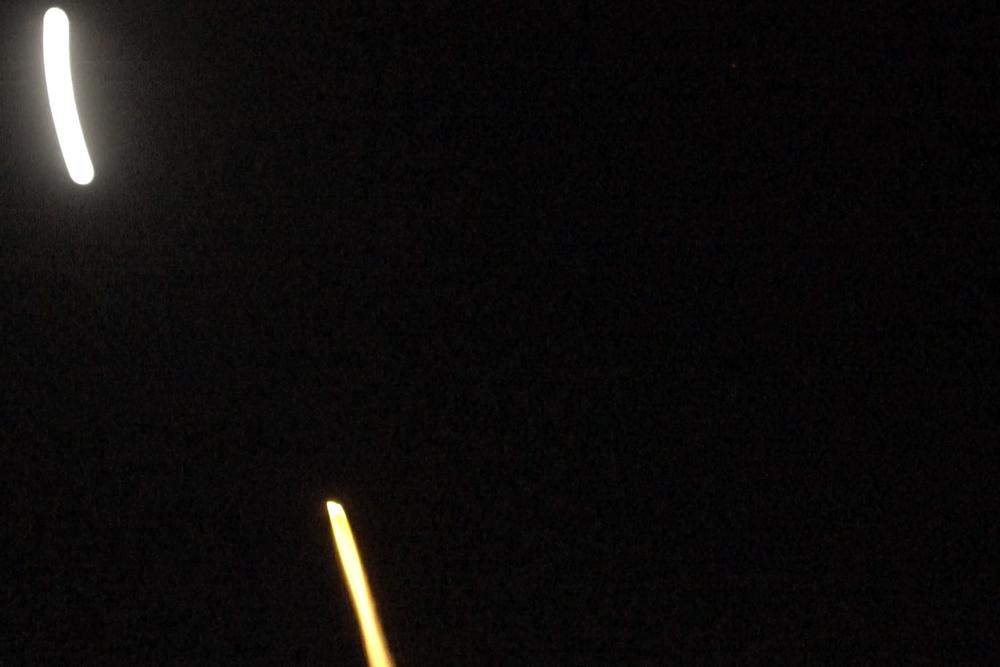 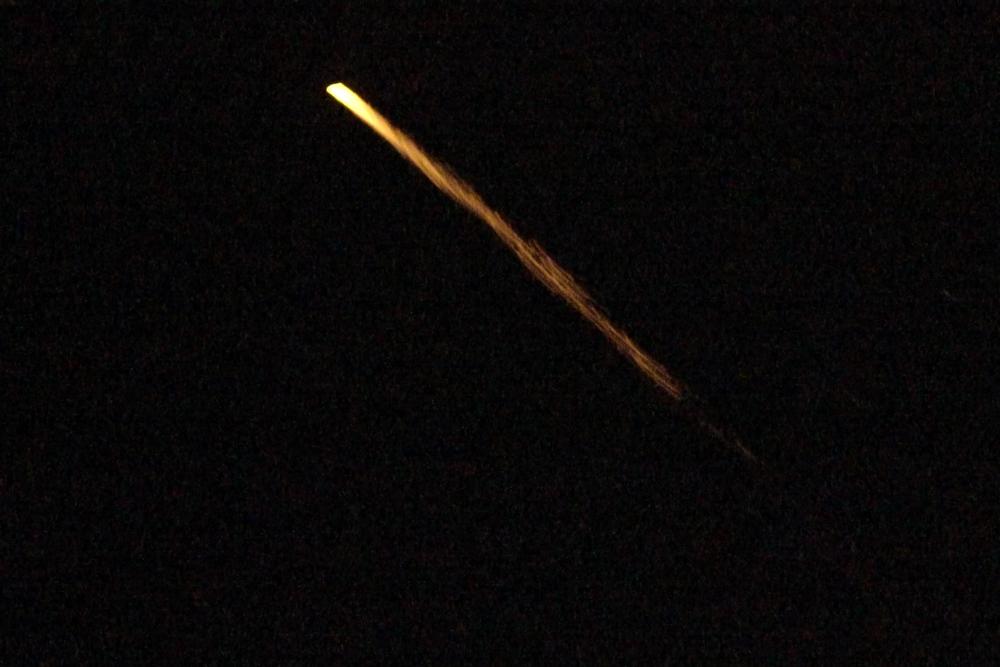 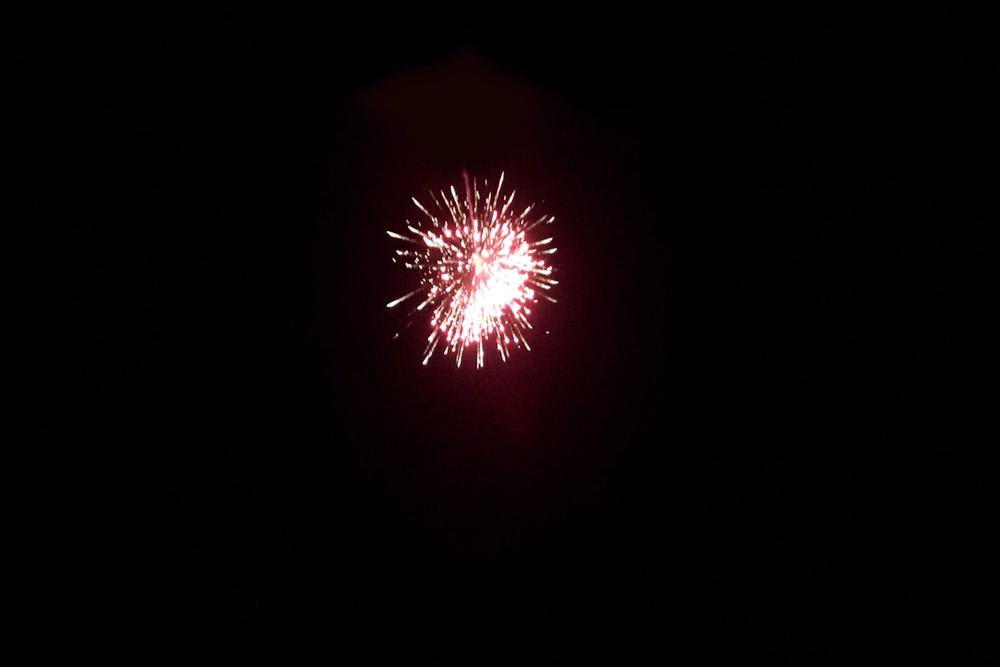 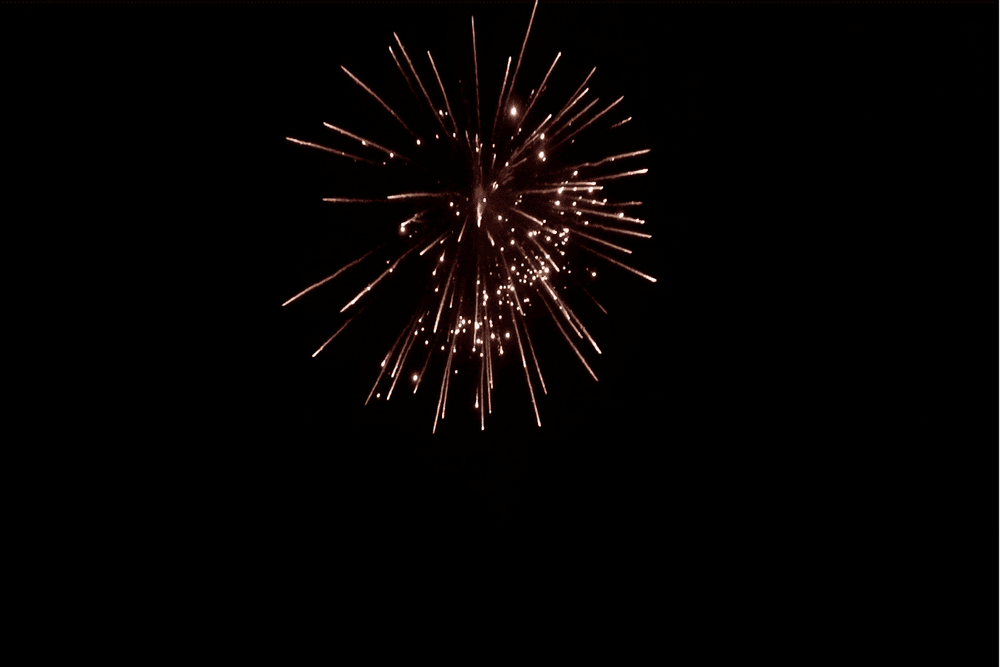 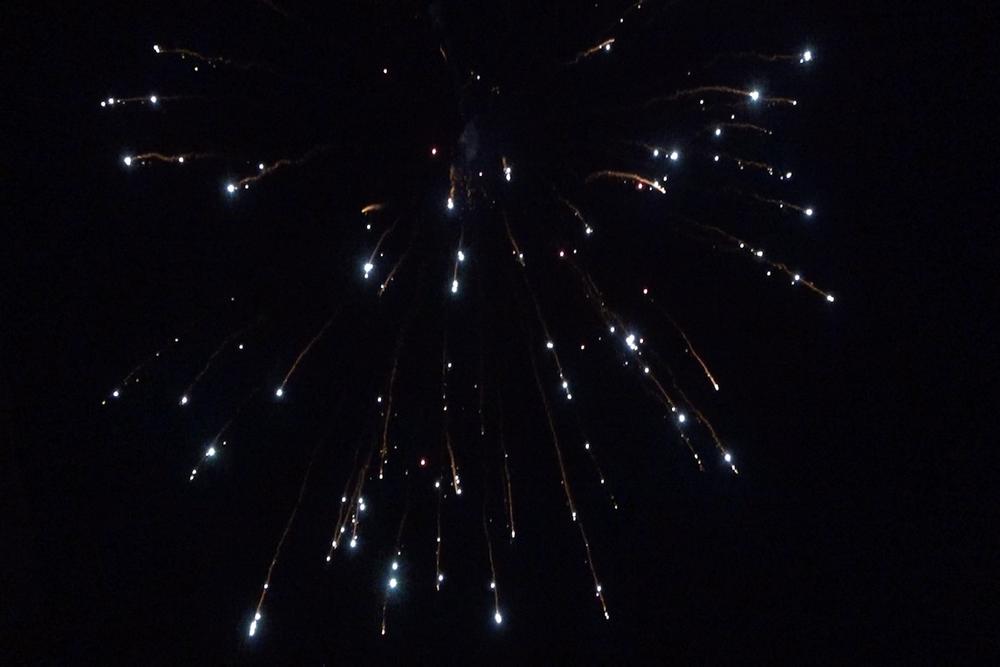 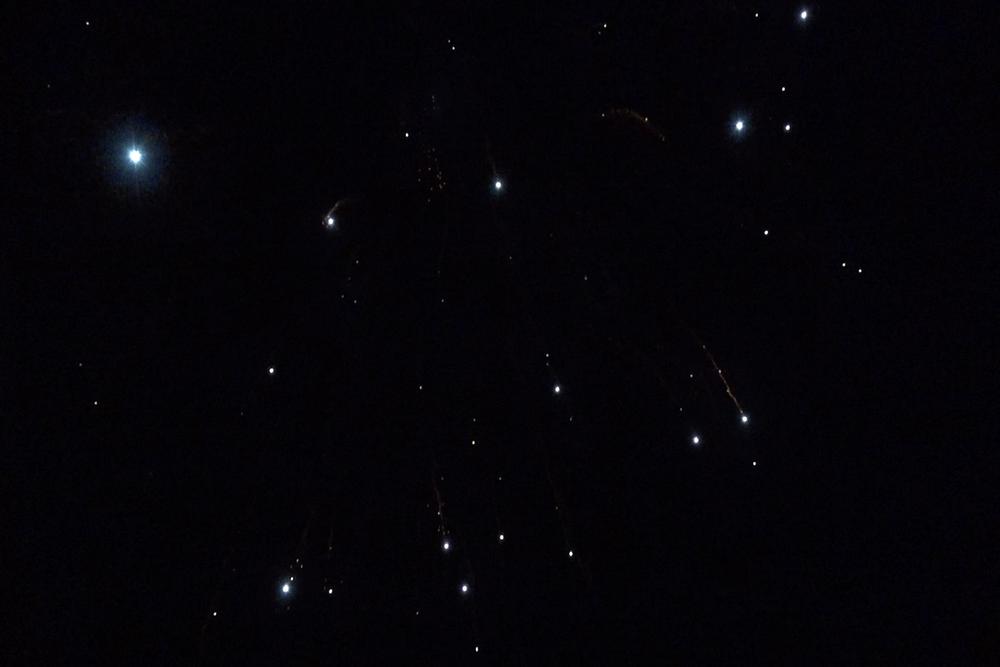 Description✕ This is a show about the edge of a night city. How things get built, how things get sold. All things have their time, peaks of activity and then the long wait for their own sad slump. The landscape turns to real estate, speculative development turns viral and things need to be put places. A mass of objects will come back to us. Stargazing is interrupted by a security torch, moonlight can’t compete. The guard dogs on the loose and it can smell your stinking fear. North – ocean of mud Installation view 2019  Installation view 2019  Installation view 2019 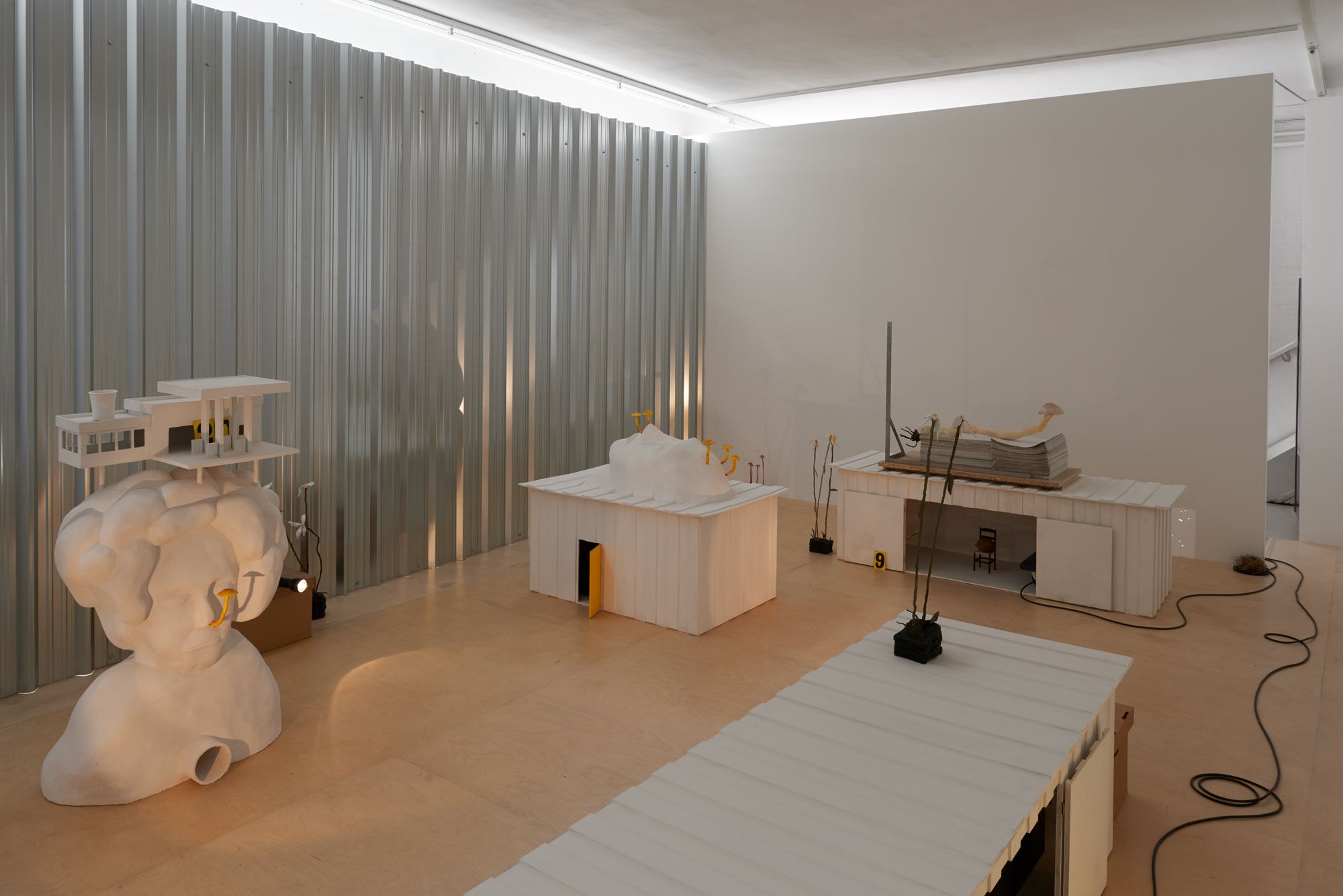 Burnt Corn Burgundydrop Bonnet Resin, epoxy putty, oil paint 340×80mm 2019  Some Things Last A Long Time (Lot 9) Wood, steel, newspaper, epoxy putty, wire, oil paint, emulsion, cardboard, castor wheels, tumbleweed, projector, 50 colour slides 2450×240mm 2019 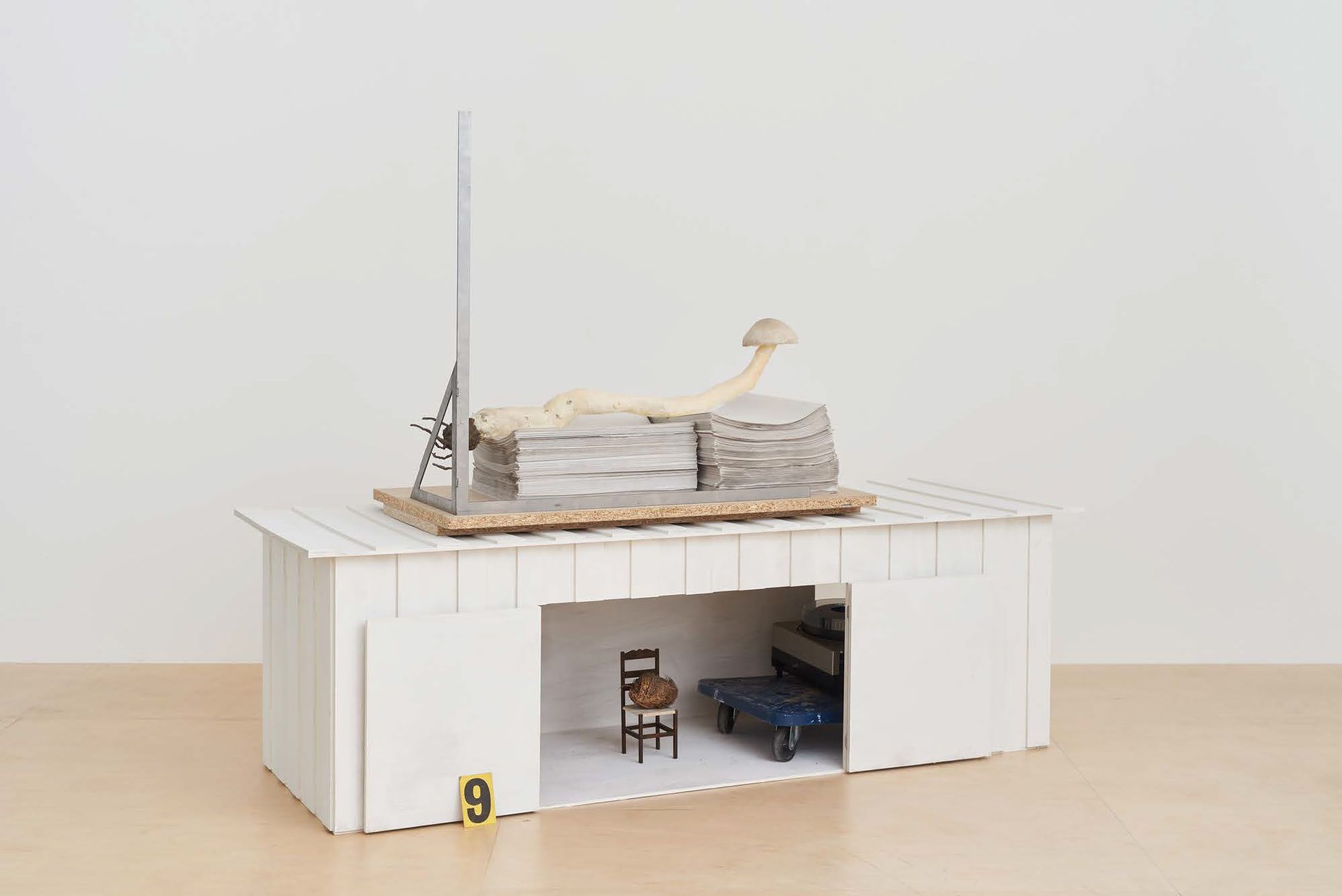 Some Things Last A Long Time (Lot 9) Wood, steel, newspaper, epoxy putty, wire, oil paint, emulsion, cardboard, castor wheels, tumbleweed, projector, 50 colour slides 2450×240mm 2019  Some Things Last A Long Time (Lot 9) Wood, steel, newspaper, epoxy putty, wire, oil paint, emulsion, cardboard, castor wheels, tumbleweed, projector, 50 colour slides 2450×240mm 2019  Installation view 2019  Family Trip Newspaper, epoxy putty, oil paint 500×185mm 2019 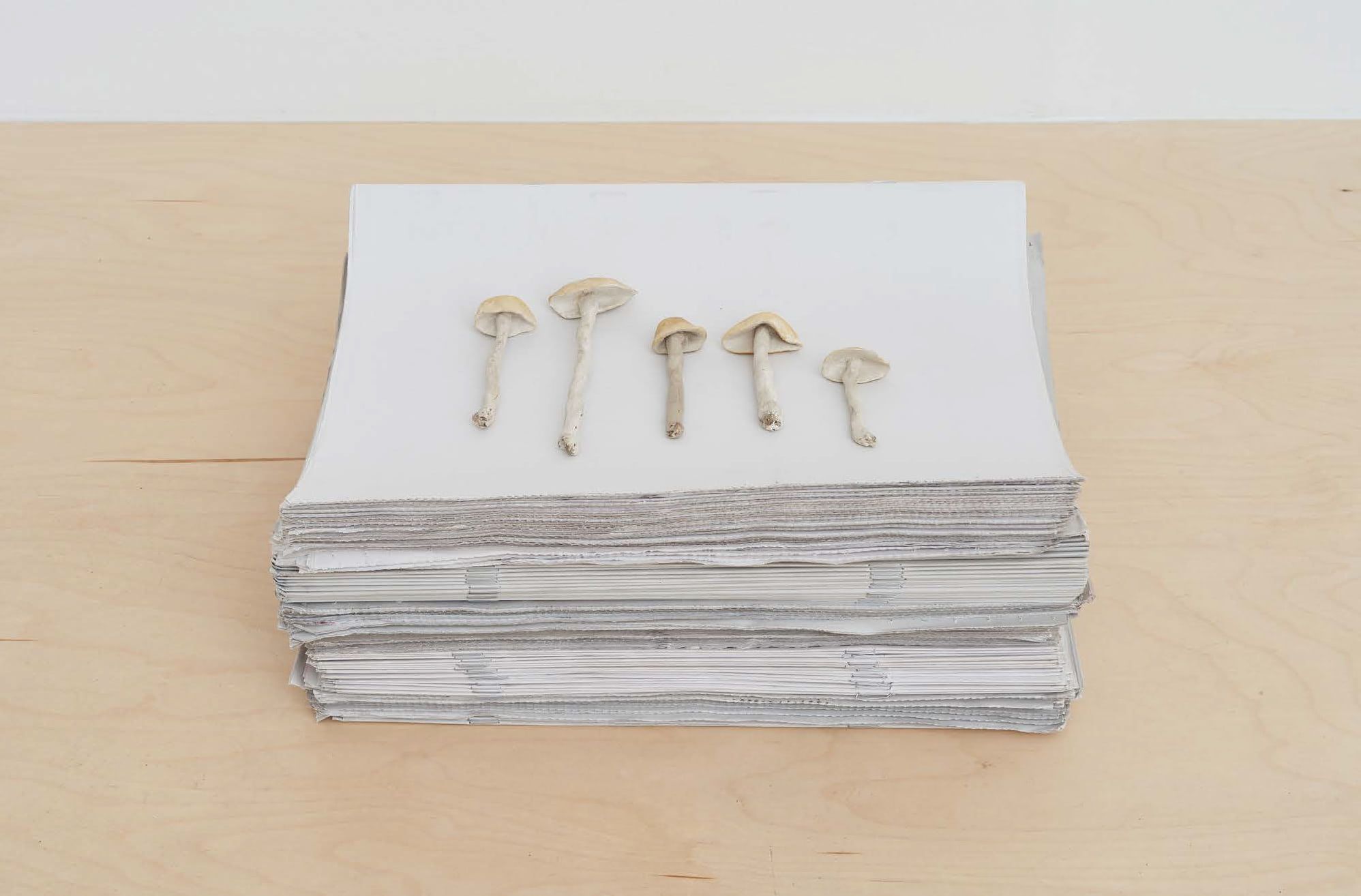 Have you got a room with a better view? (Lot 34) Wood, steel, epoxy putty, oil paint, emulsion, cardboard, plaster polymer, sand 800×1045mm 2019  Have you got a room with a better view? (Lot 34) Wood, steel, epoxy putty, oil paint, emulsion, cardboard, plaster polymer, sand 800×1045mm 2019 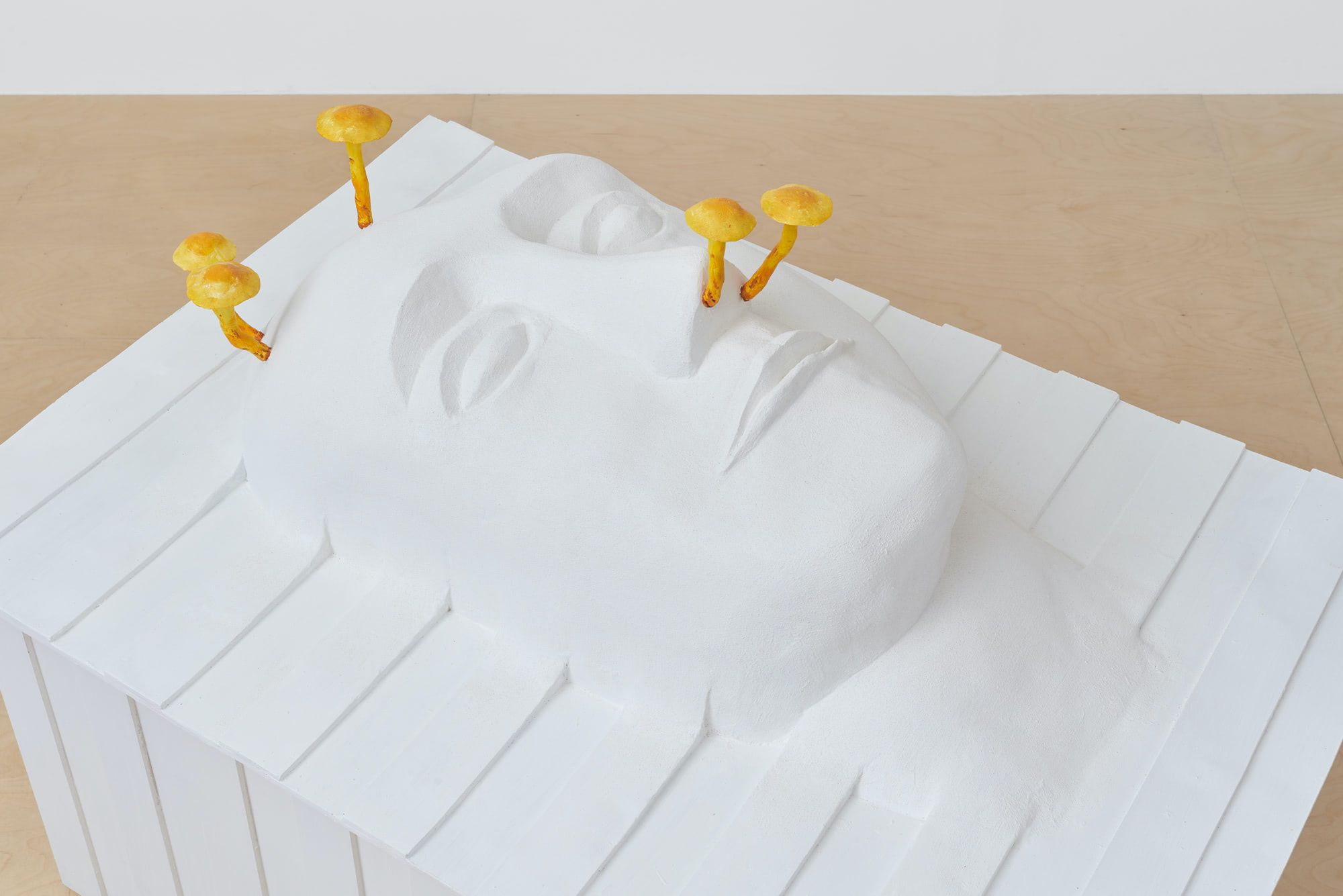 Burnt Toast Dying Daisies Resin, epoxy putty, oil paint 1000×30mm 2019  We are currently experiencing a high volume of calls (Lot 20) Plaster polymer, foamcore, sand, epoxy putty, paint, cardboard 400×1950mm 2019  We are currently experiencing a high volume of calls (Lot 20) Plaster polymer, foamcore, sand, epoxy putty, paint, cardboard 400×1950mm 2019 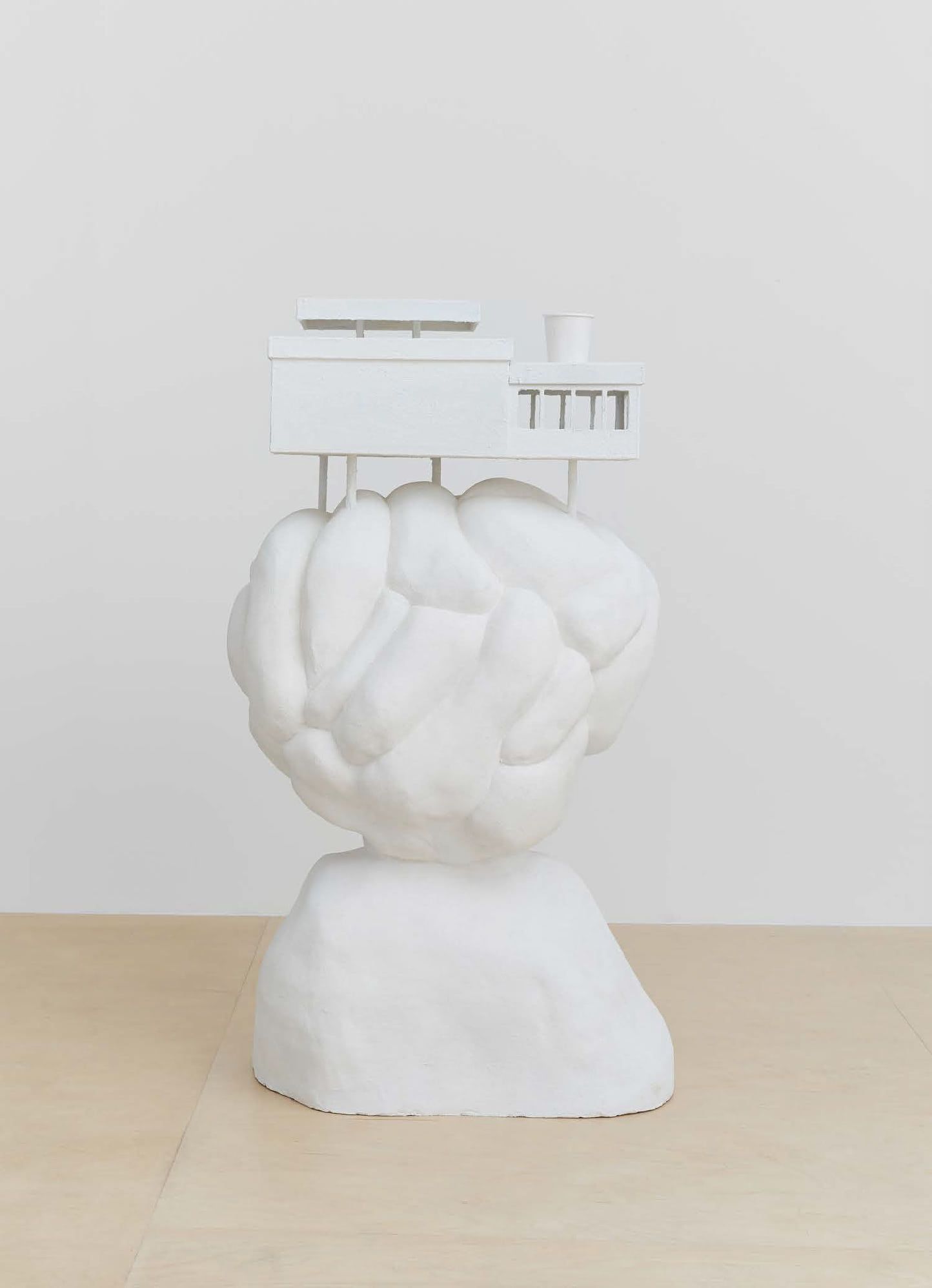 We are currently experiencing a high volume of calls (Lot 20) Plaster polymer, foamcore, sand, epoxy putty, paint, cardboard 400×1950mm 2019 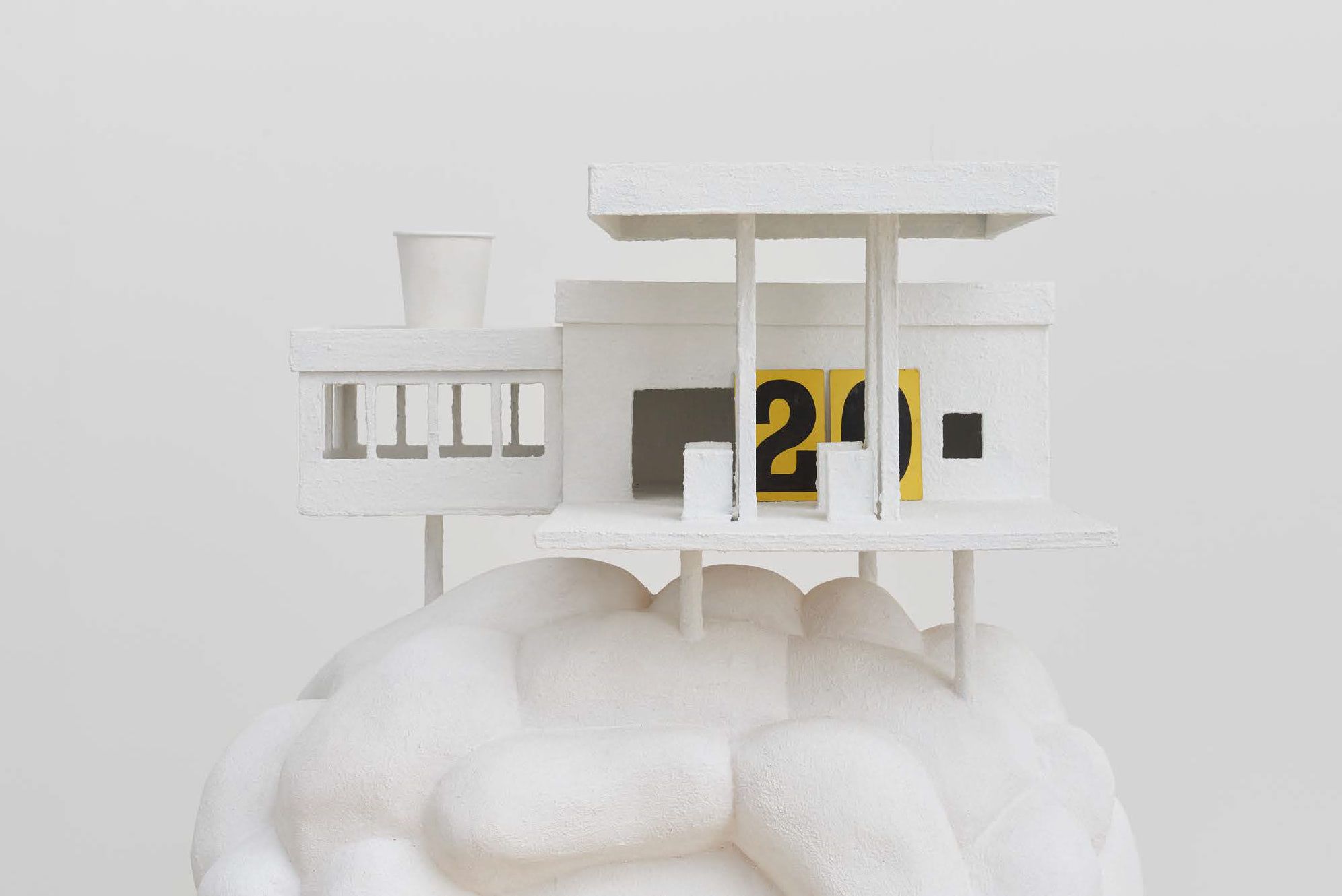 |
Schools Show Royal Academy of Art 2019 | 1/2 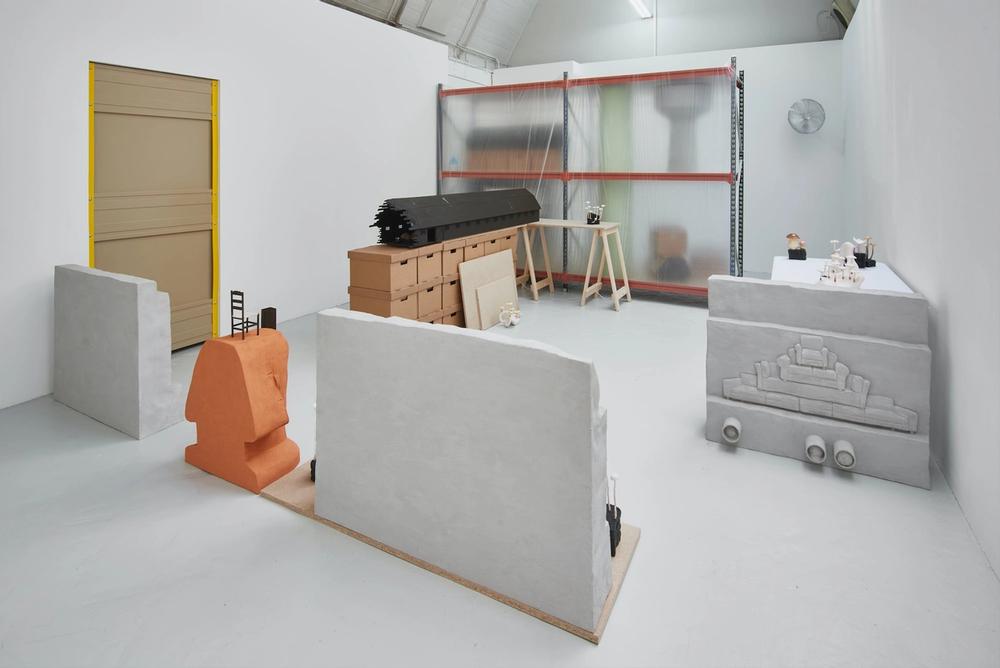 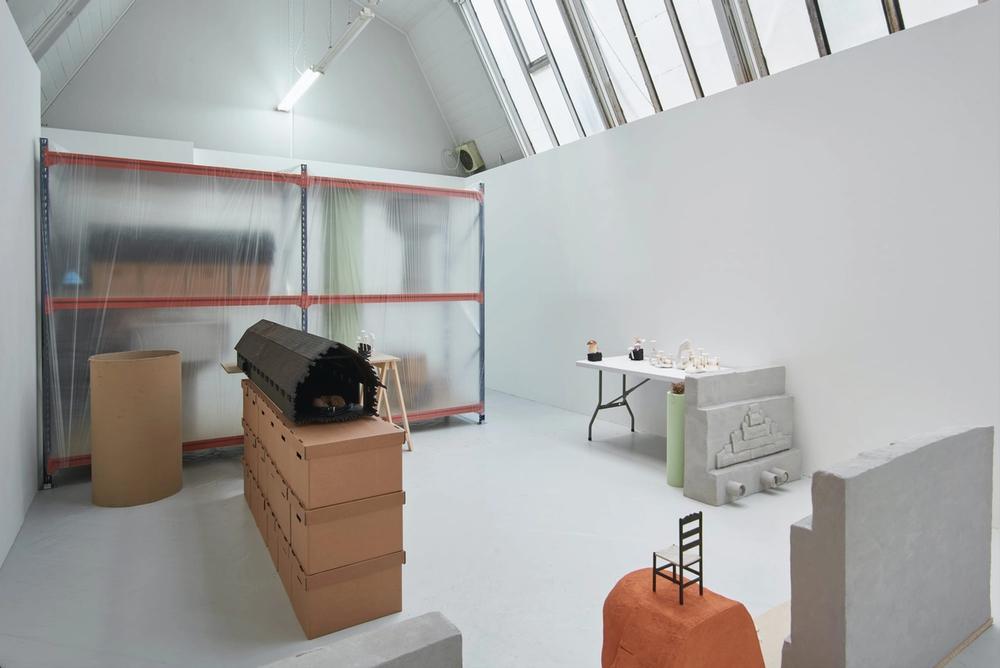 Description✕ Big Yellow Wood and paint 2019 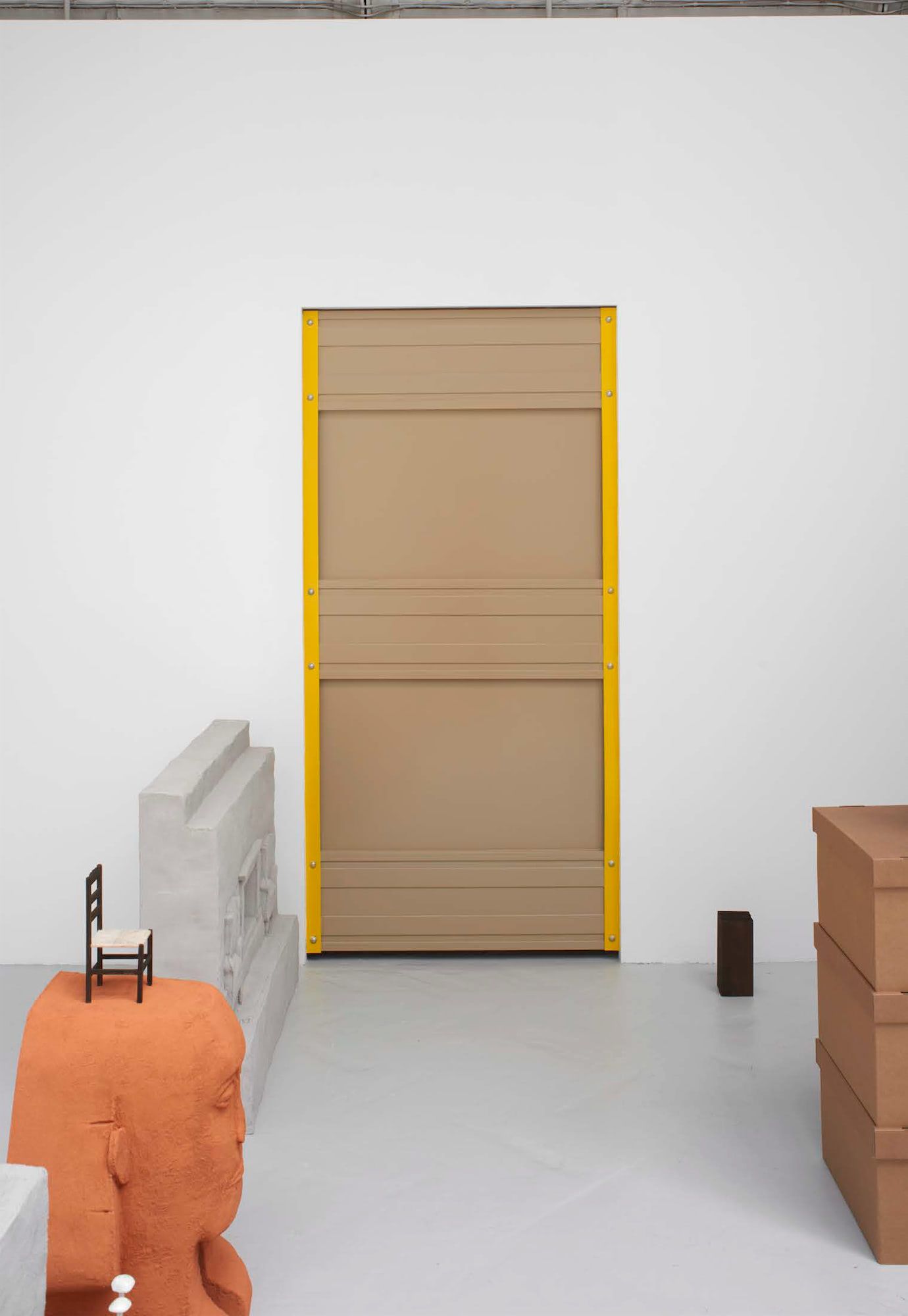 Storage Wars Plaster polymer, sand, paint 2019 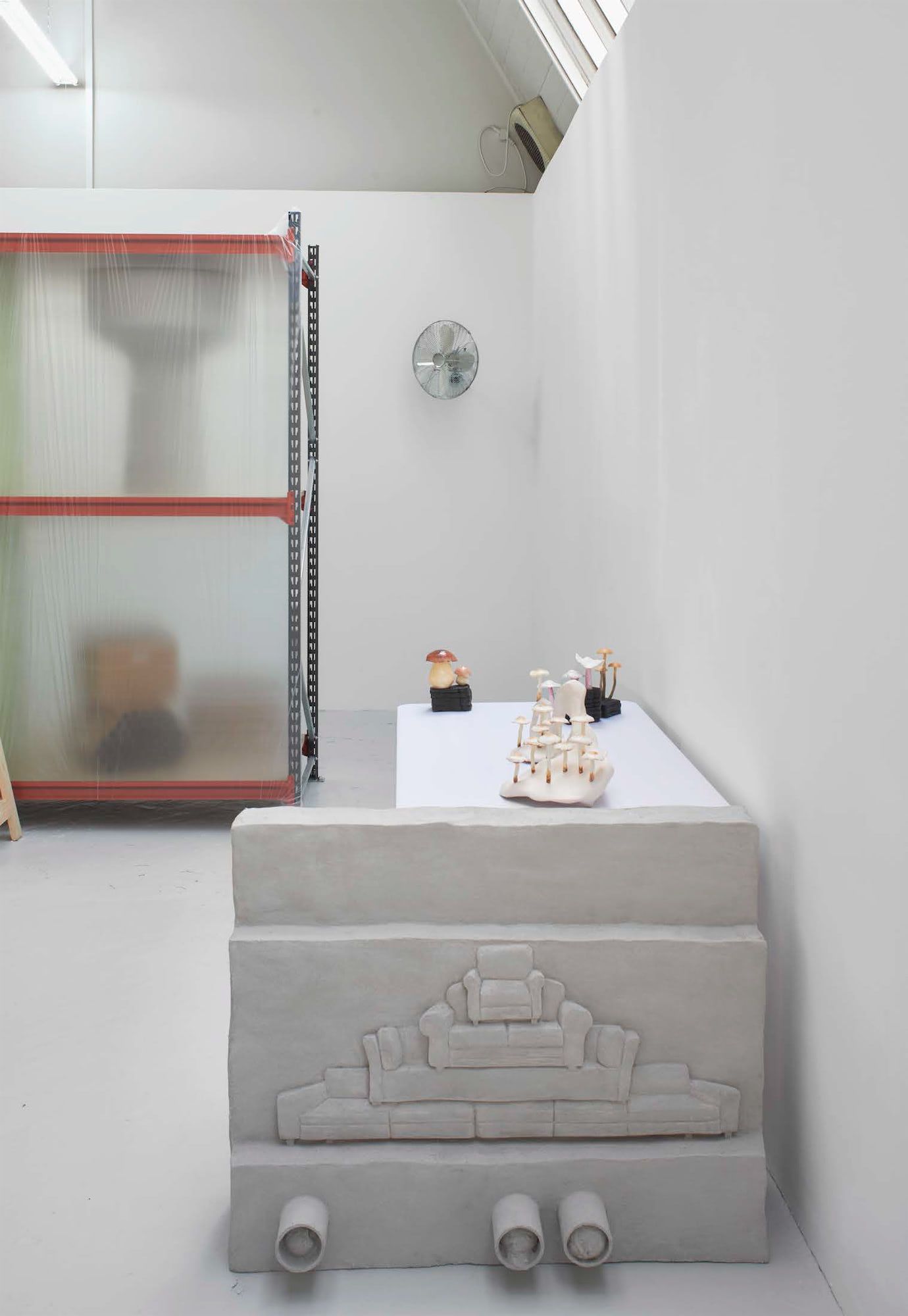 48" Father and Son, &, 10,000 Days of Realty Plaster polymer, sand, paint & plaster polymer, sand, paint, wood 2019 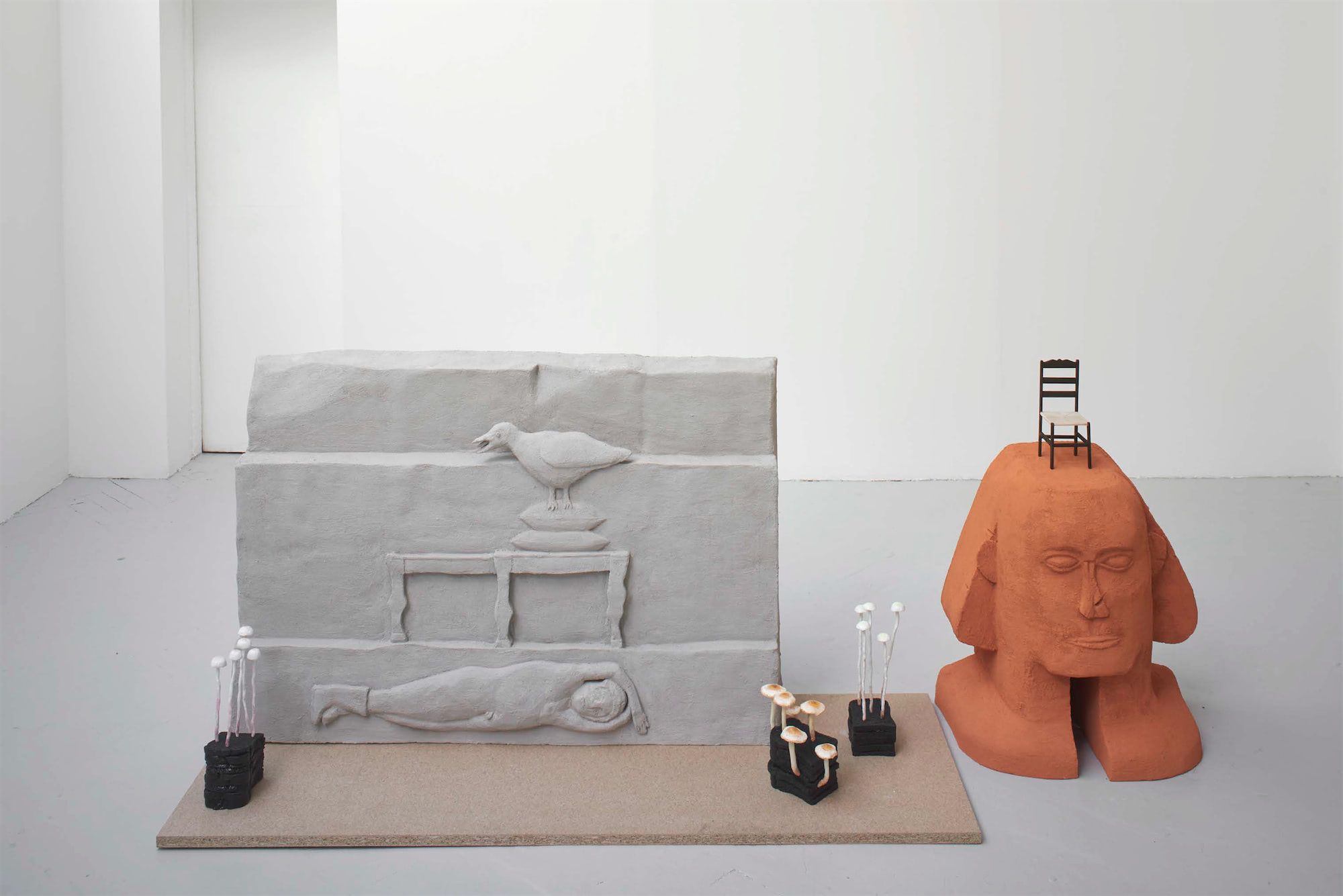 Burnt Toast Lilac Dapperling Resin, epoxy putty, oil paint 2019 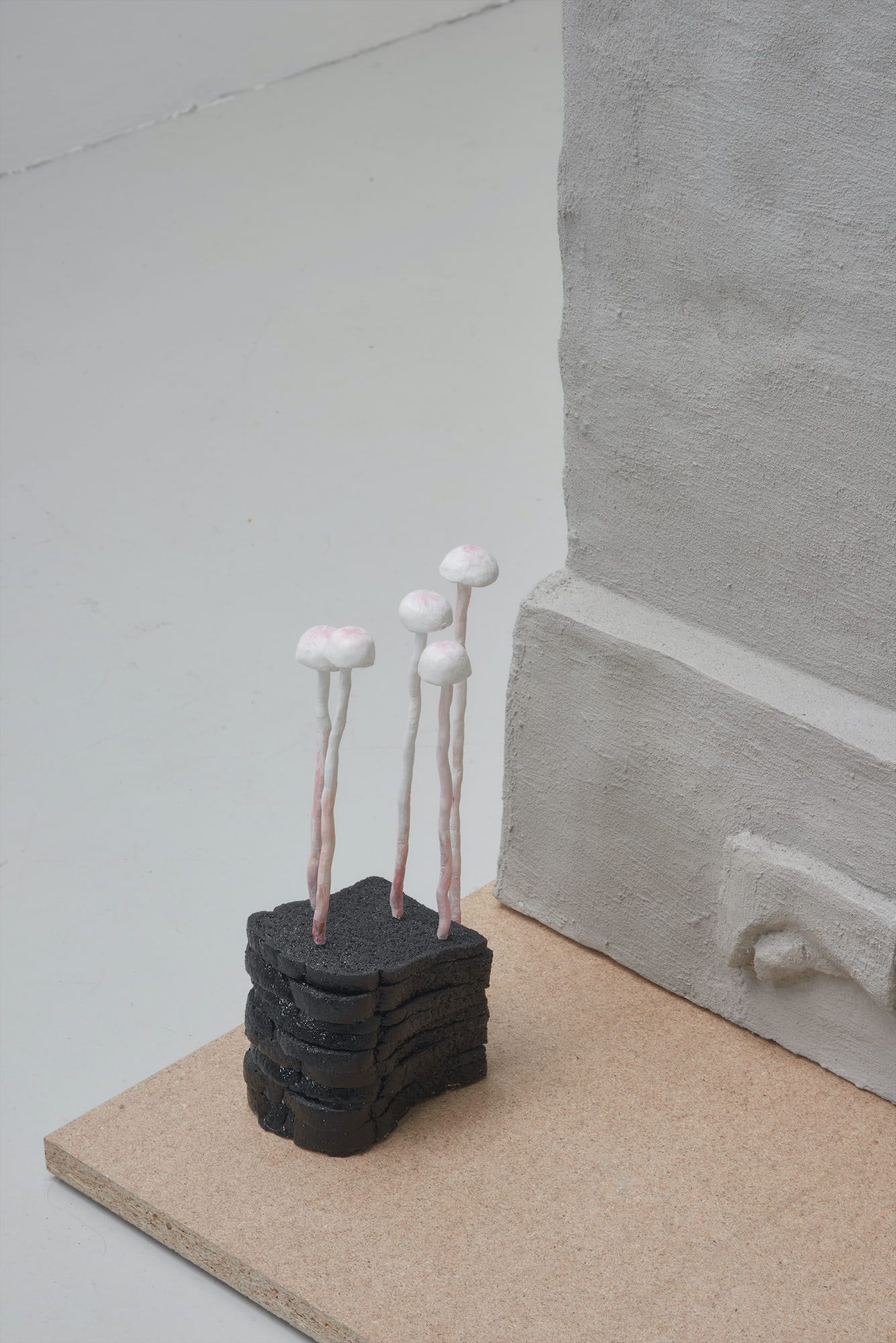 Installation view 2019 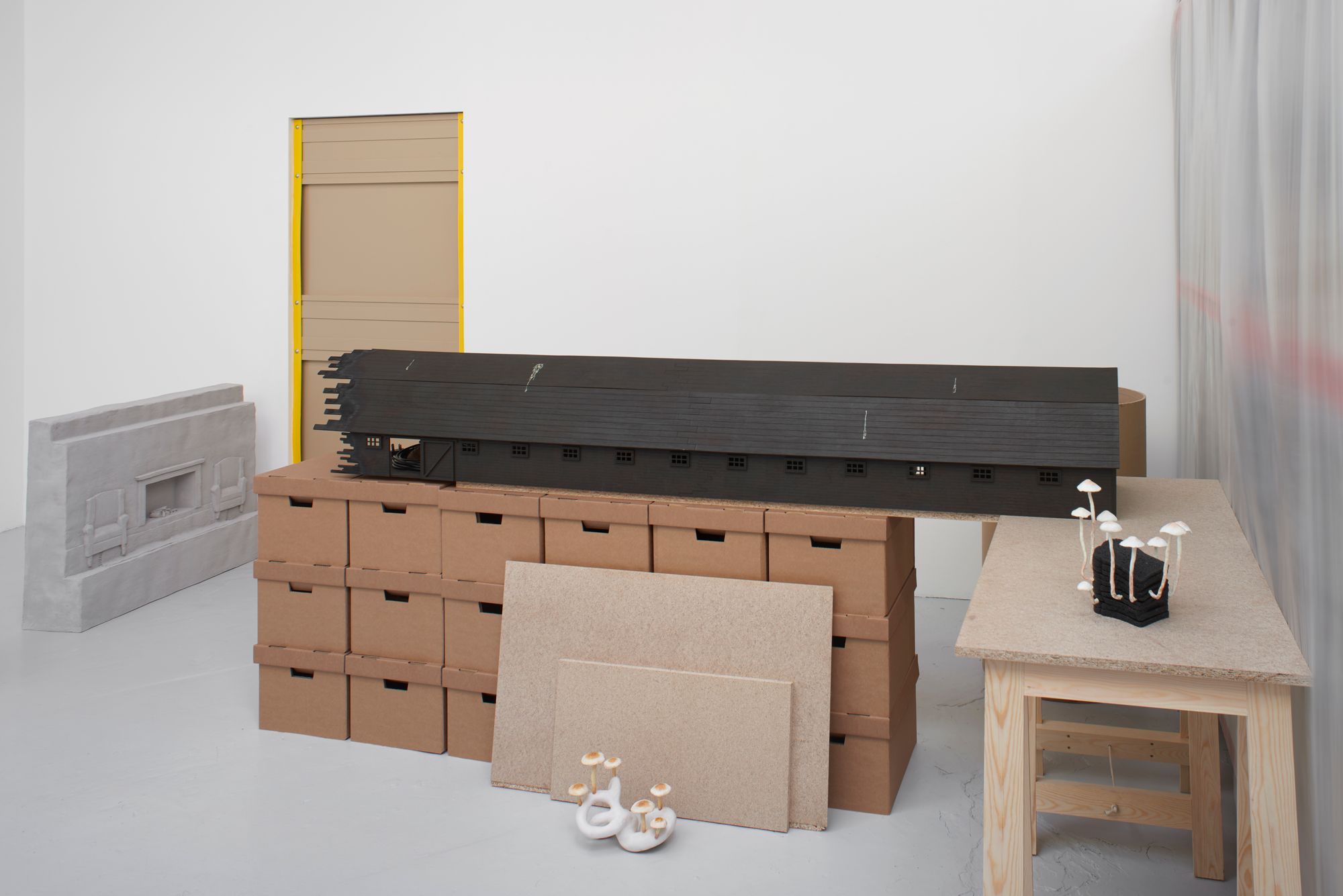 Burnt Toast Cystolepiota Seminuda Resin, epoxy putty, oil paint 2019 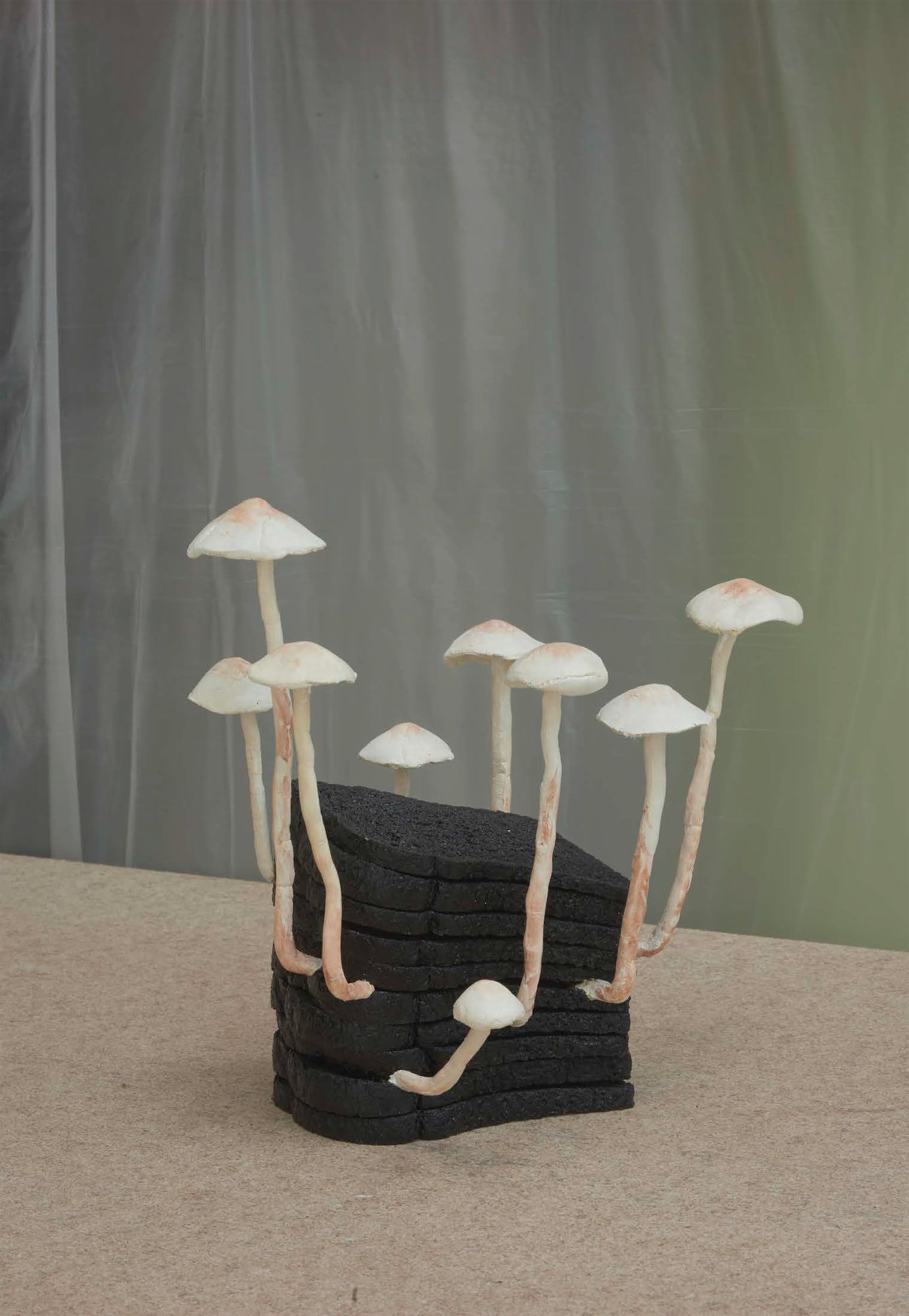 Installation view 2019 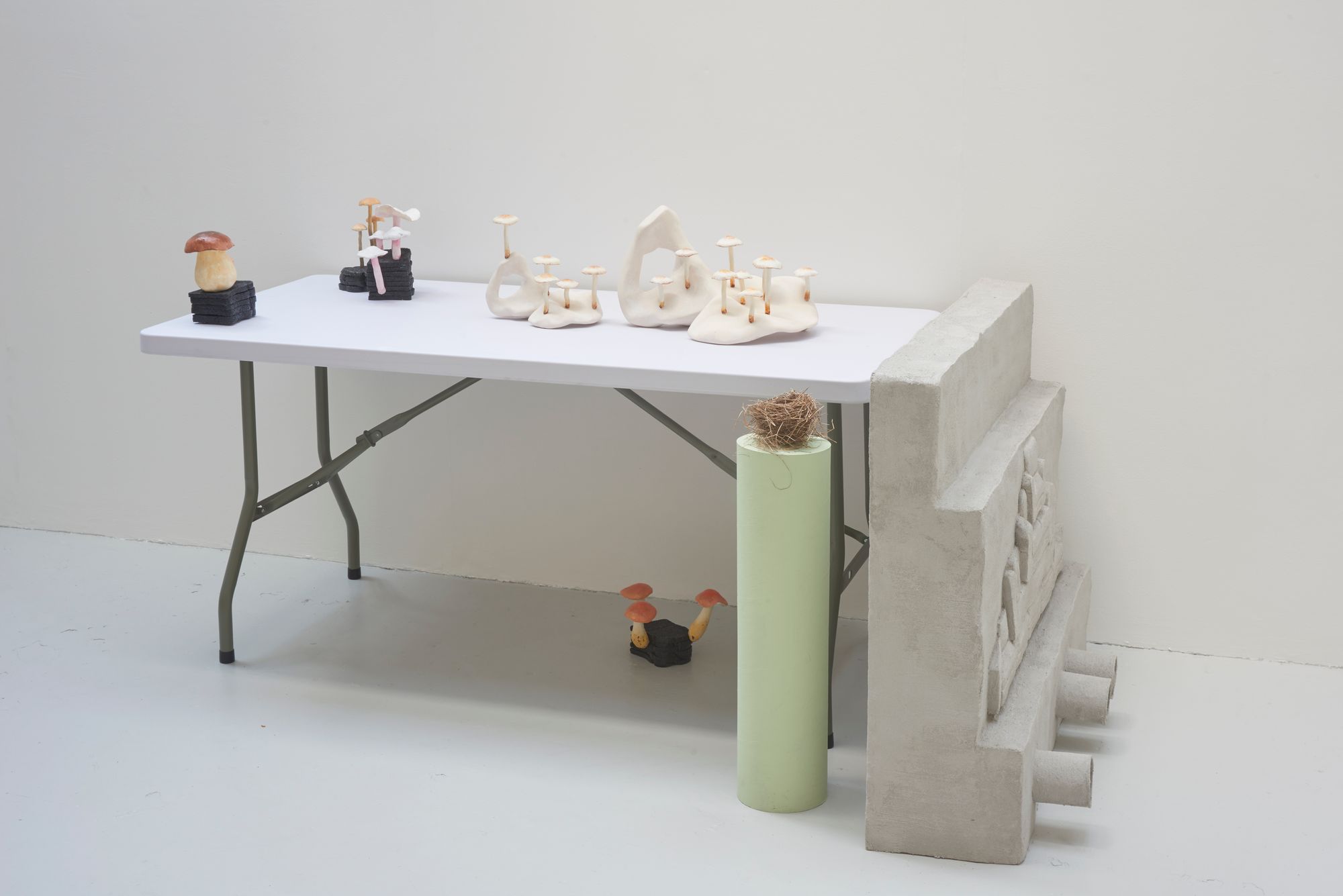 Hip Bones Brick Tuft Plaster polymer, epoxy putty, oil paint 2019  Installation view 2019 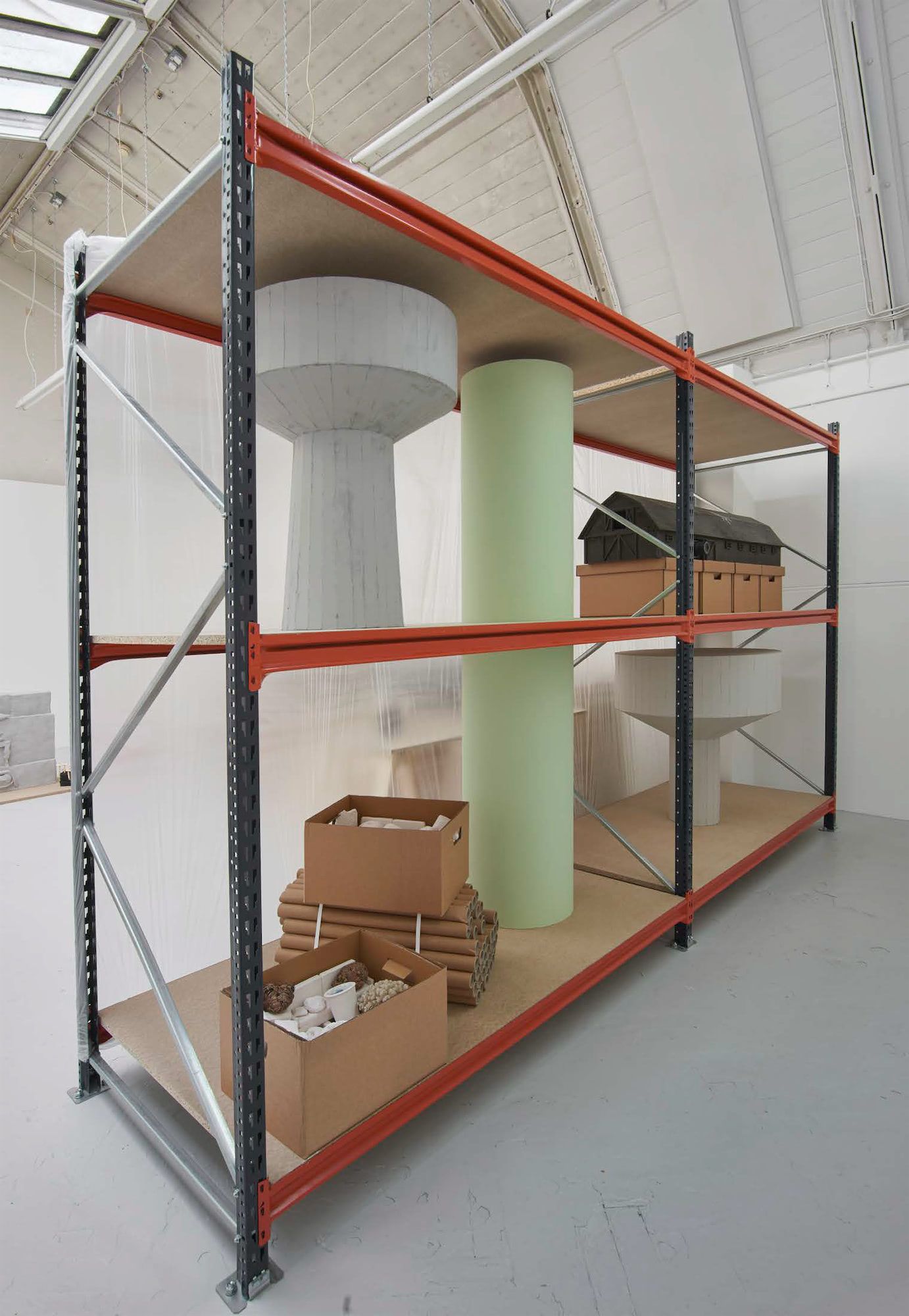 |